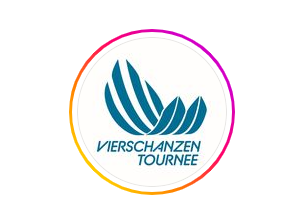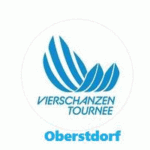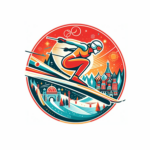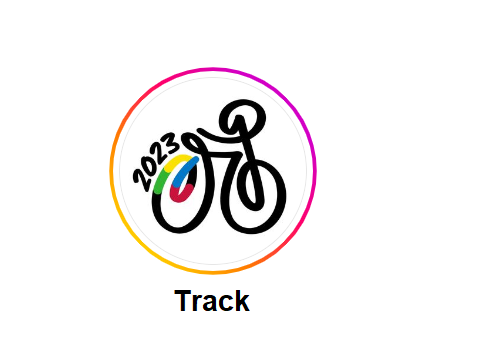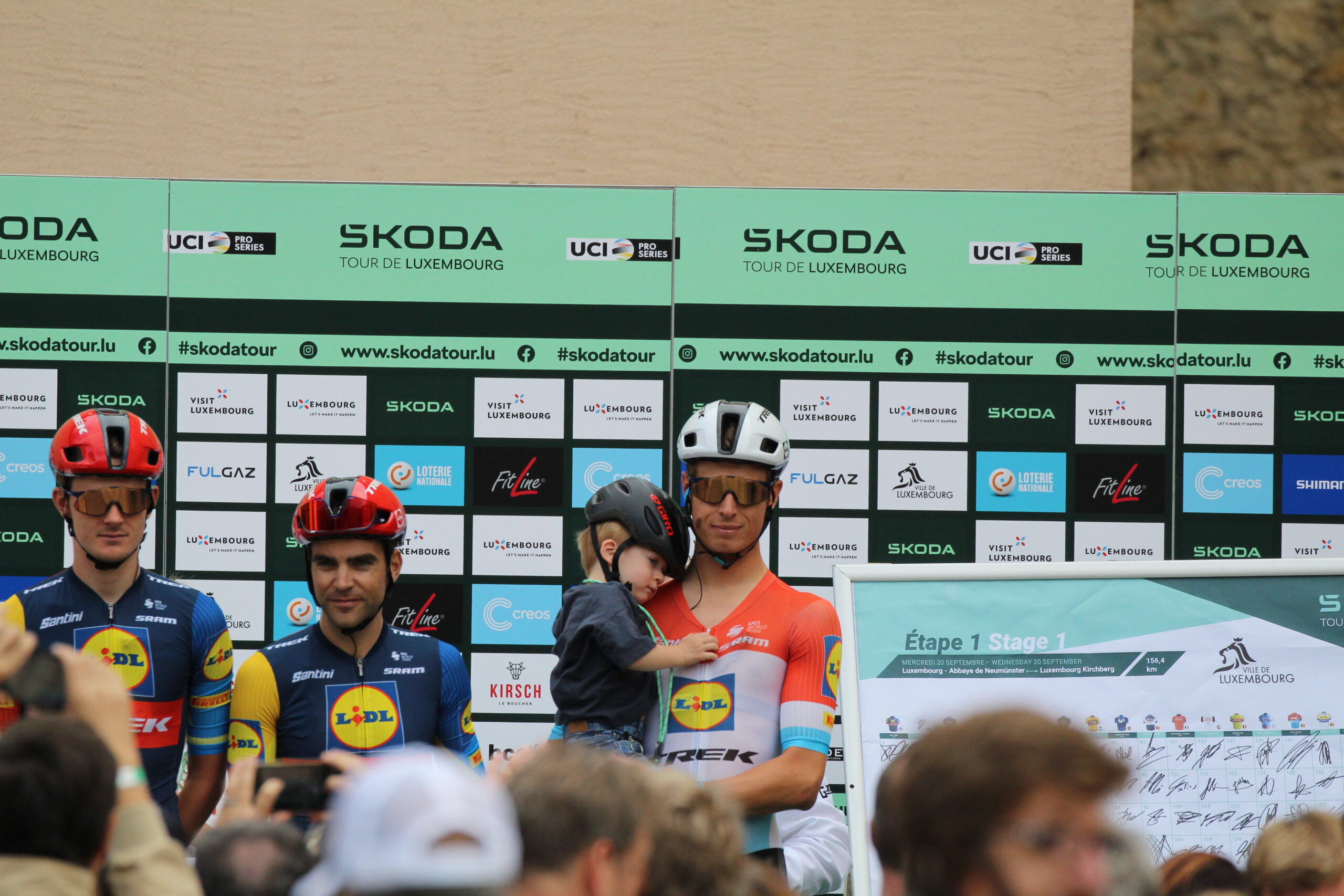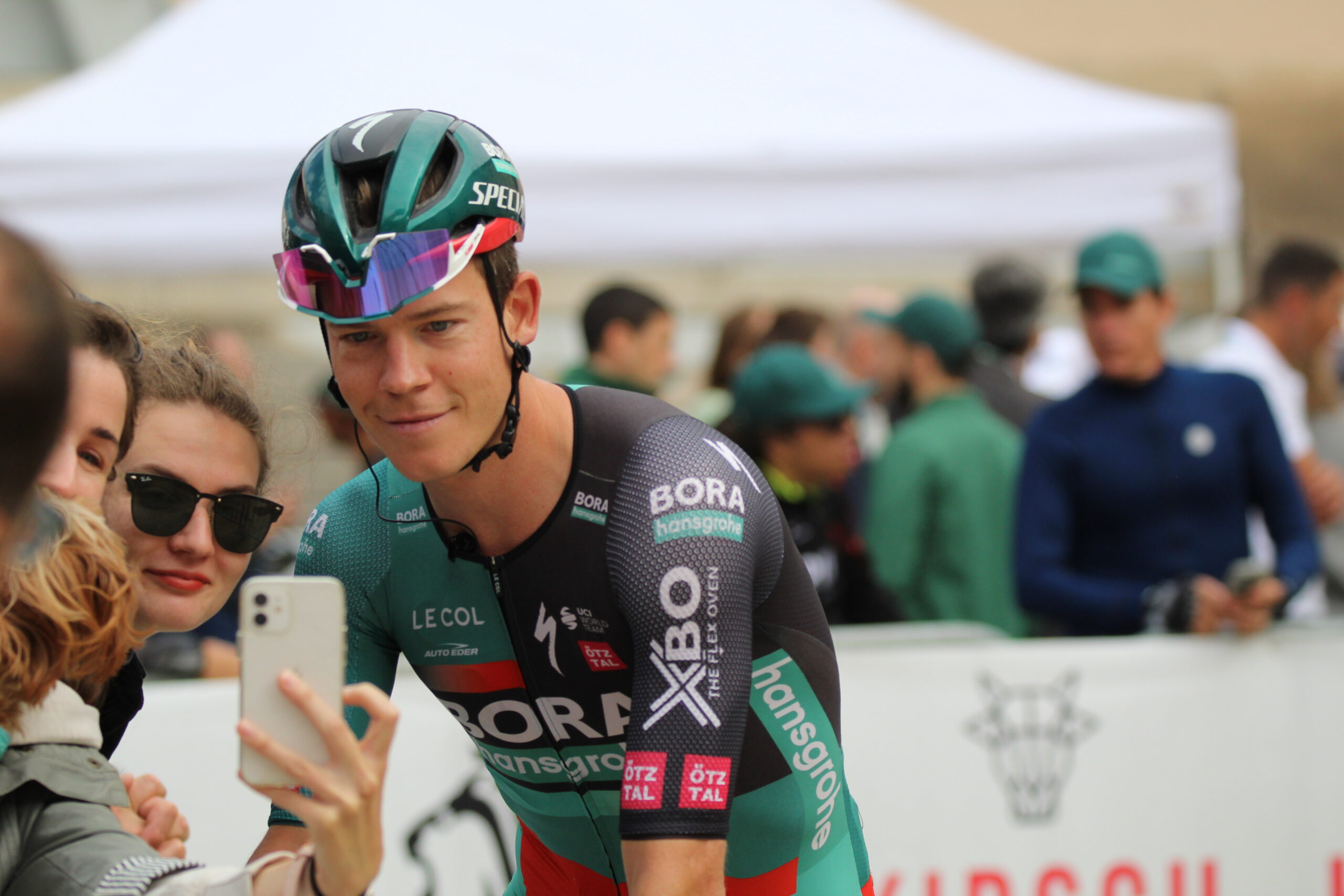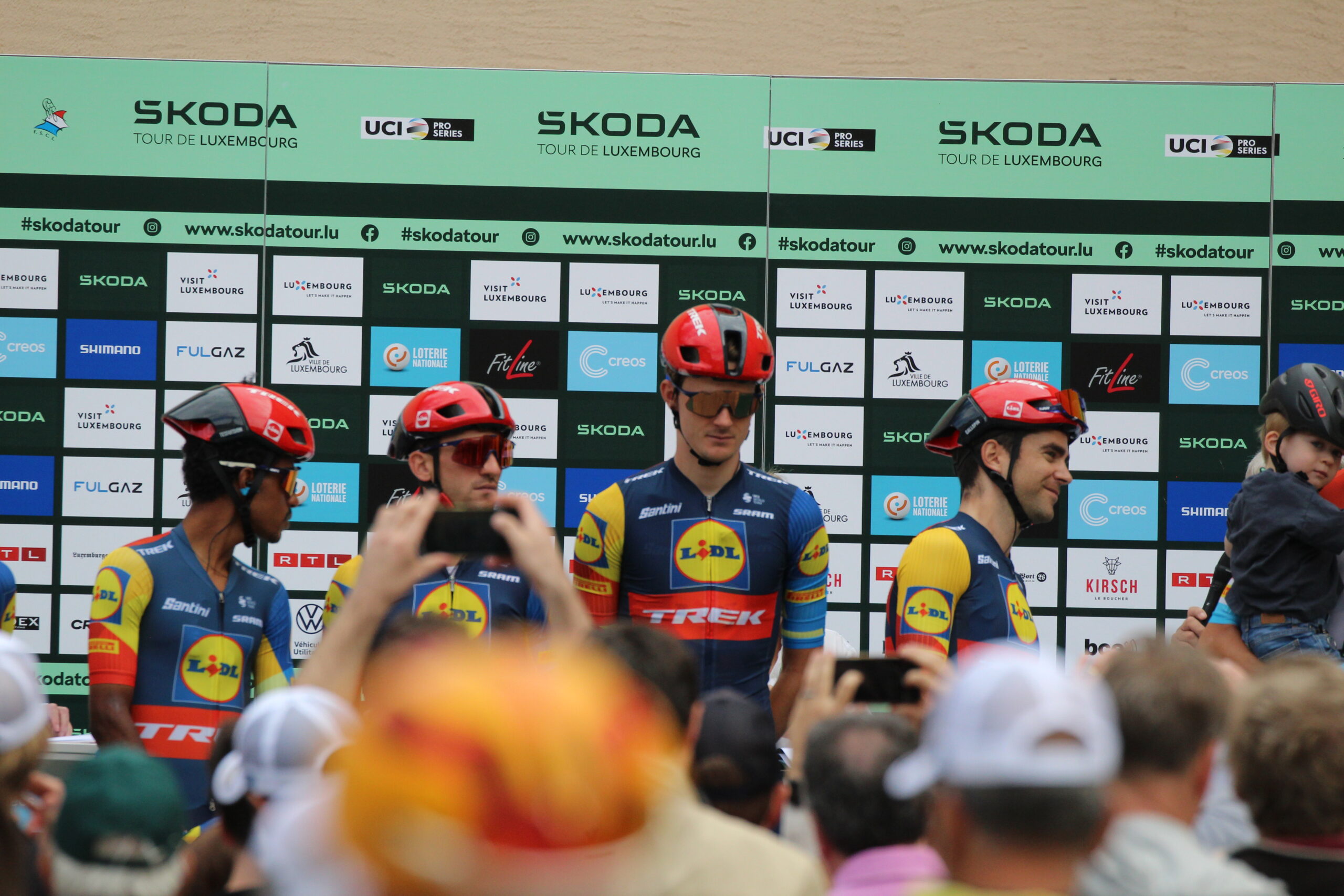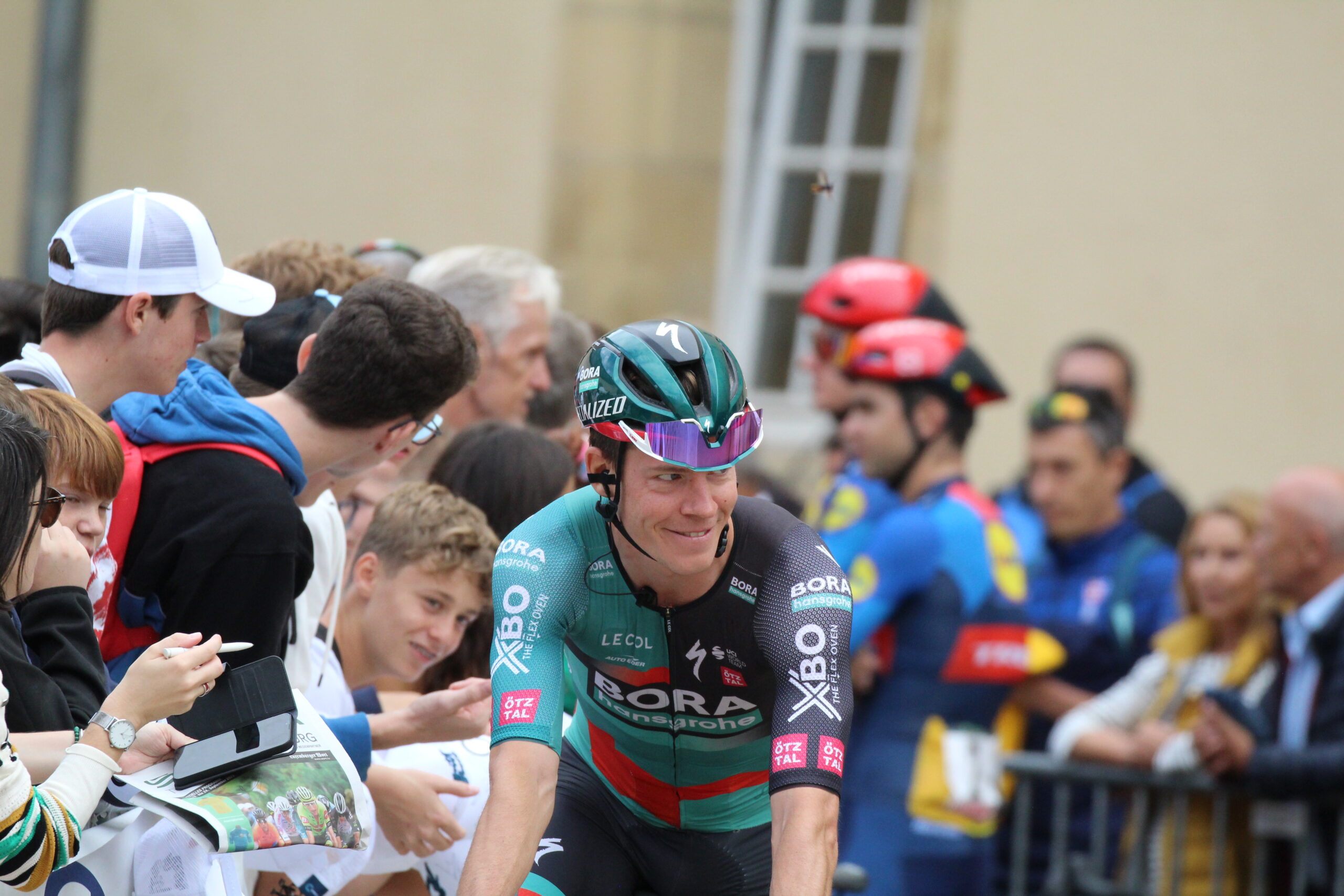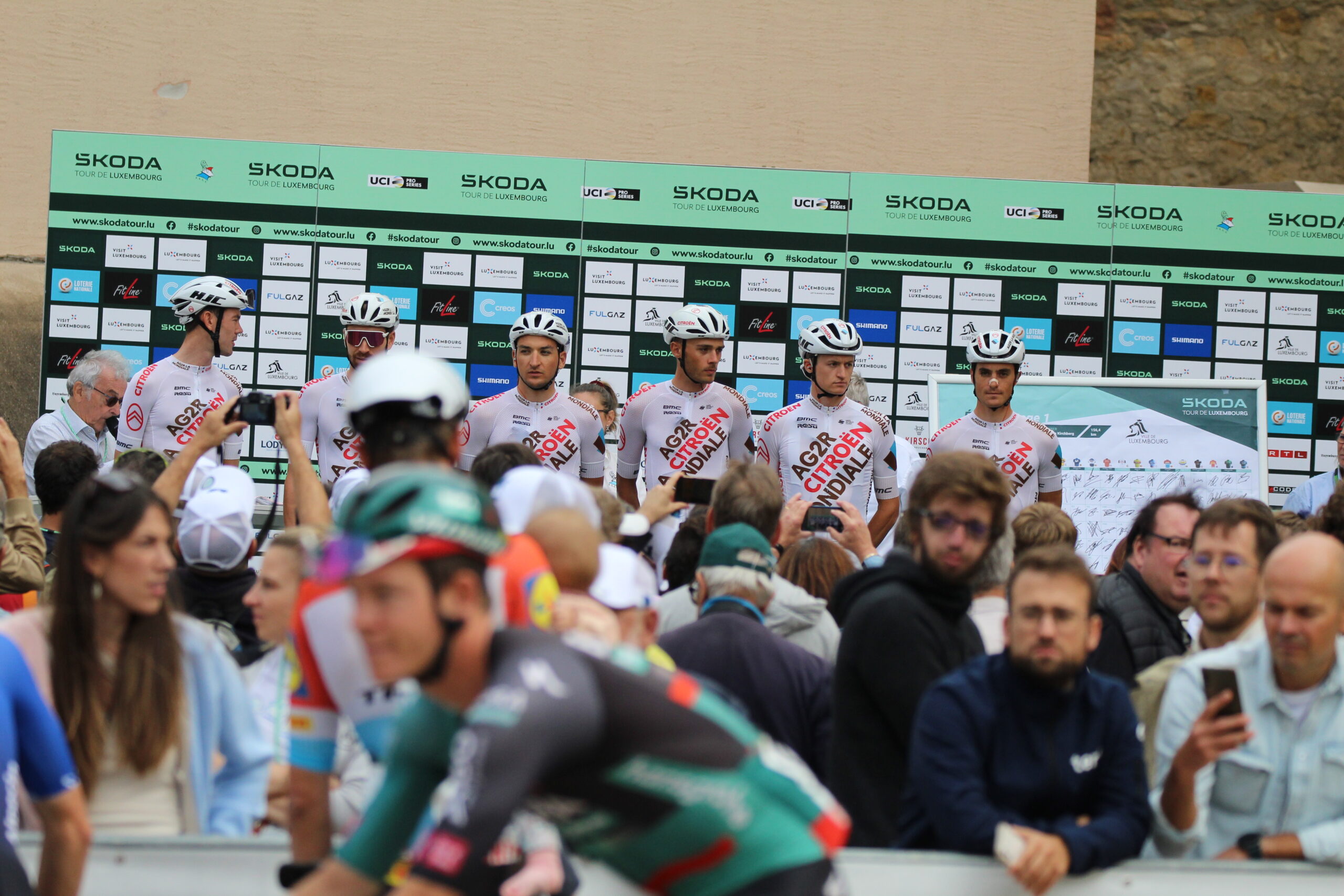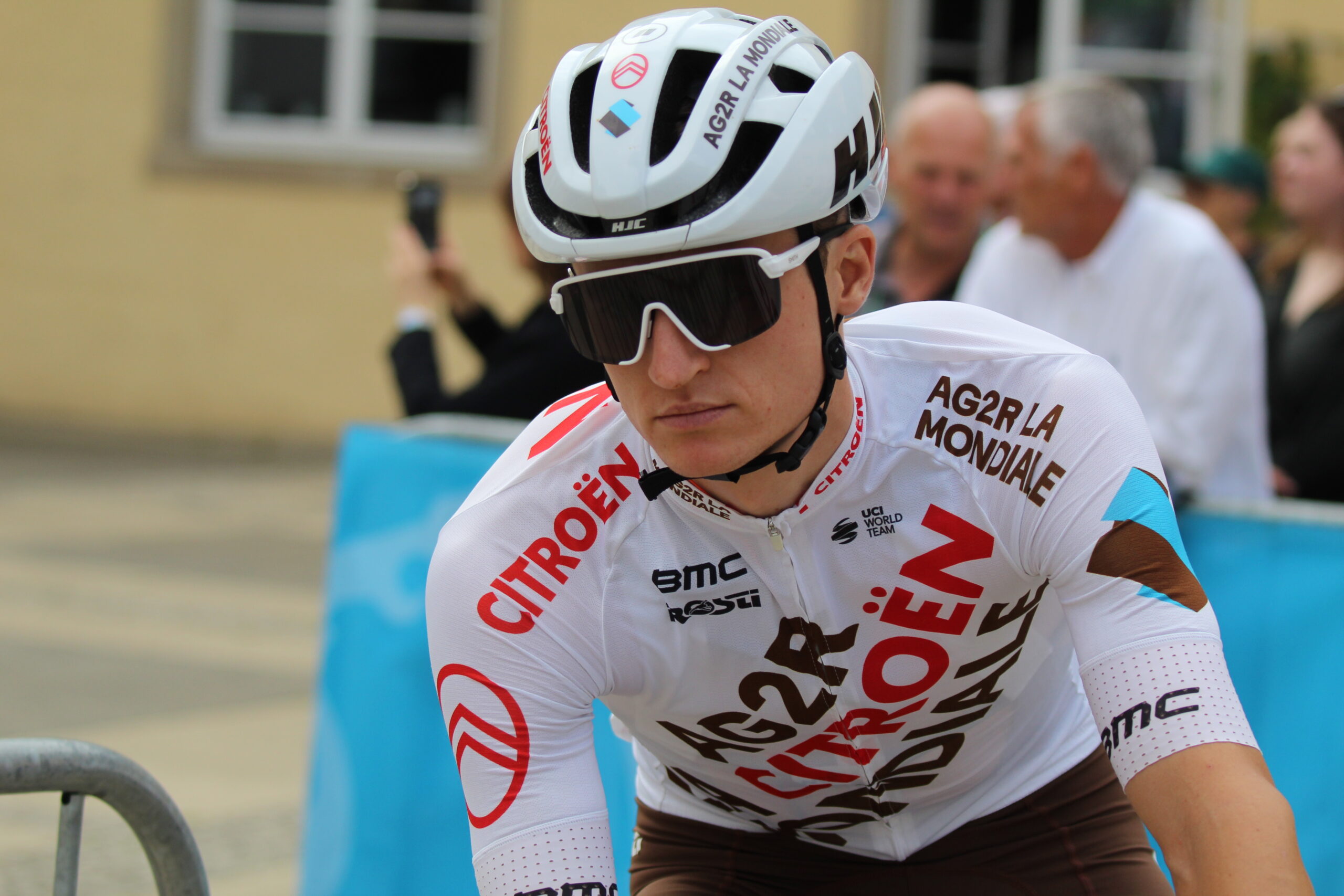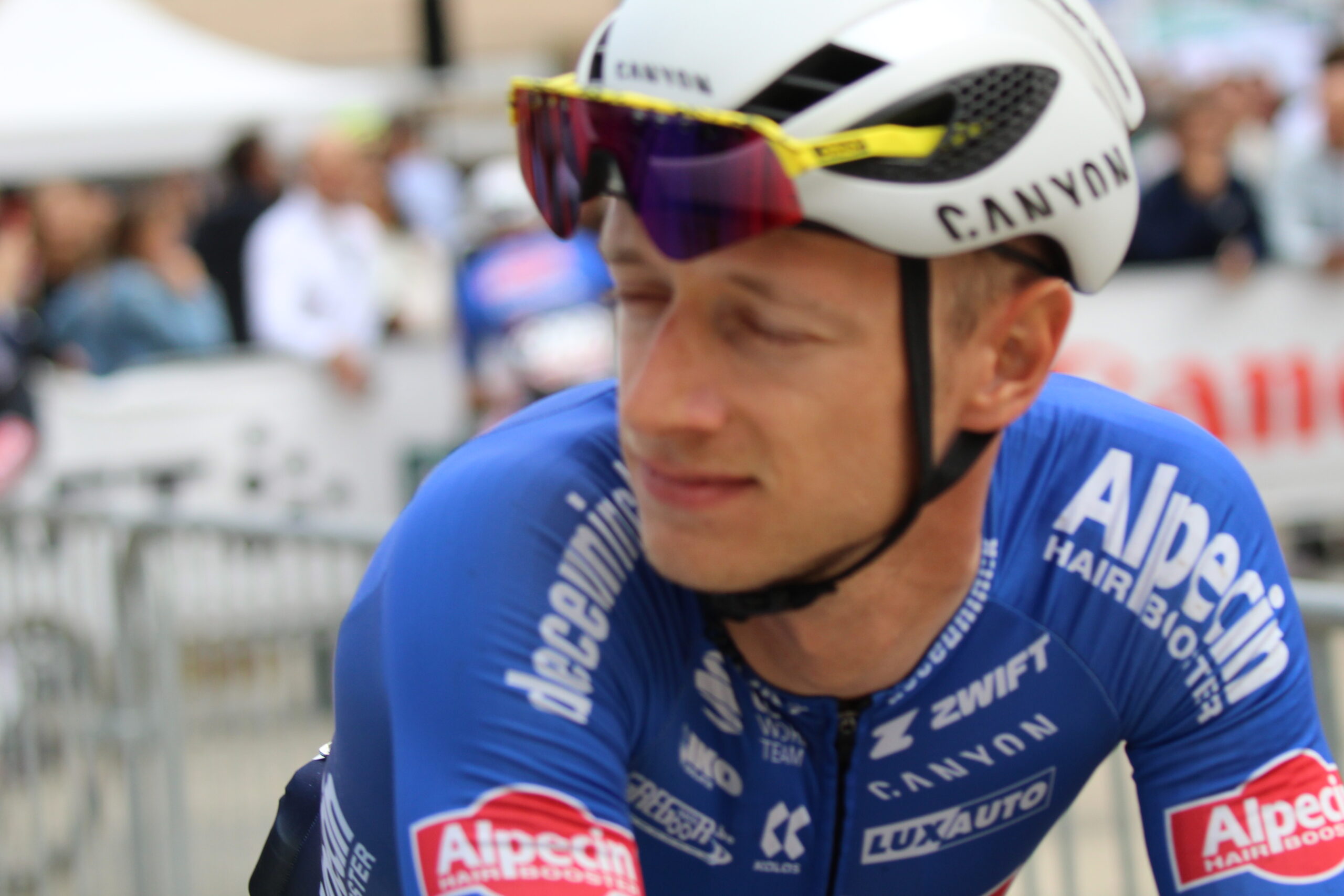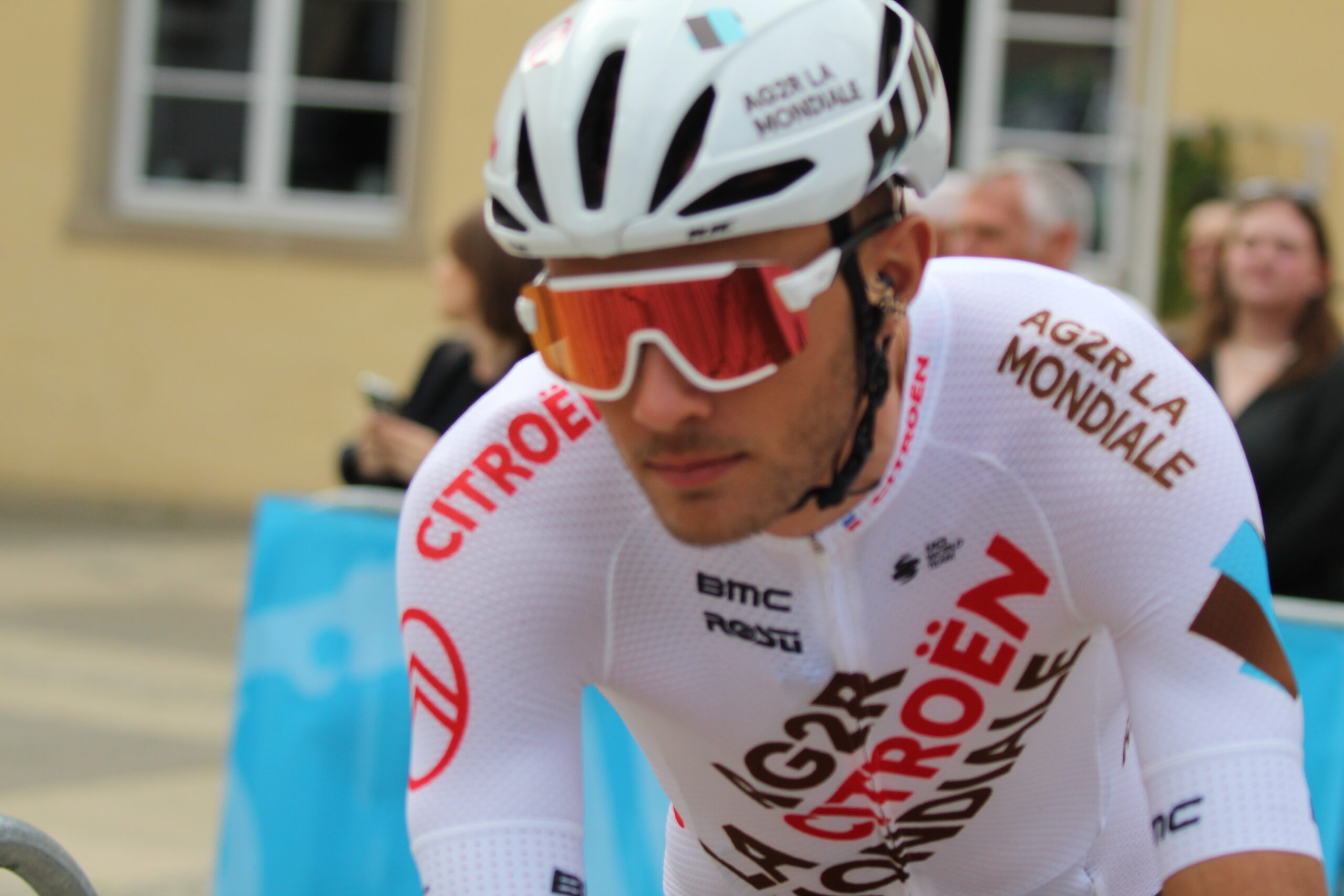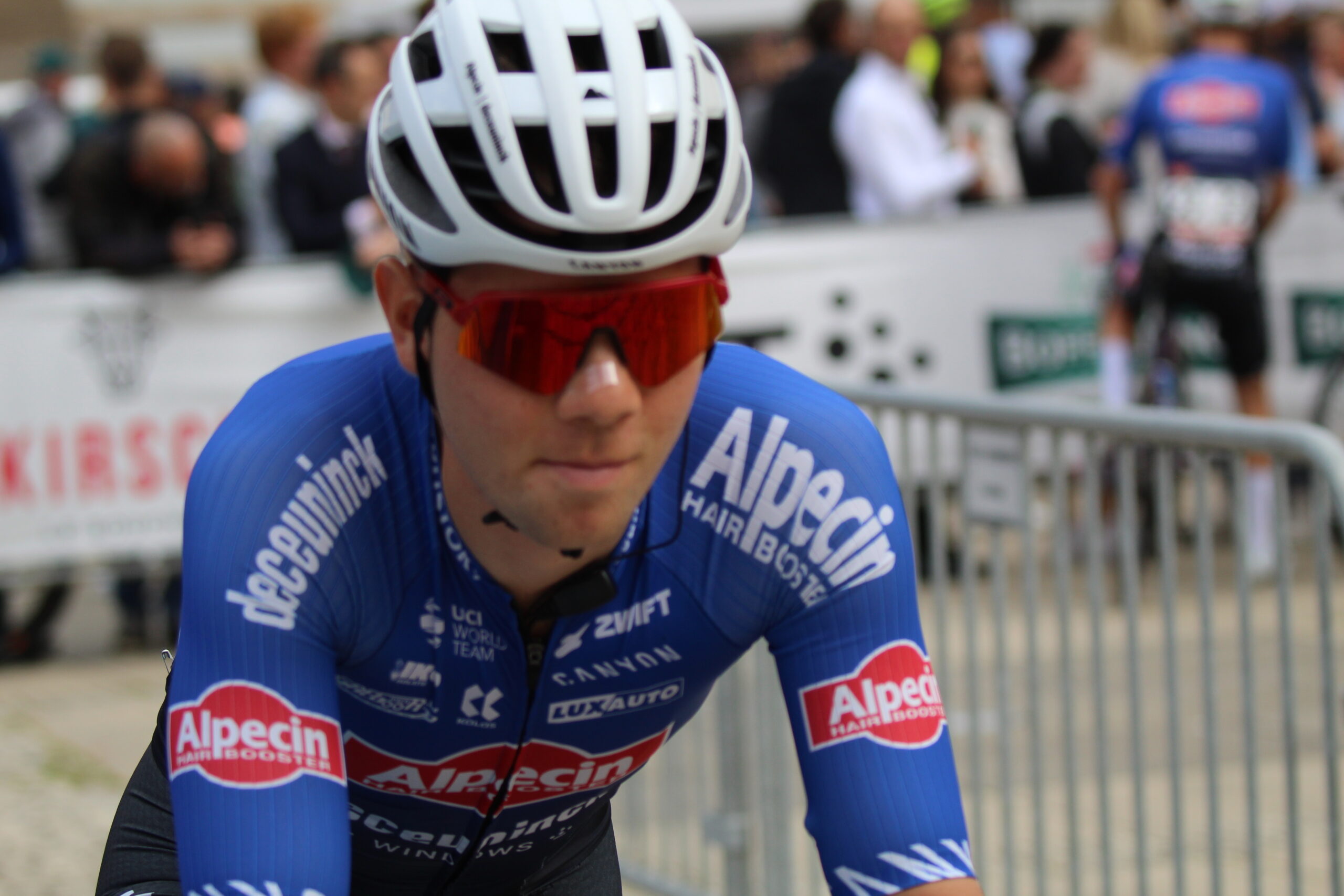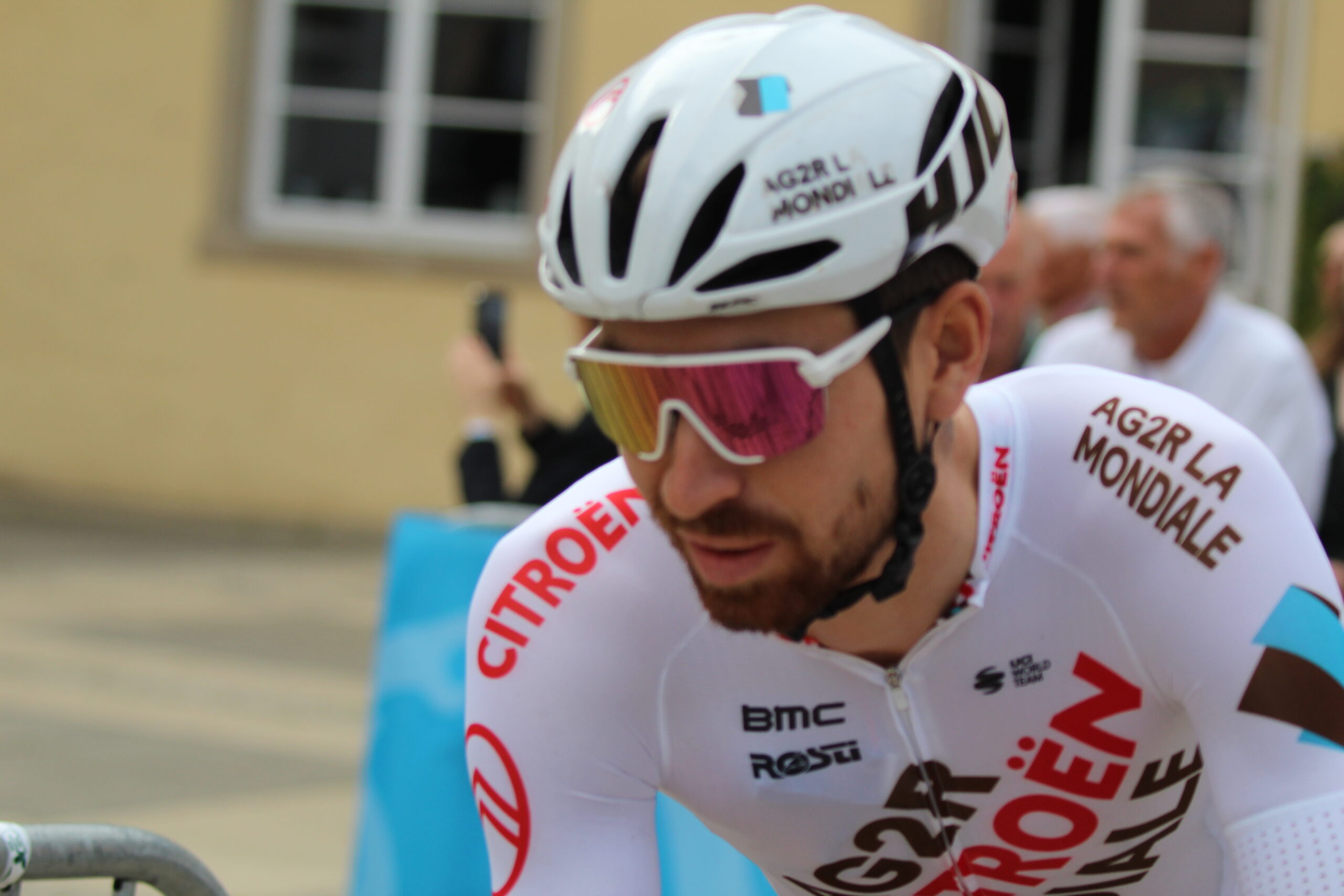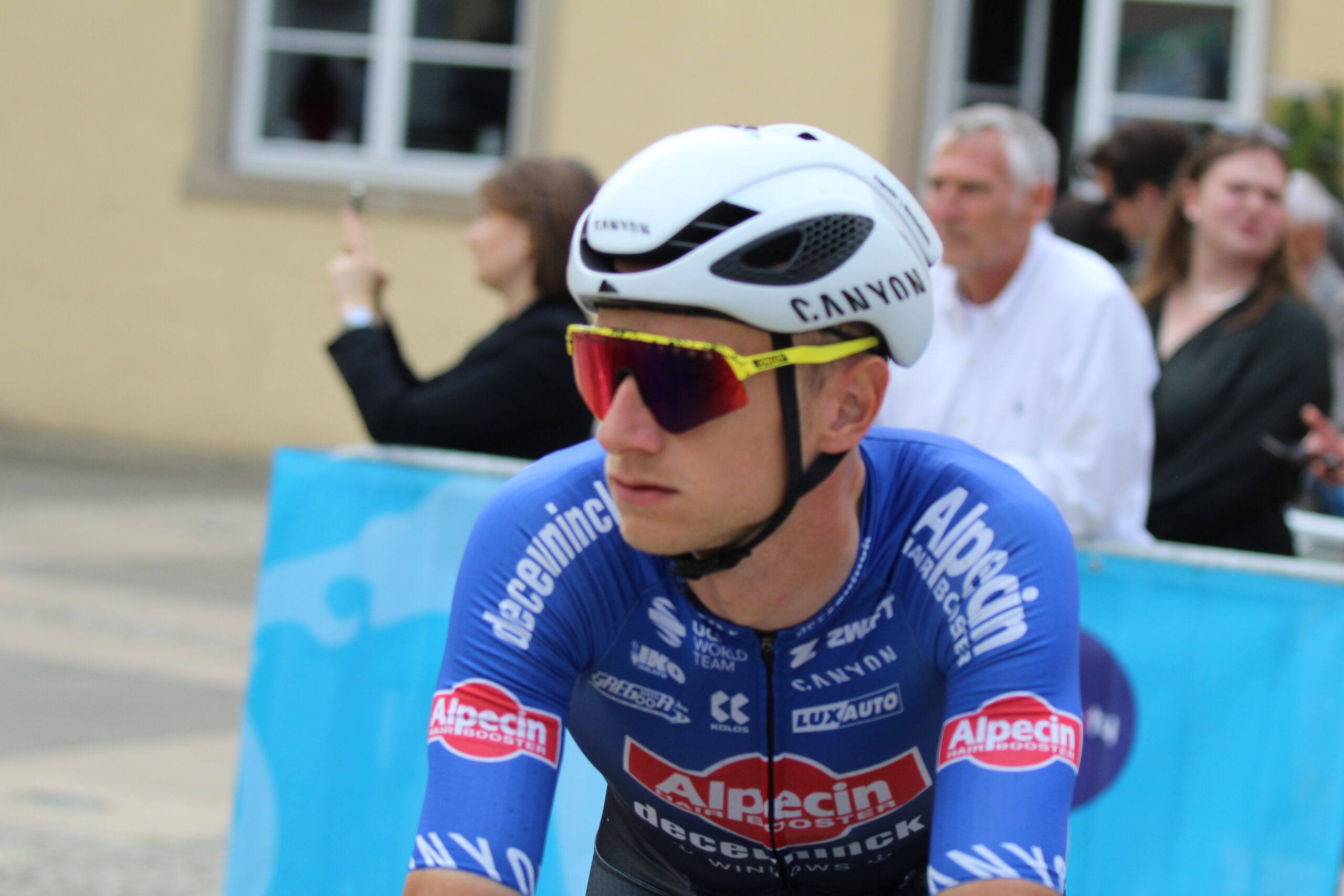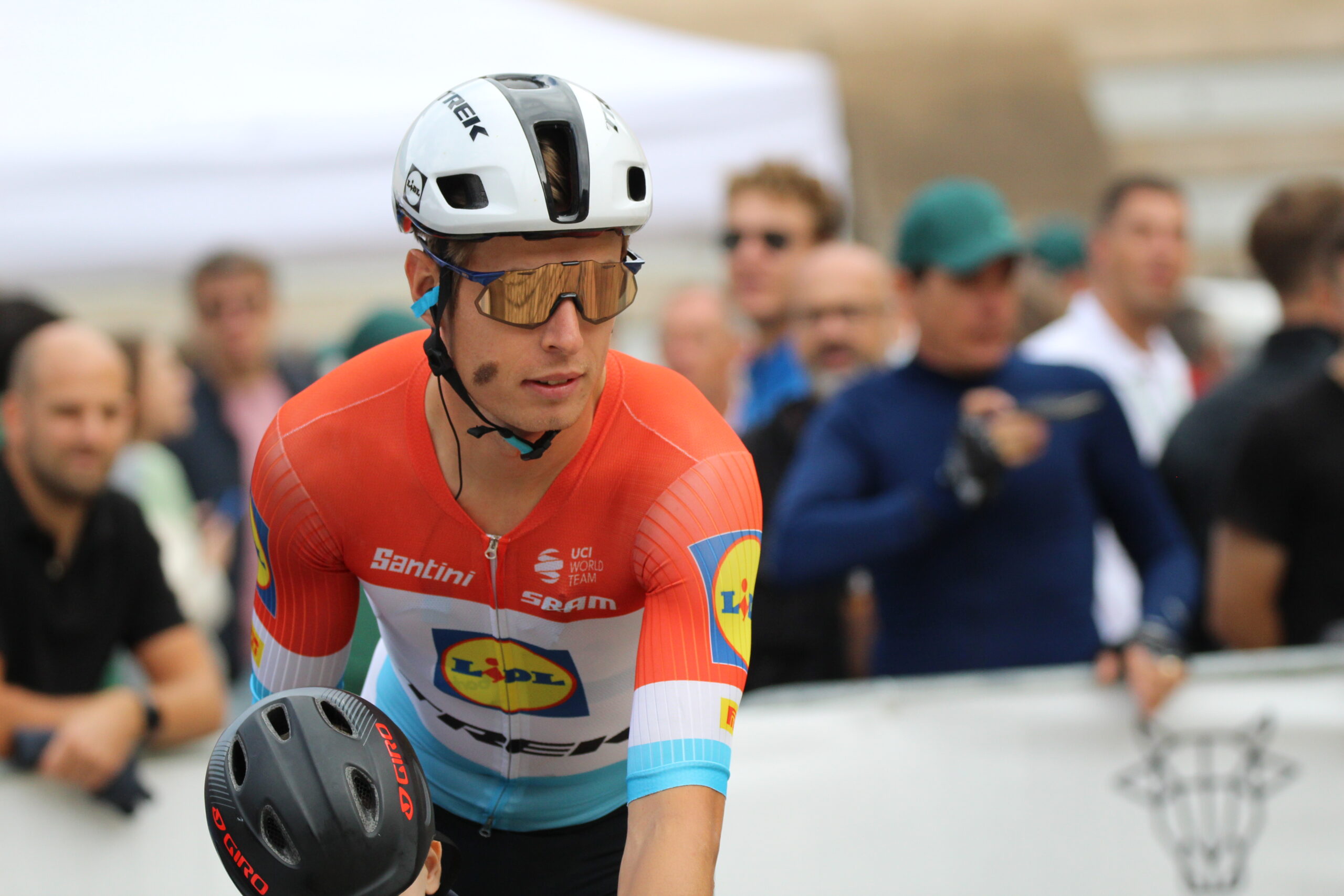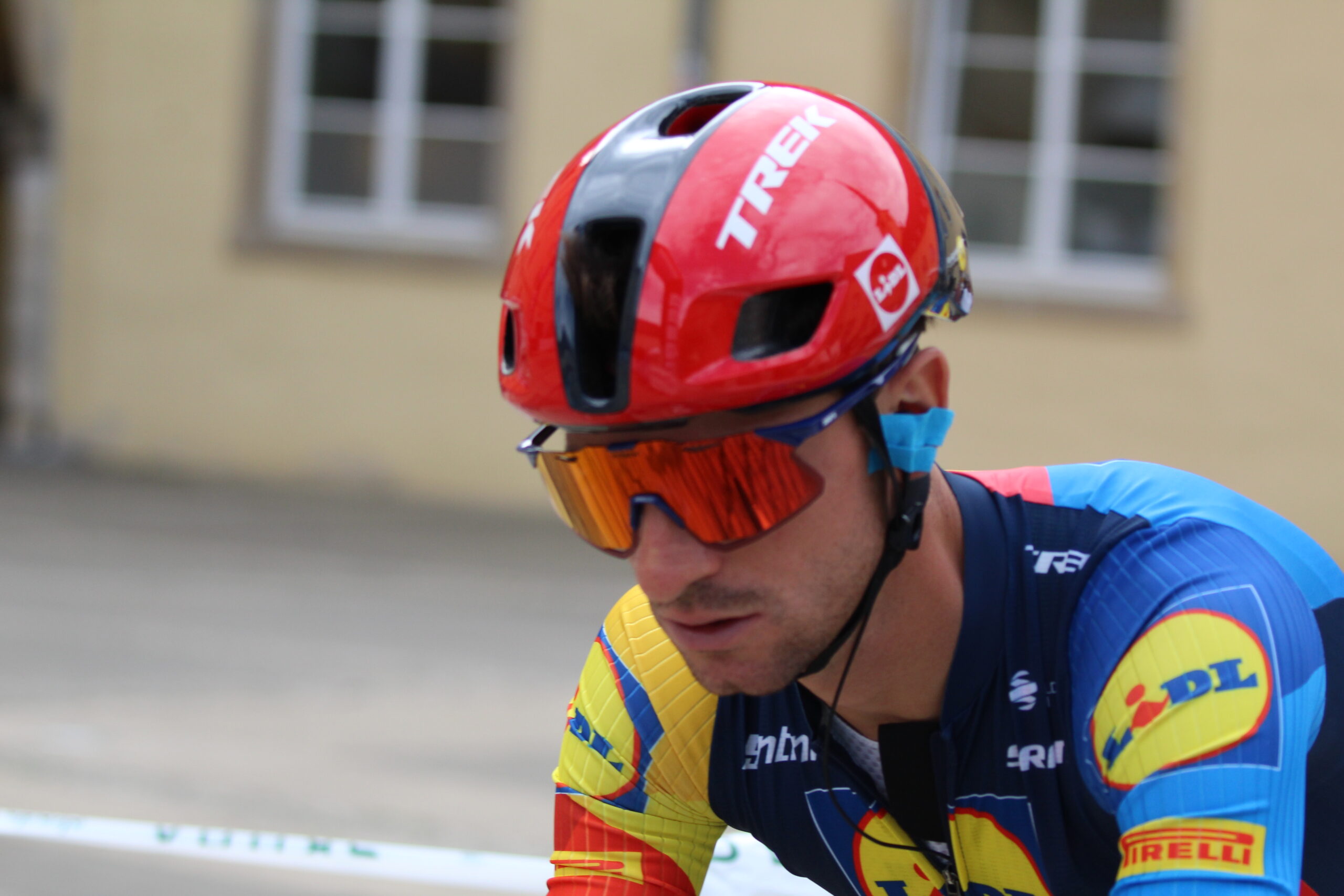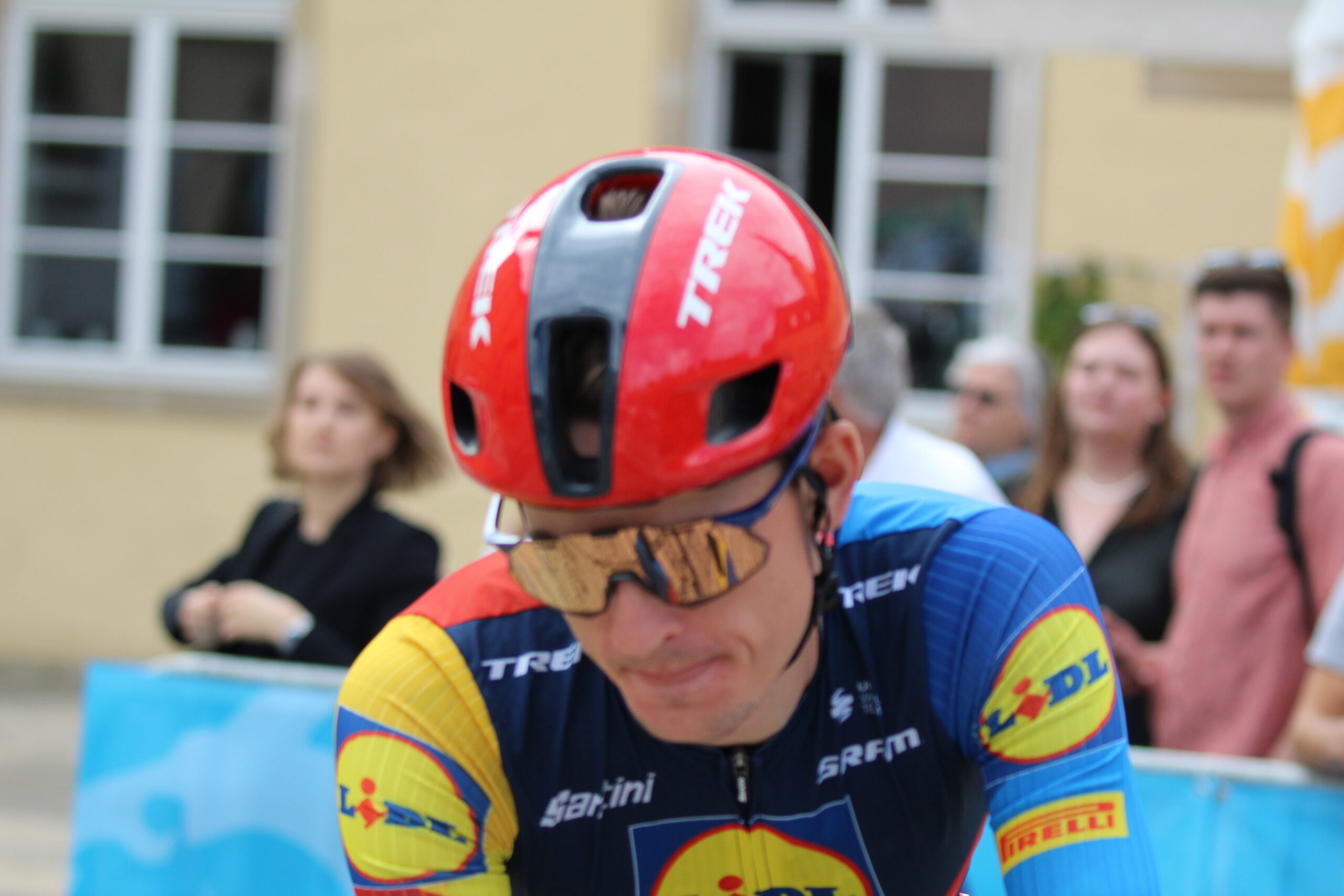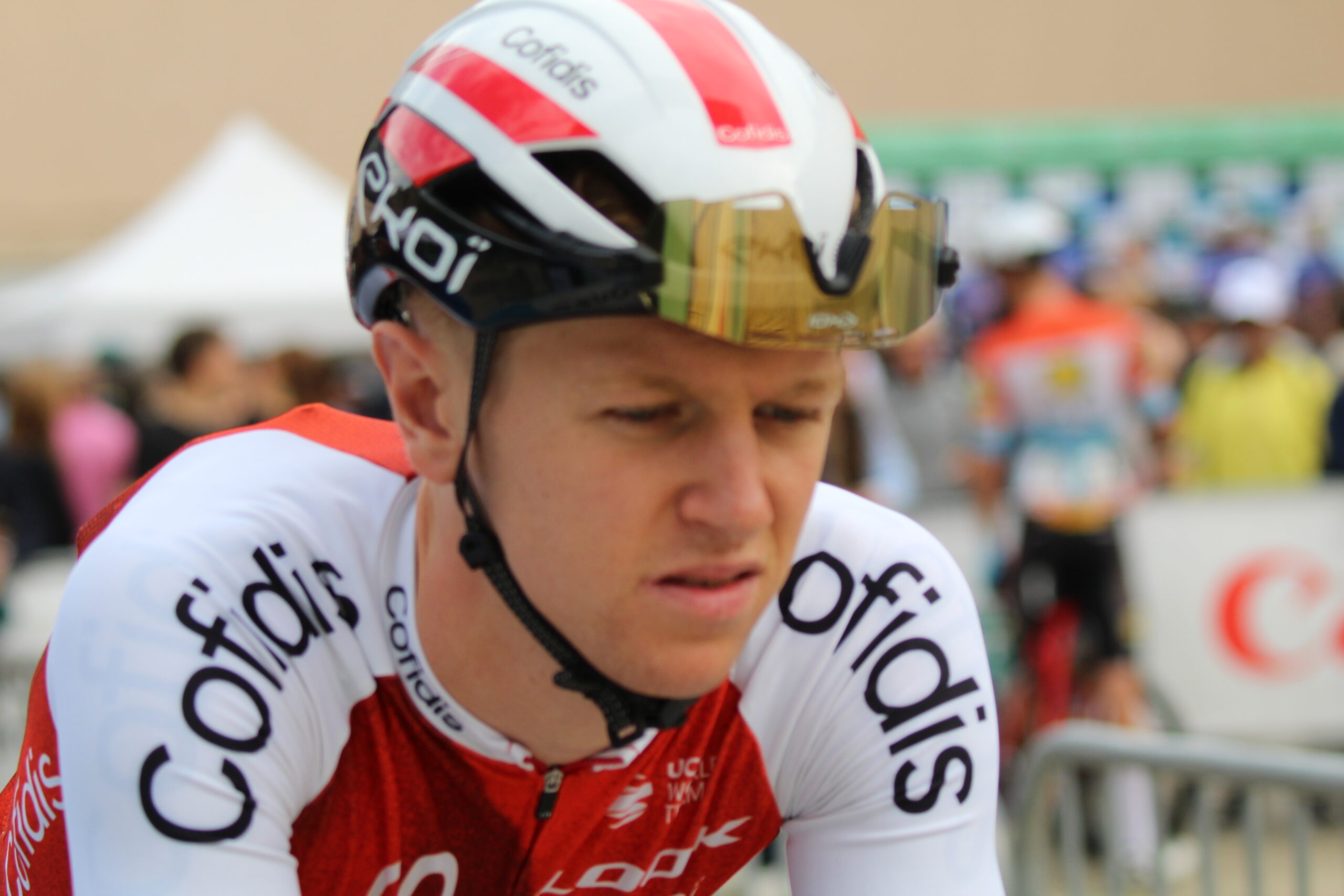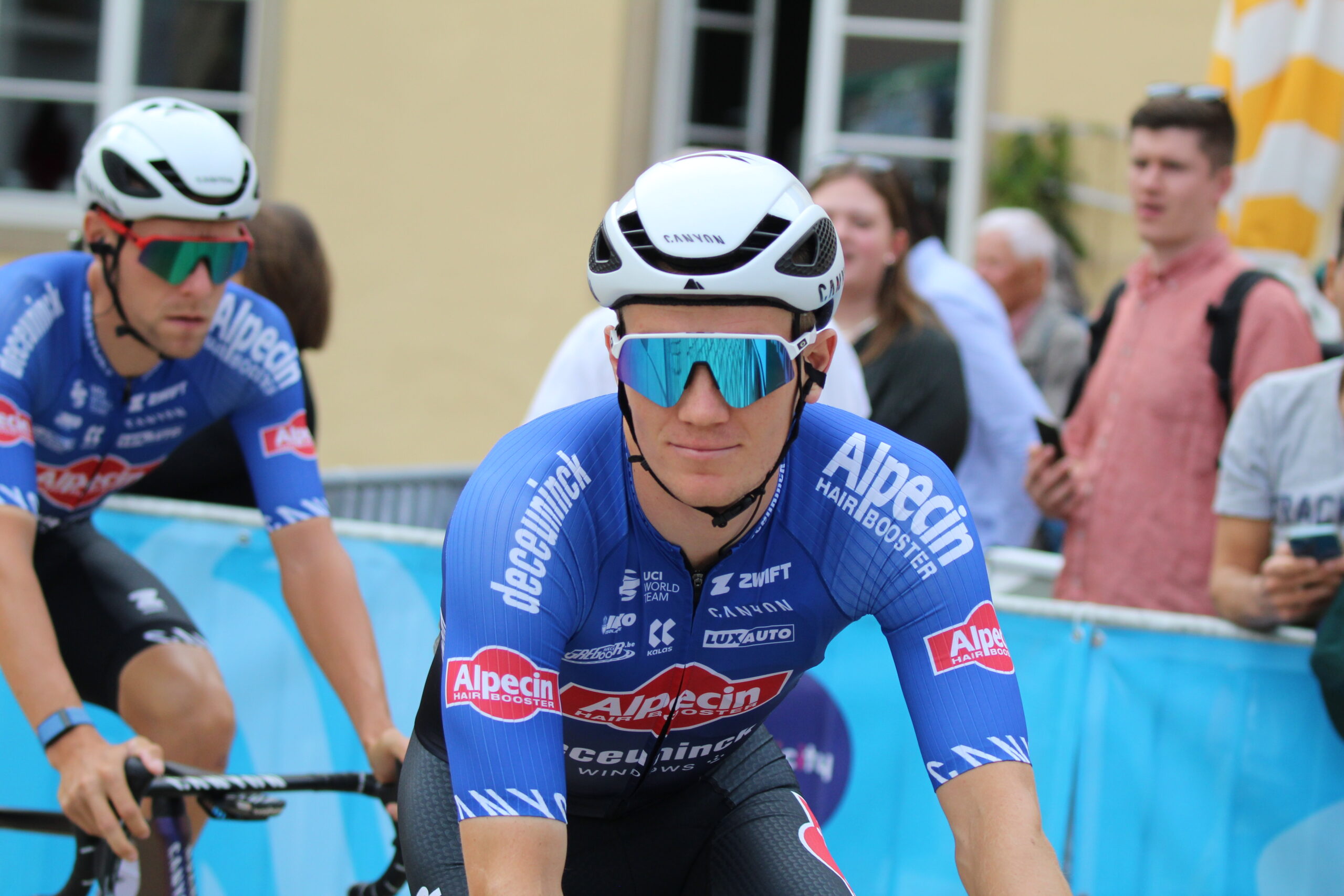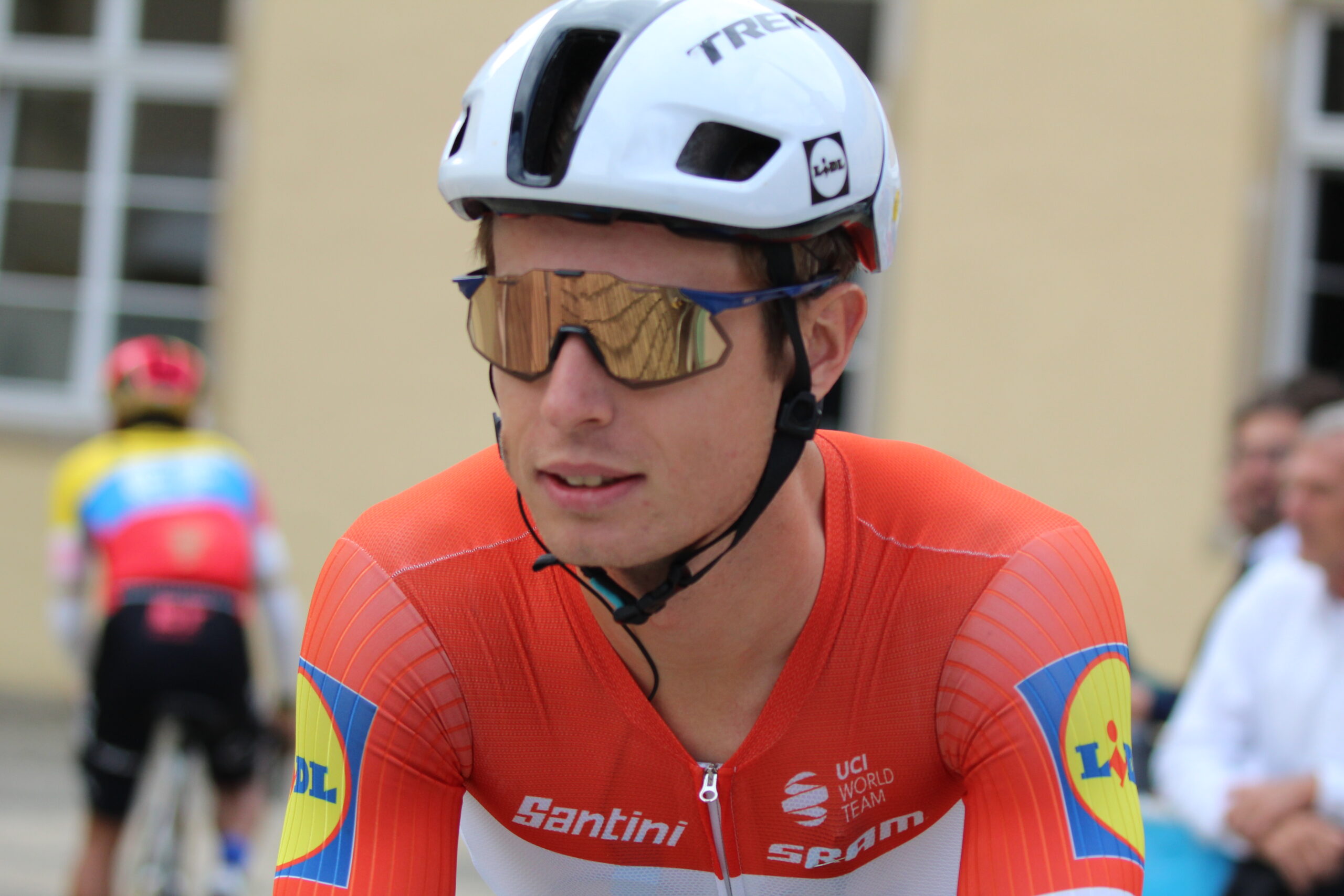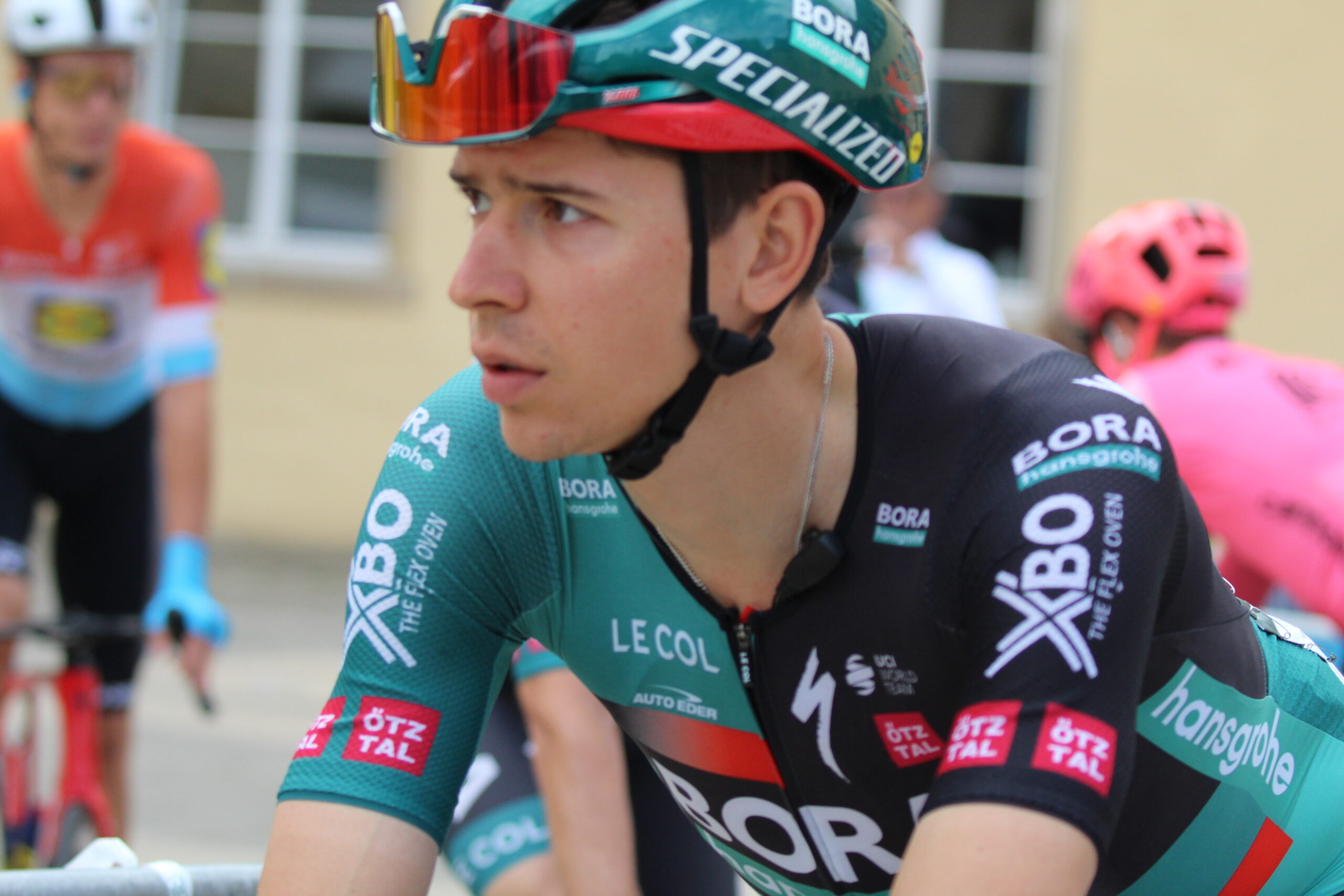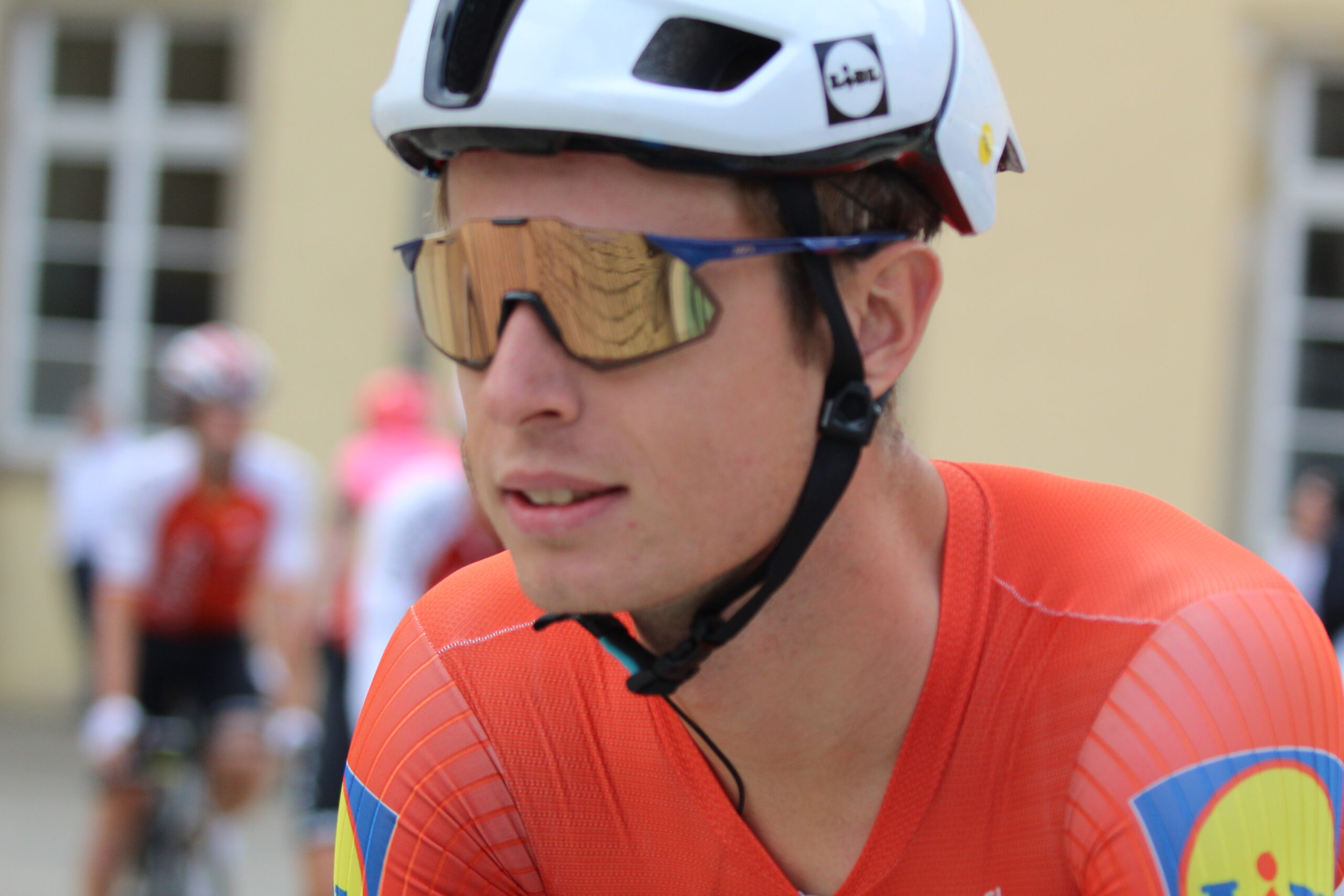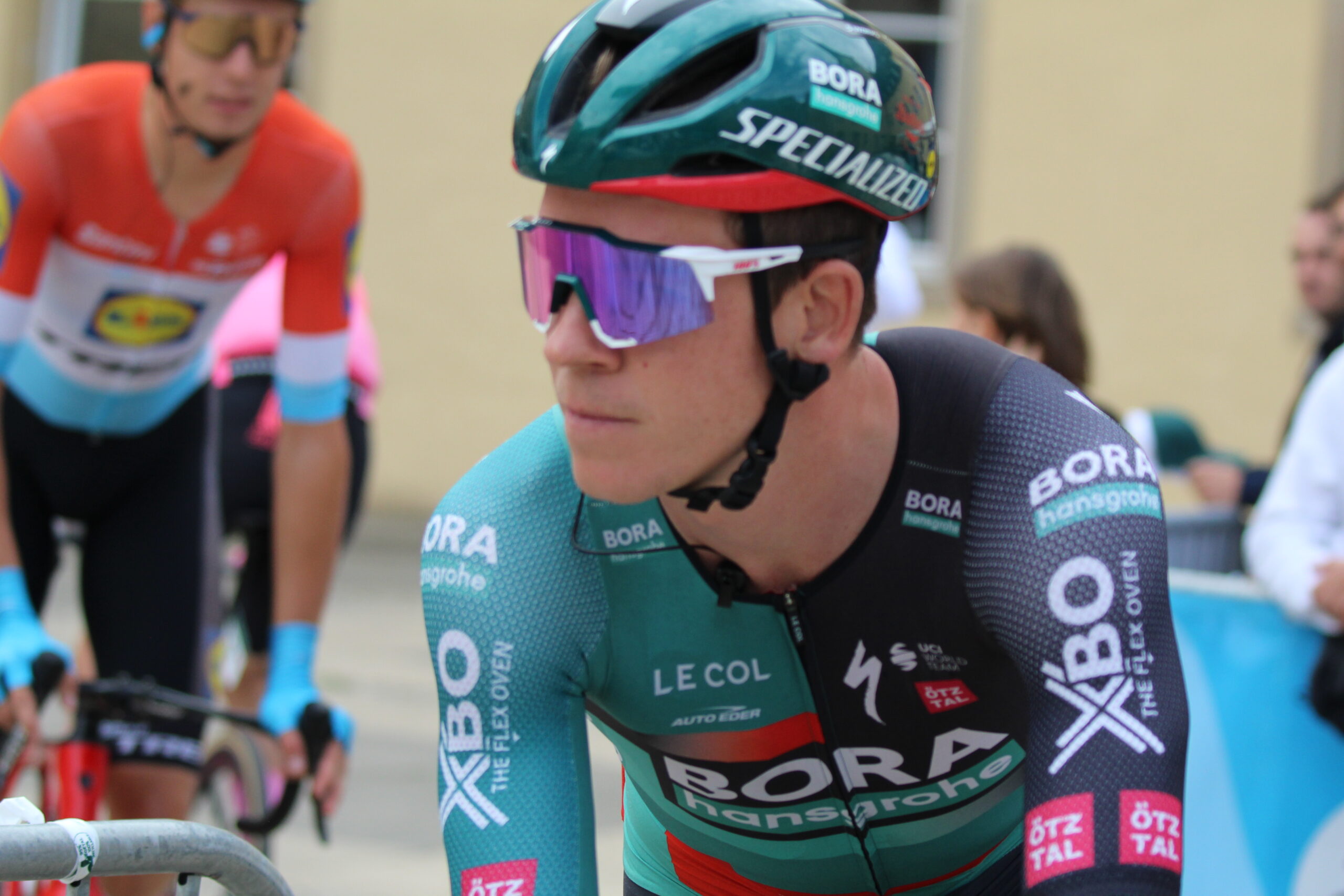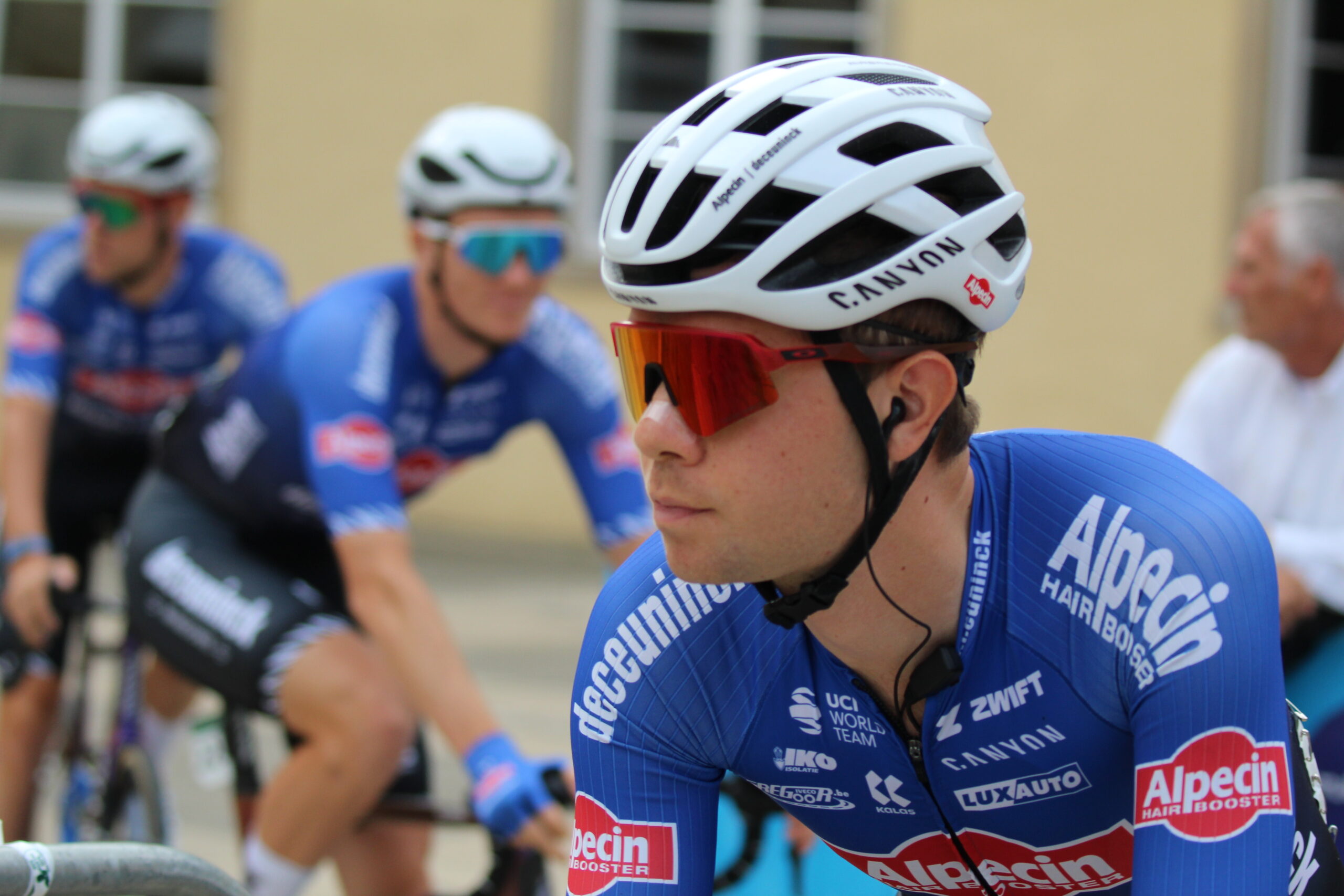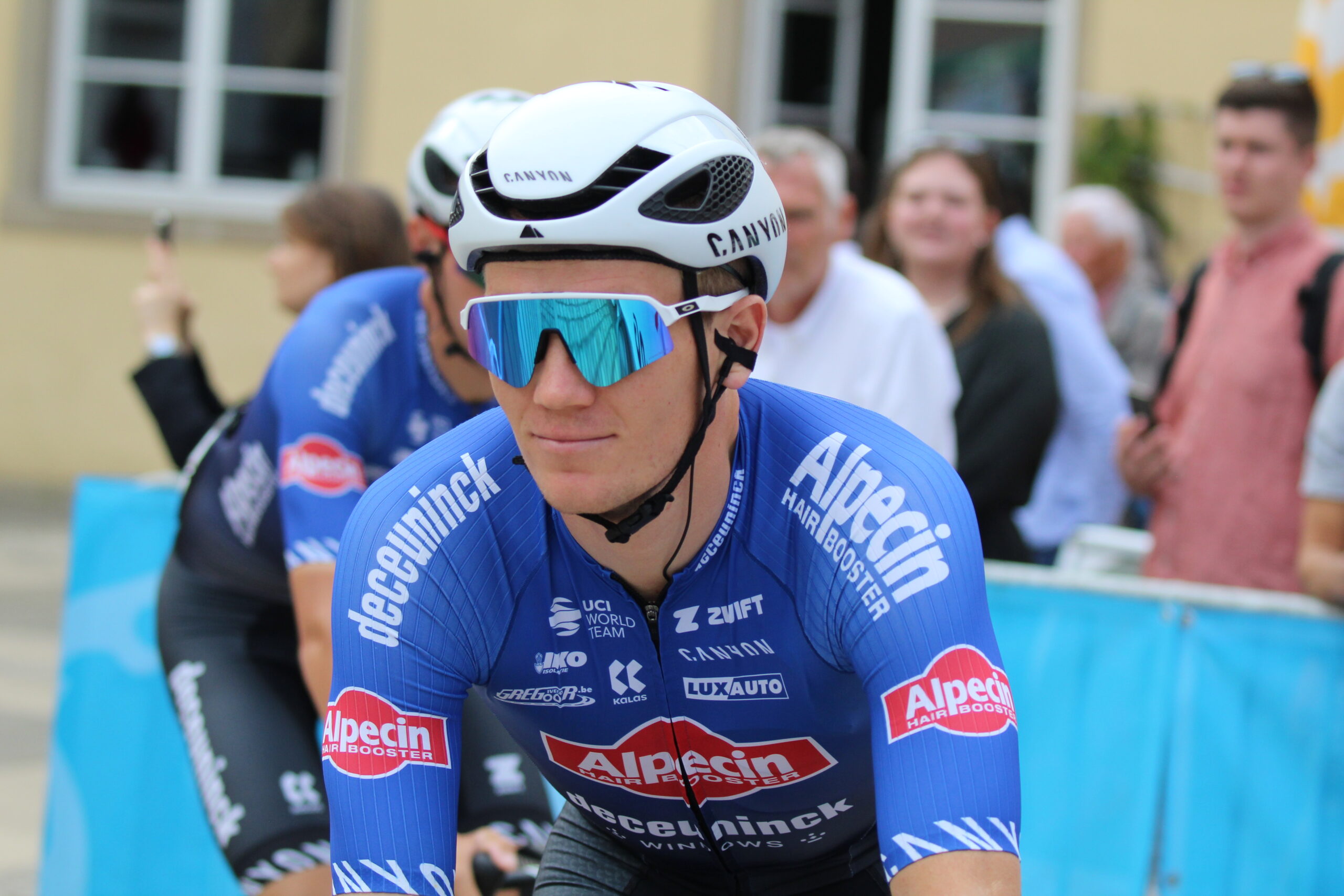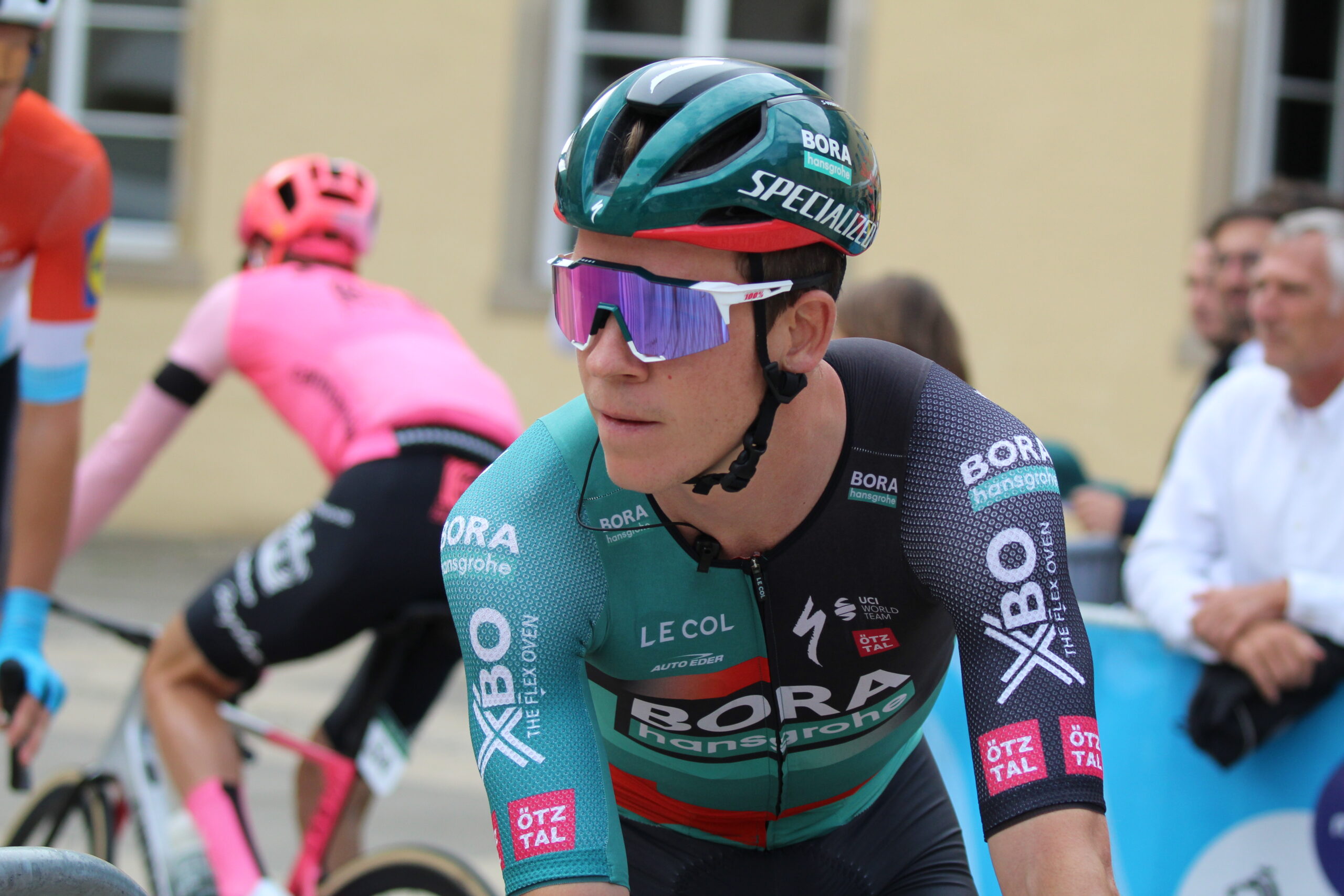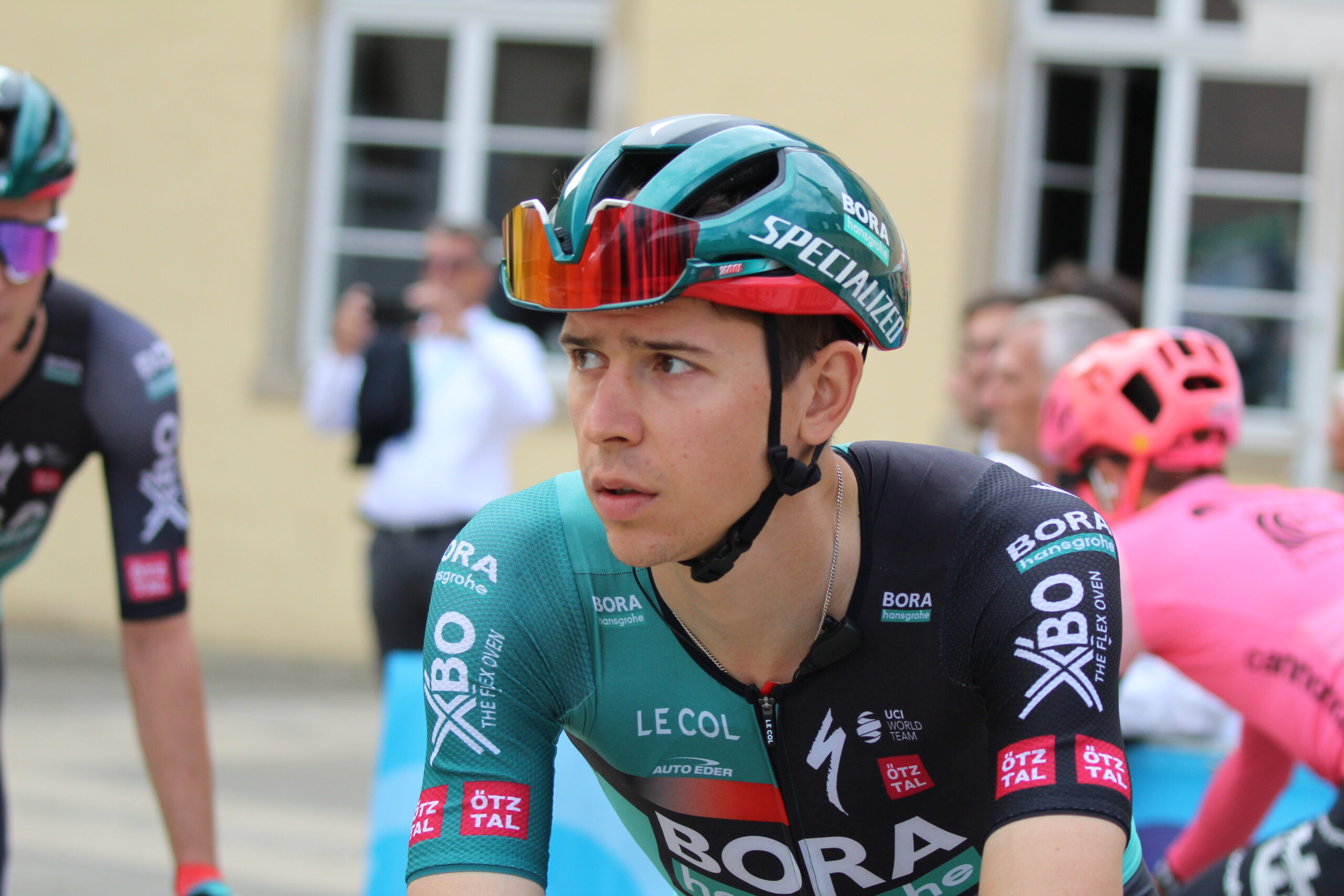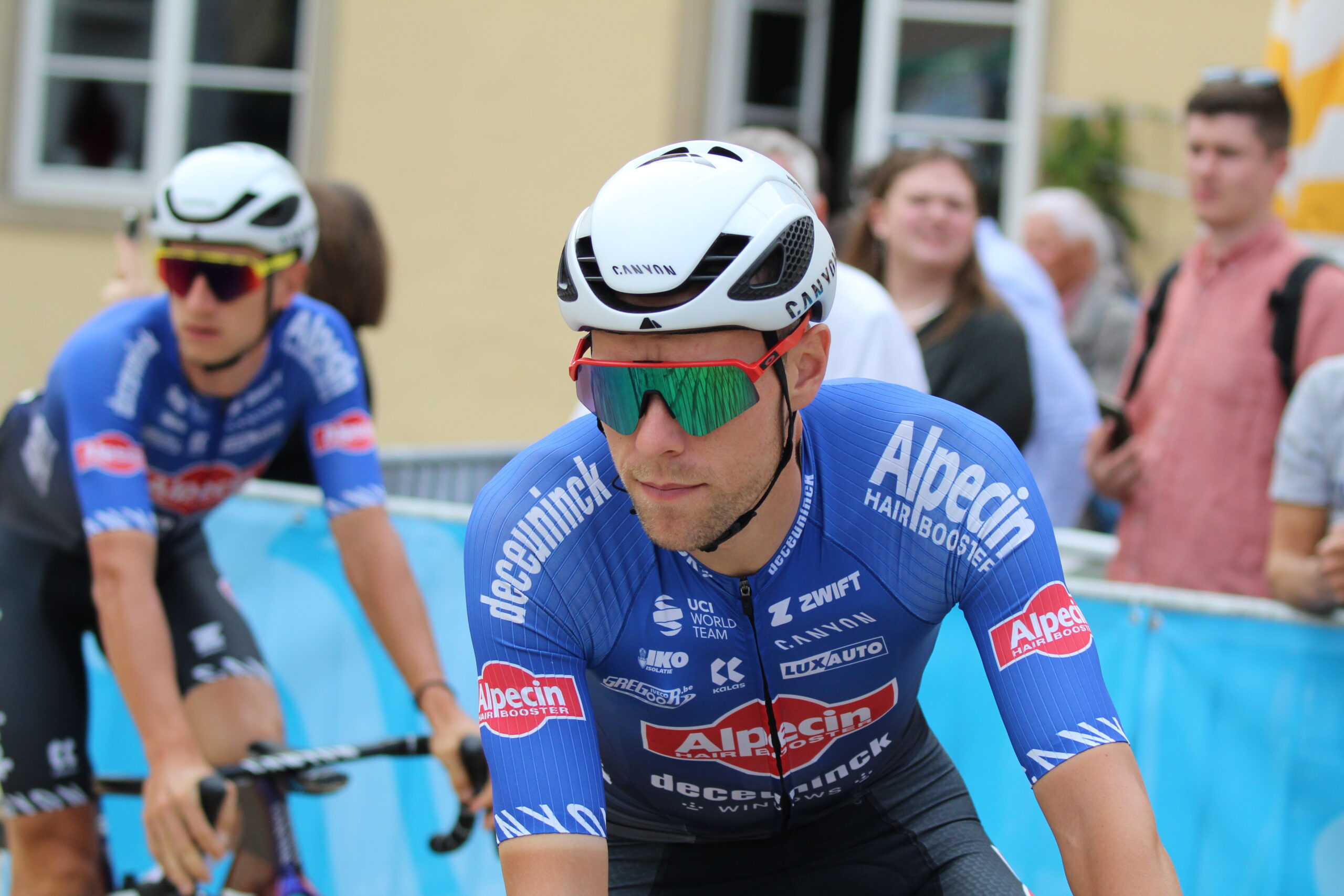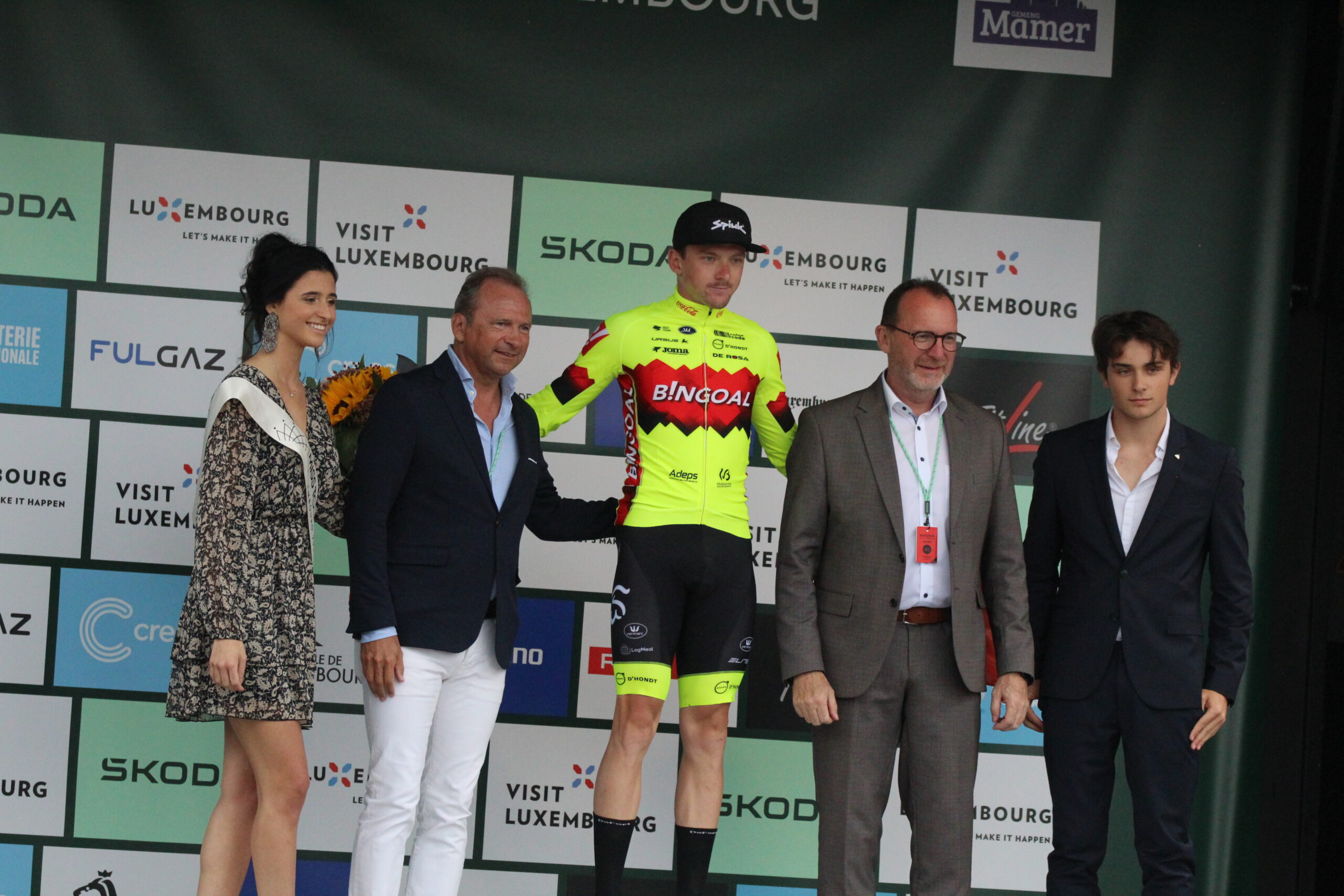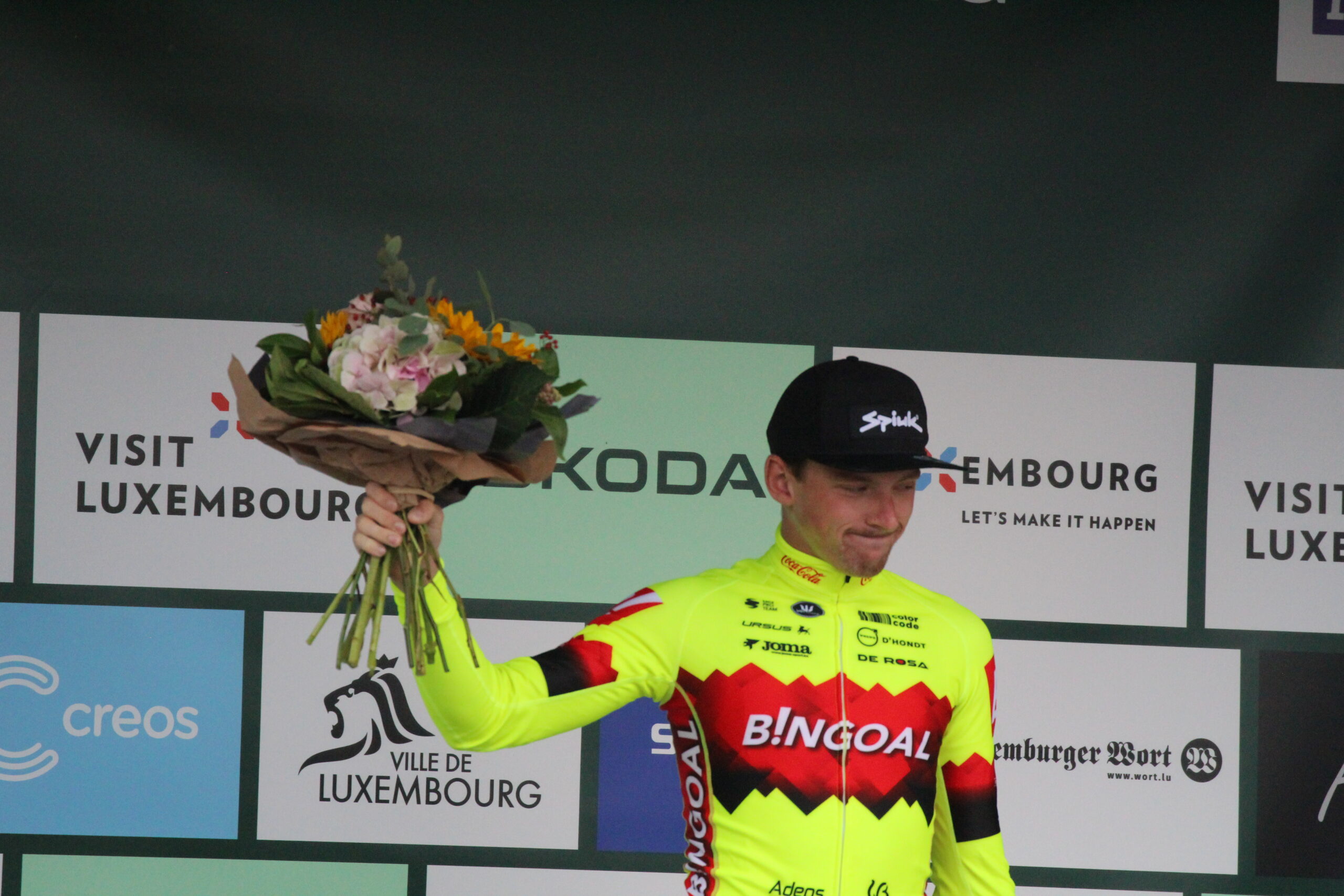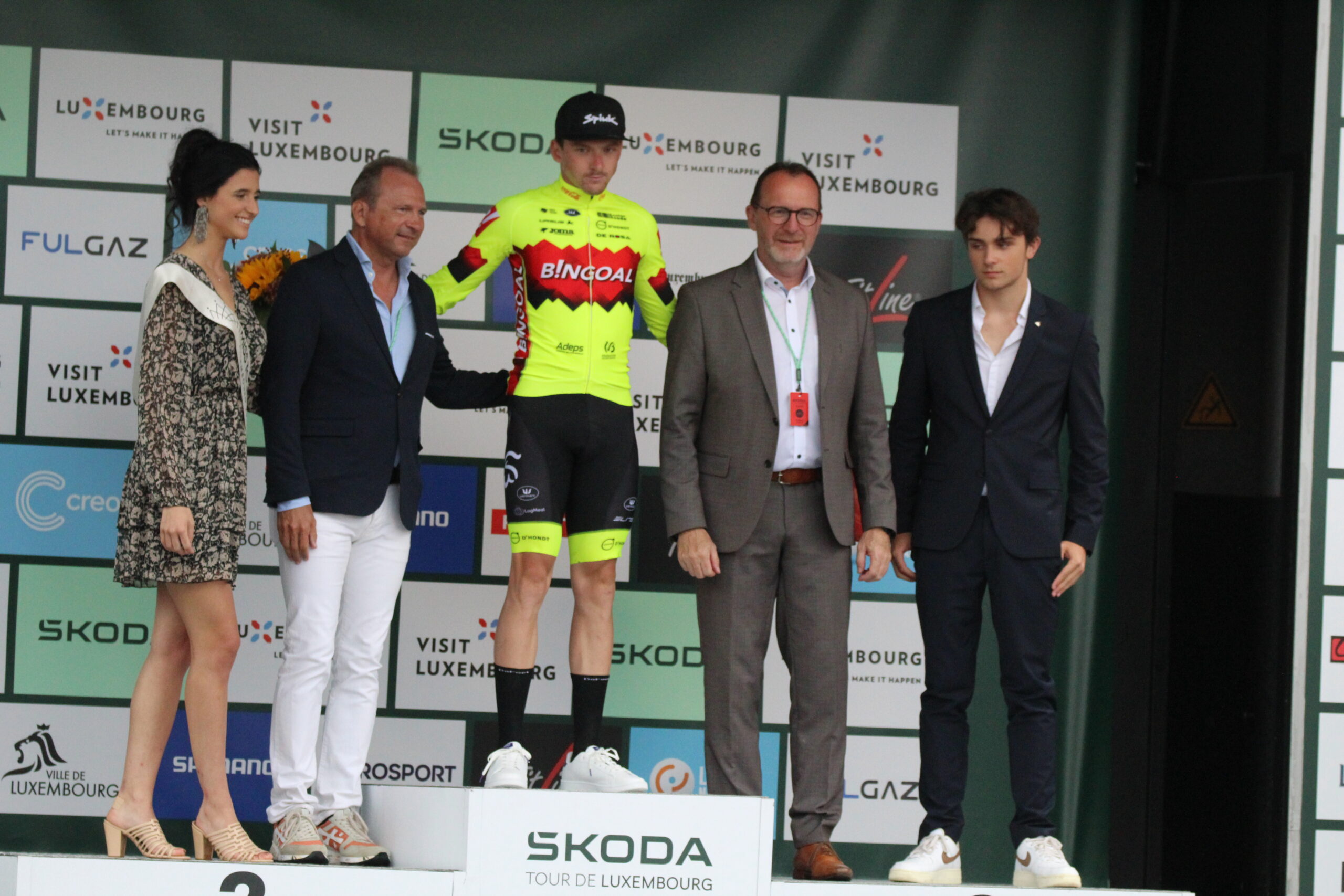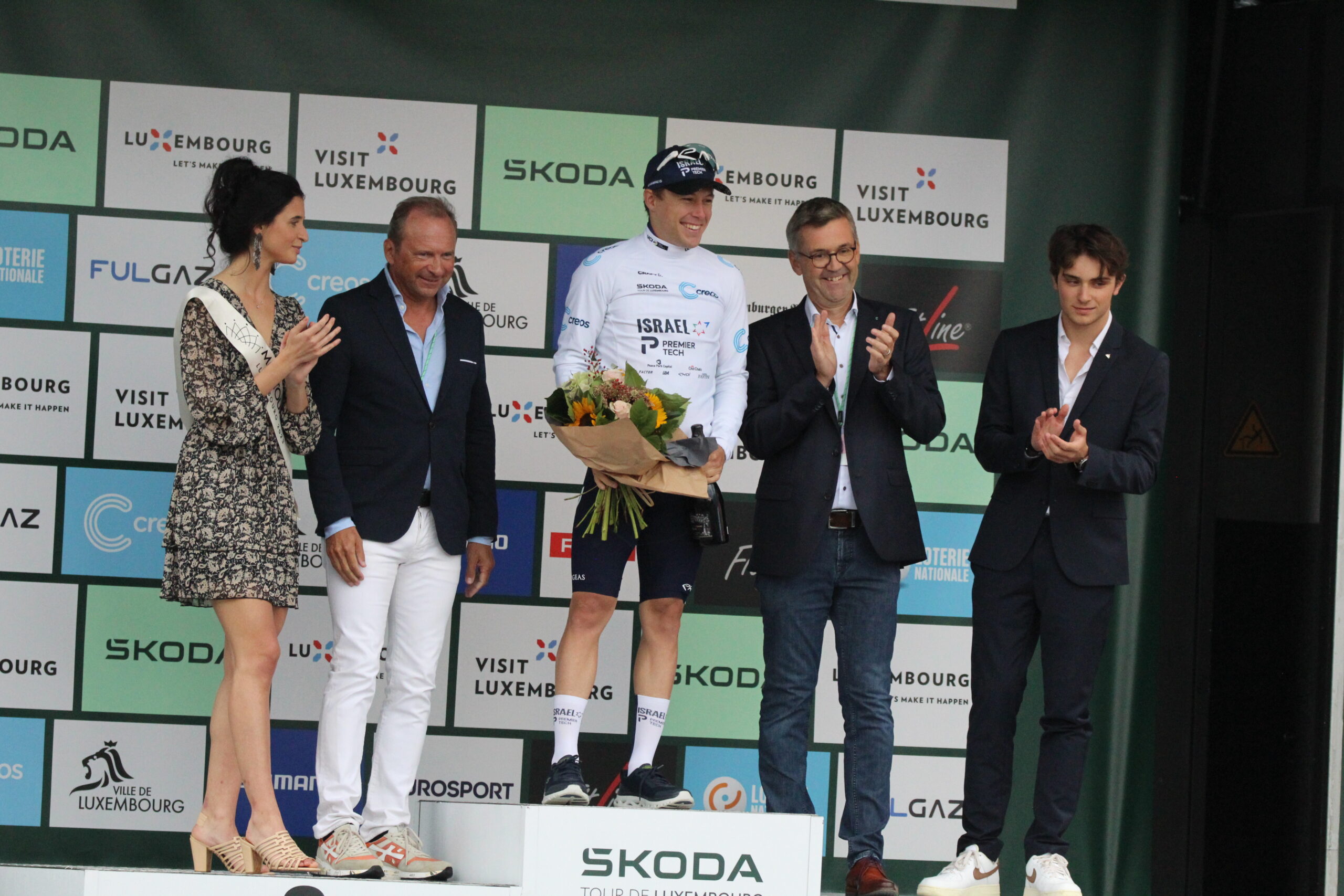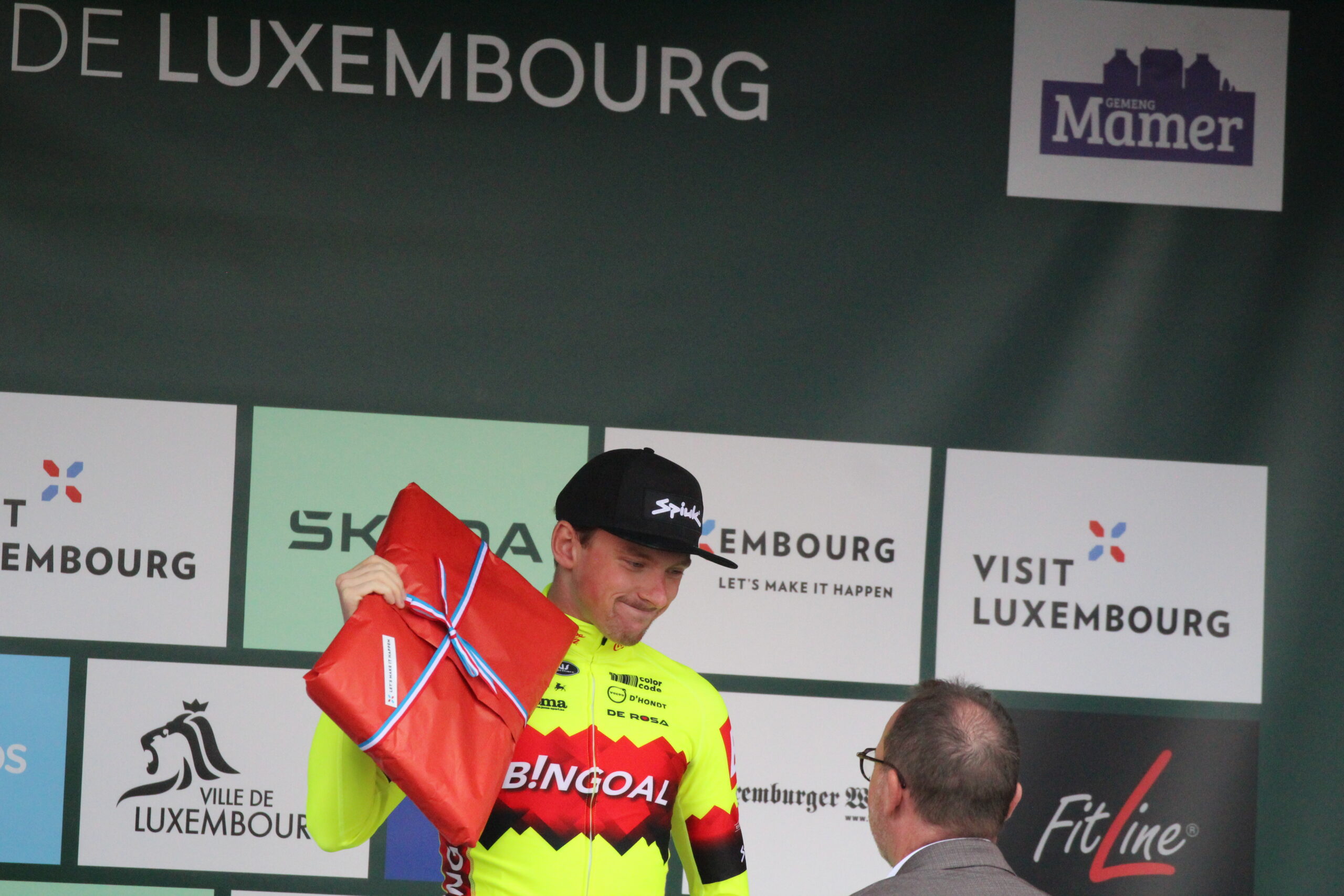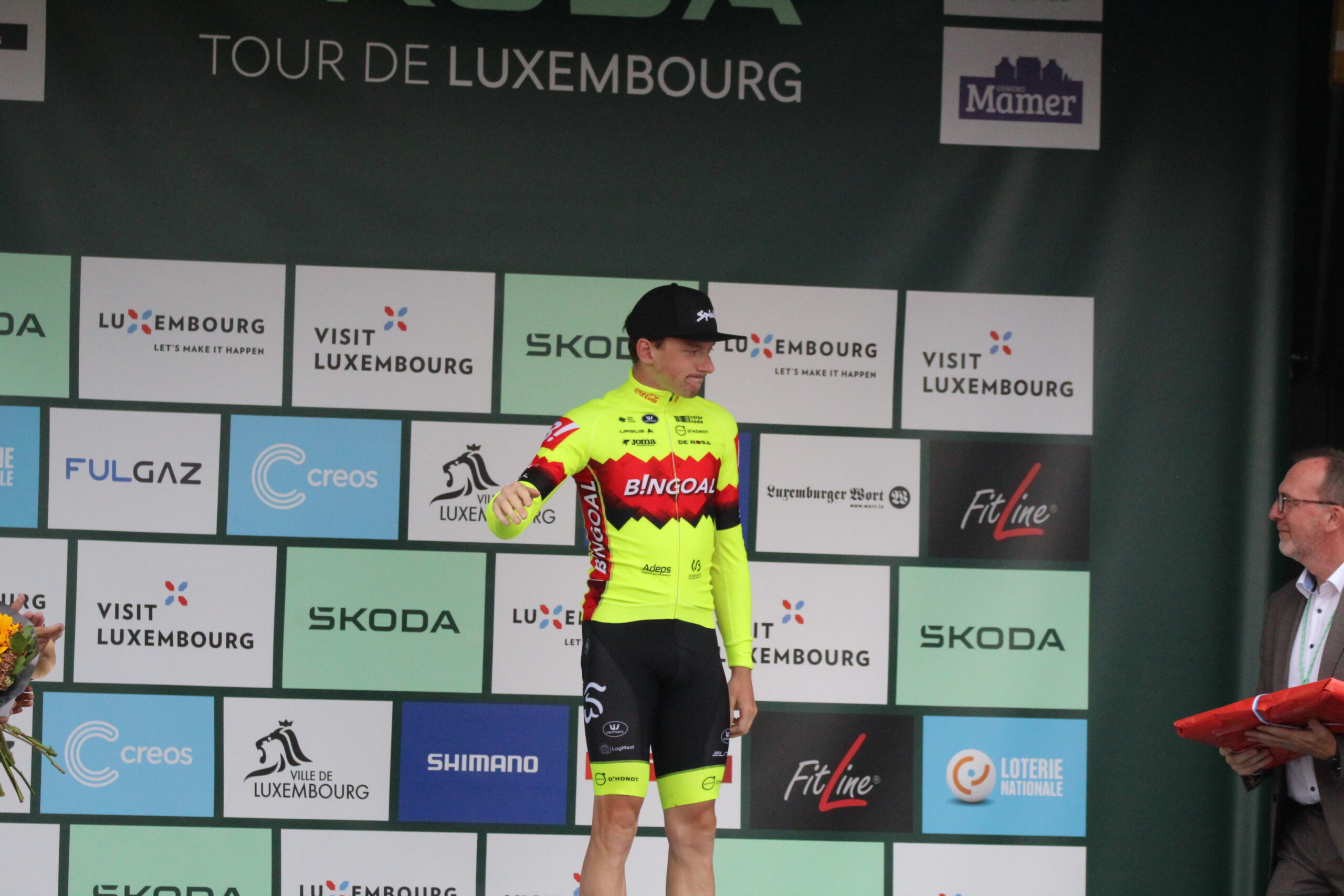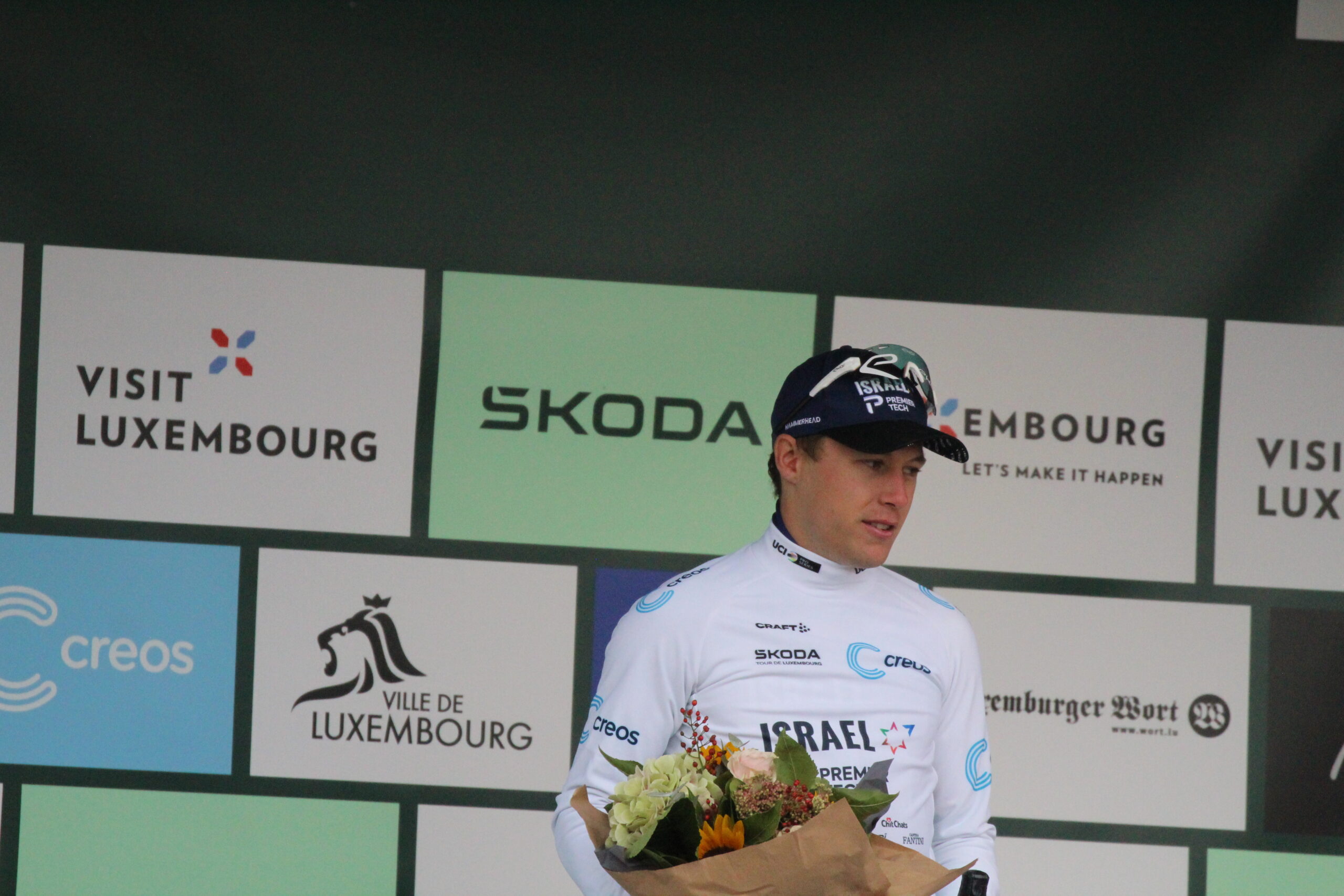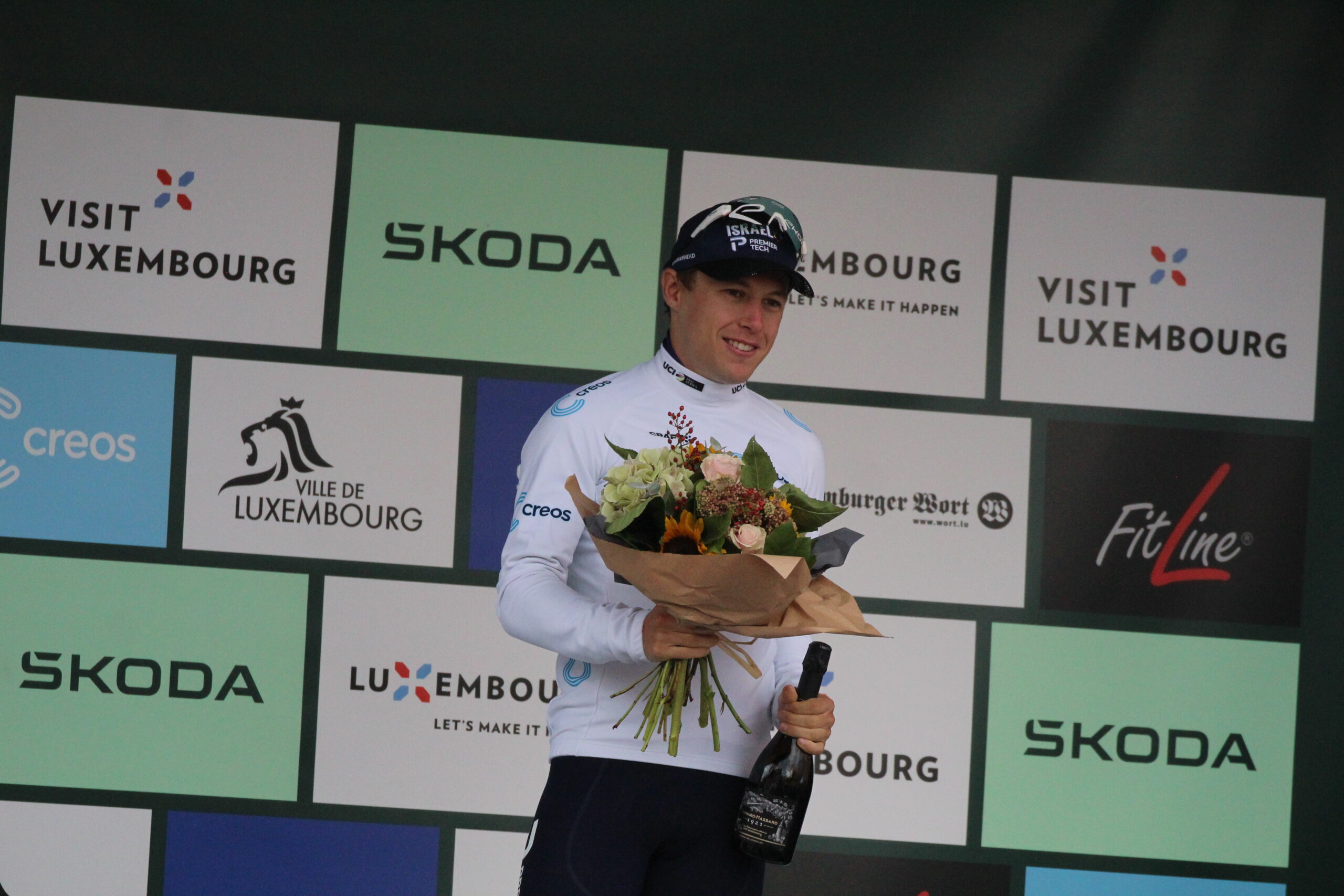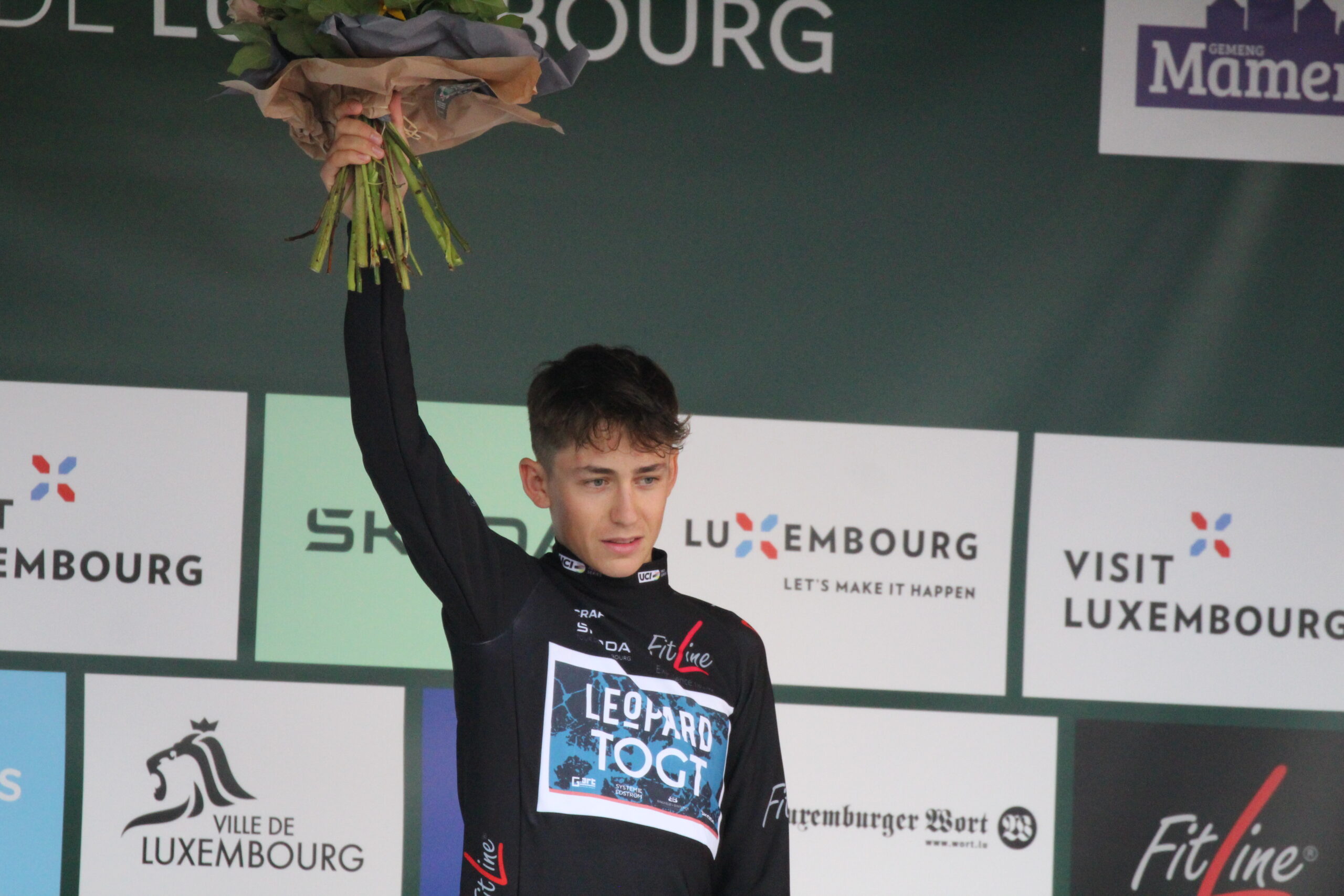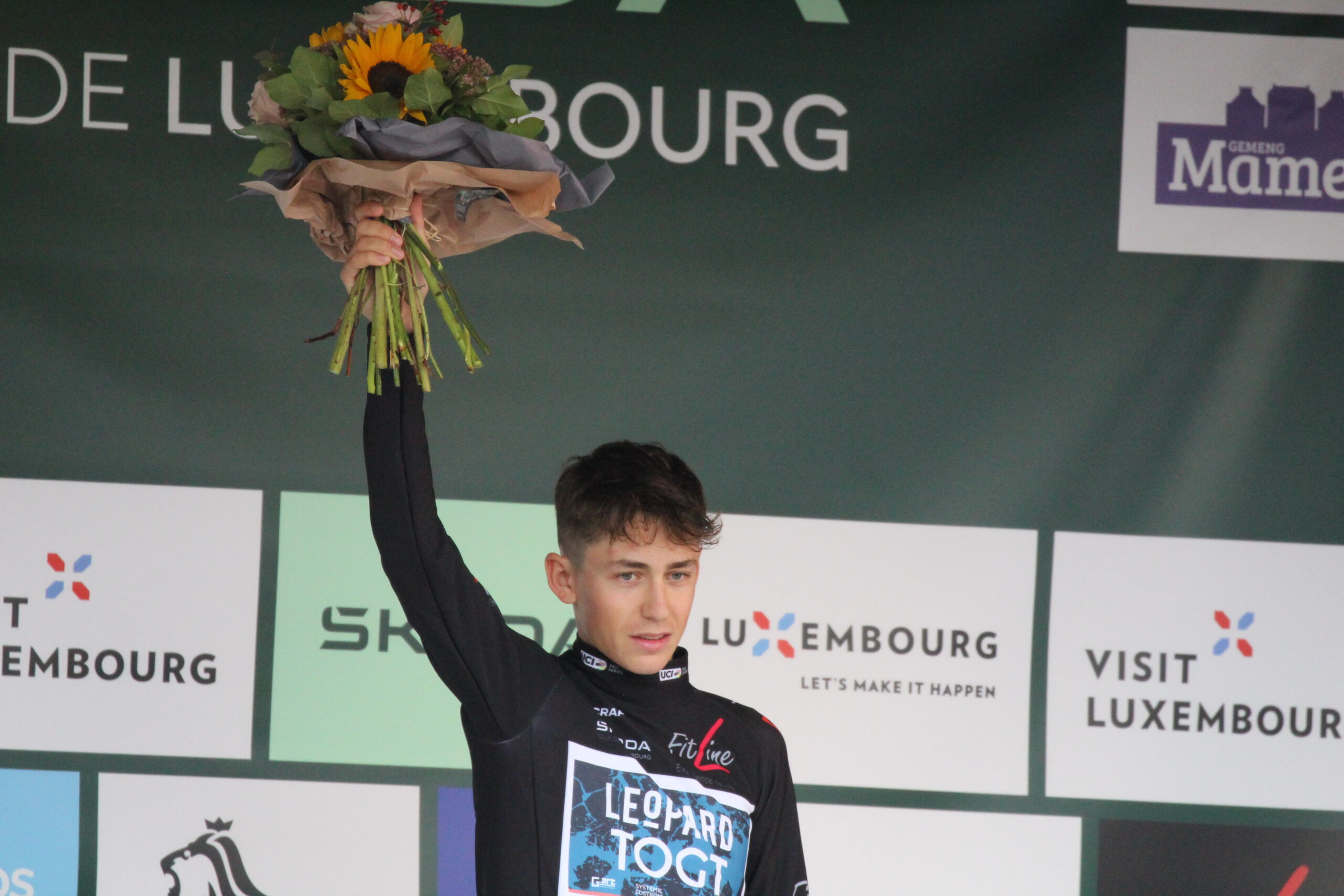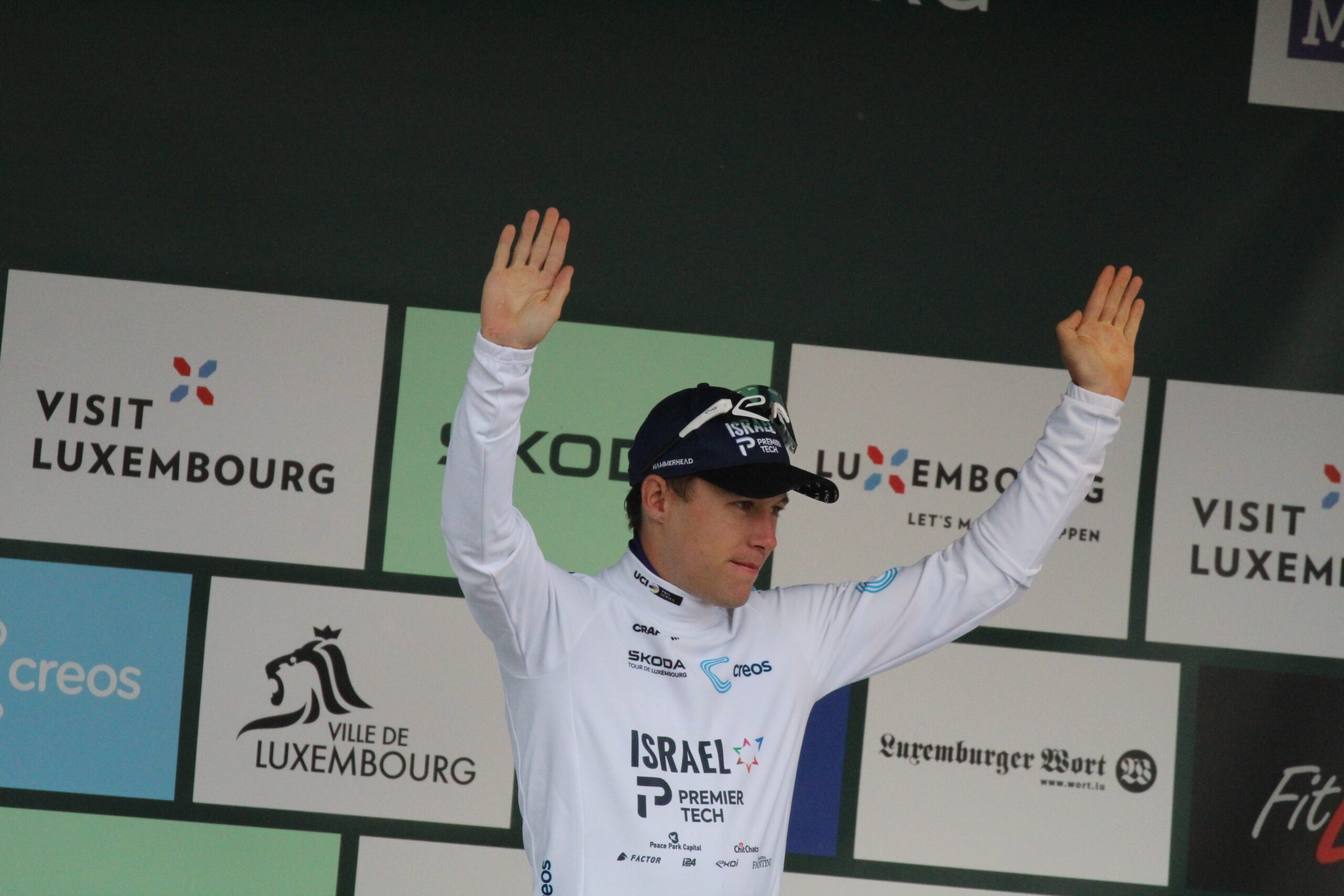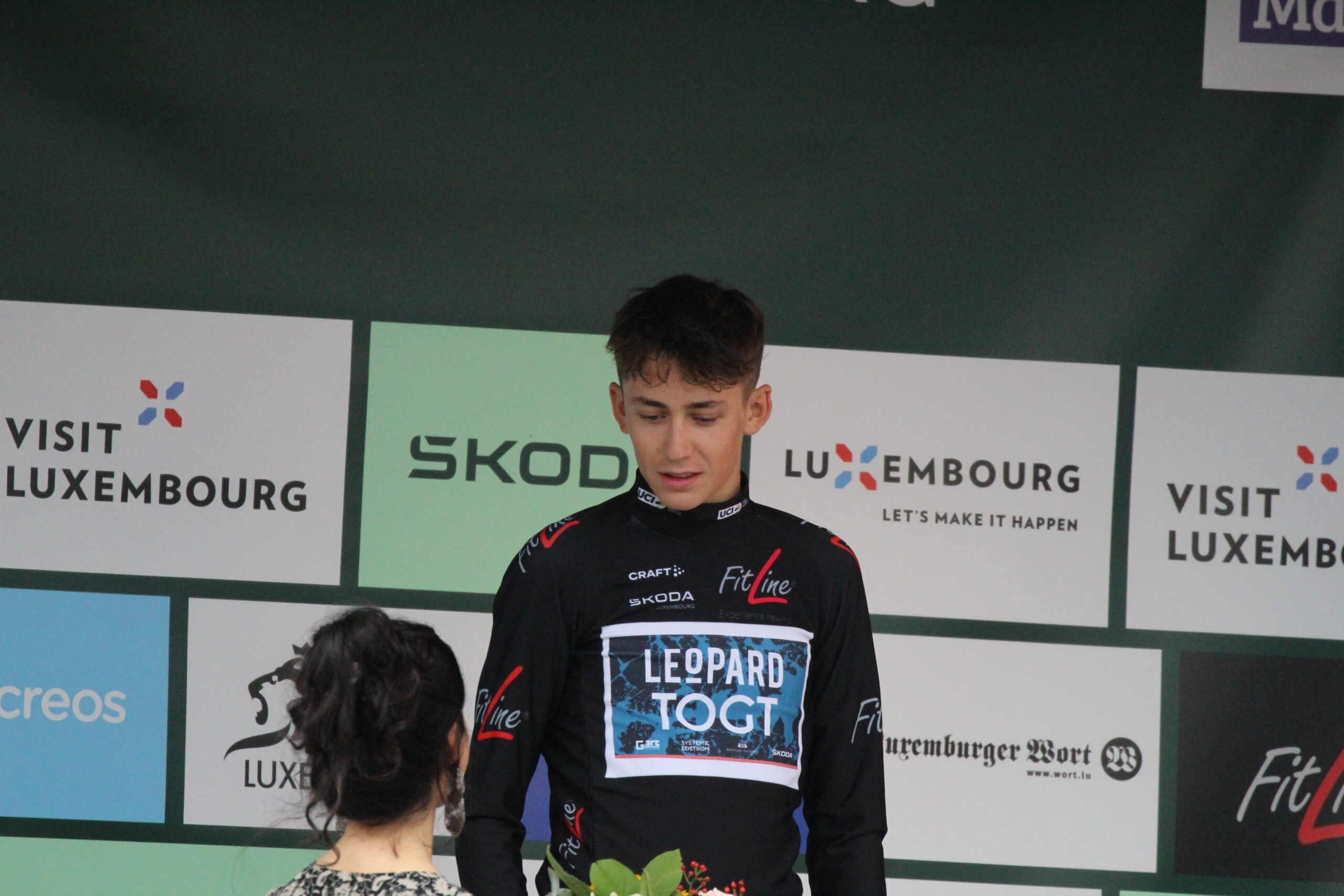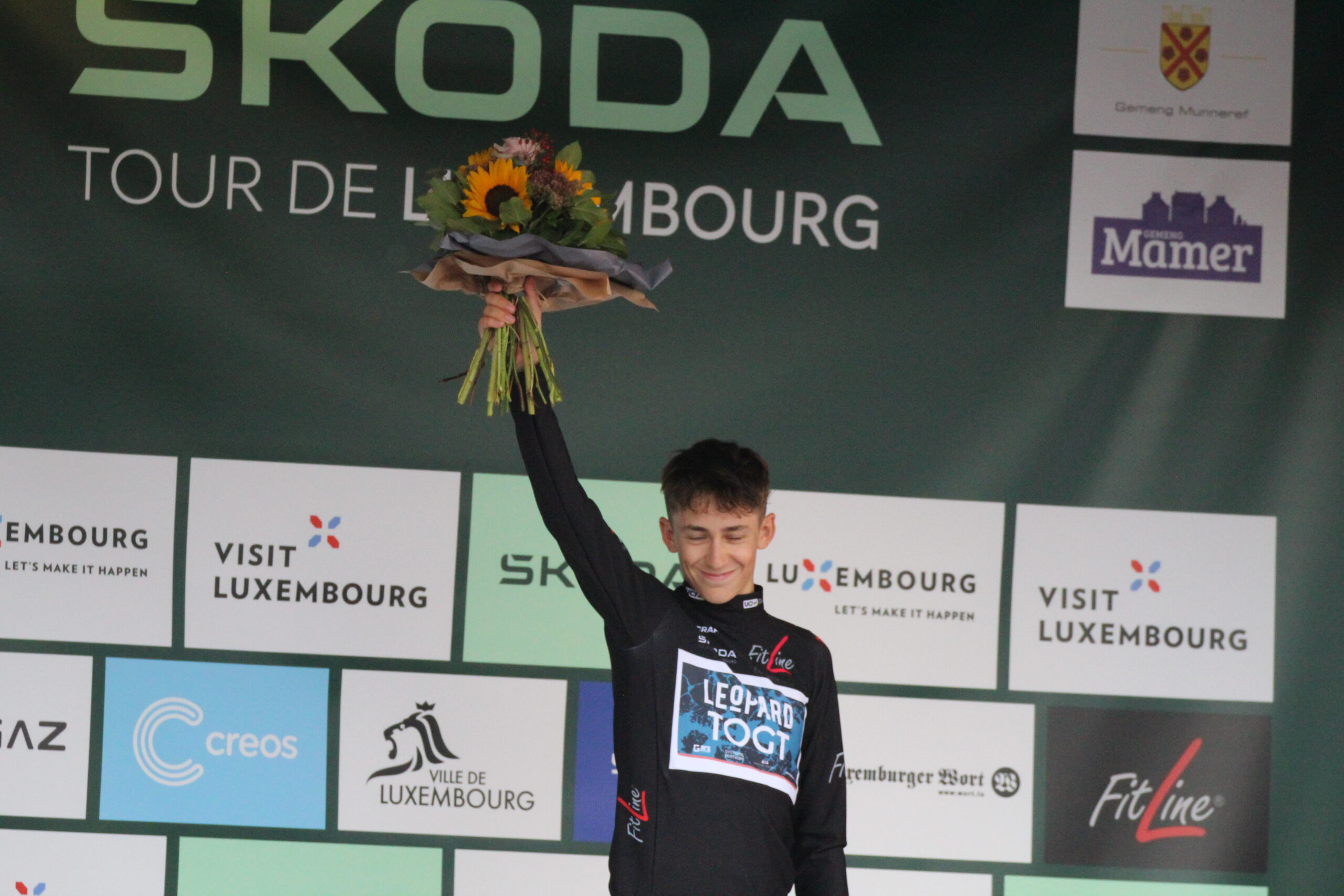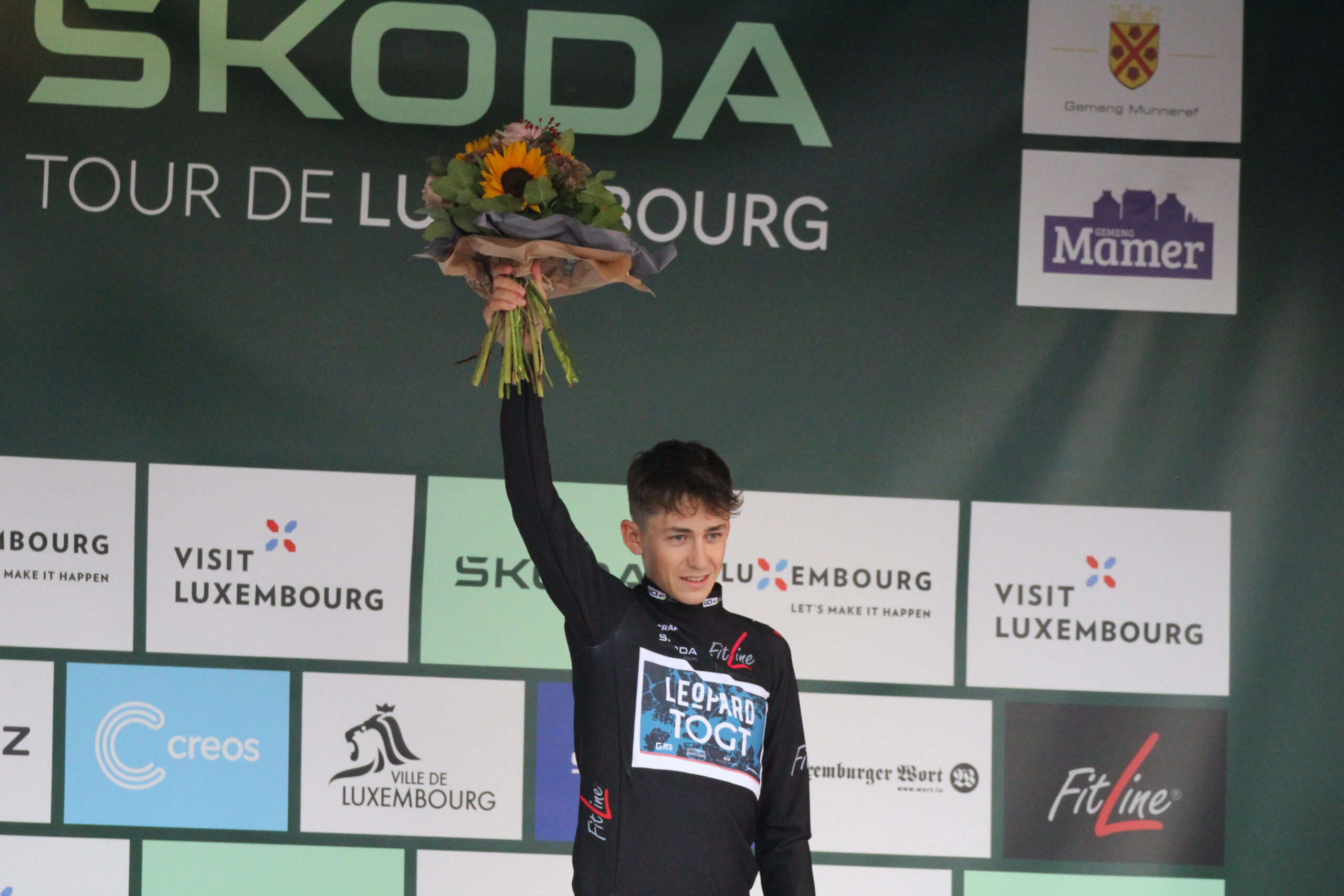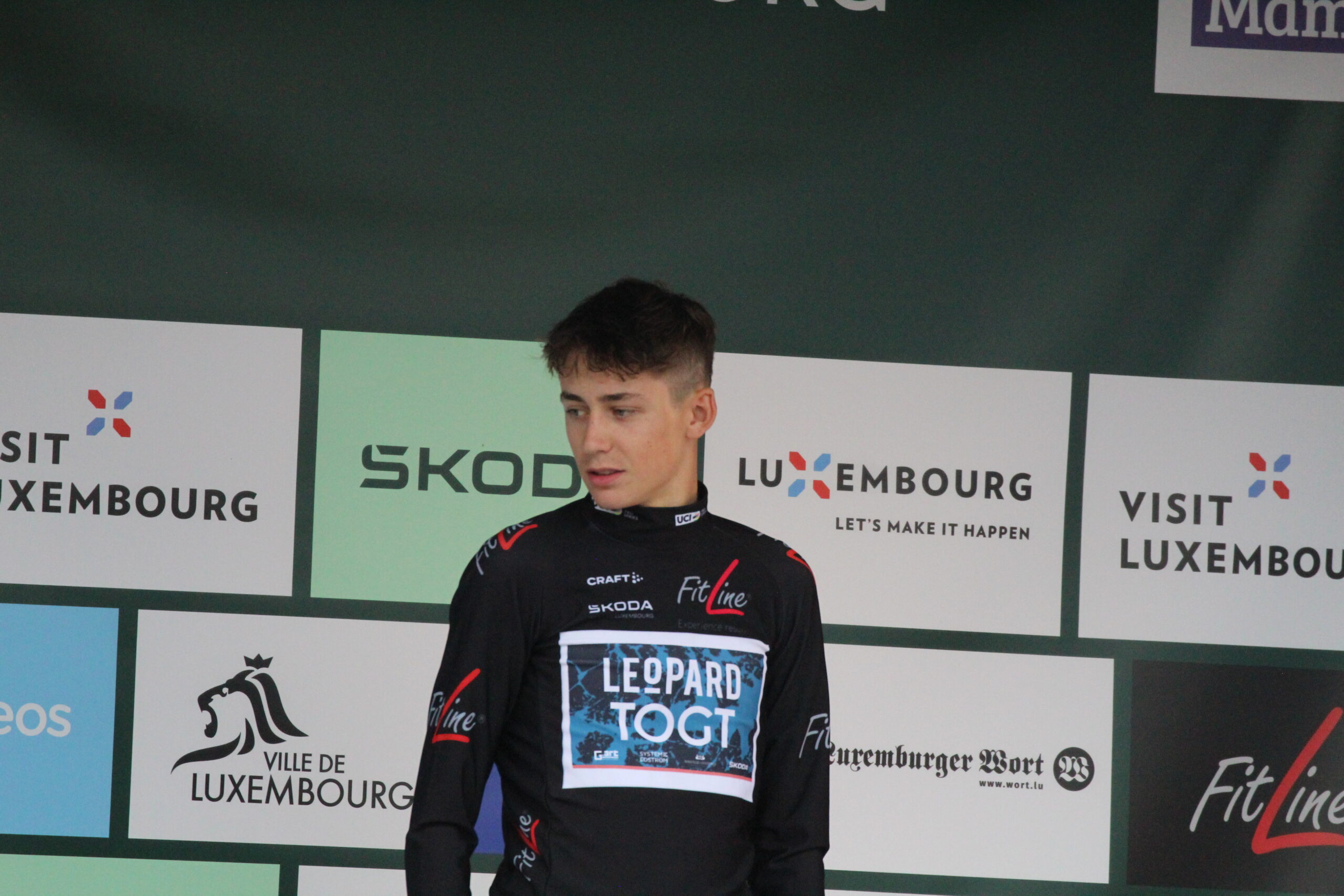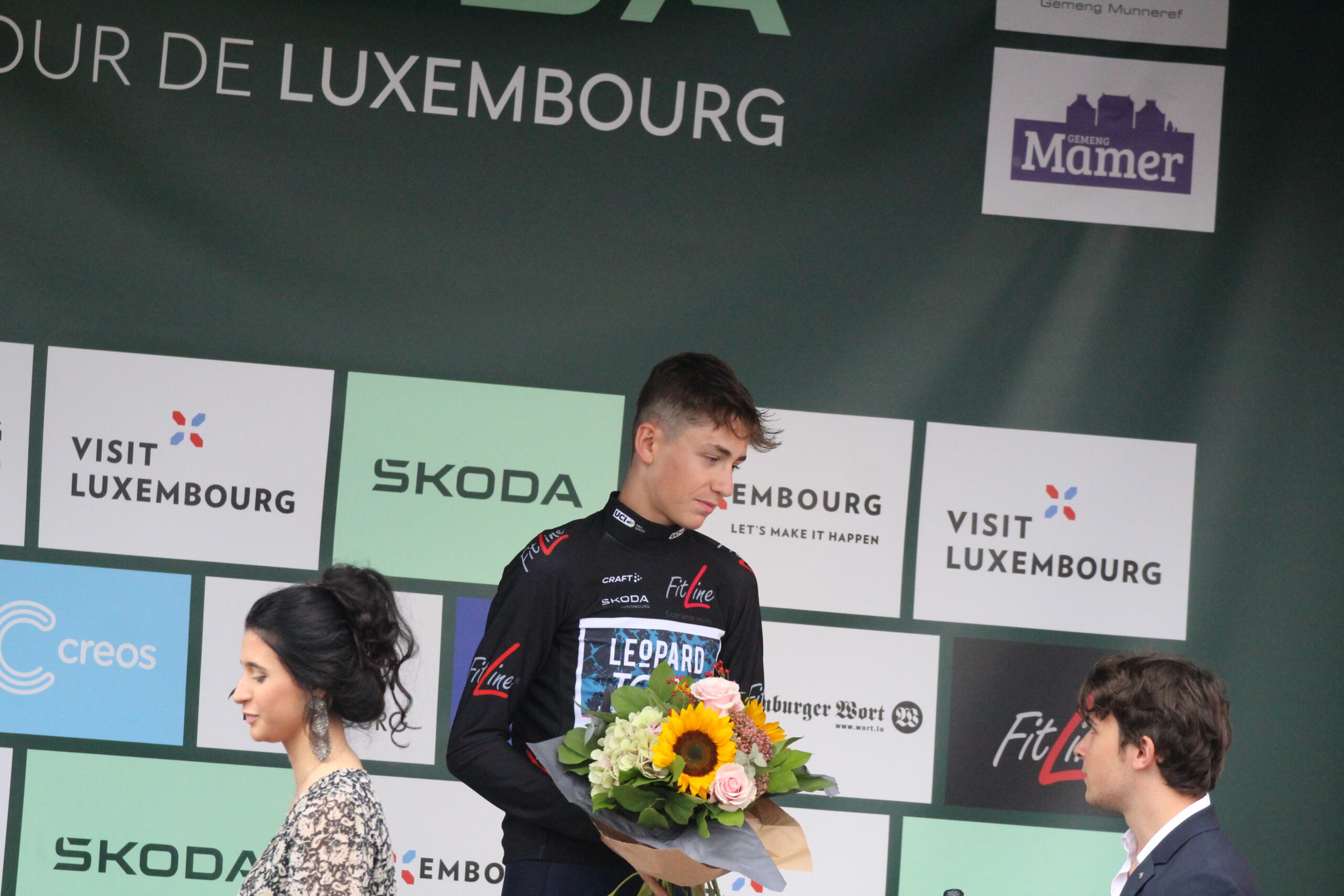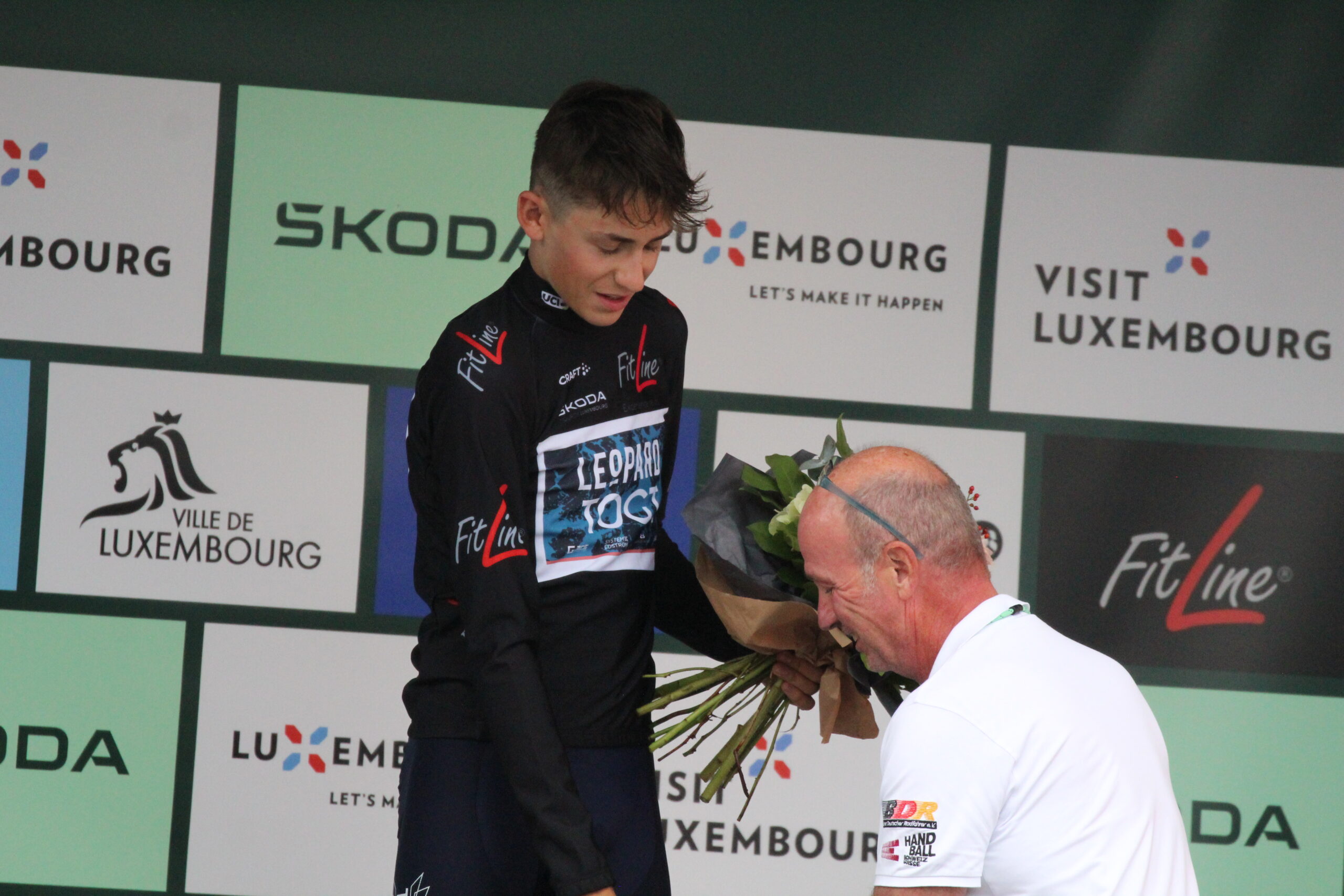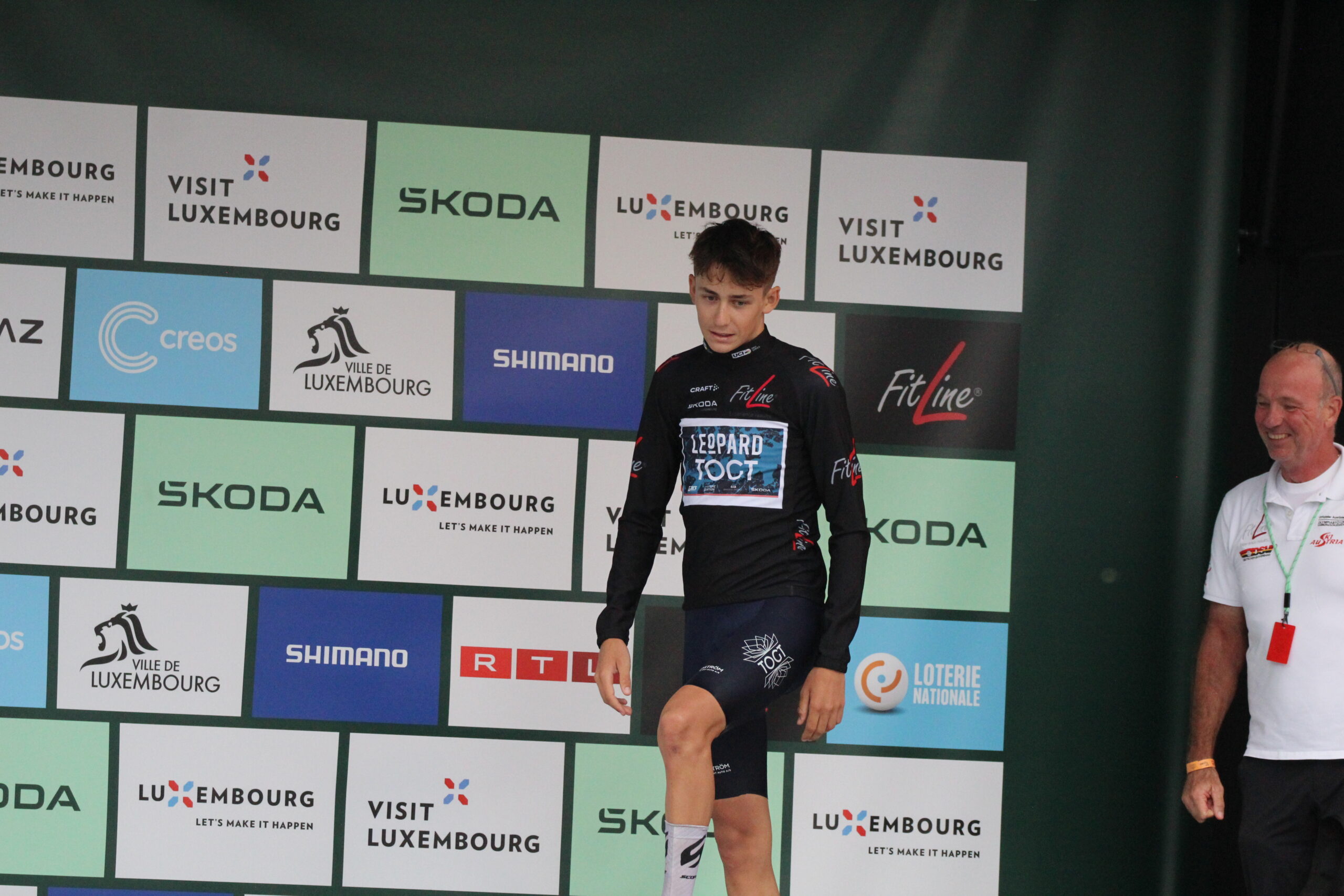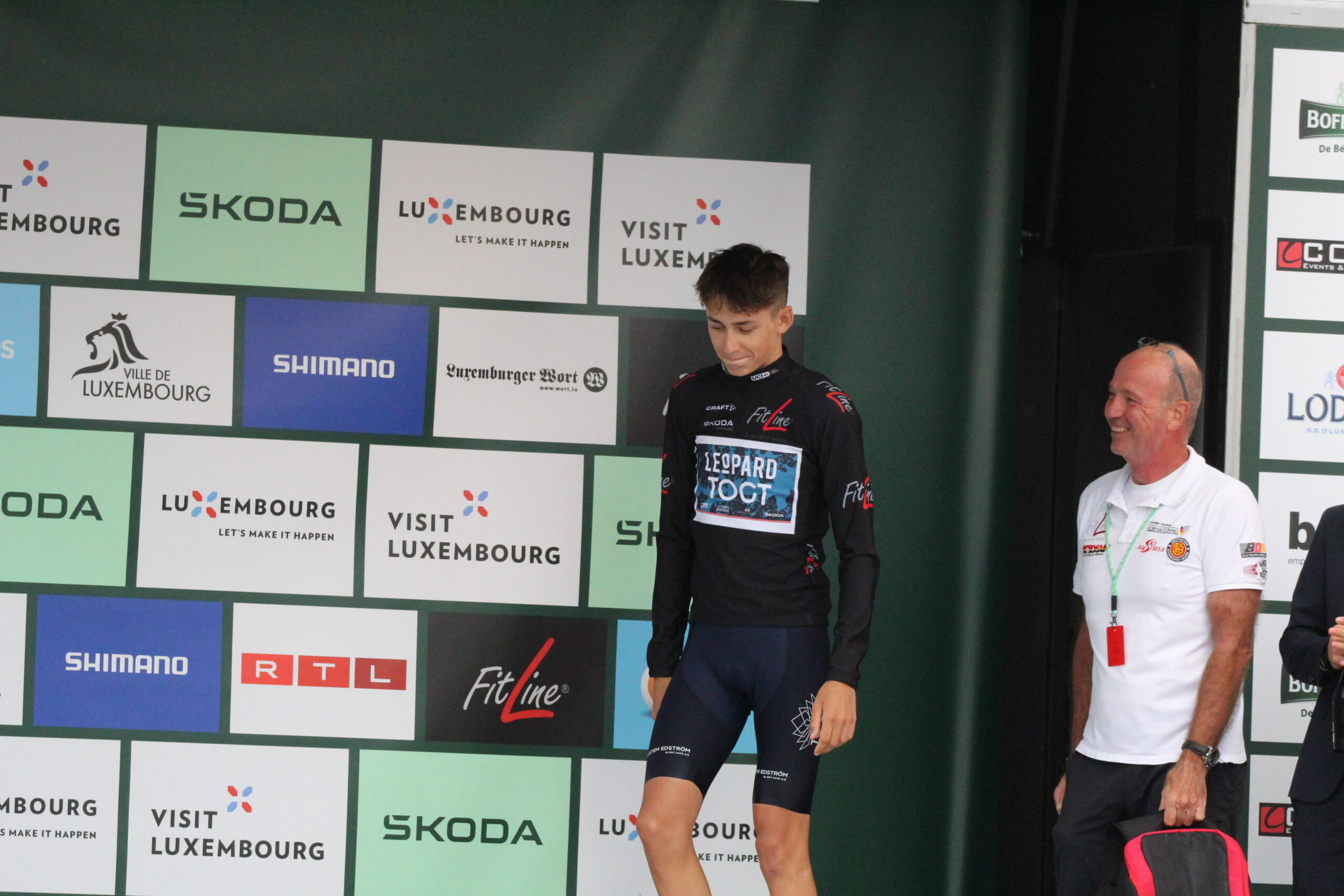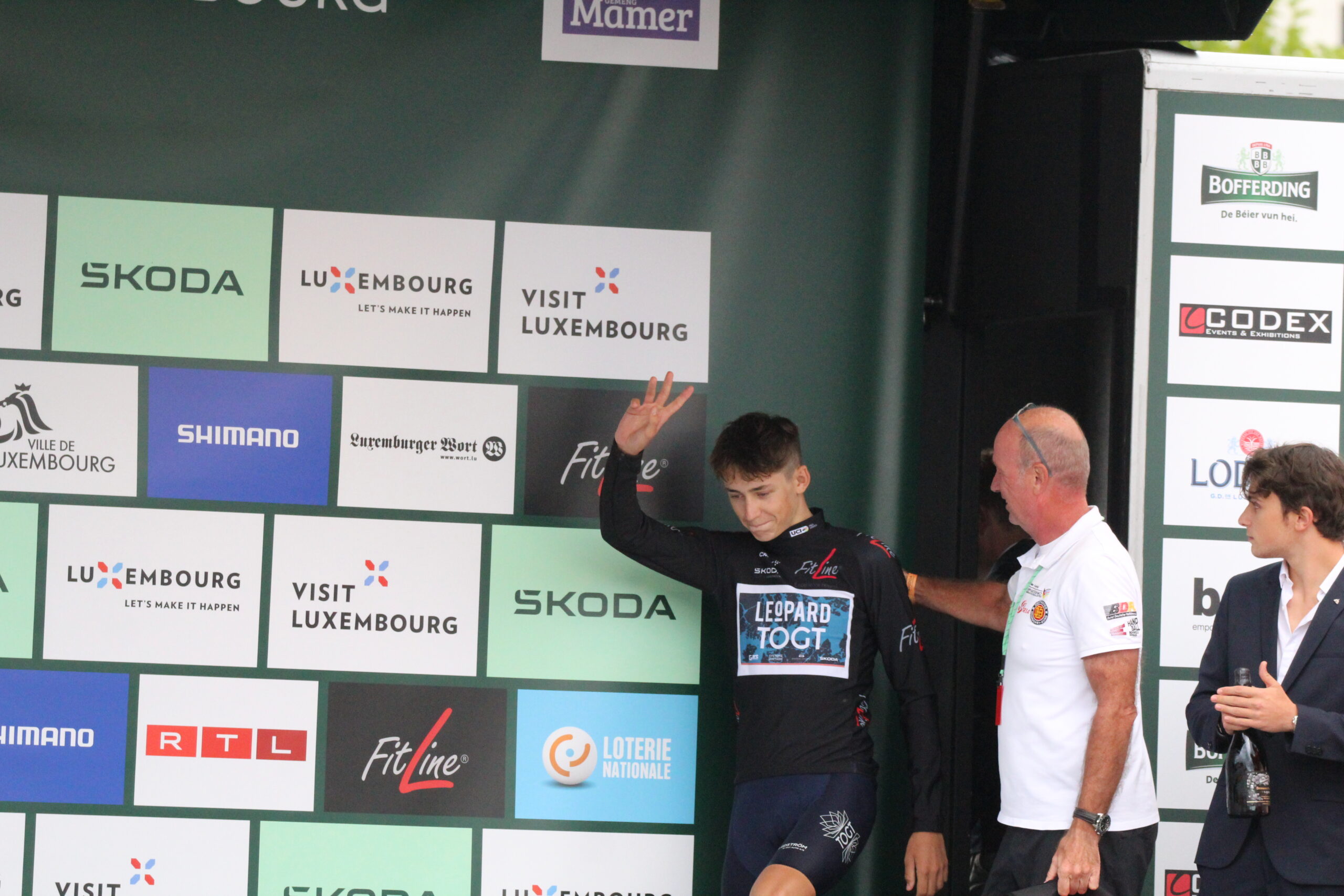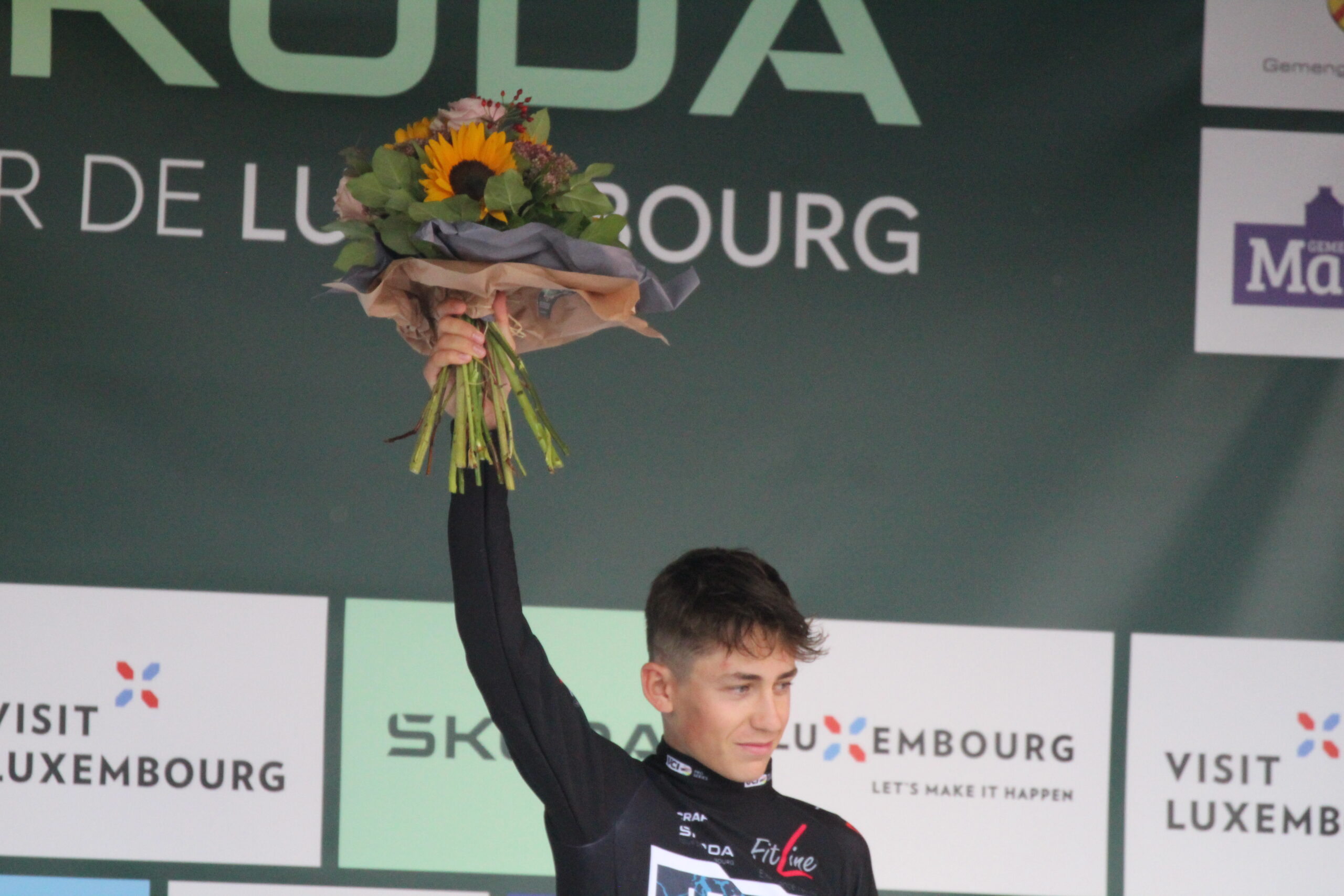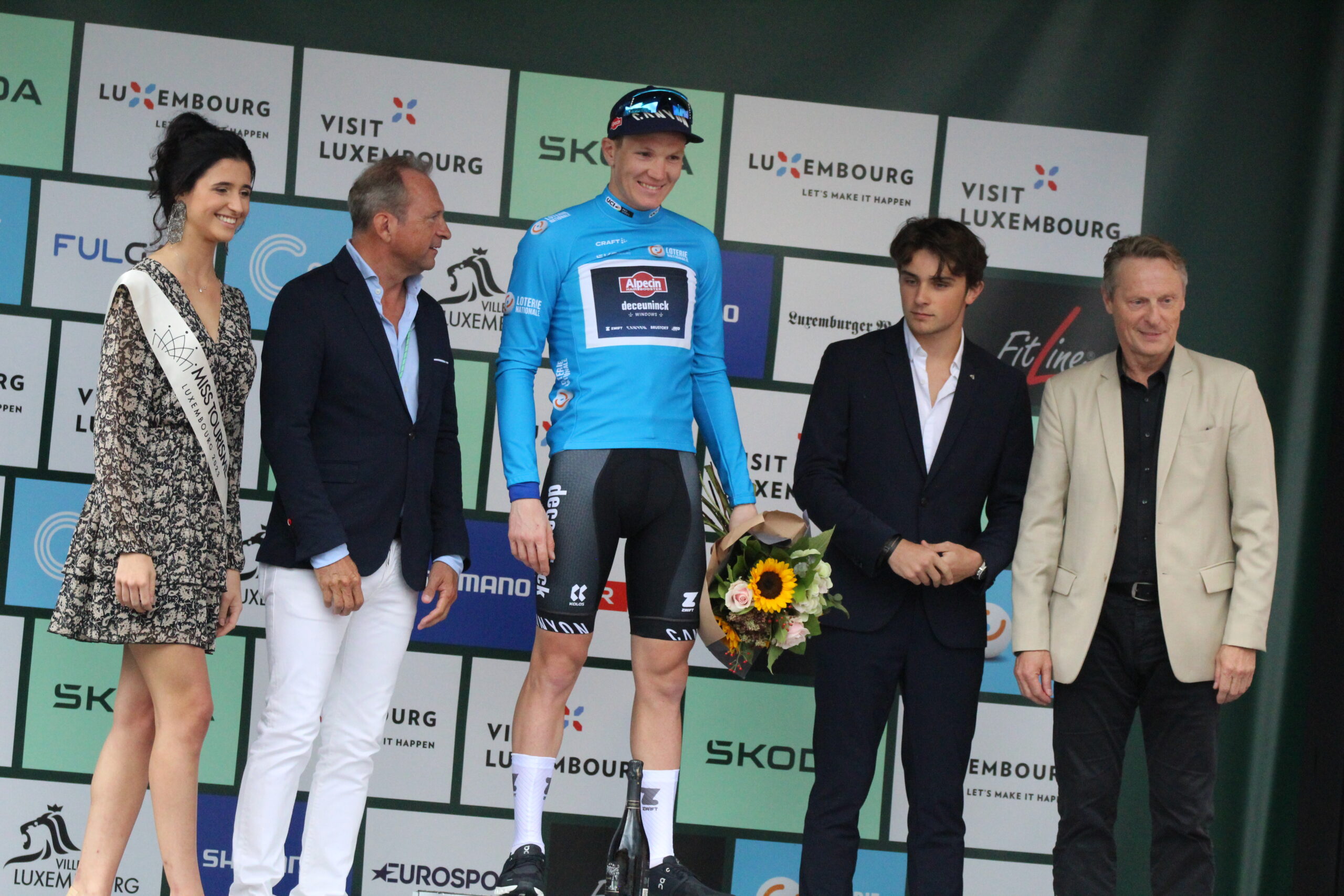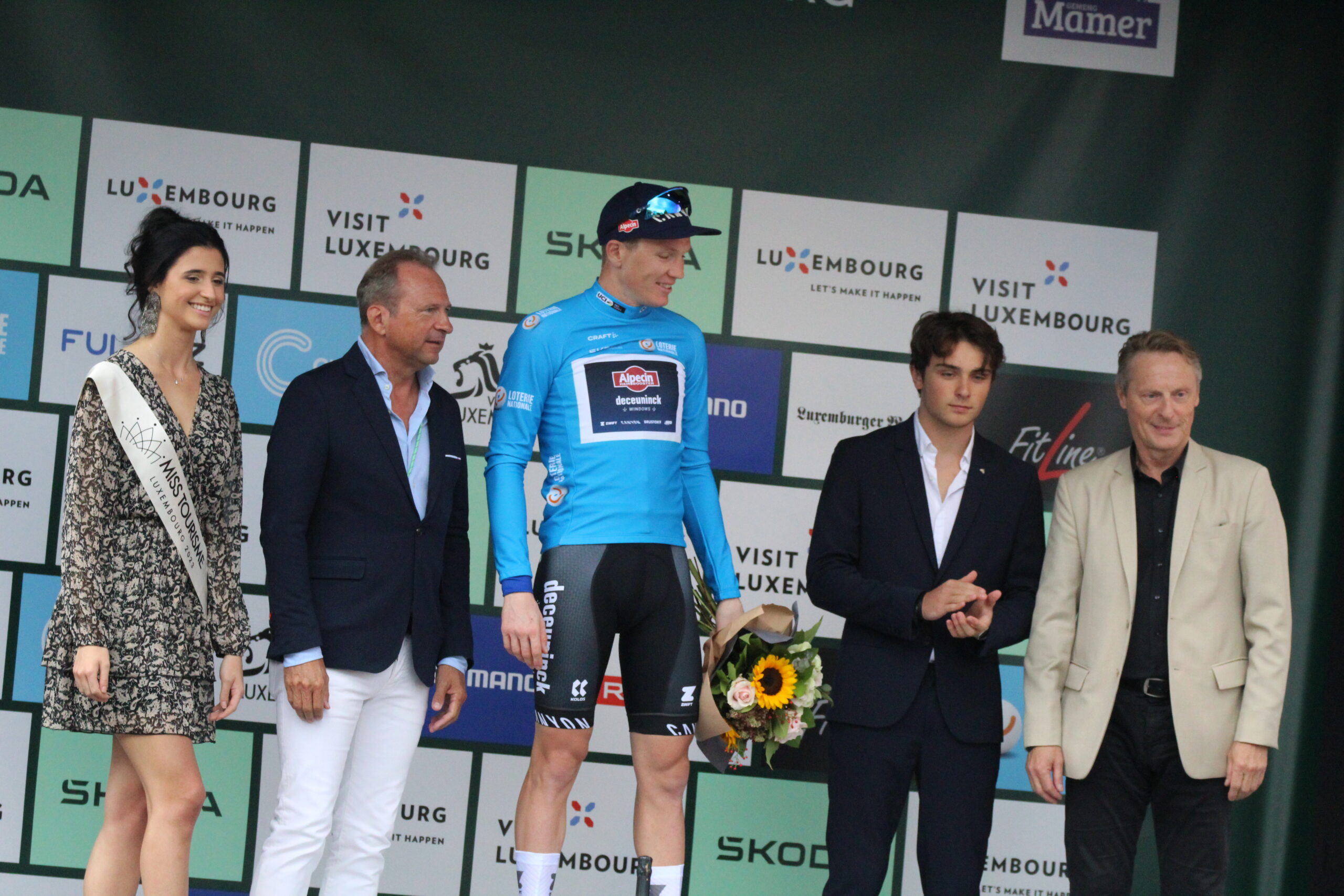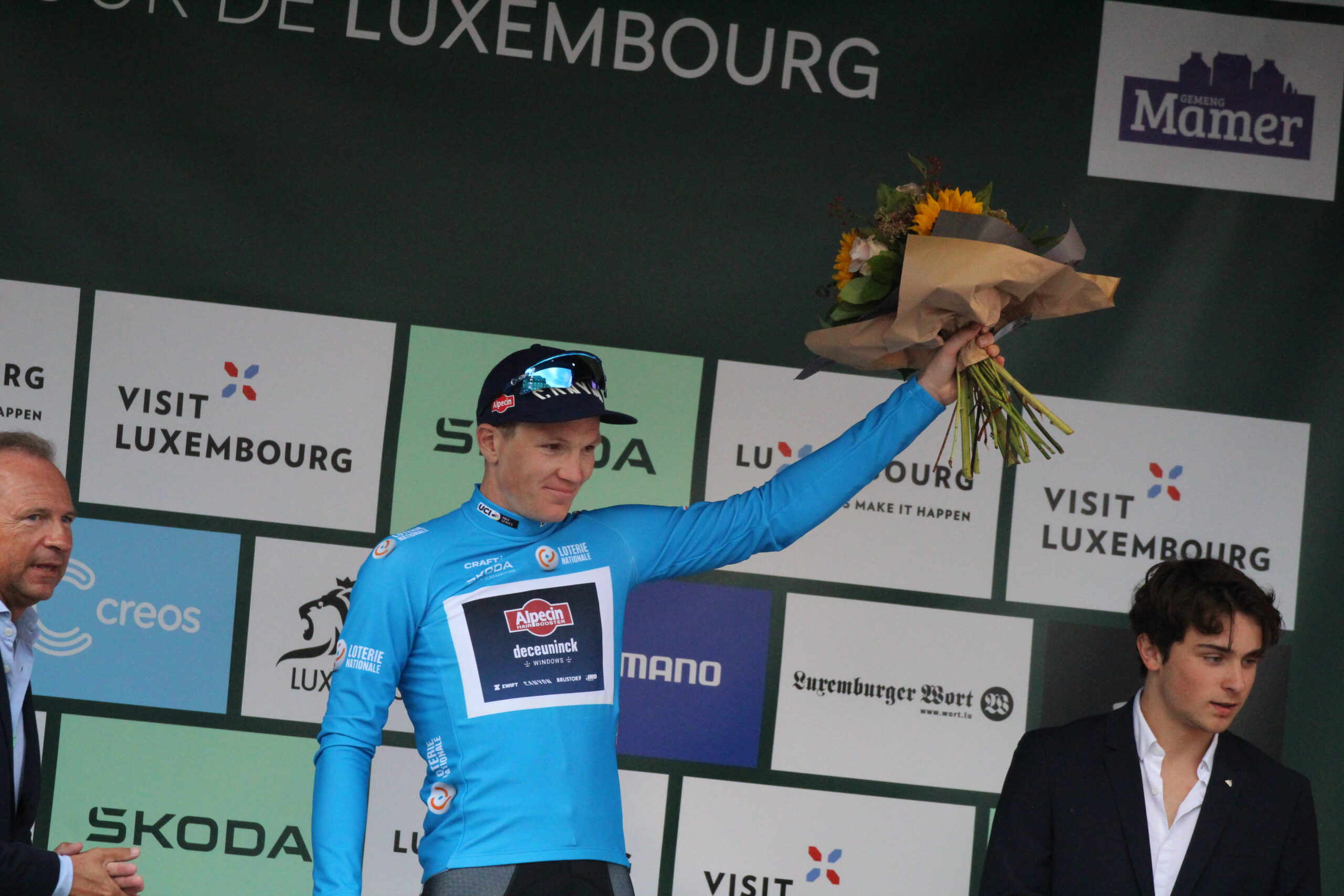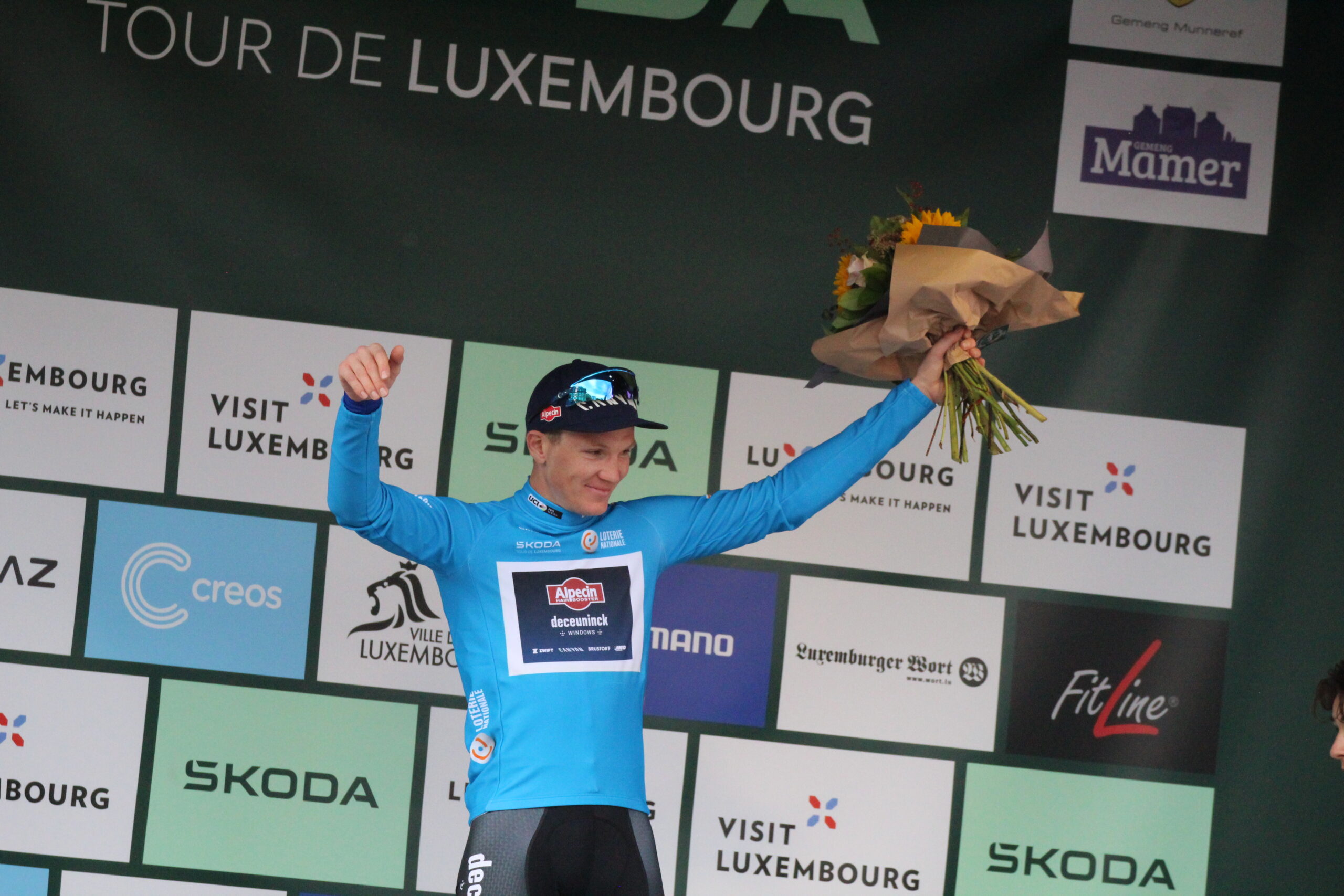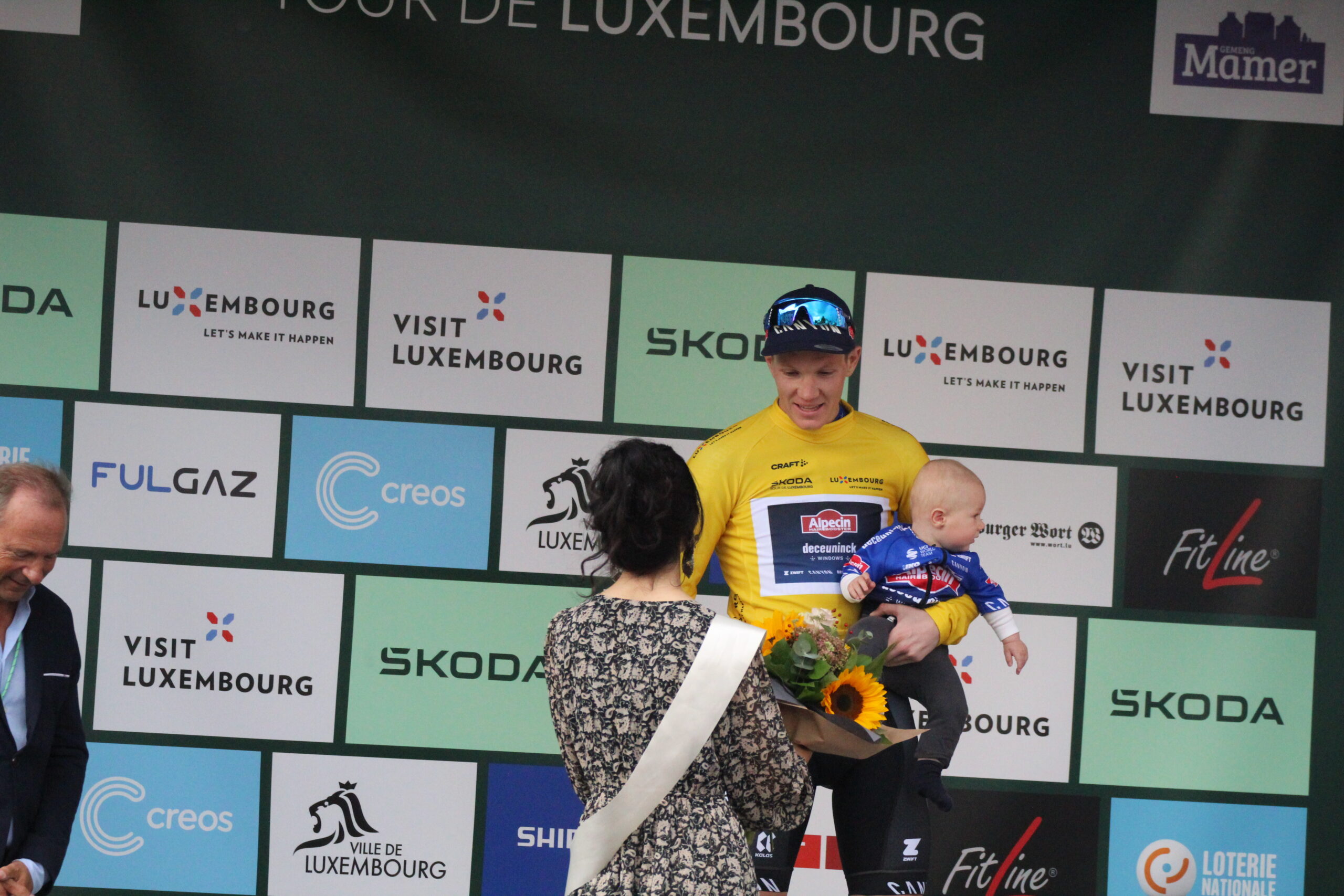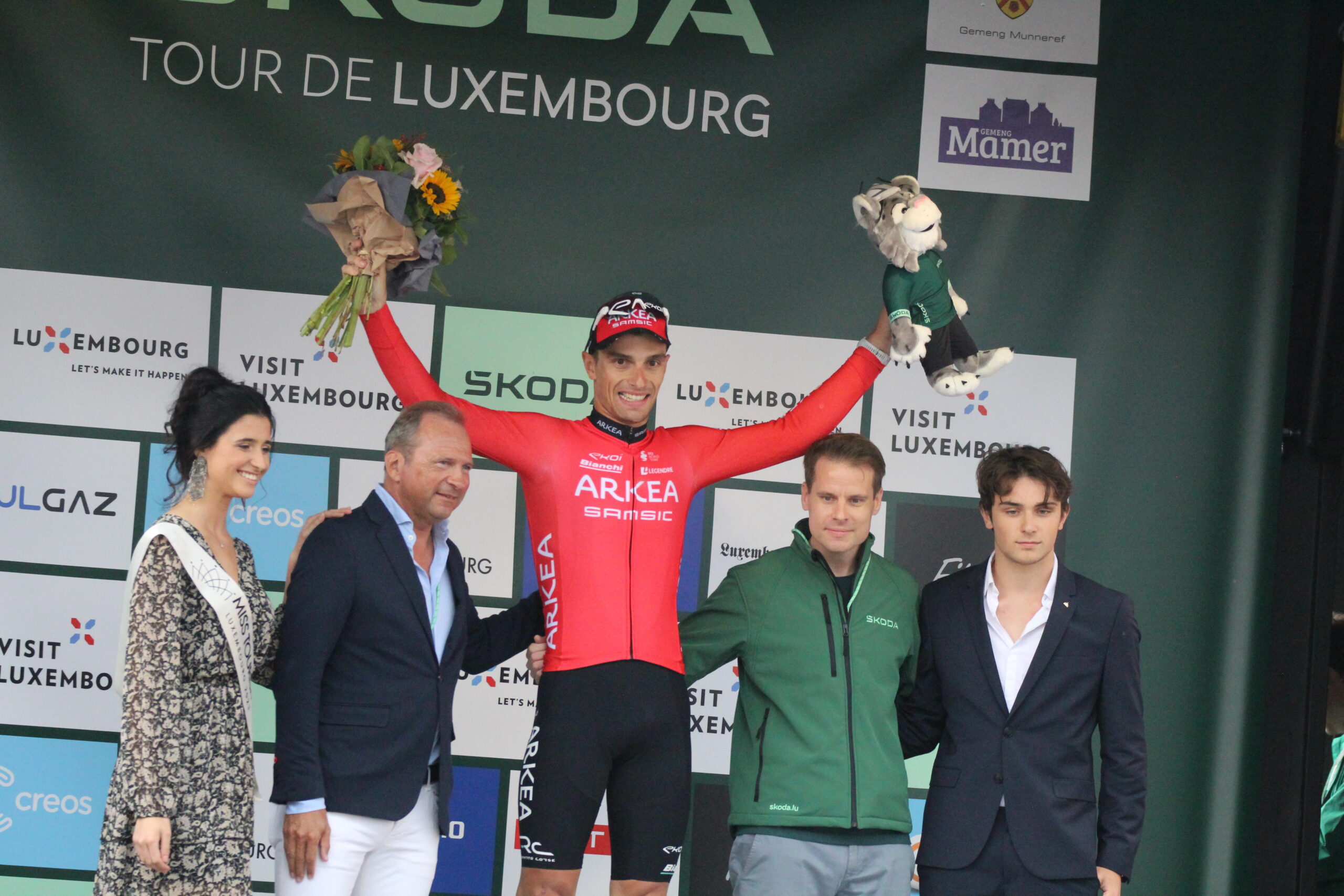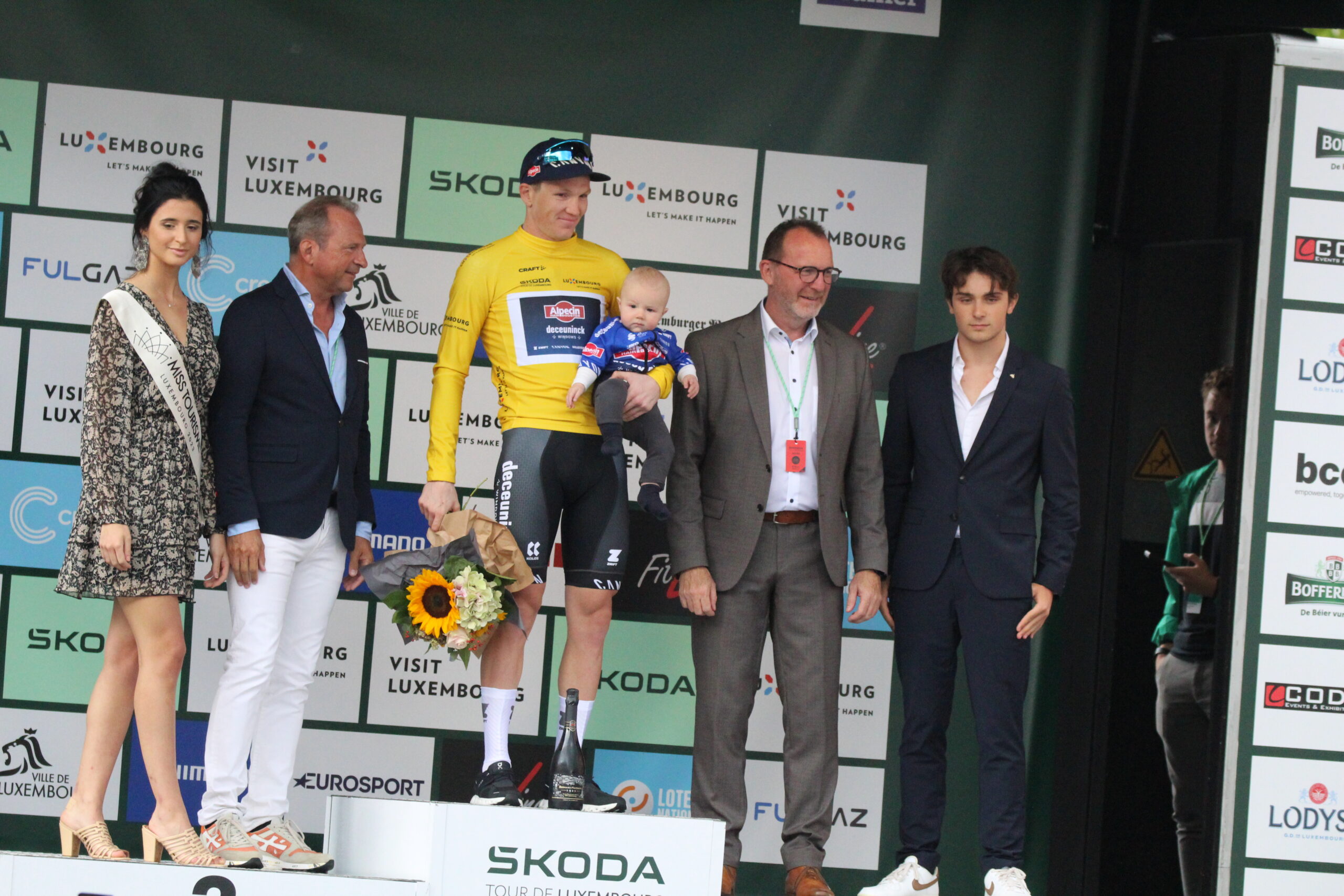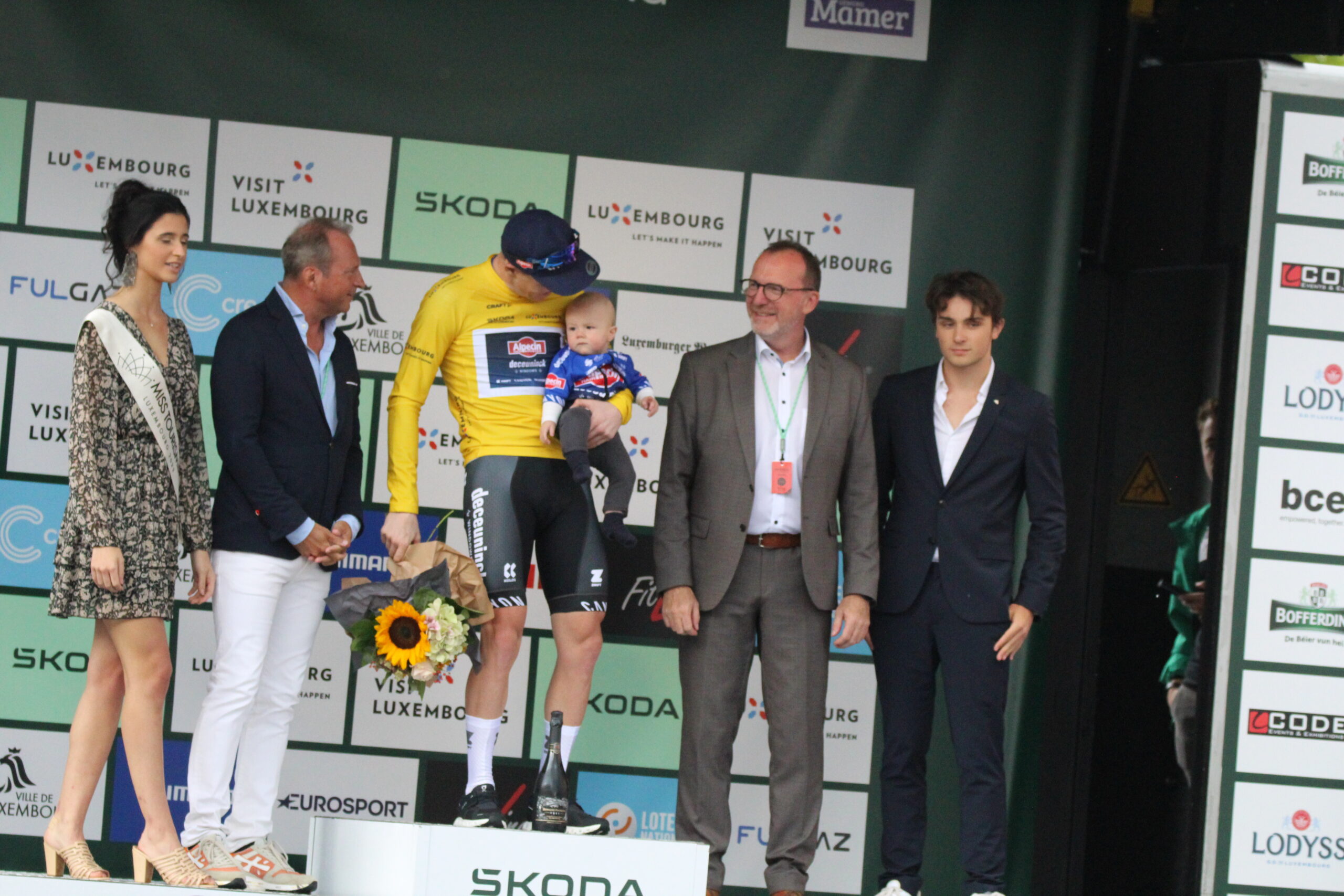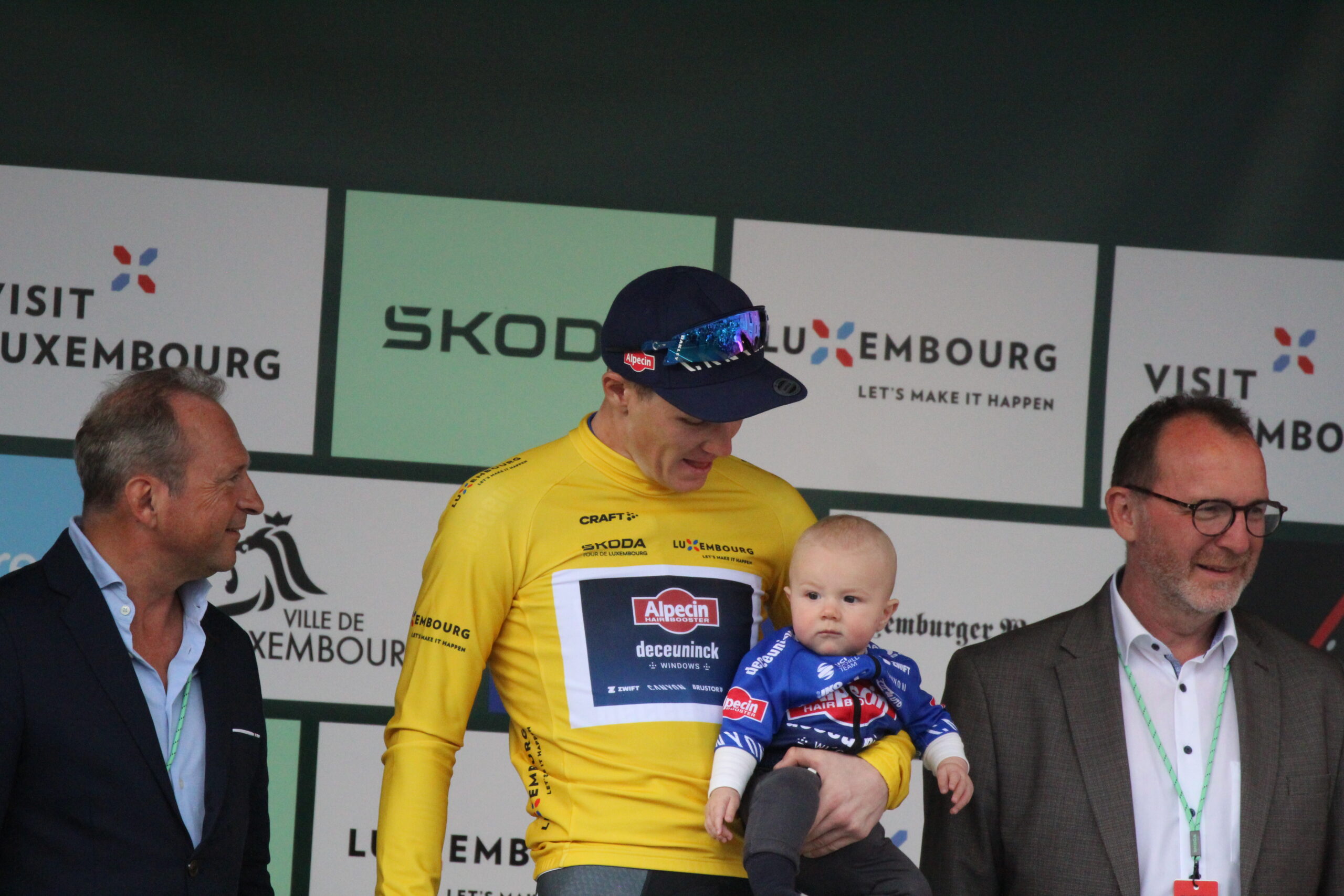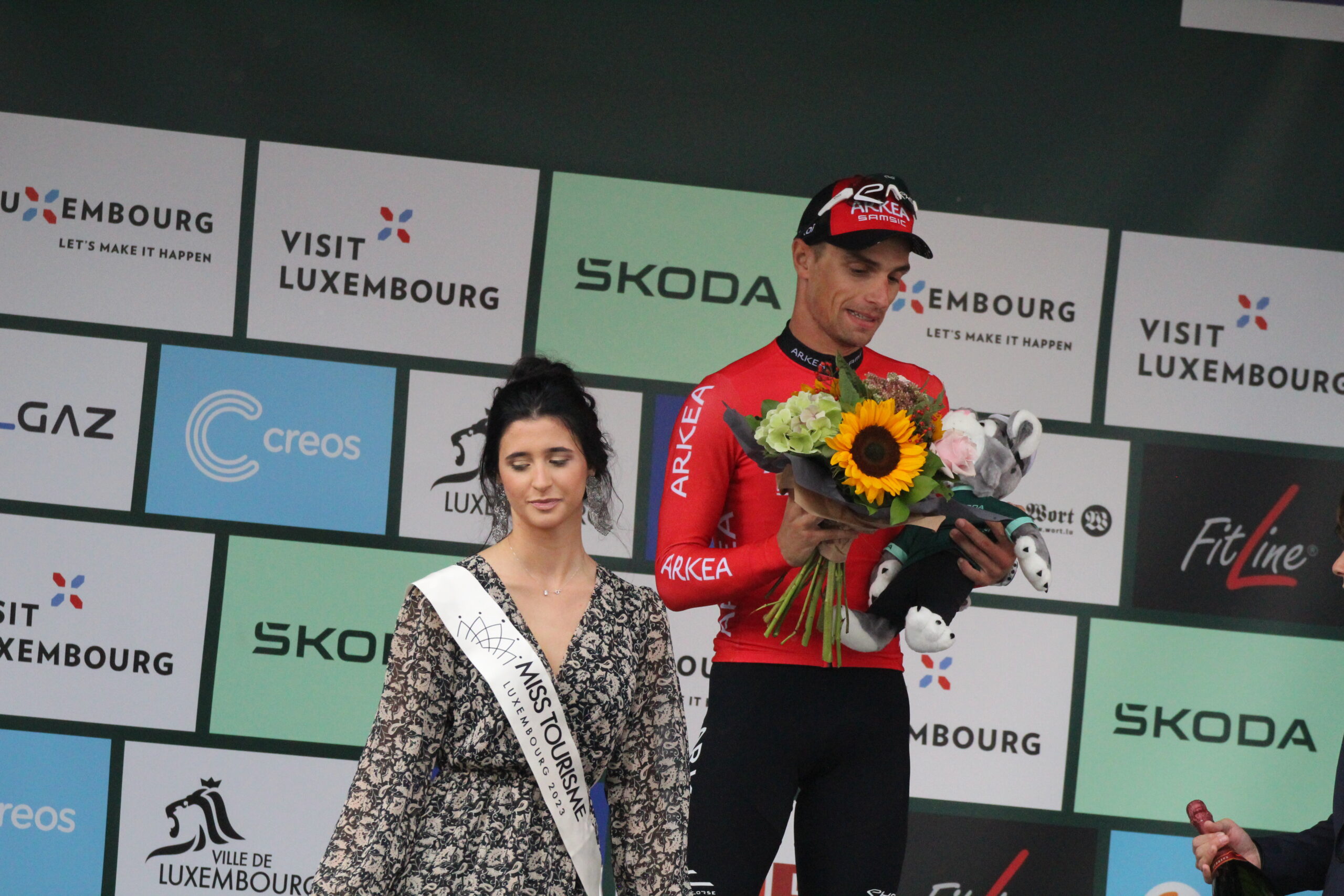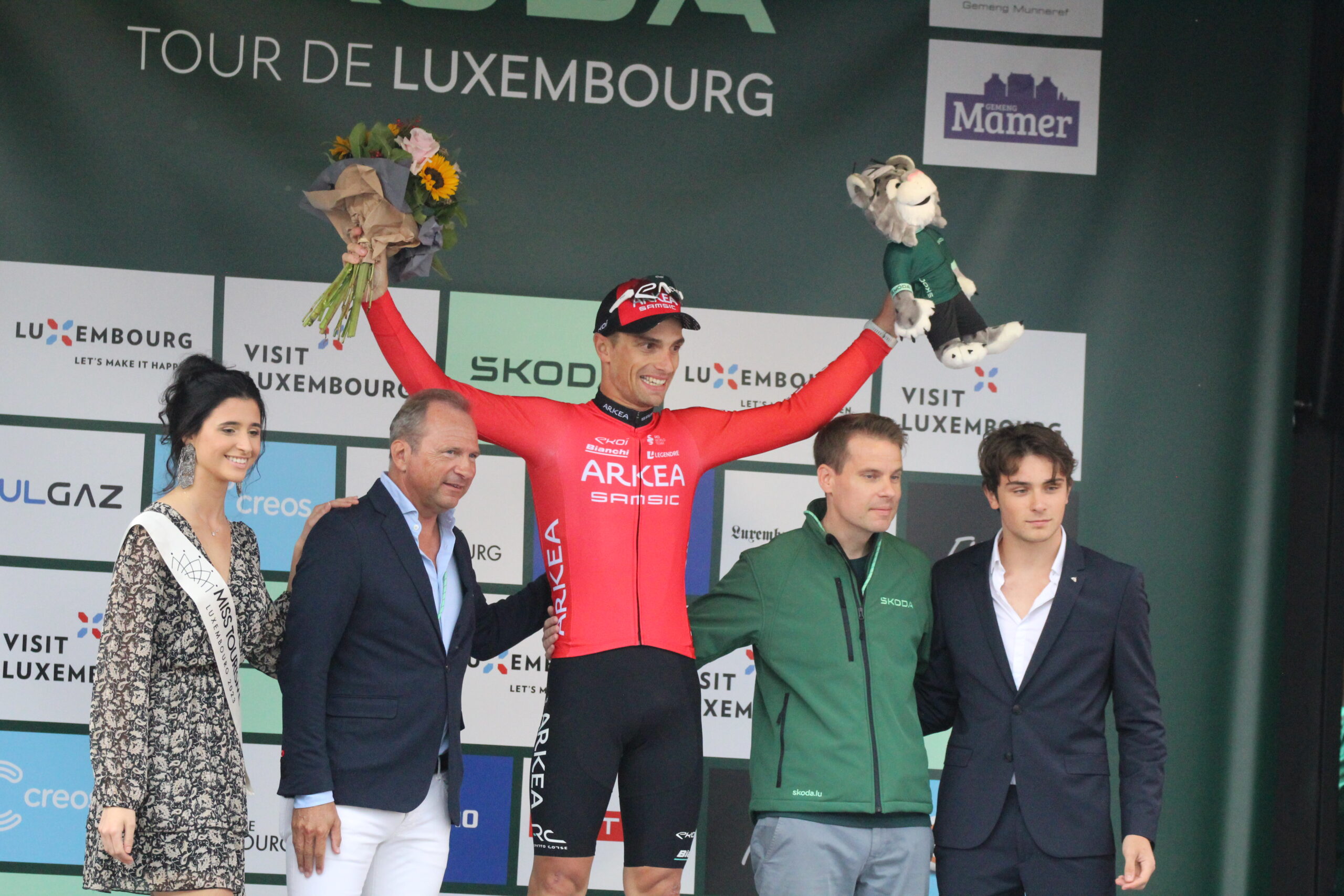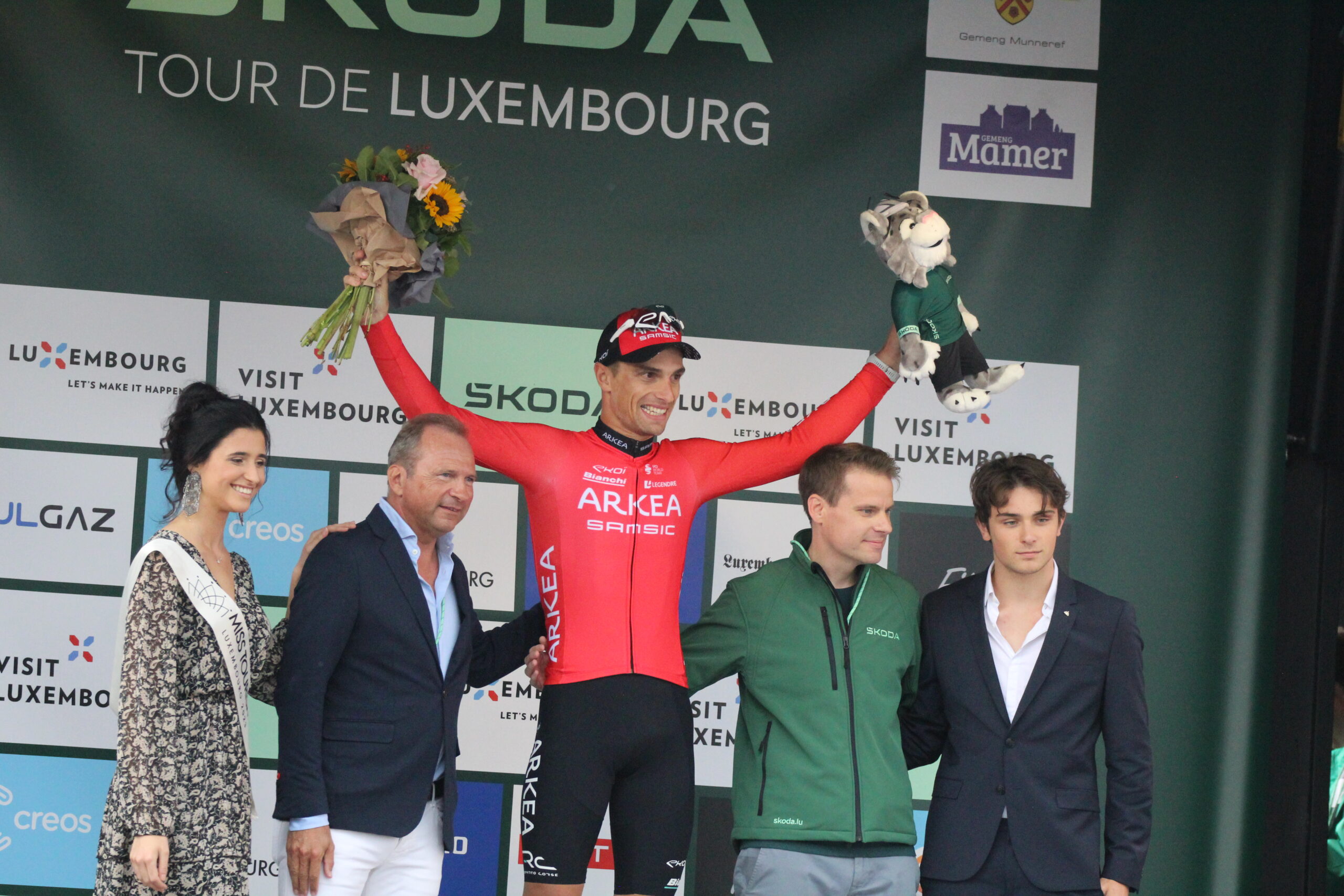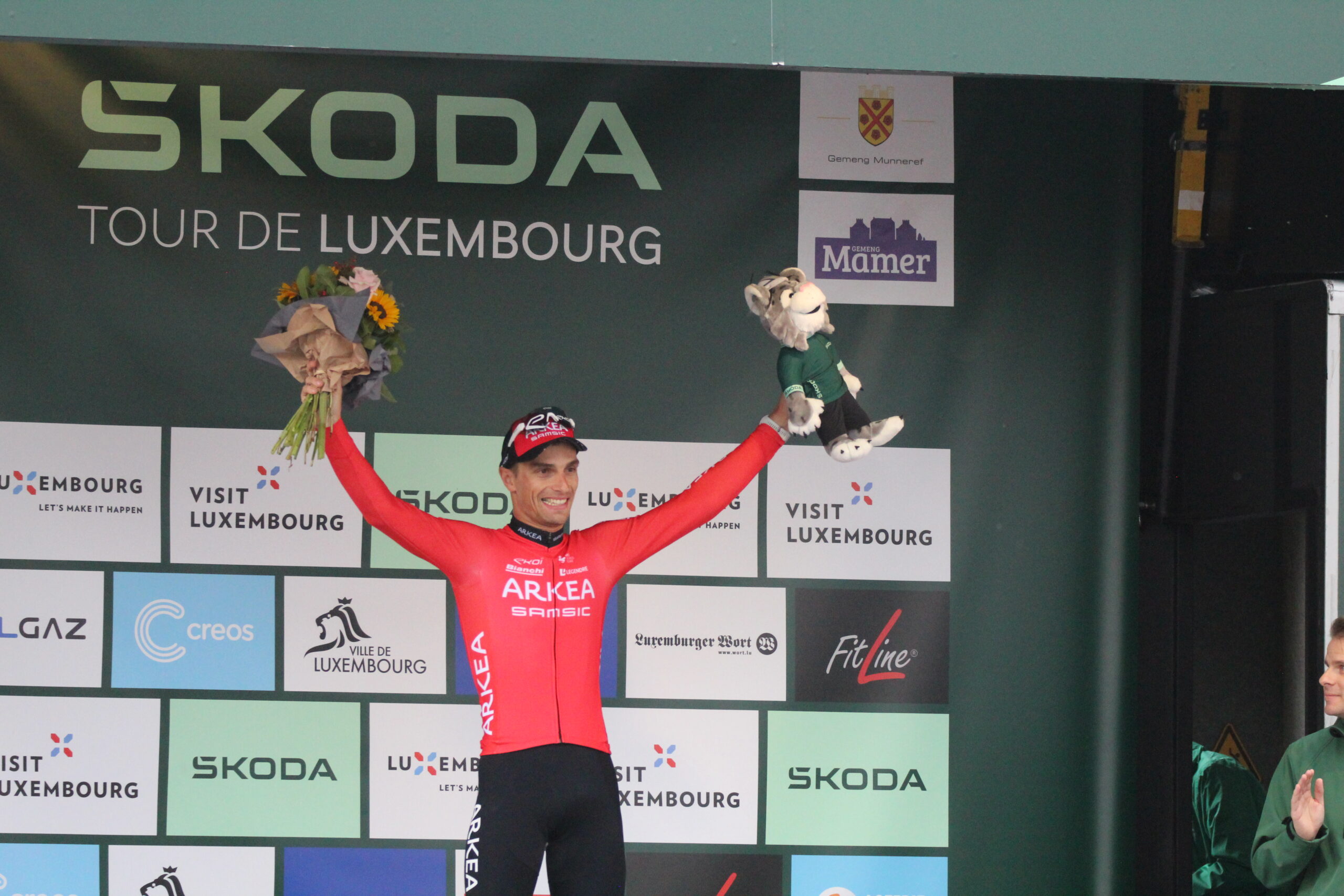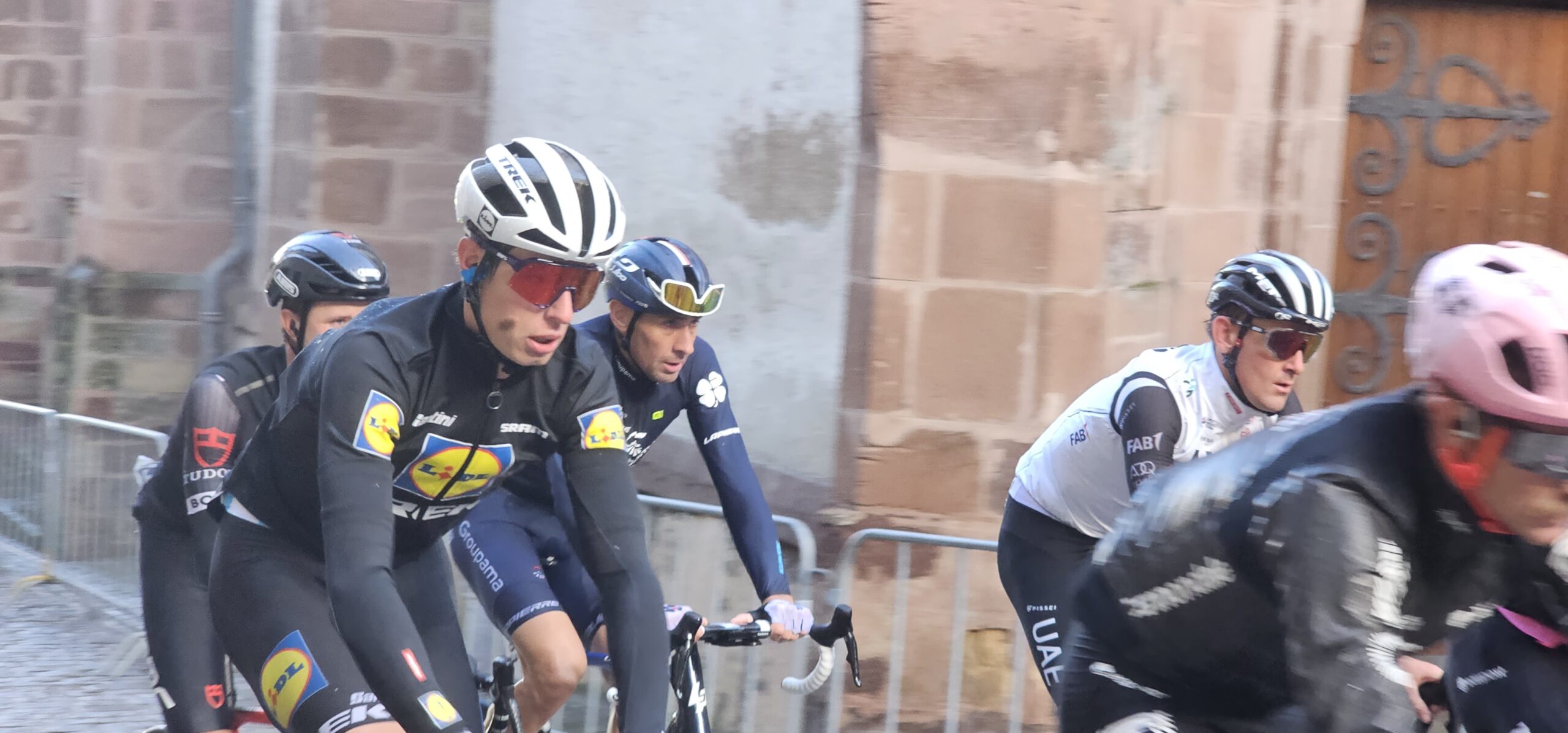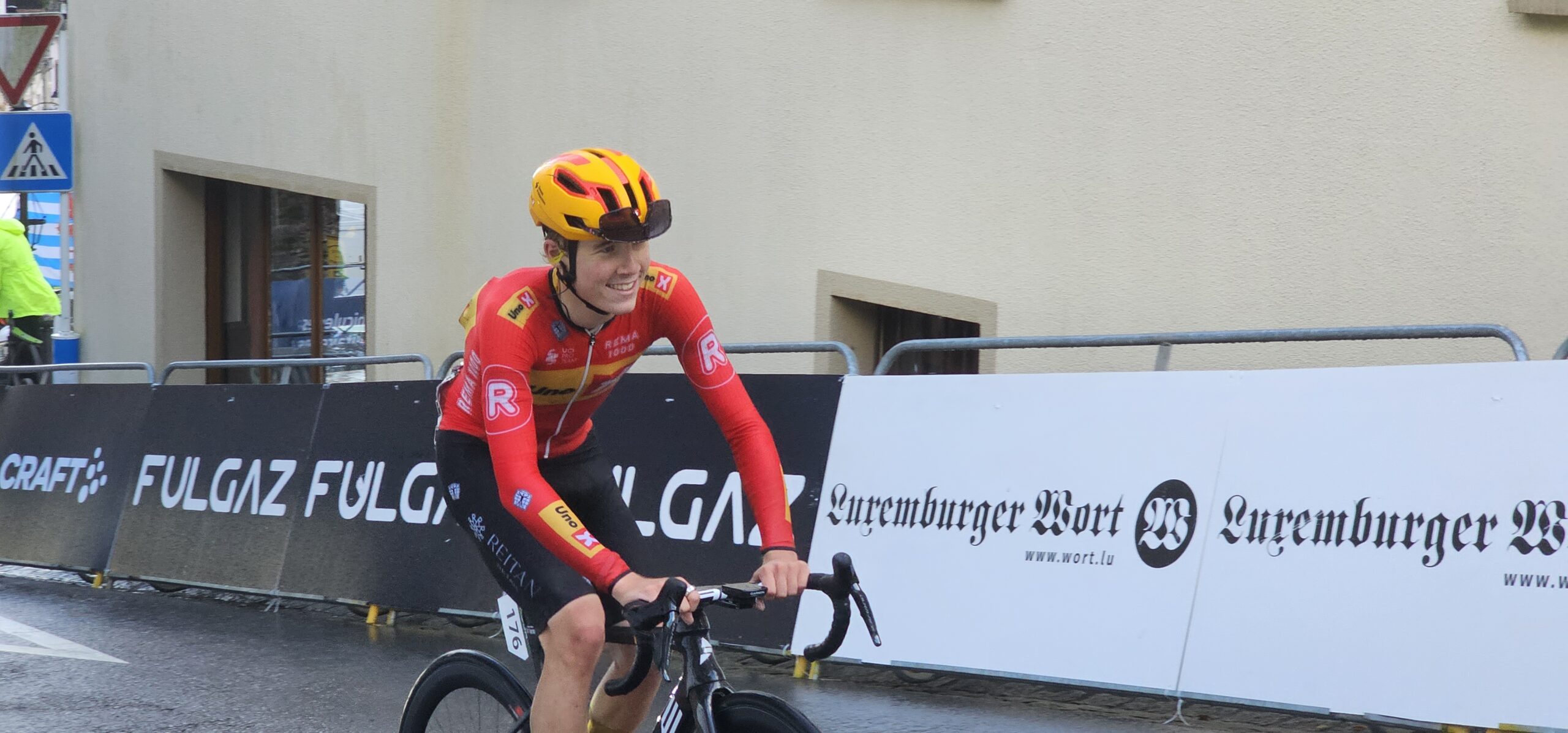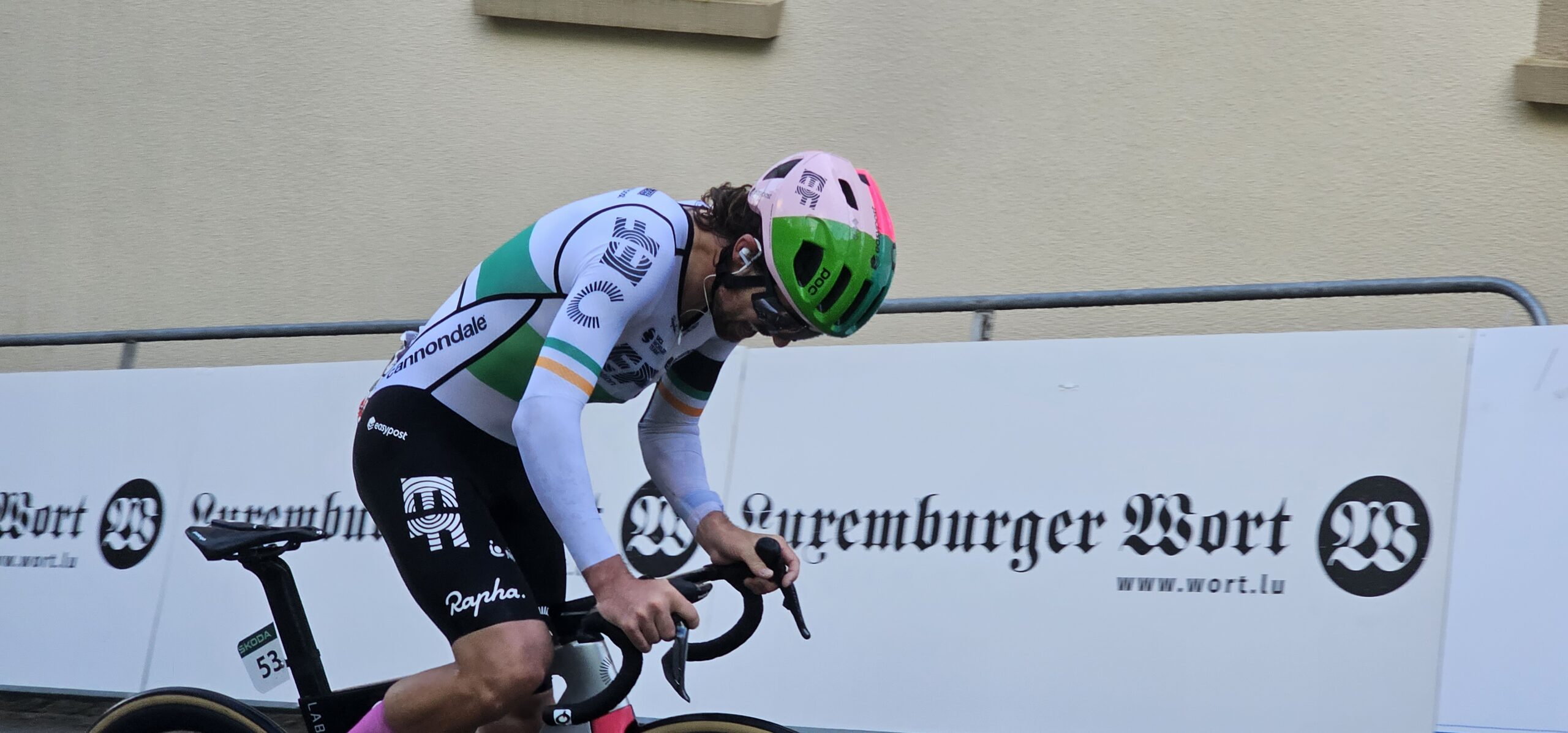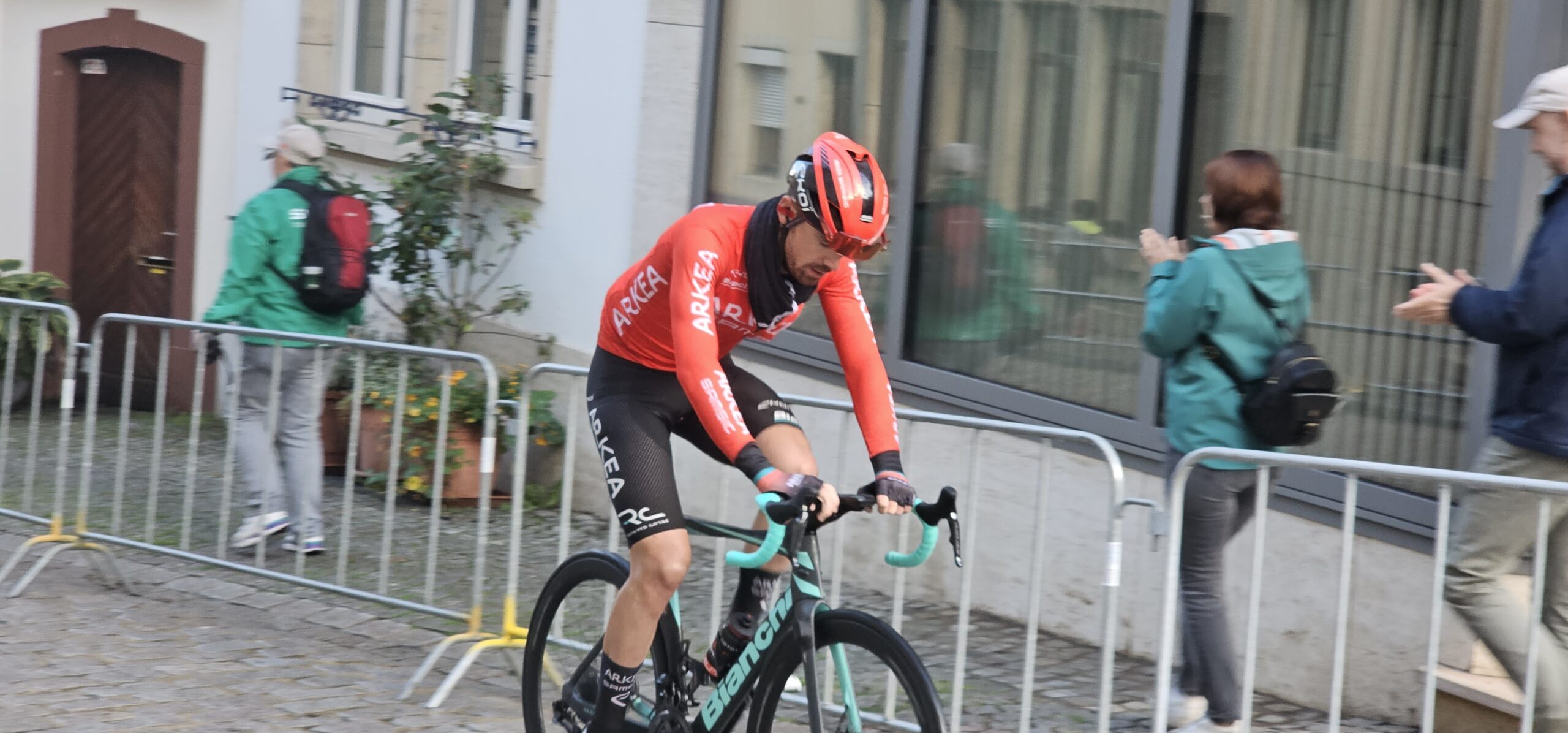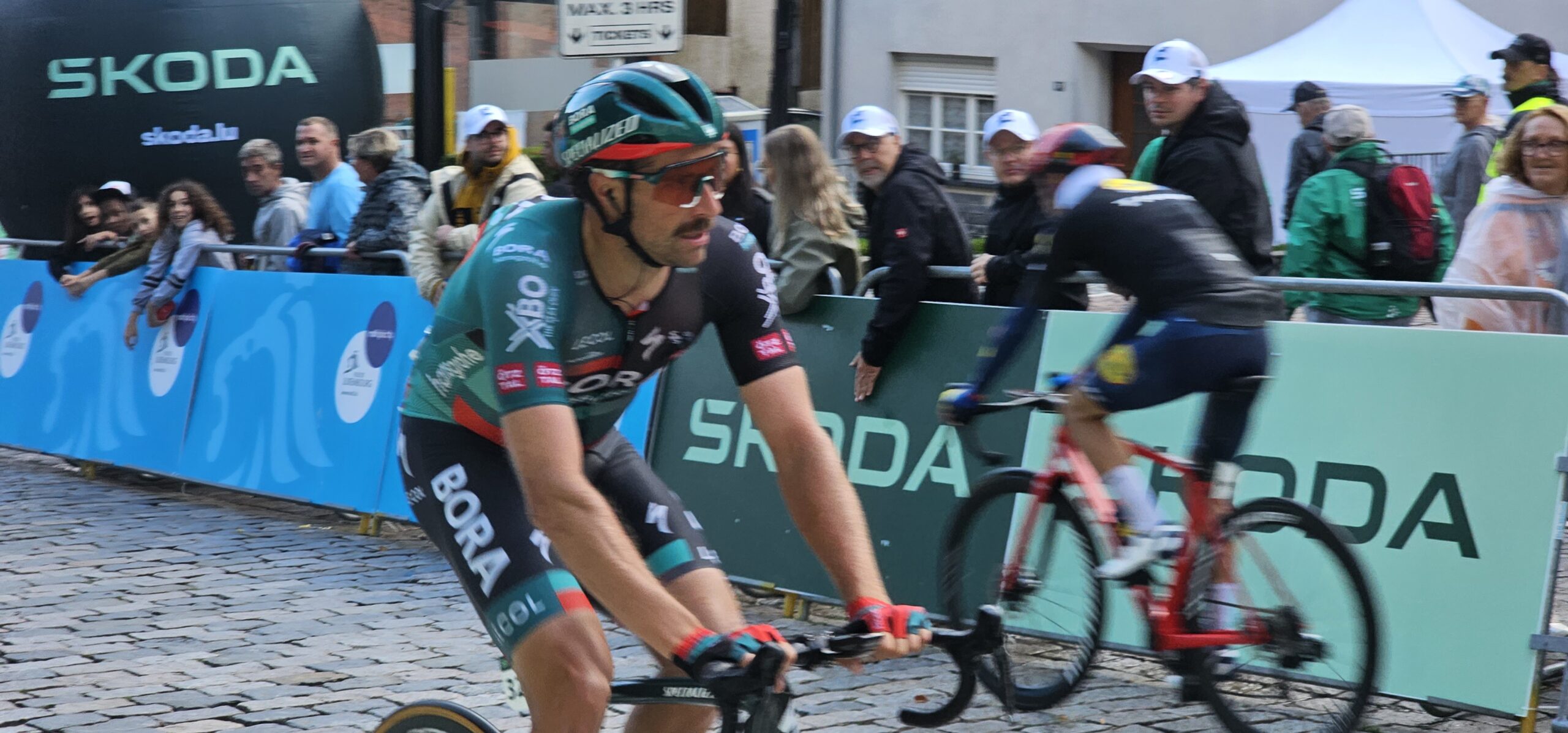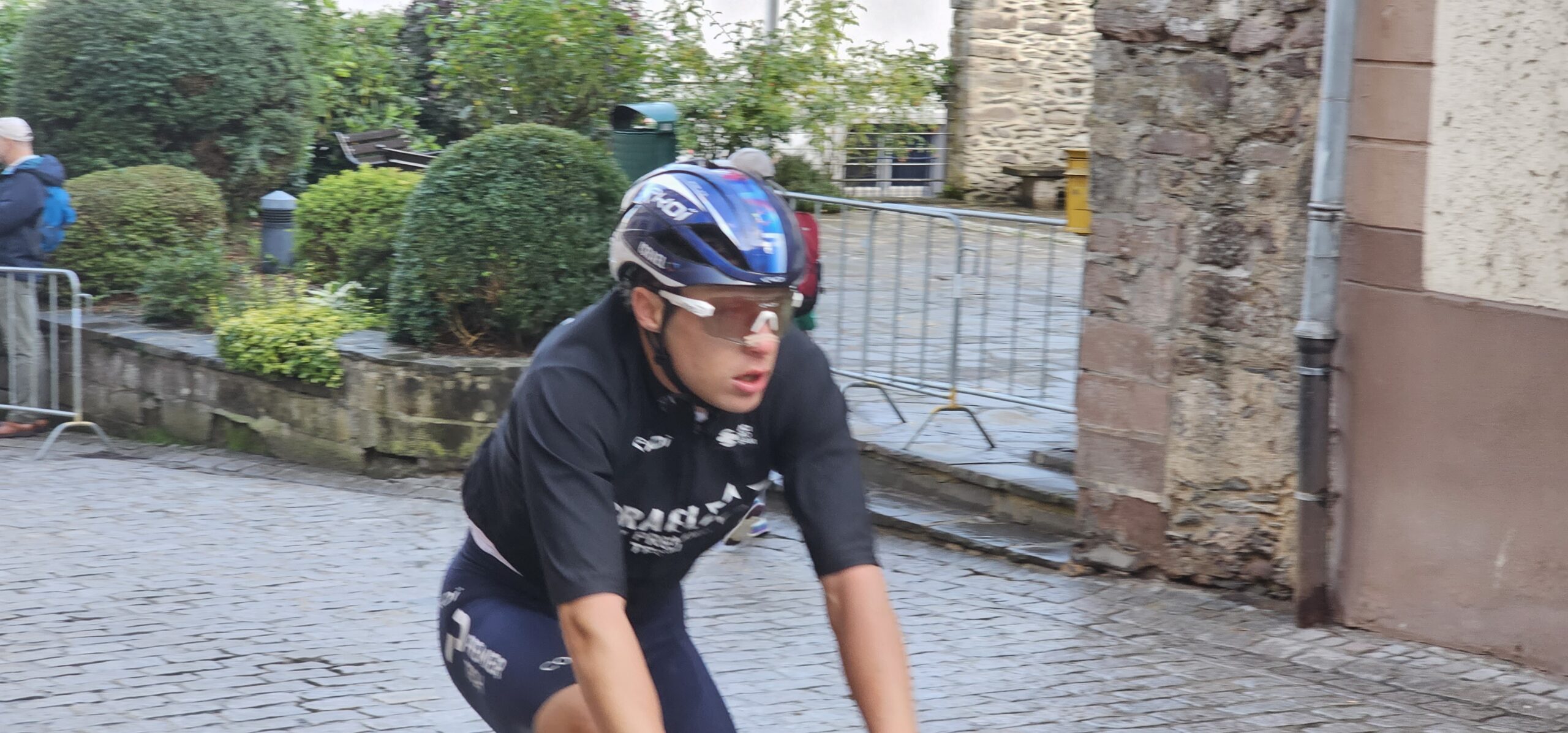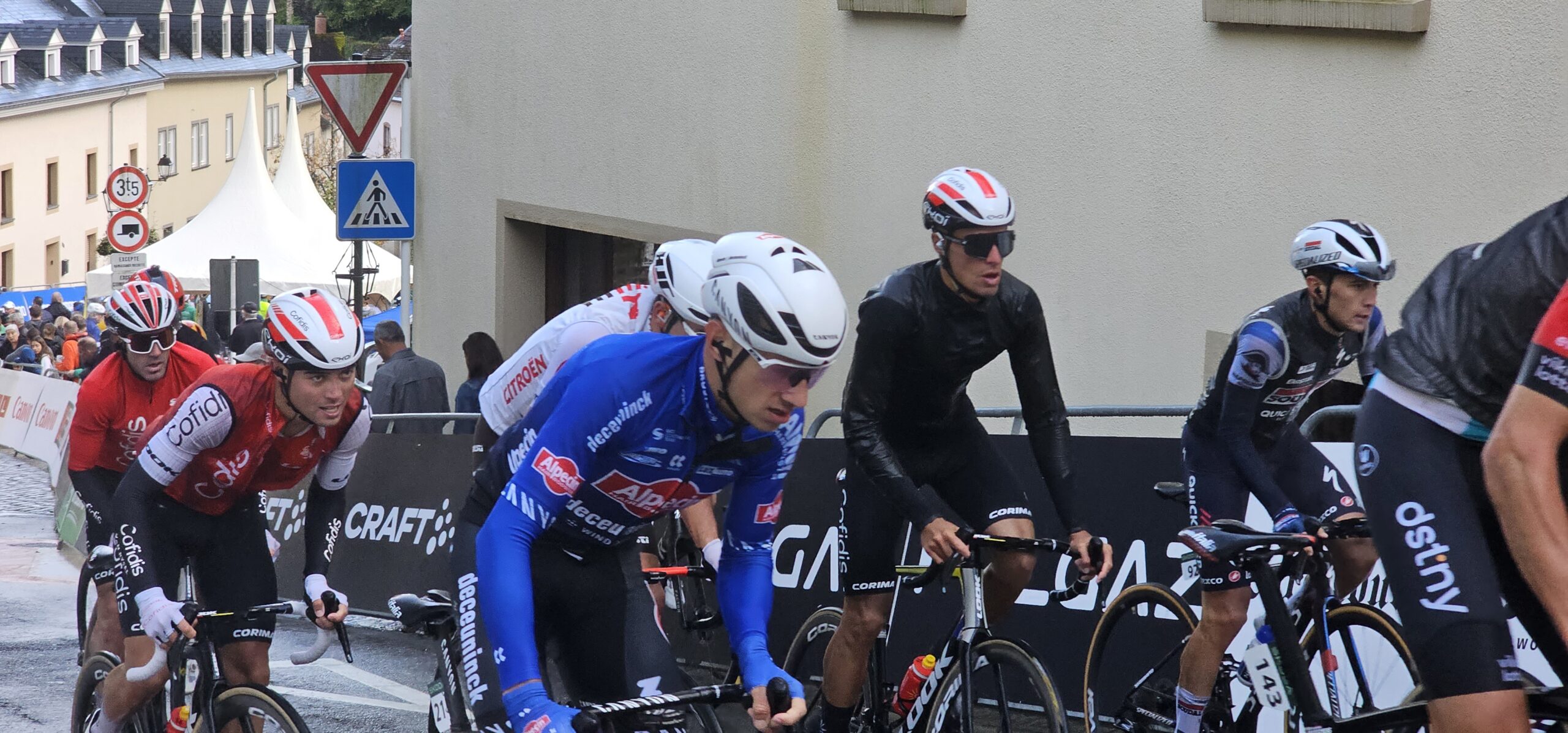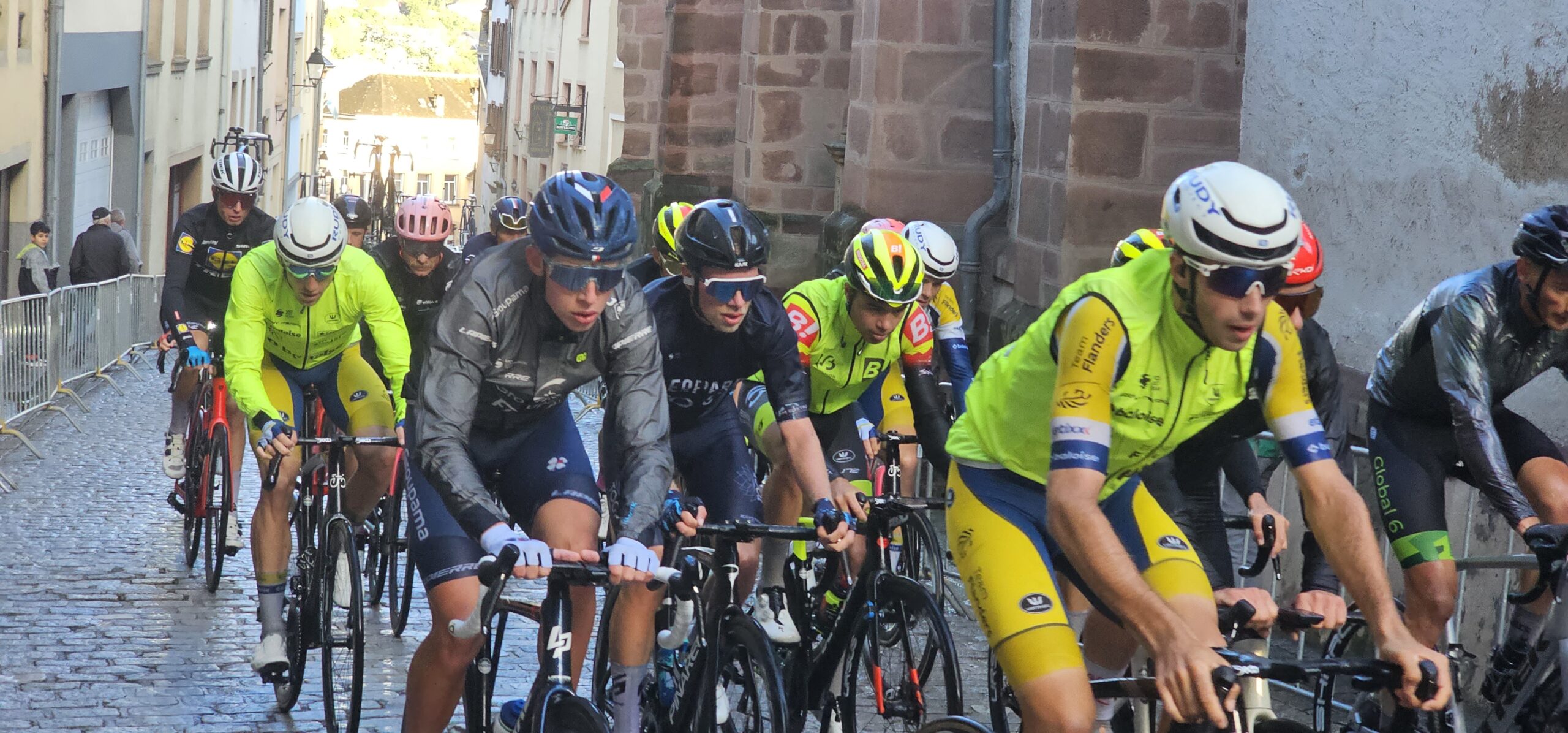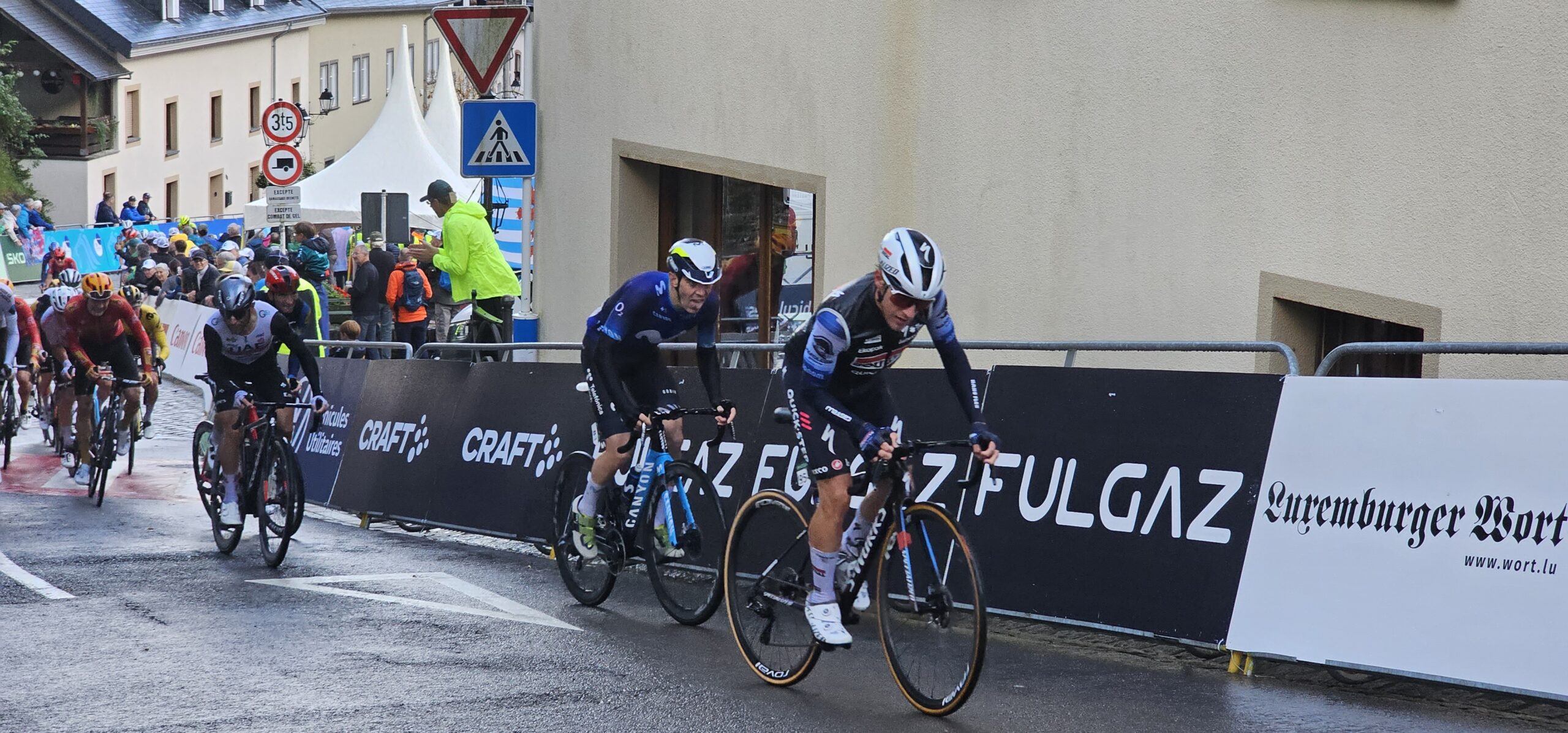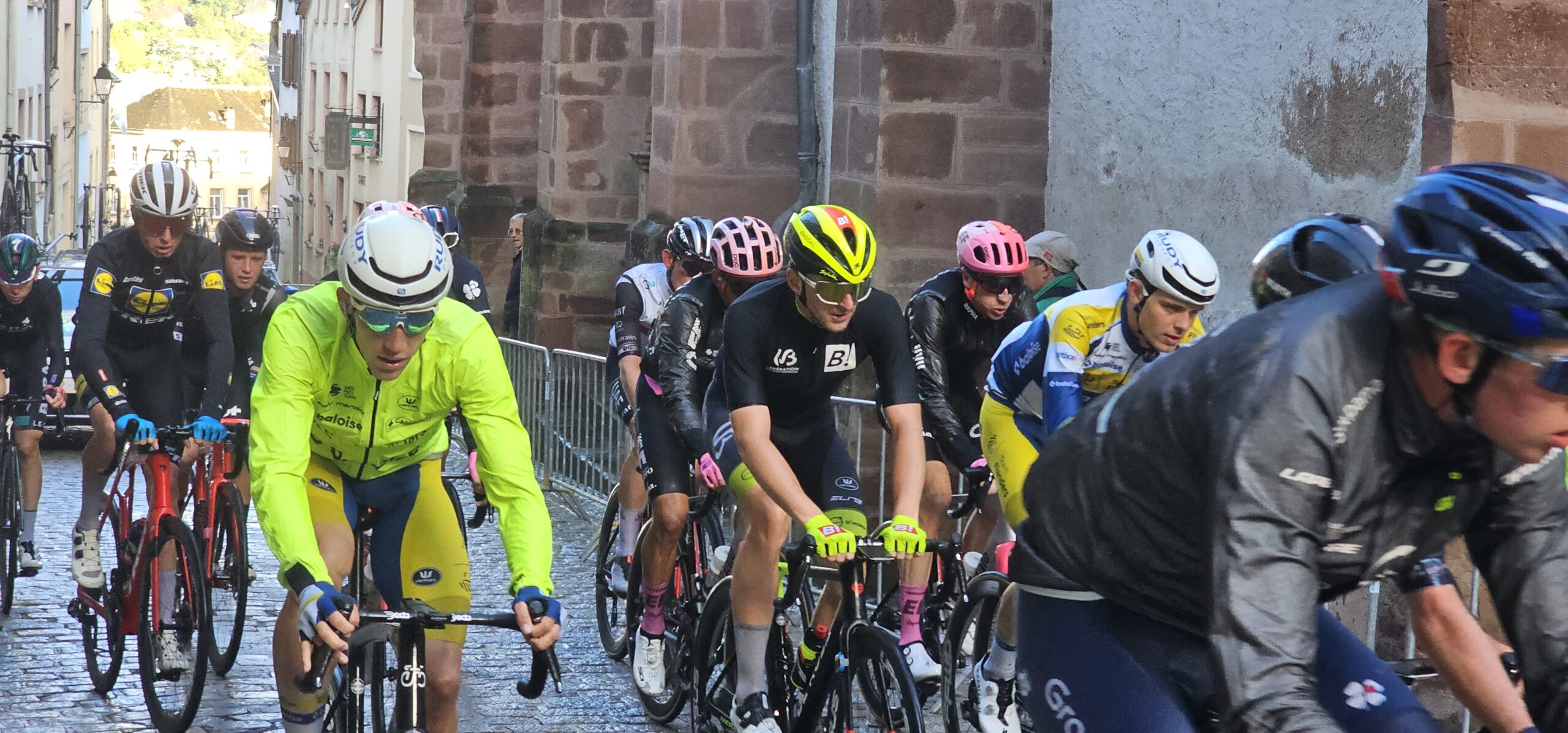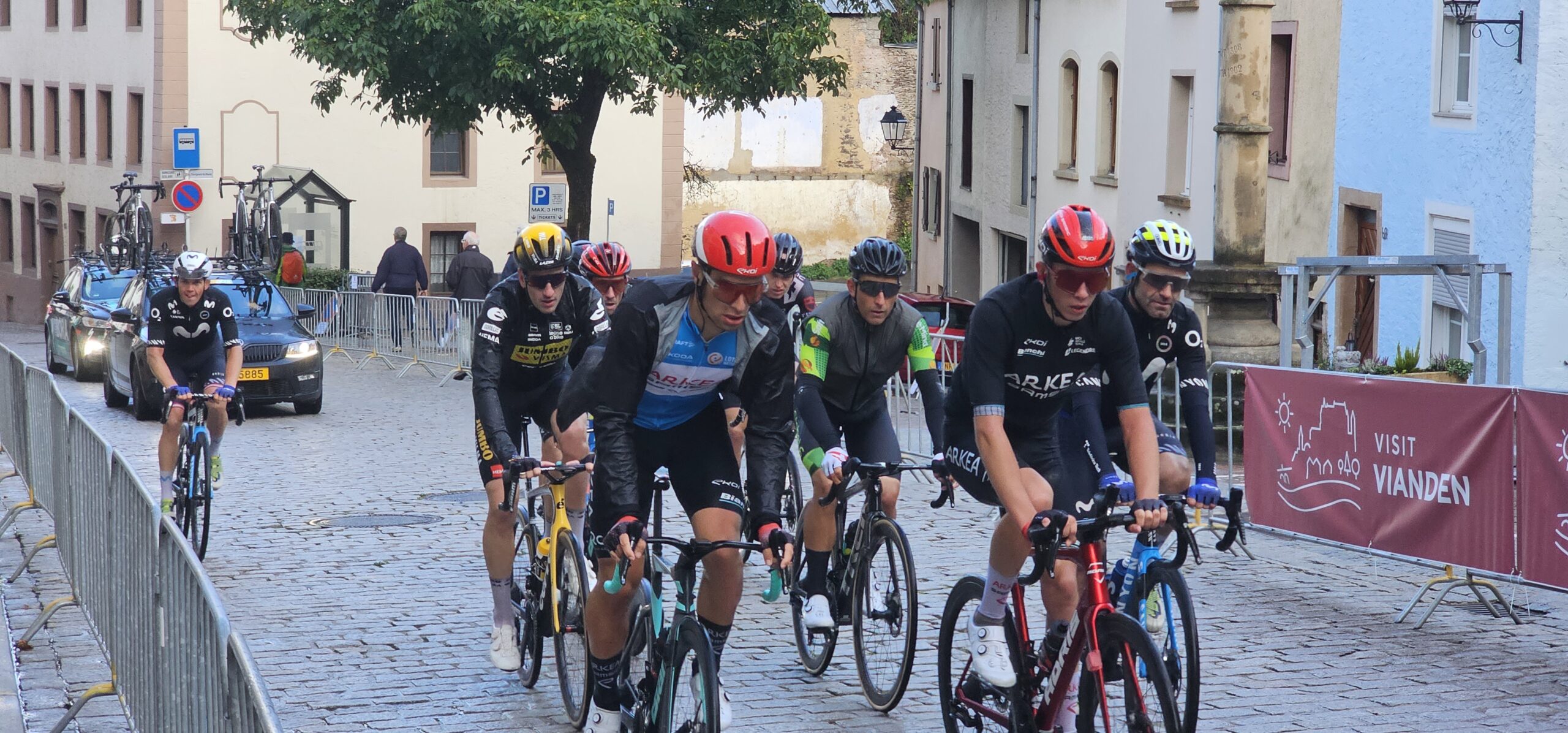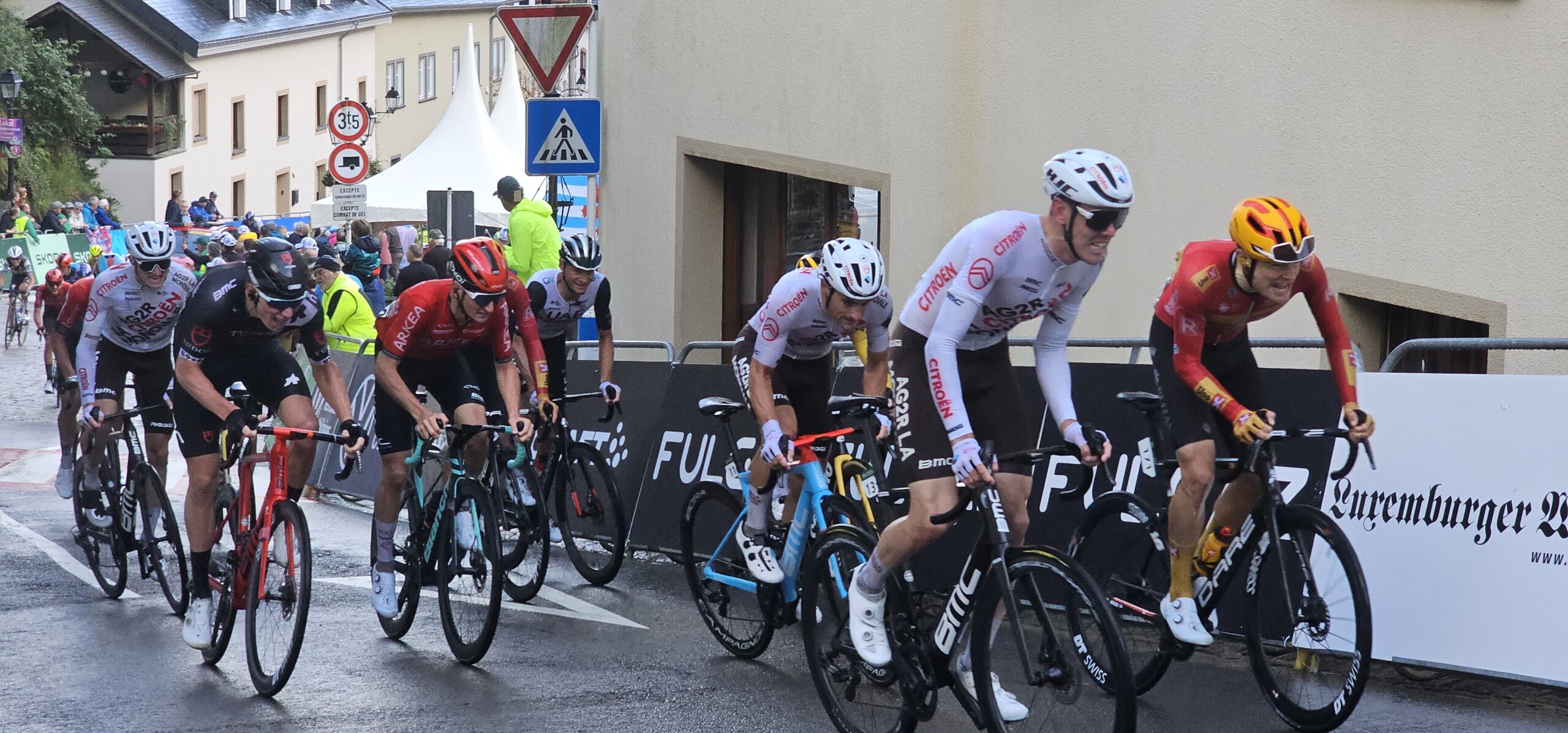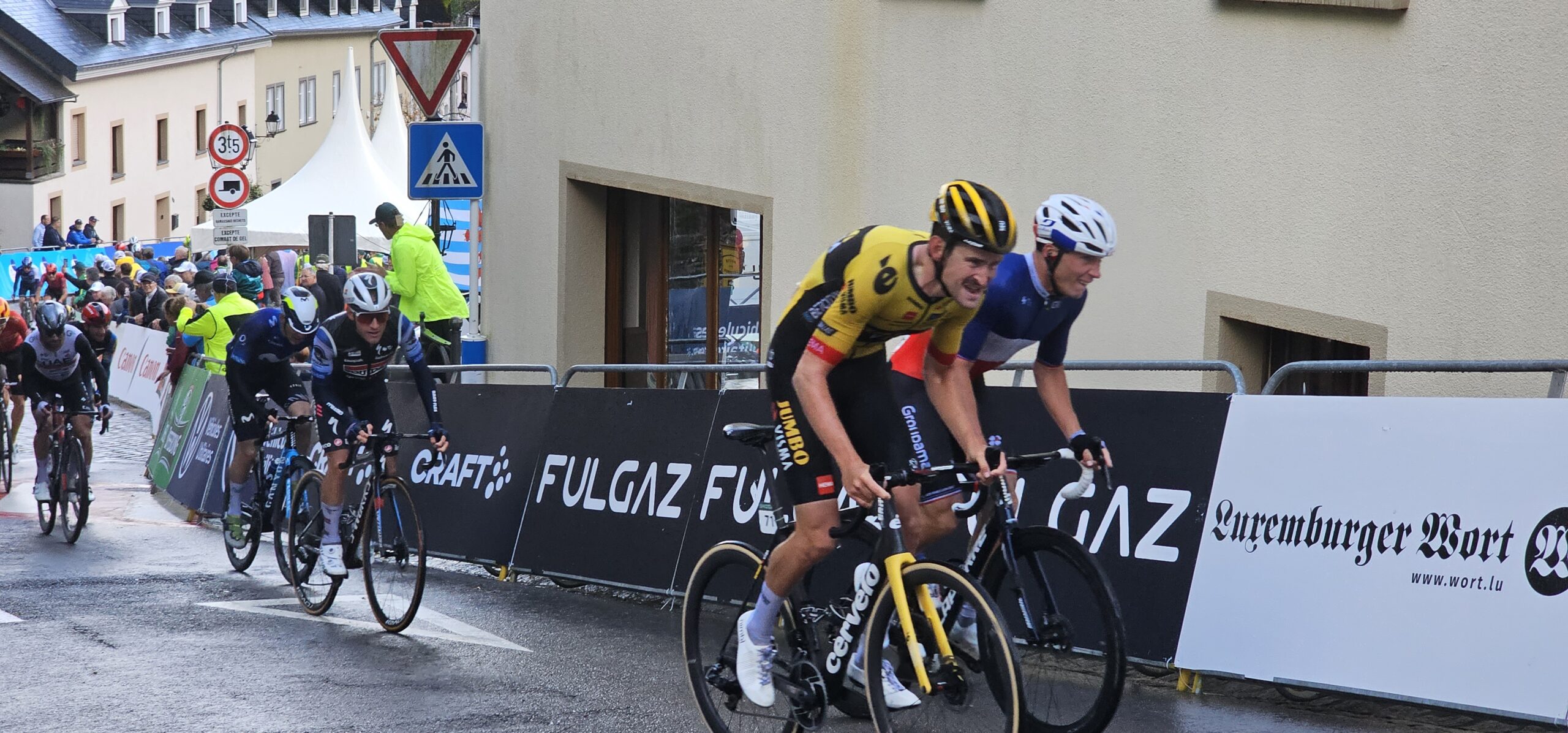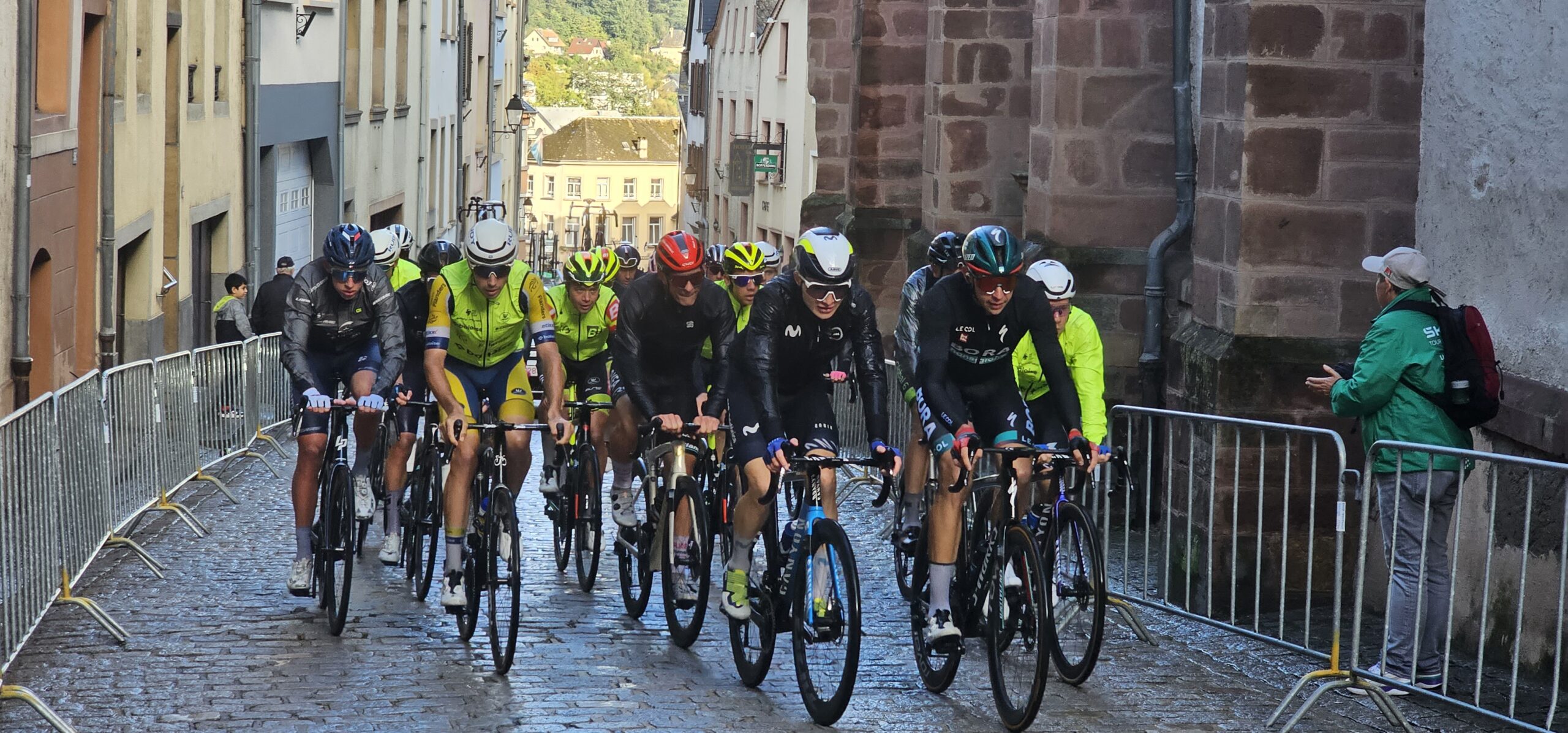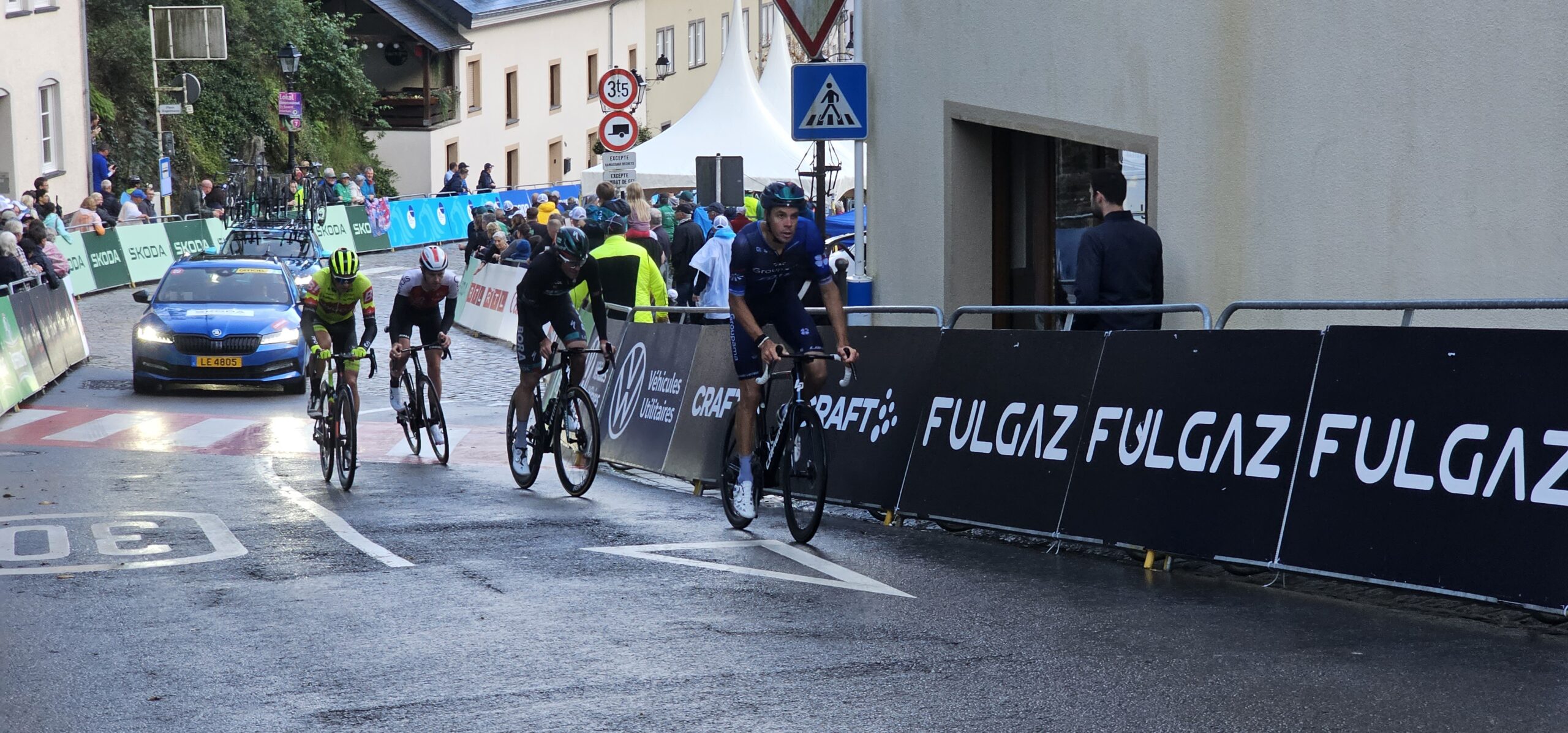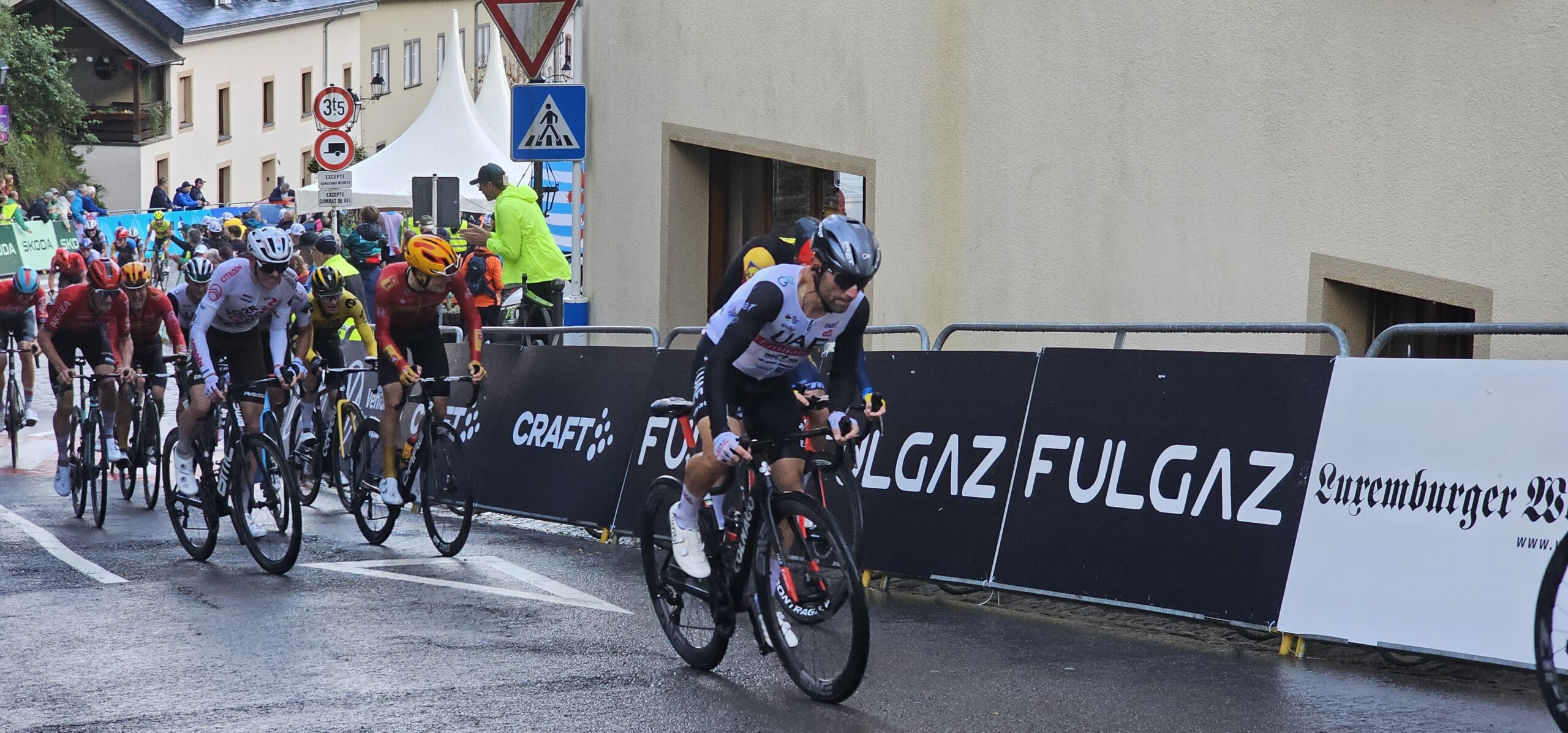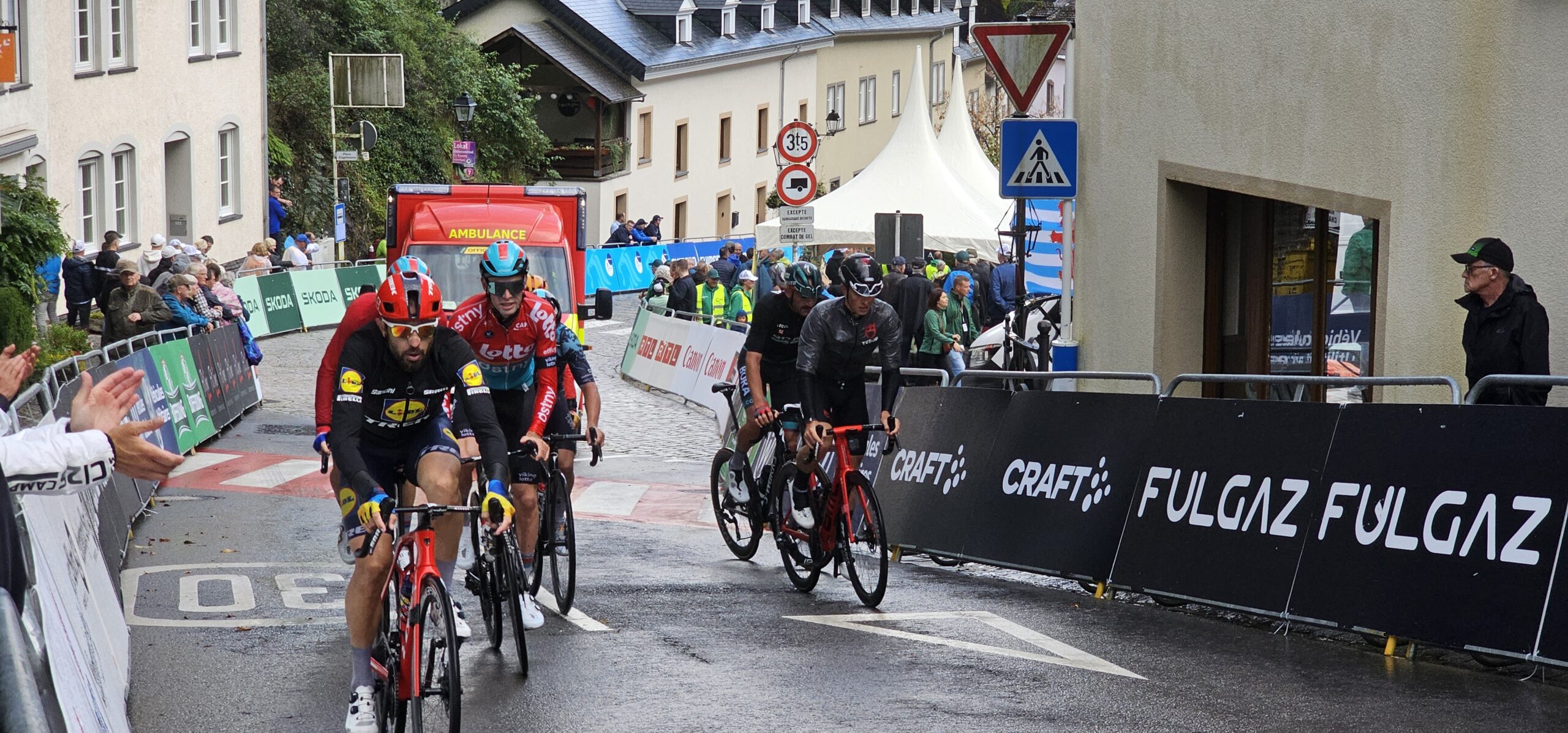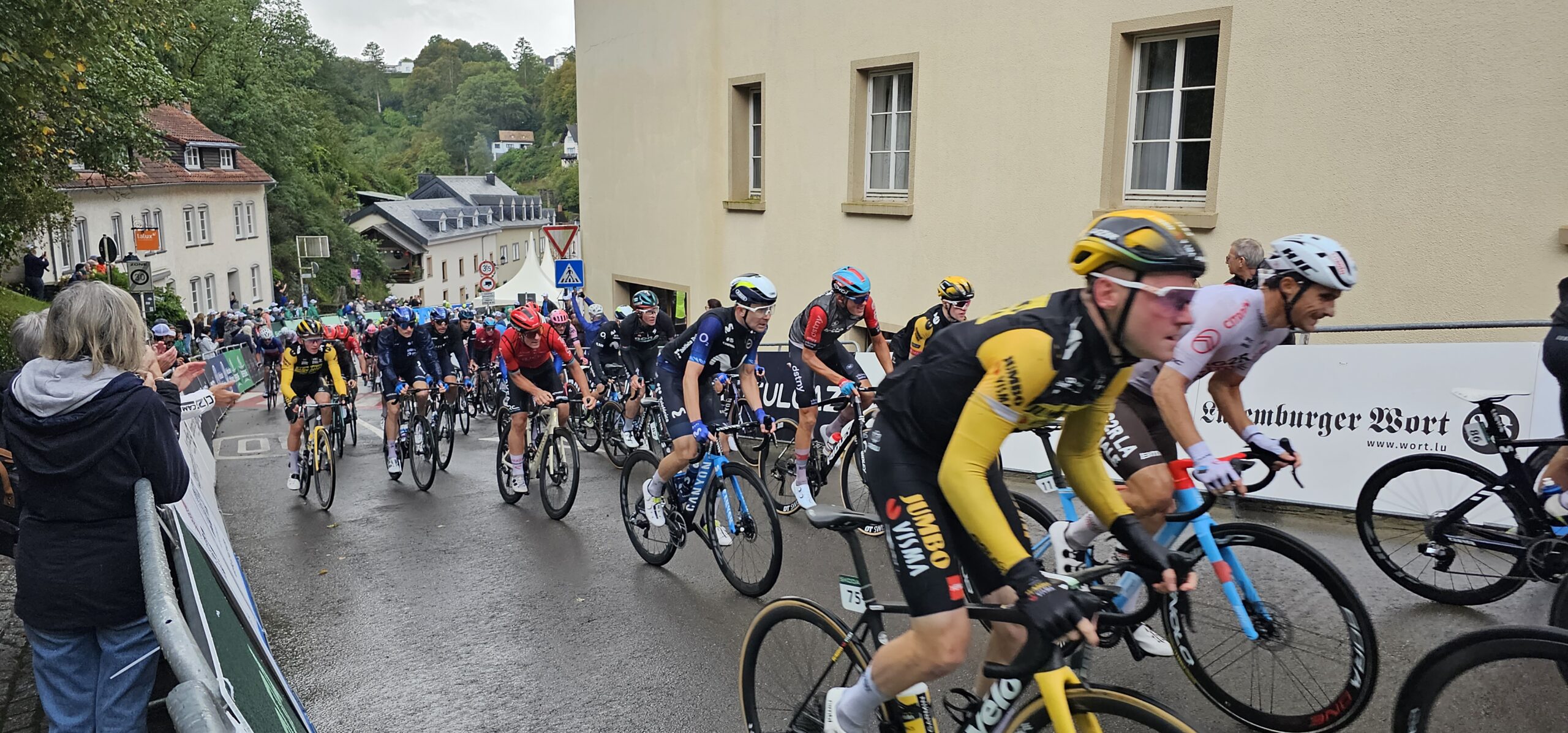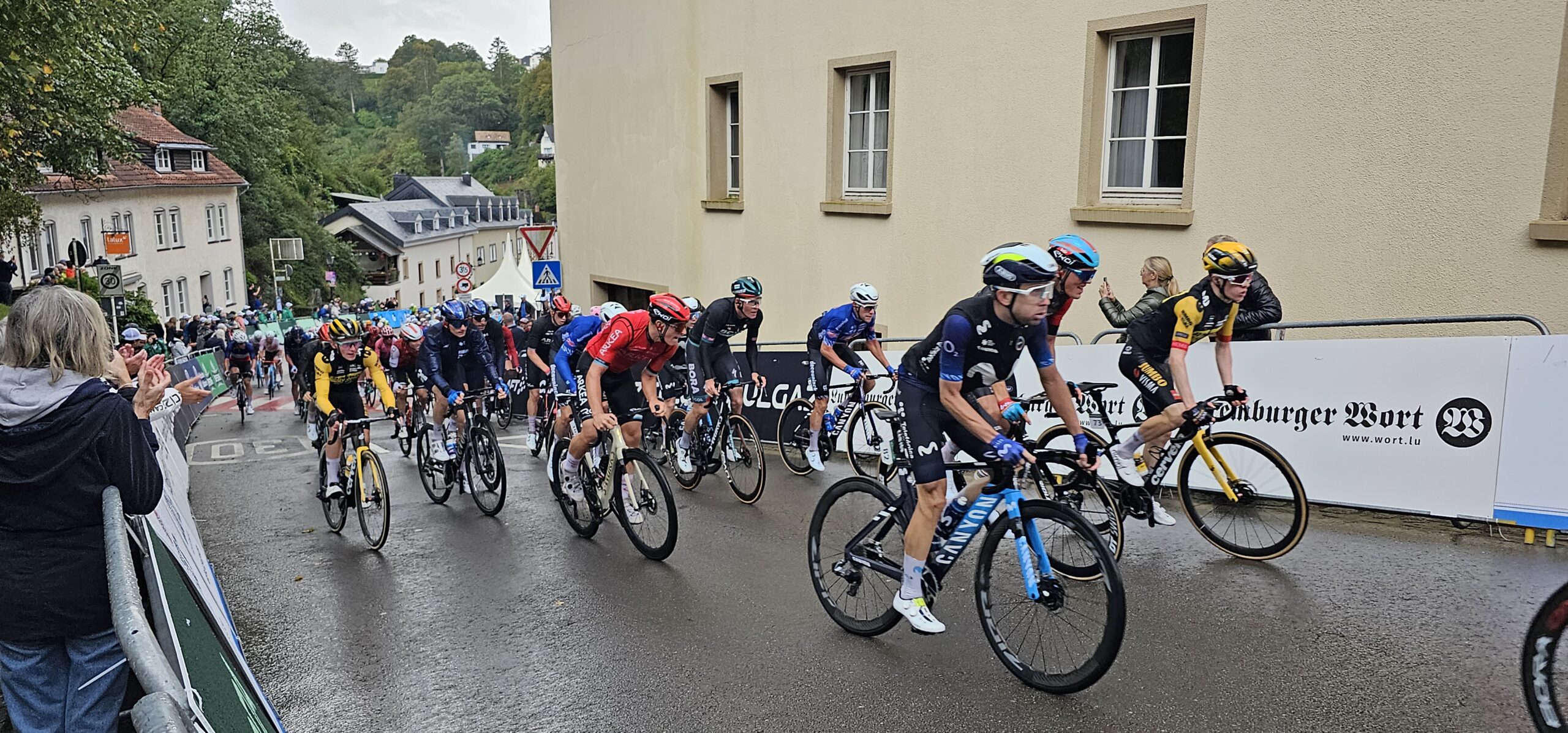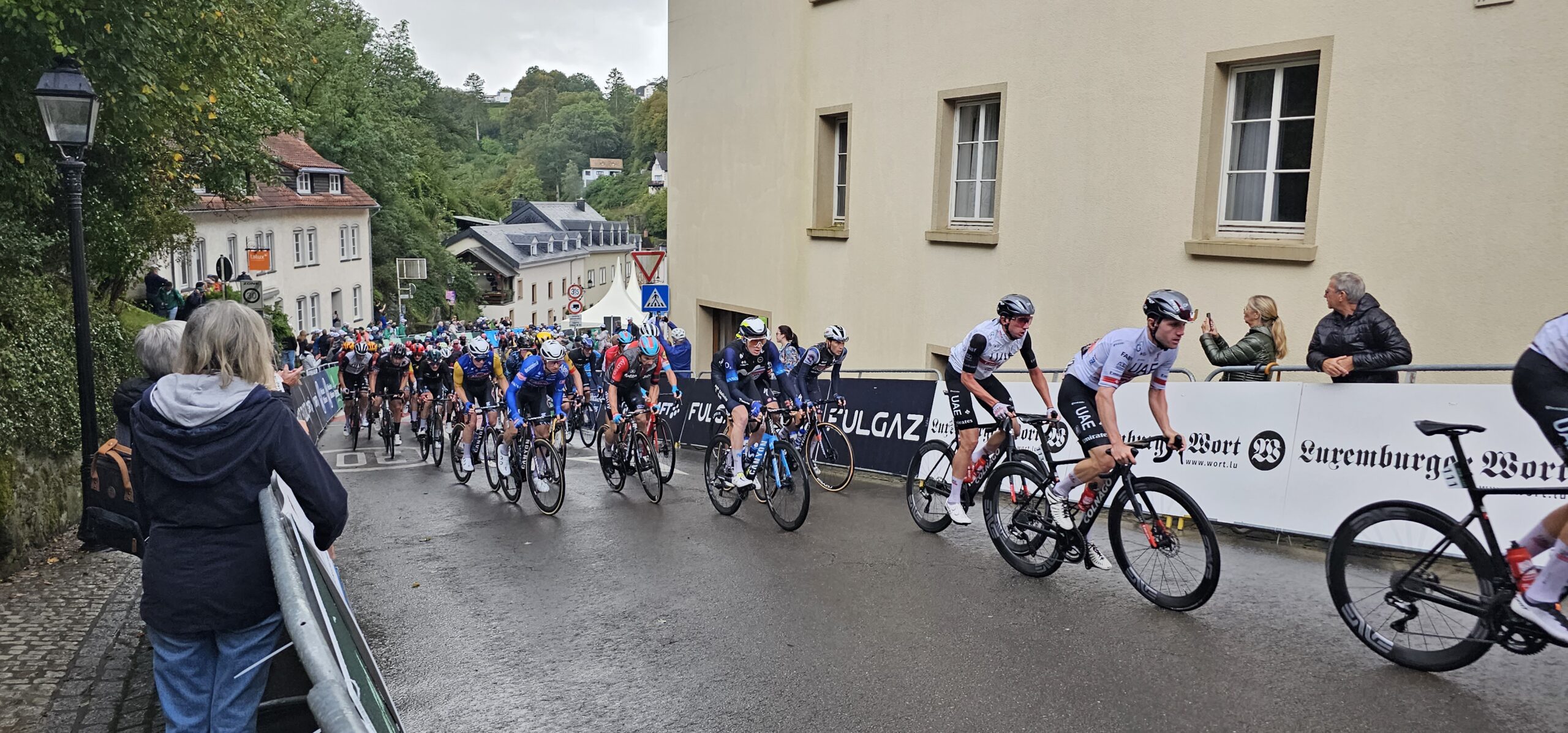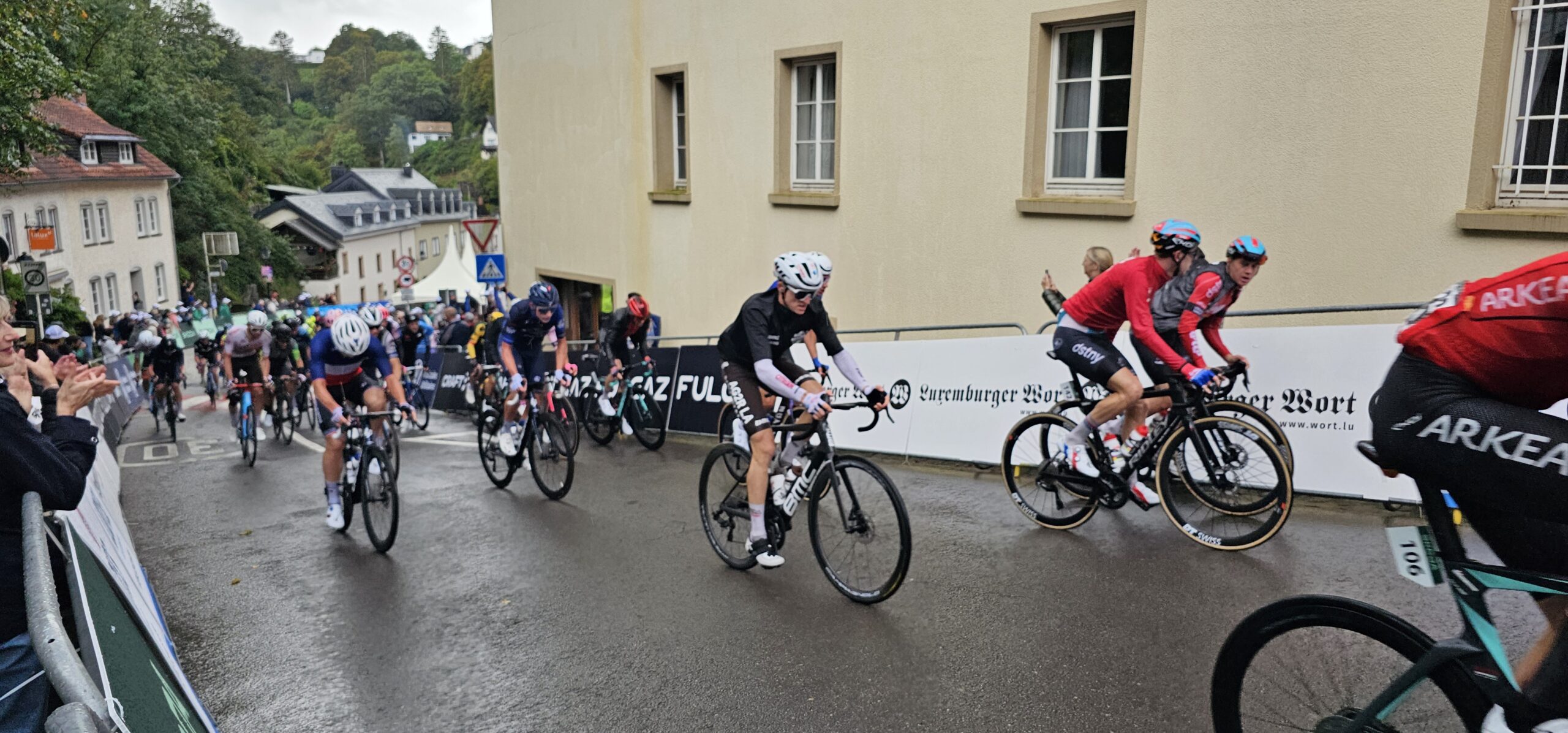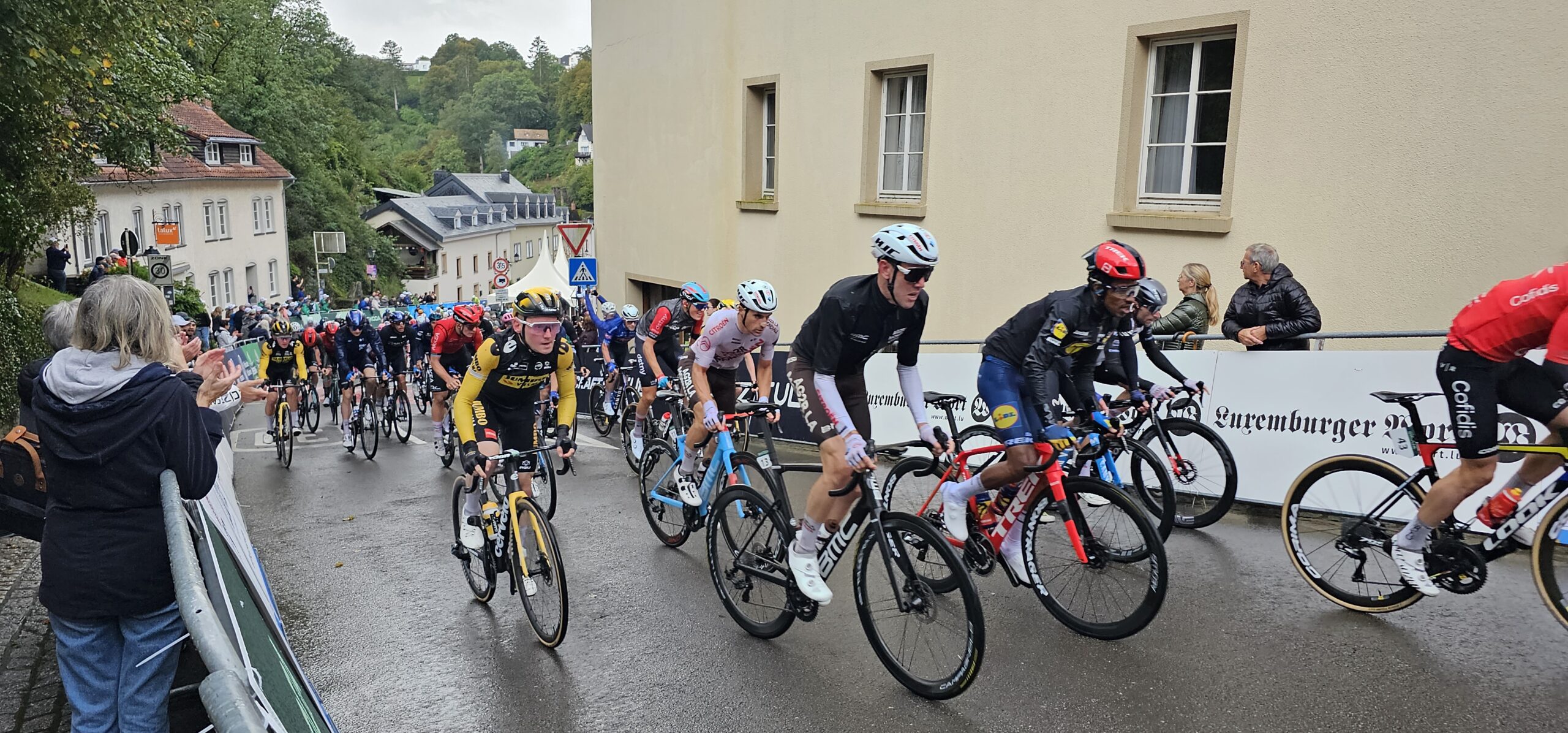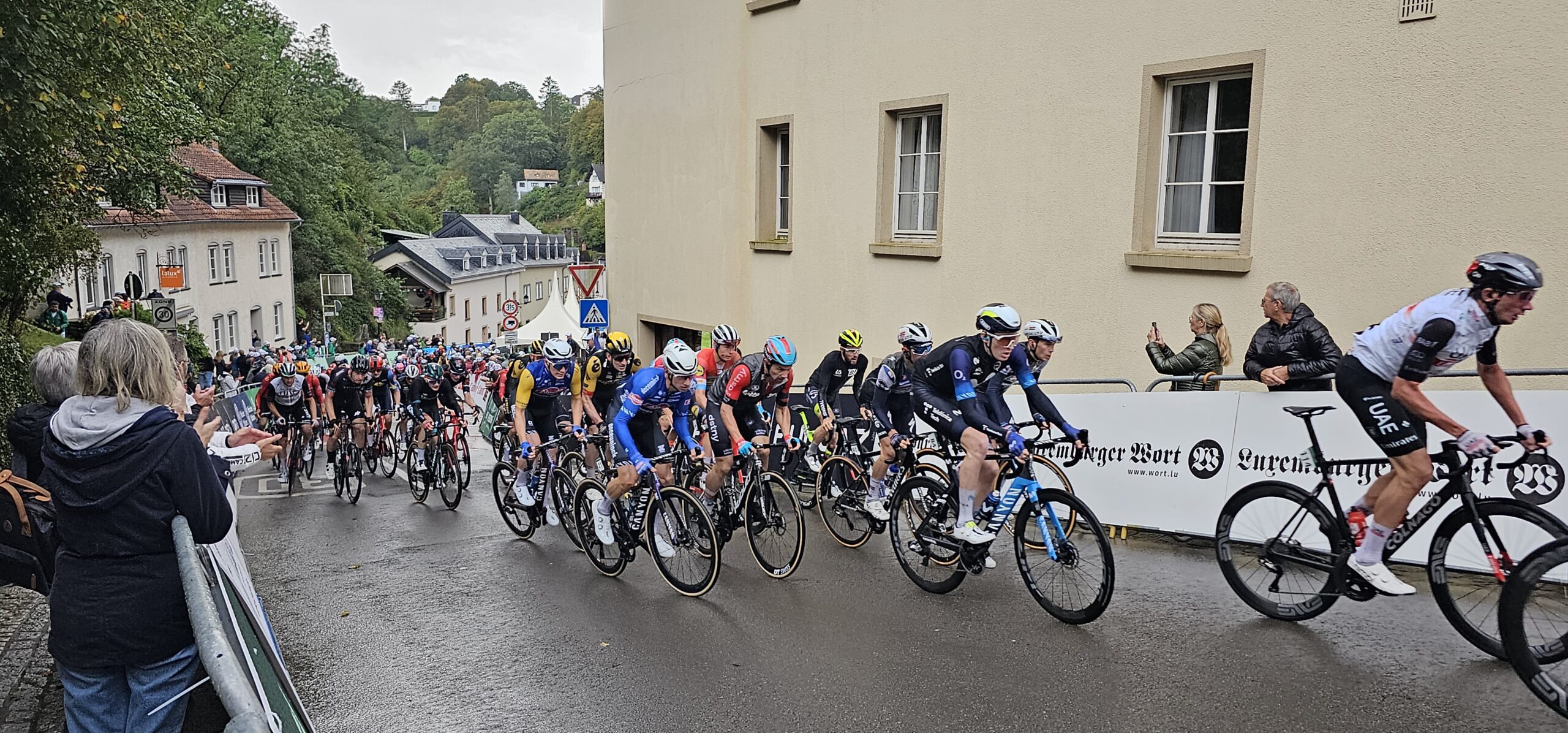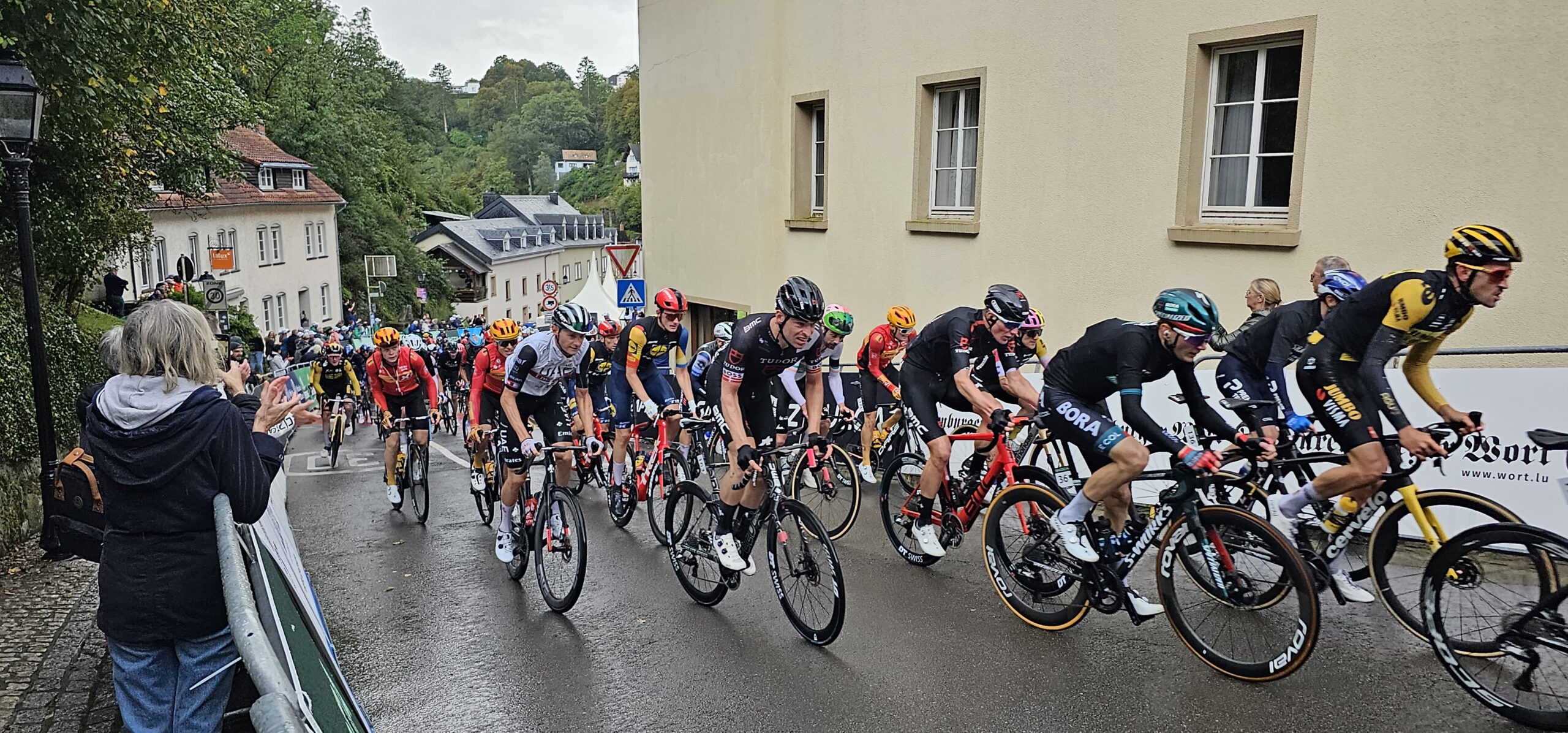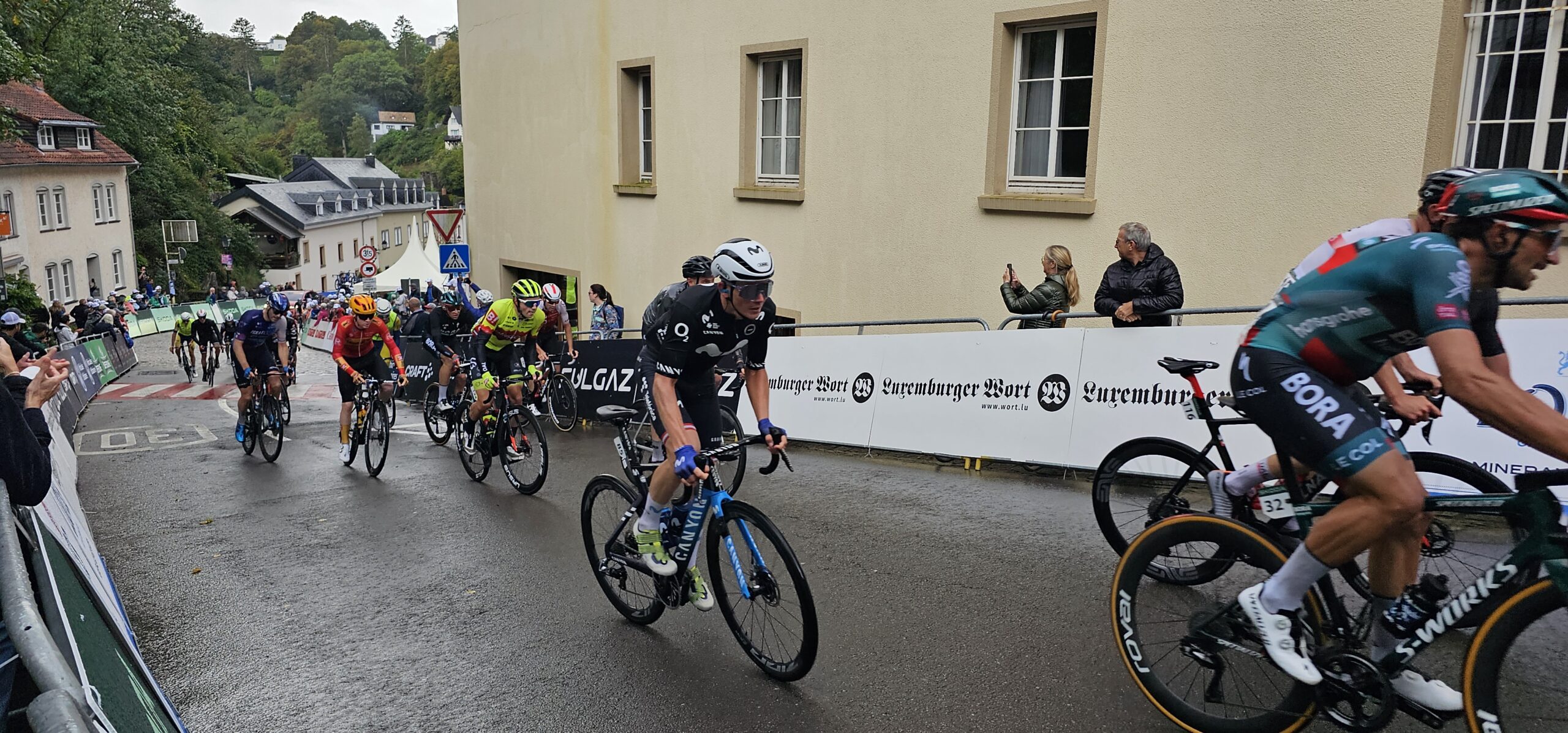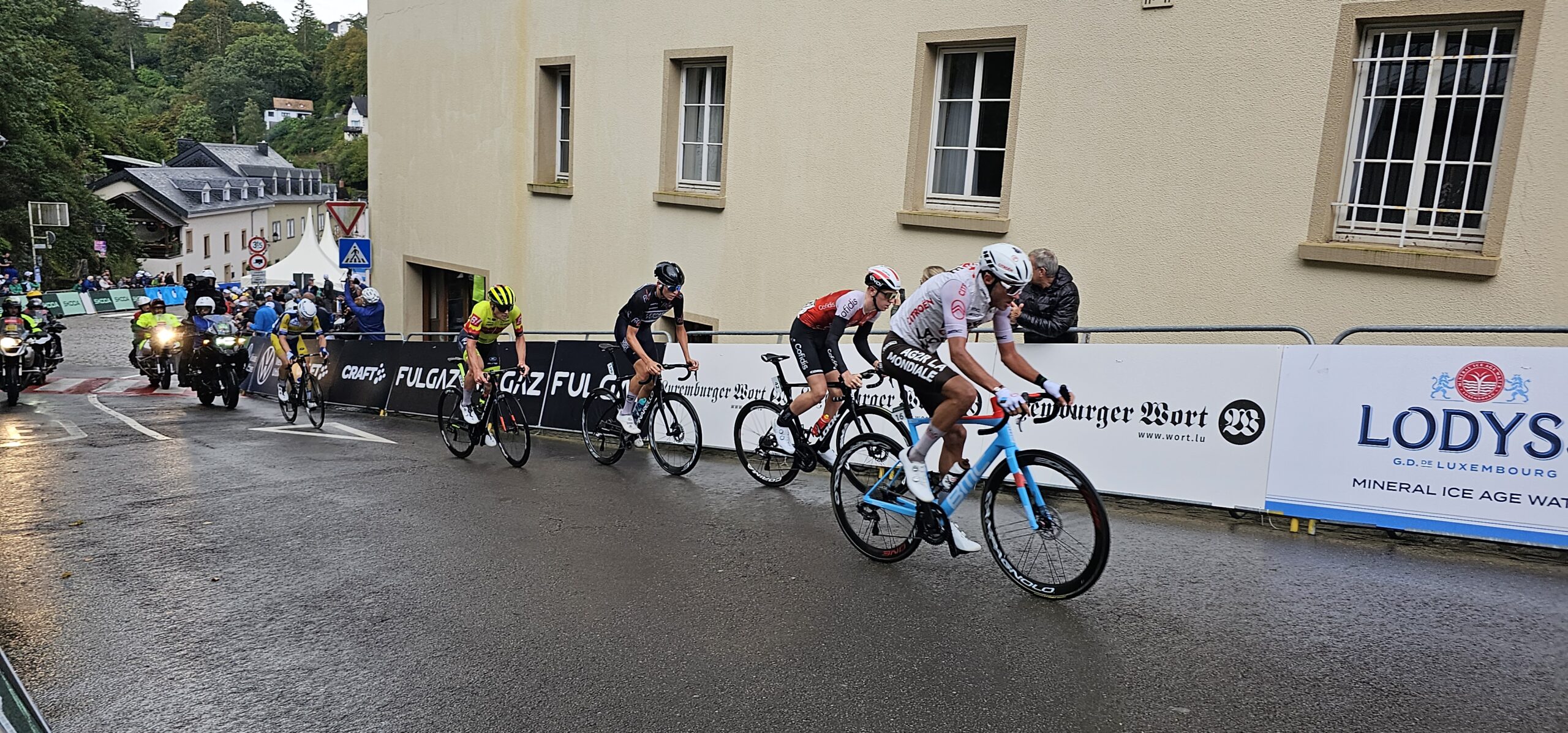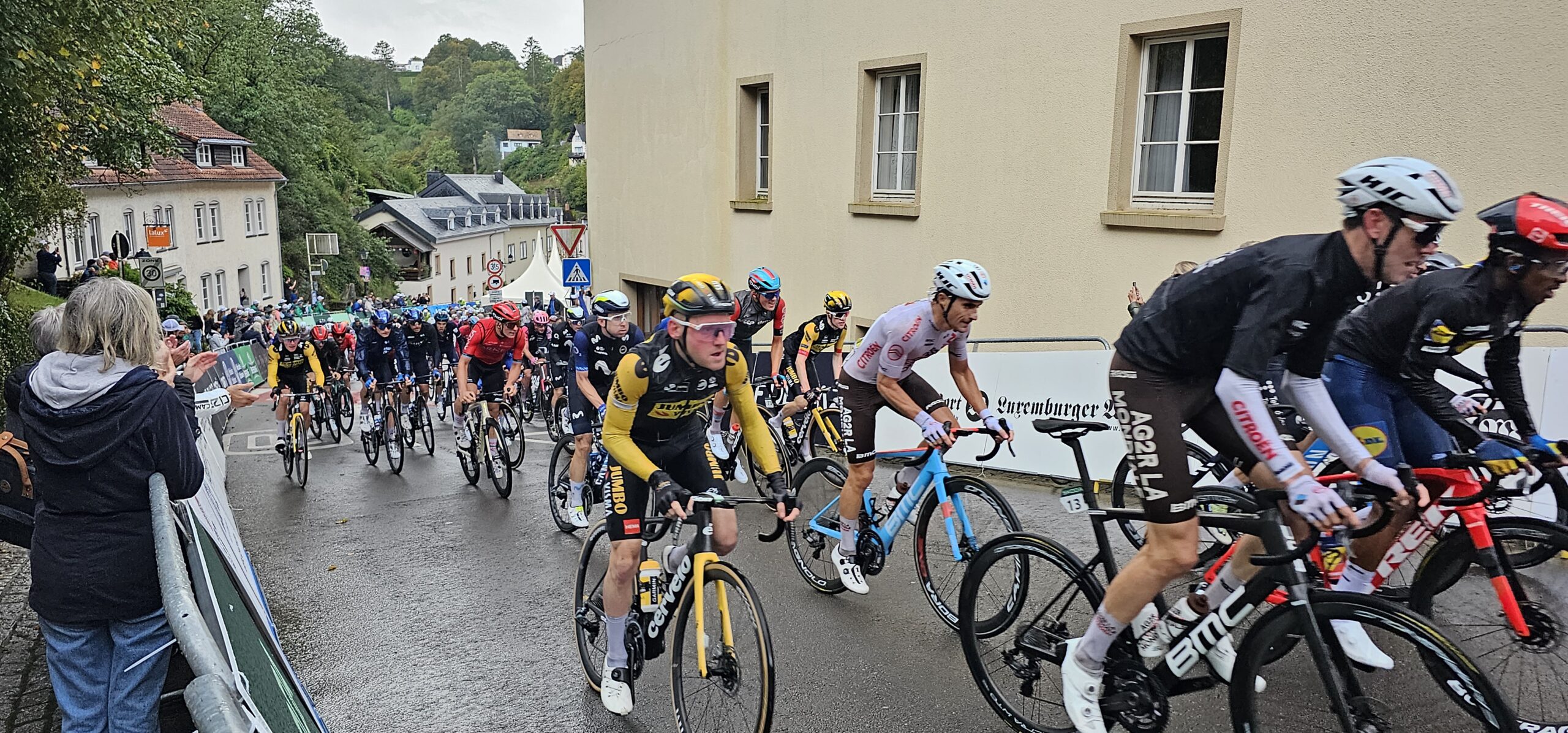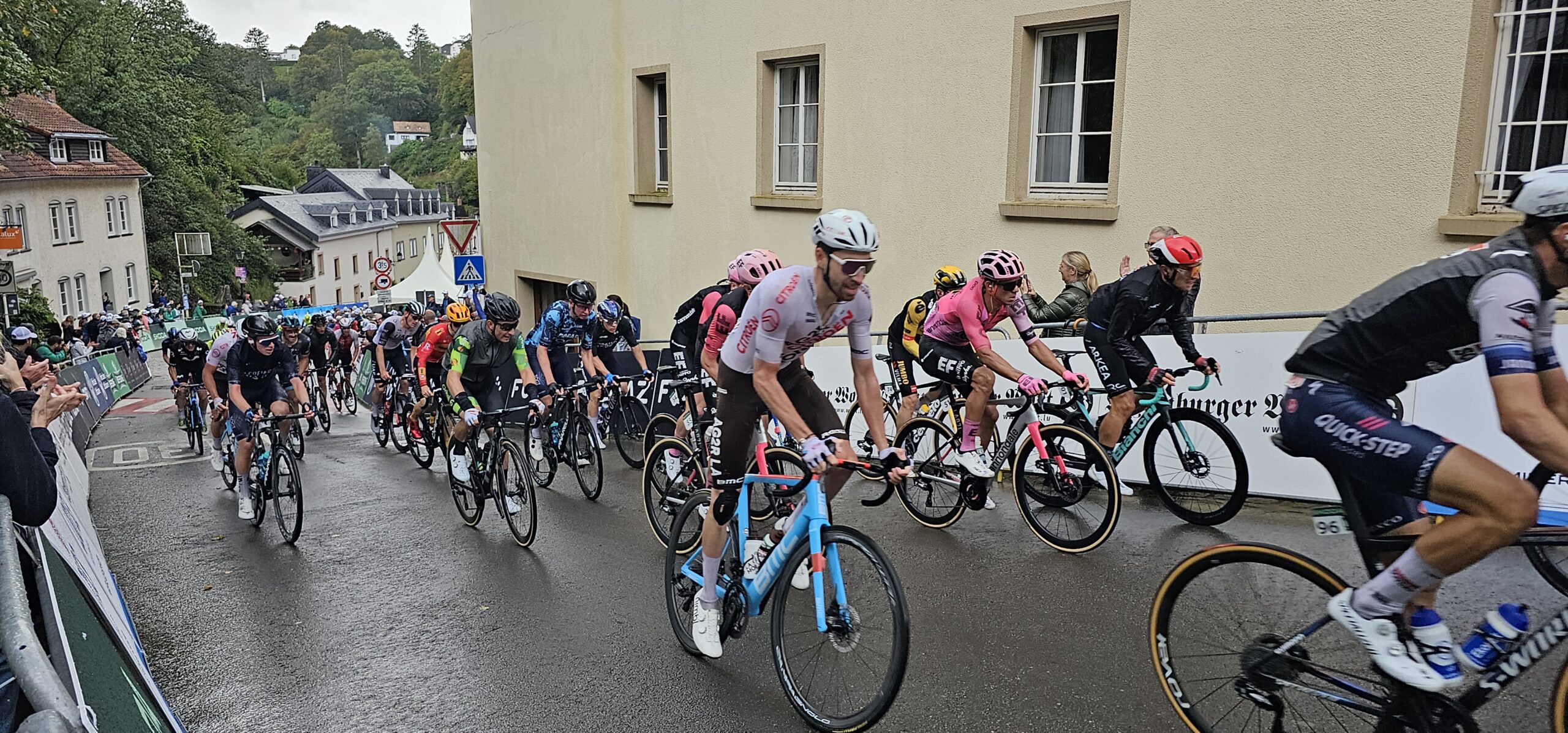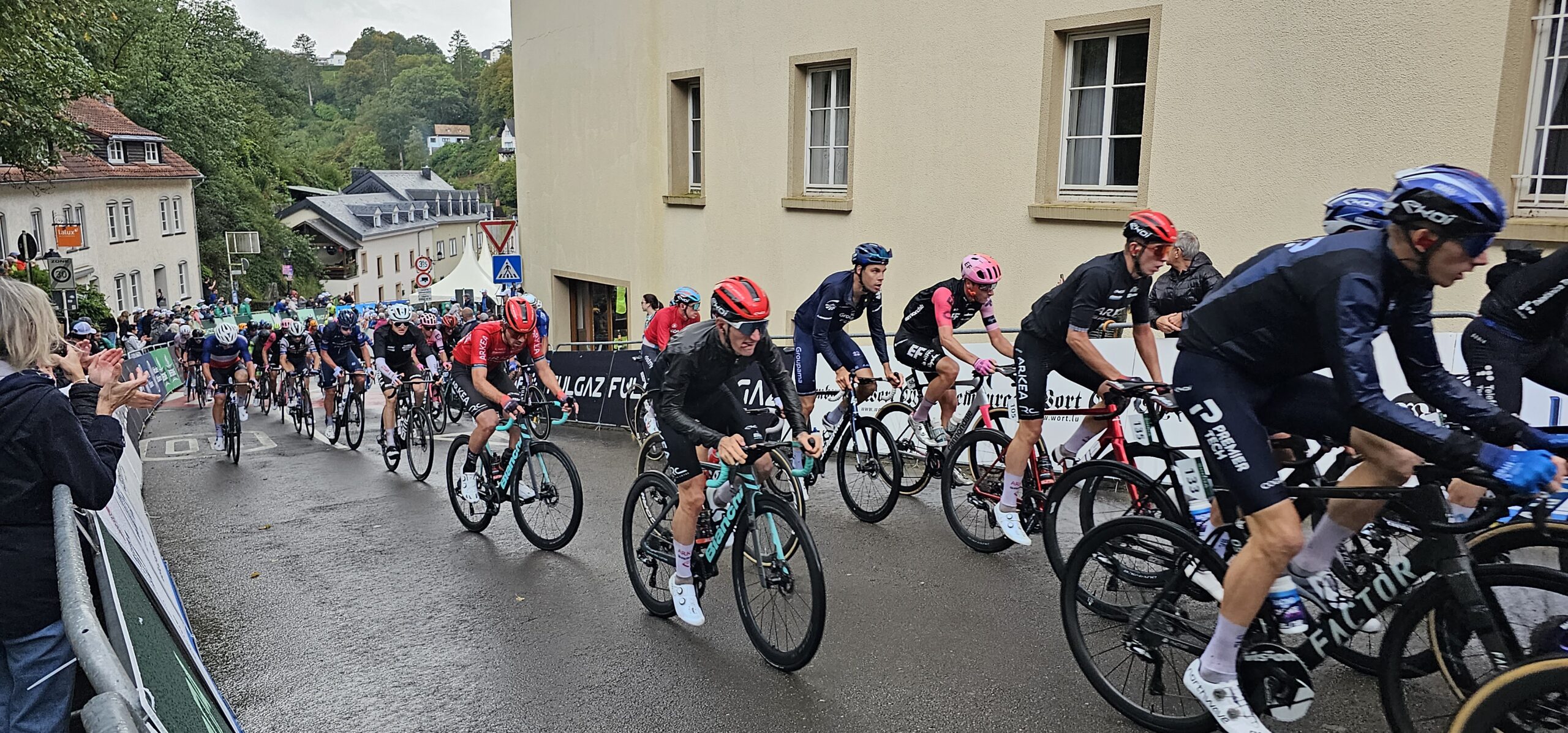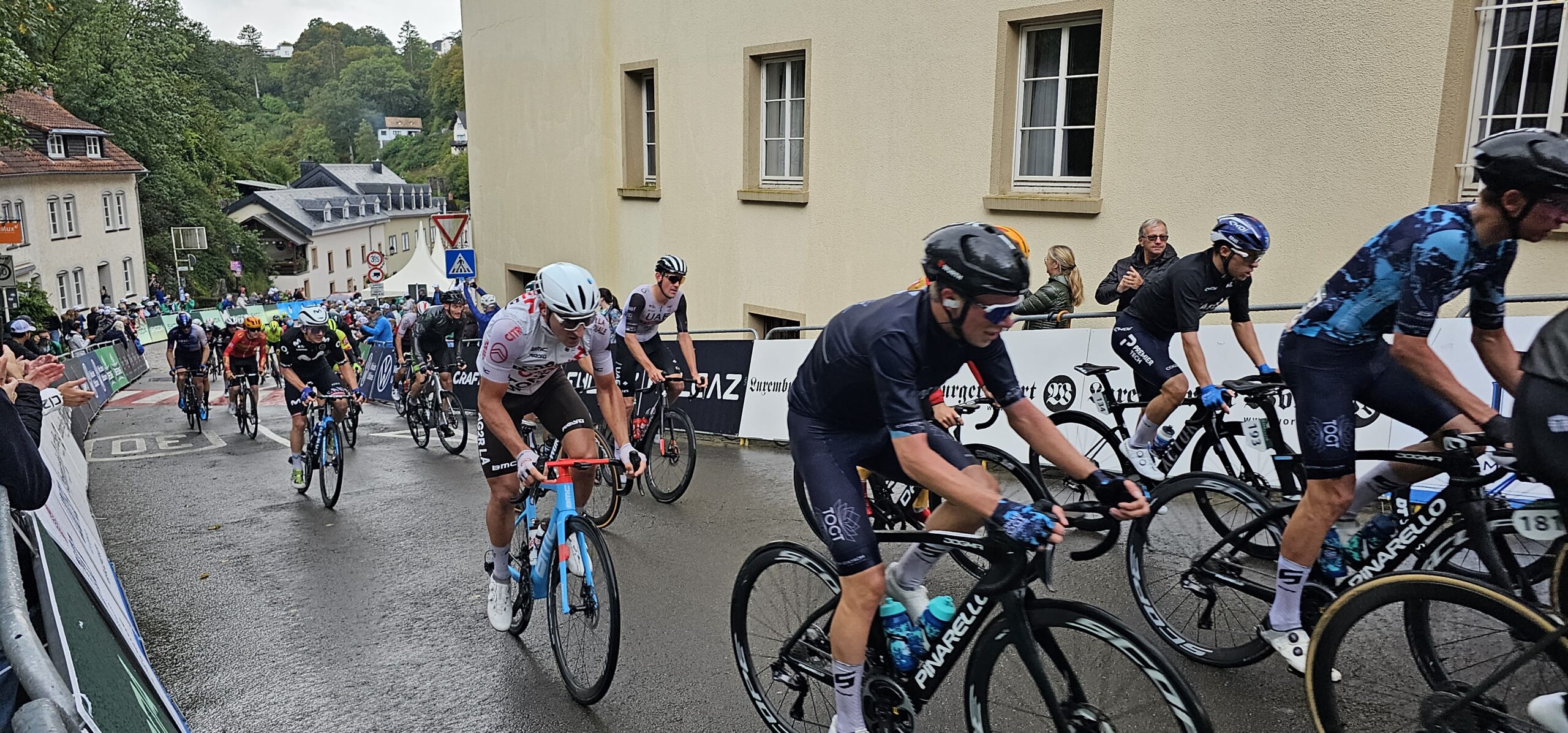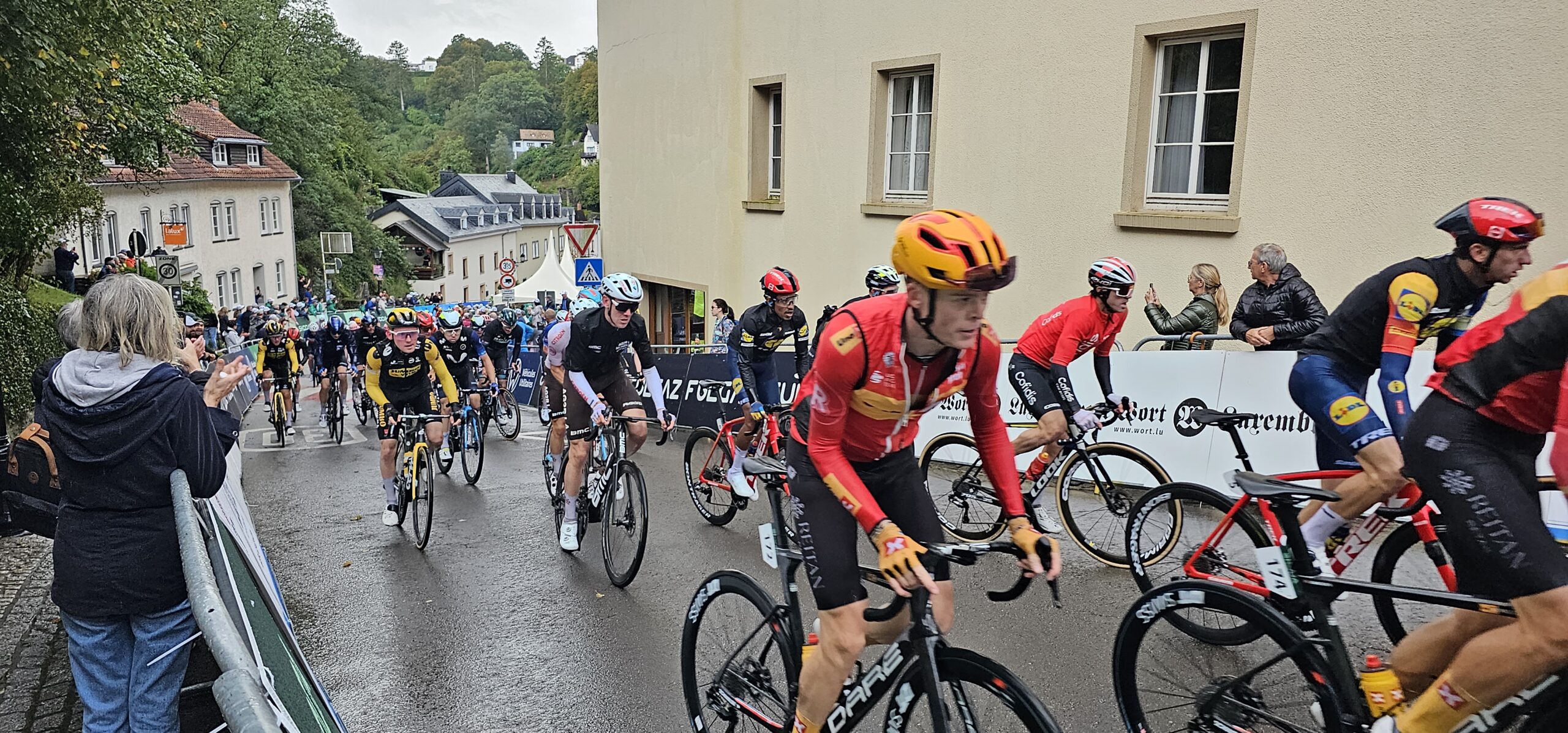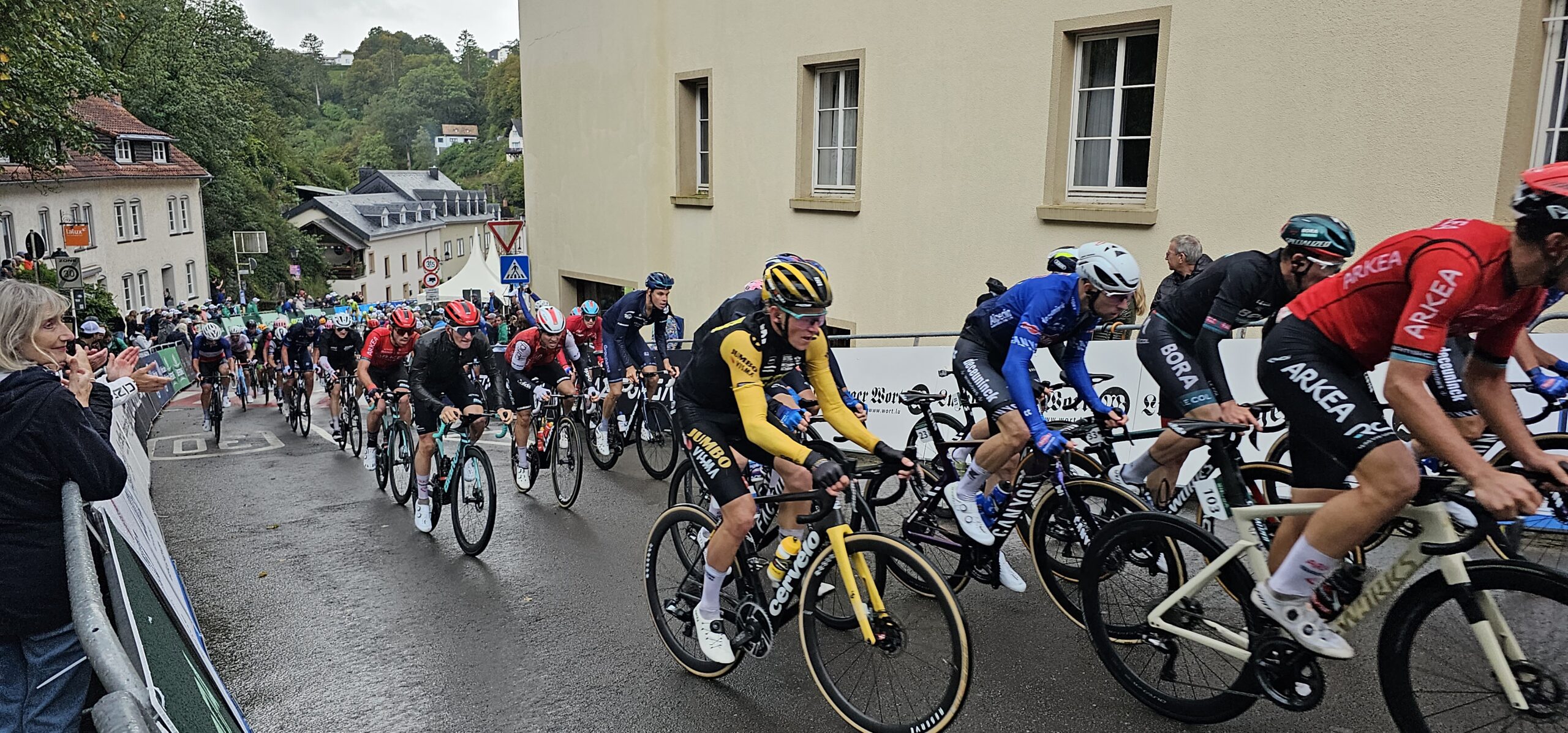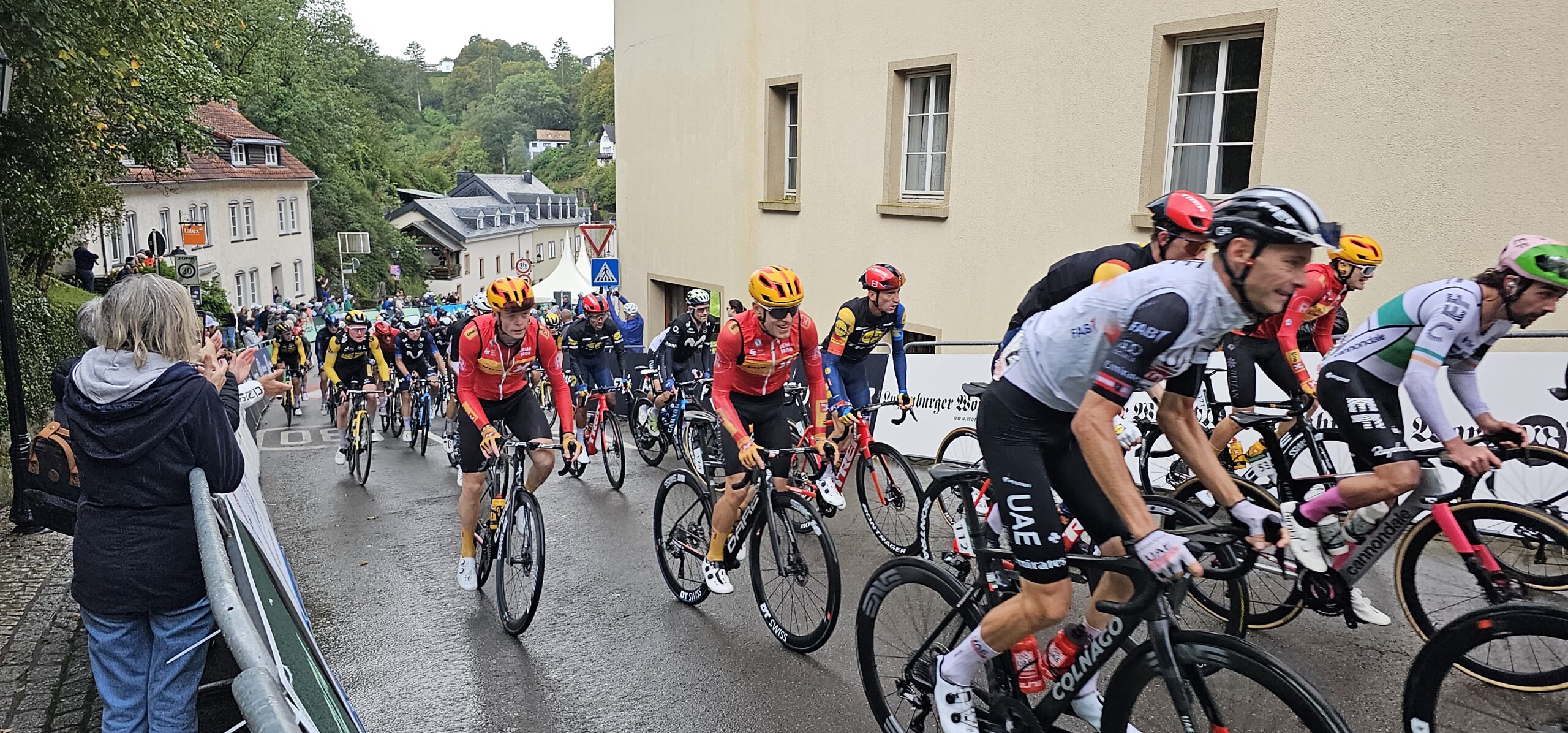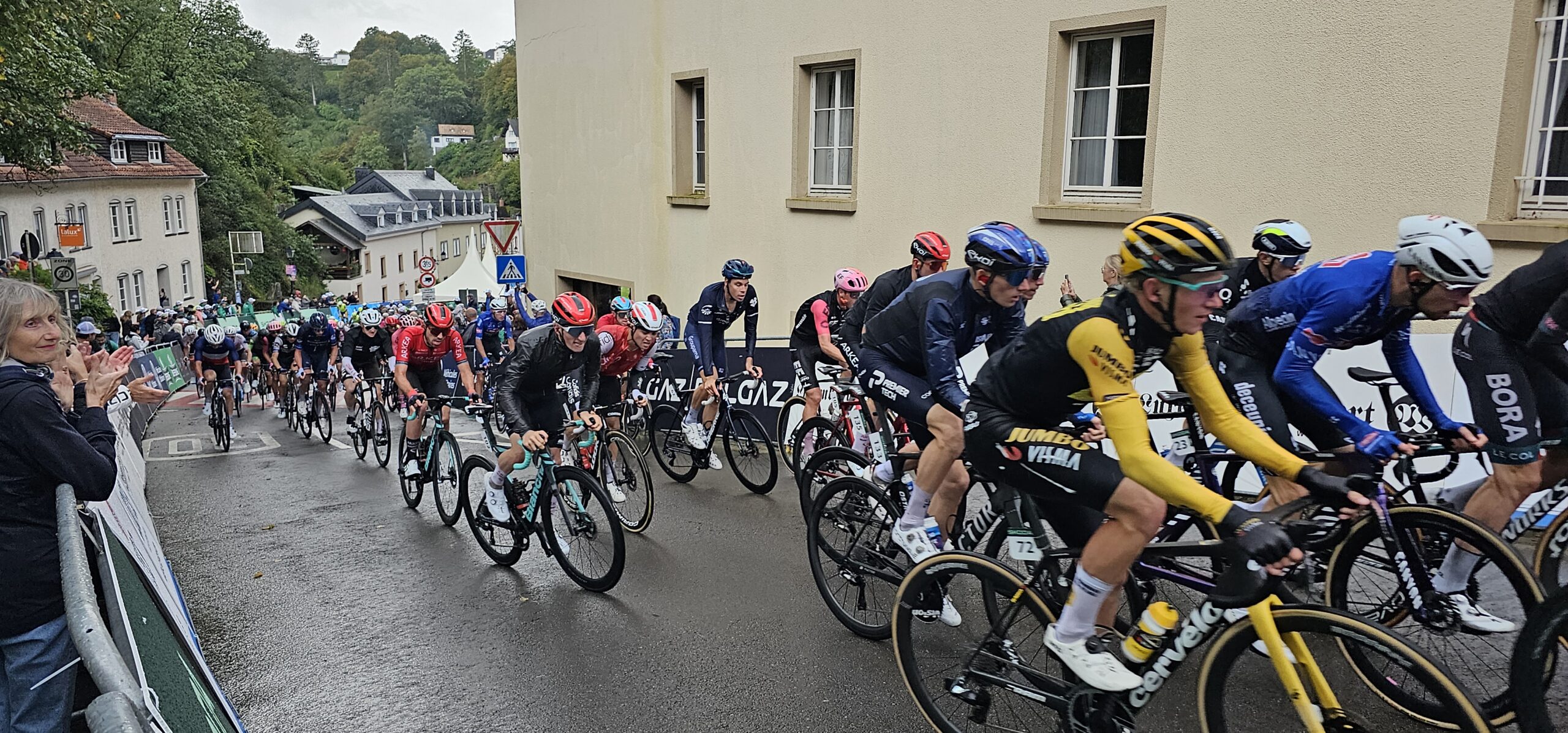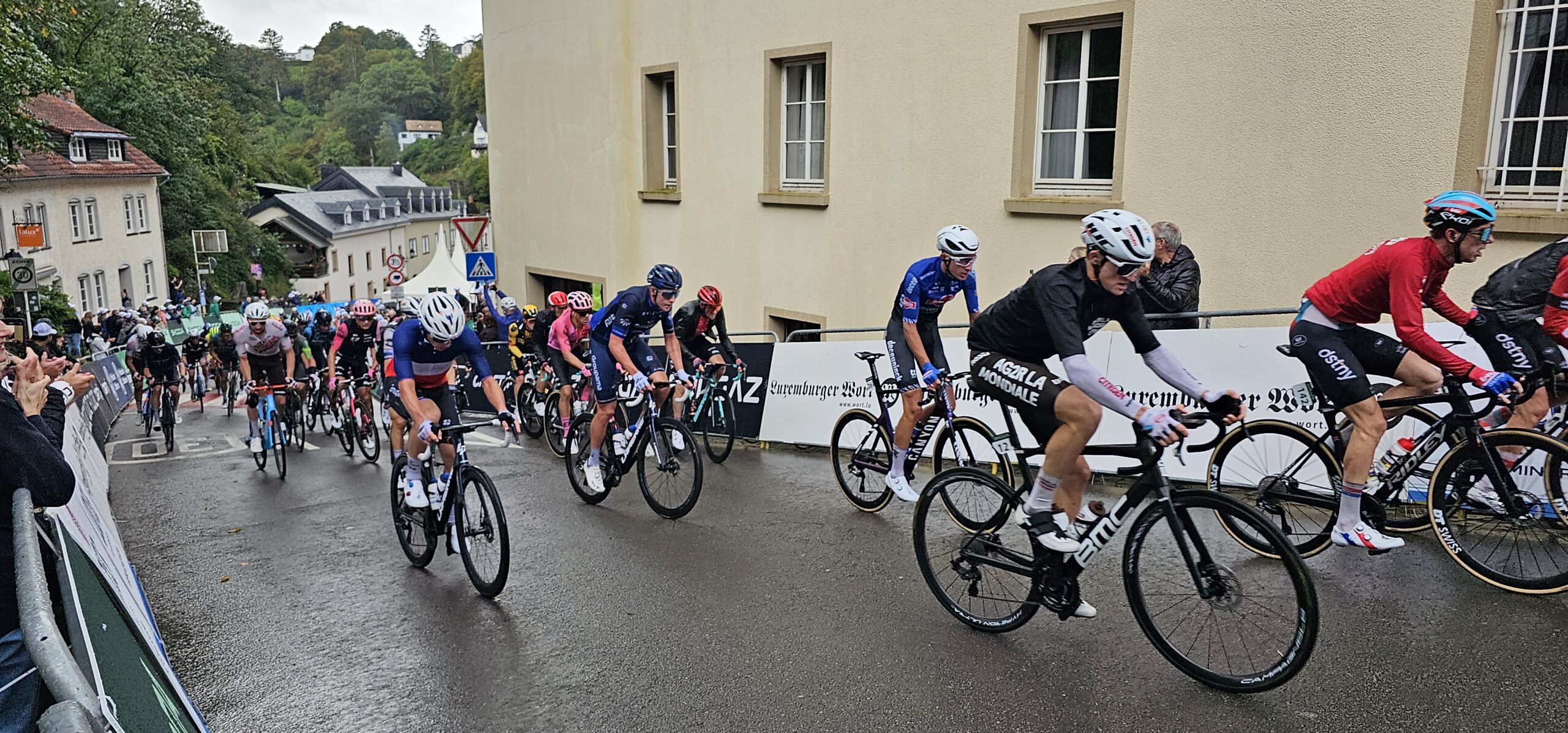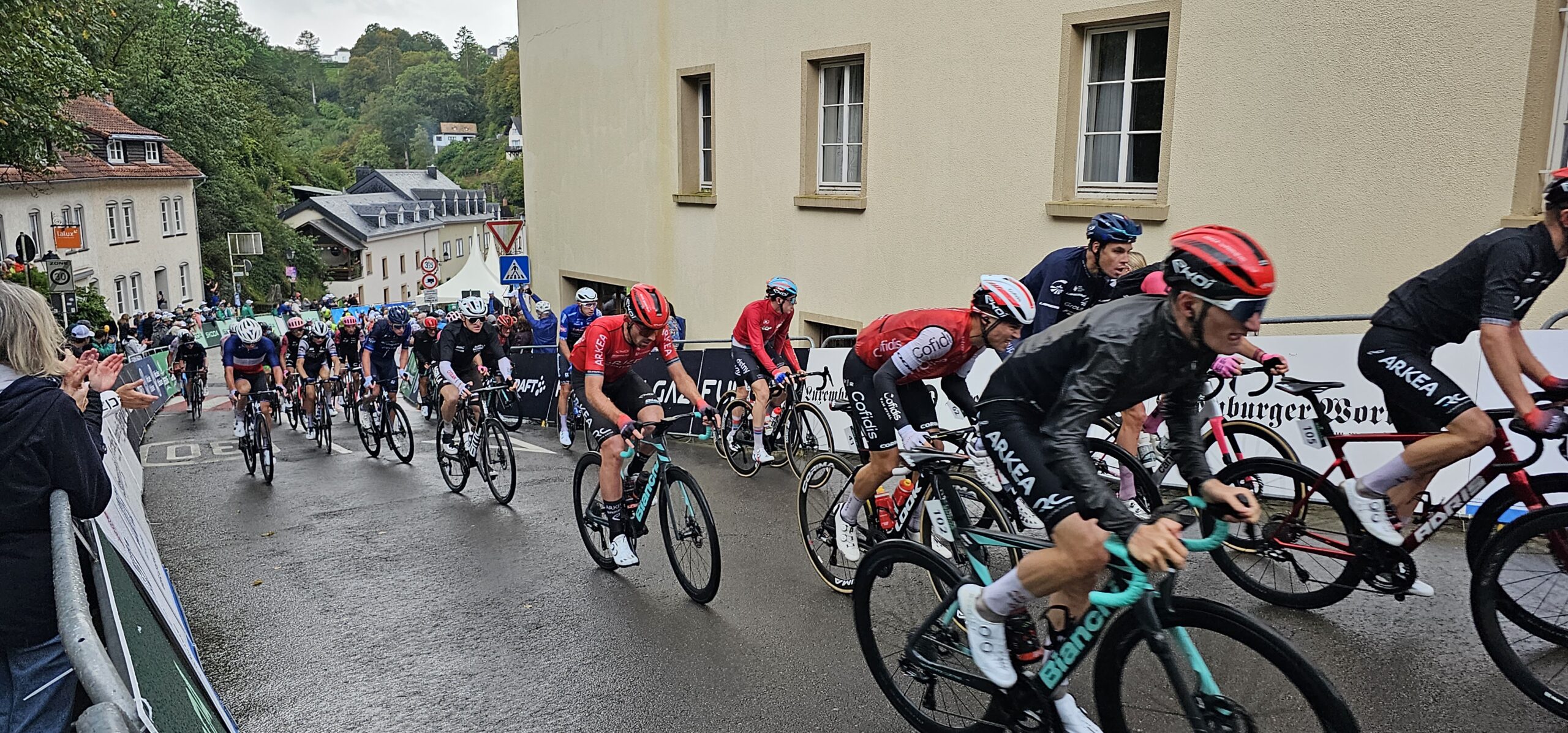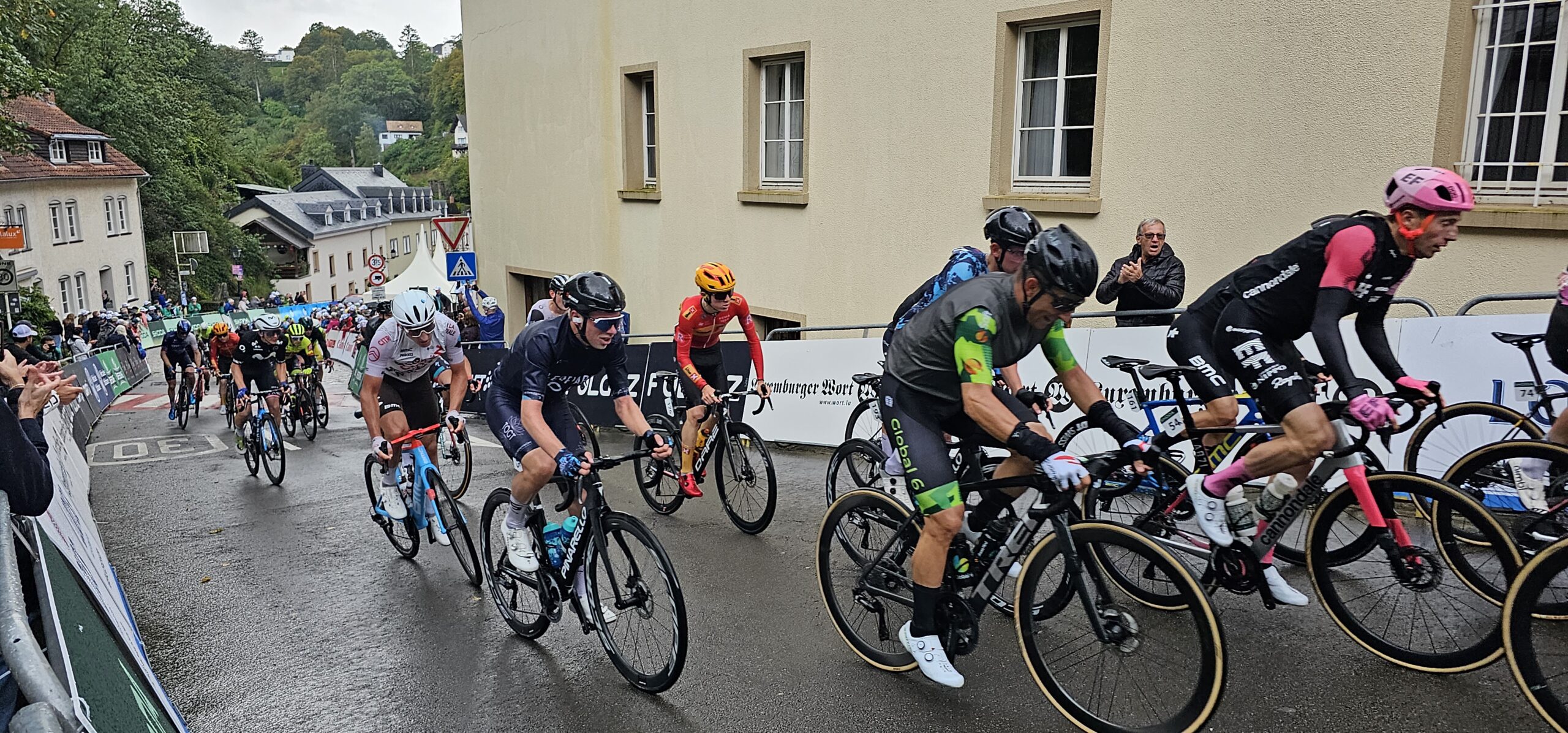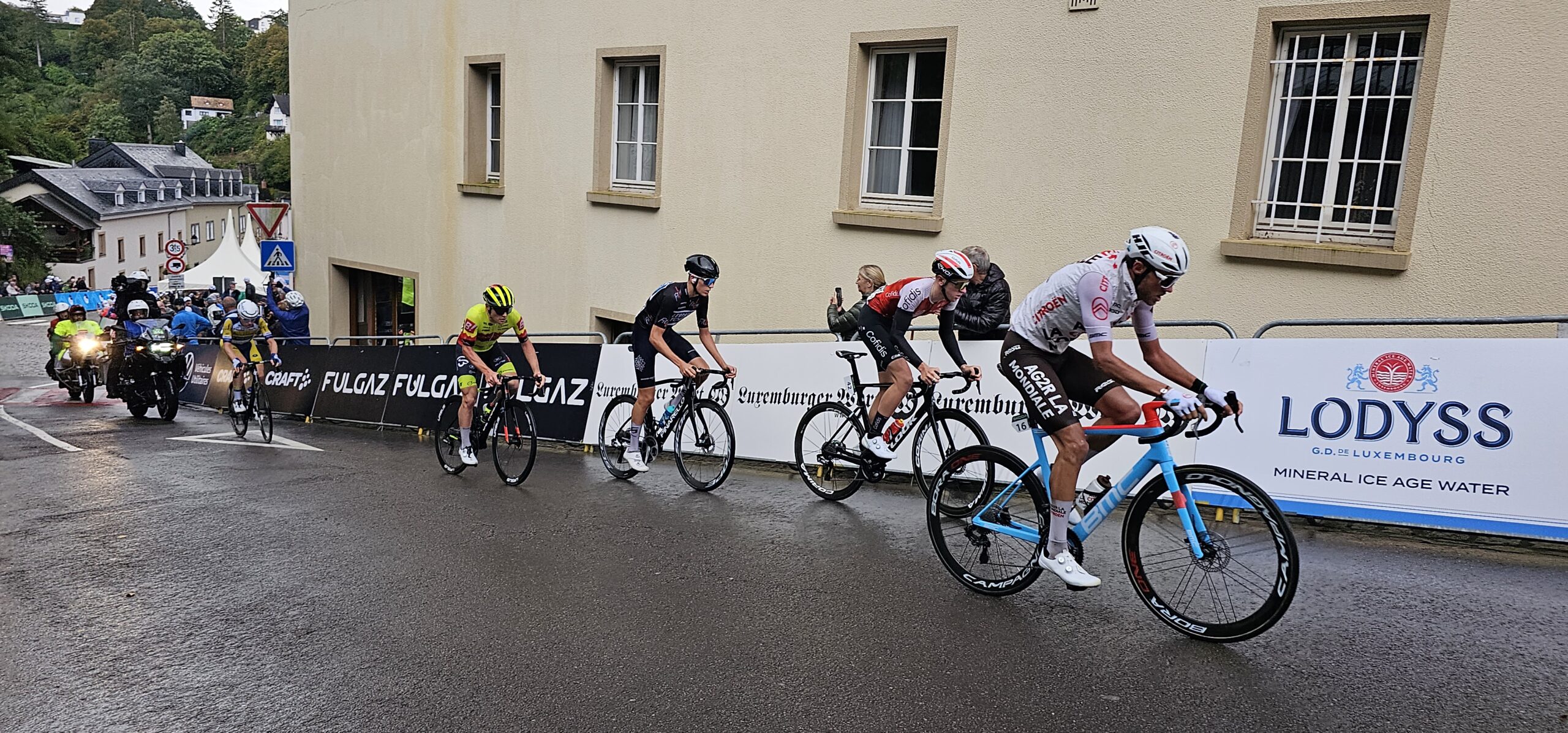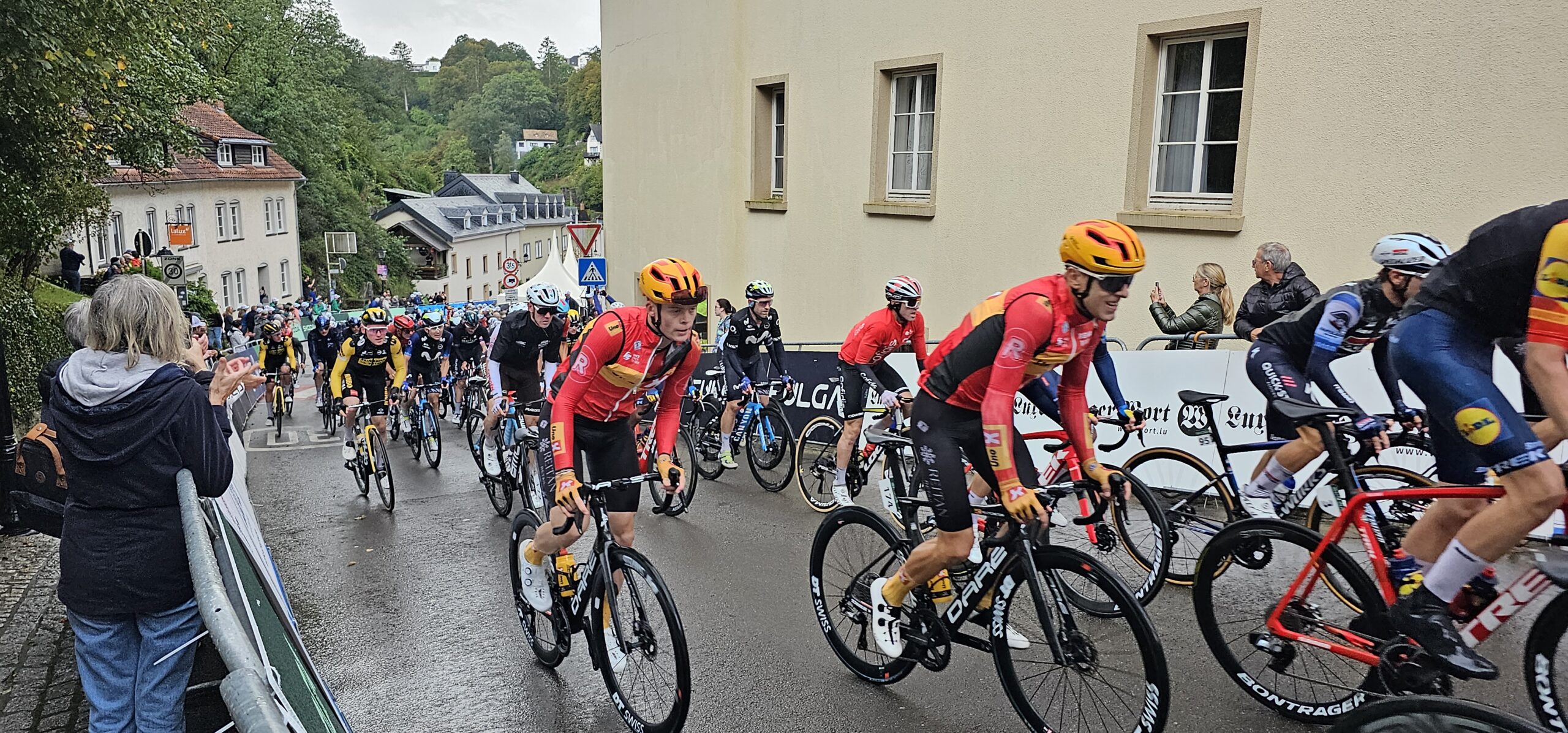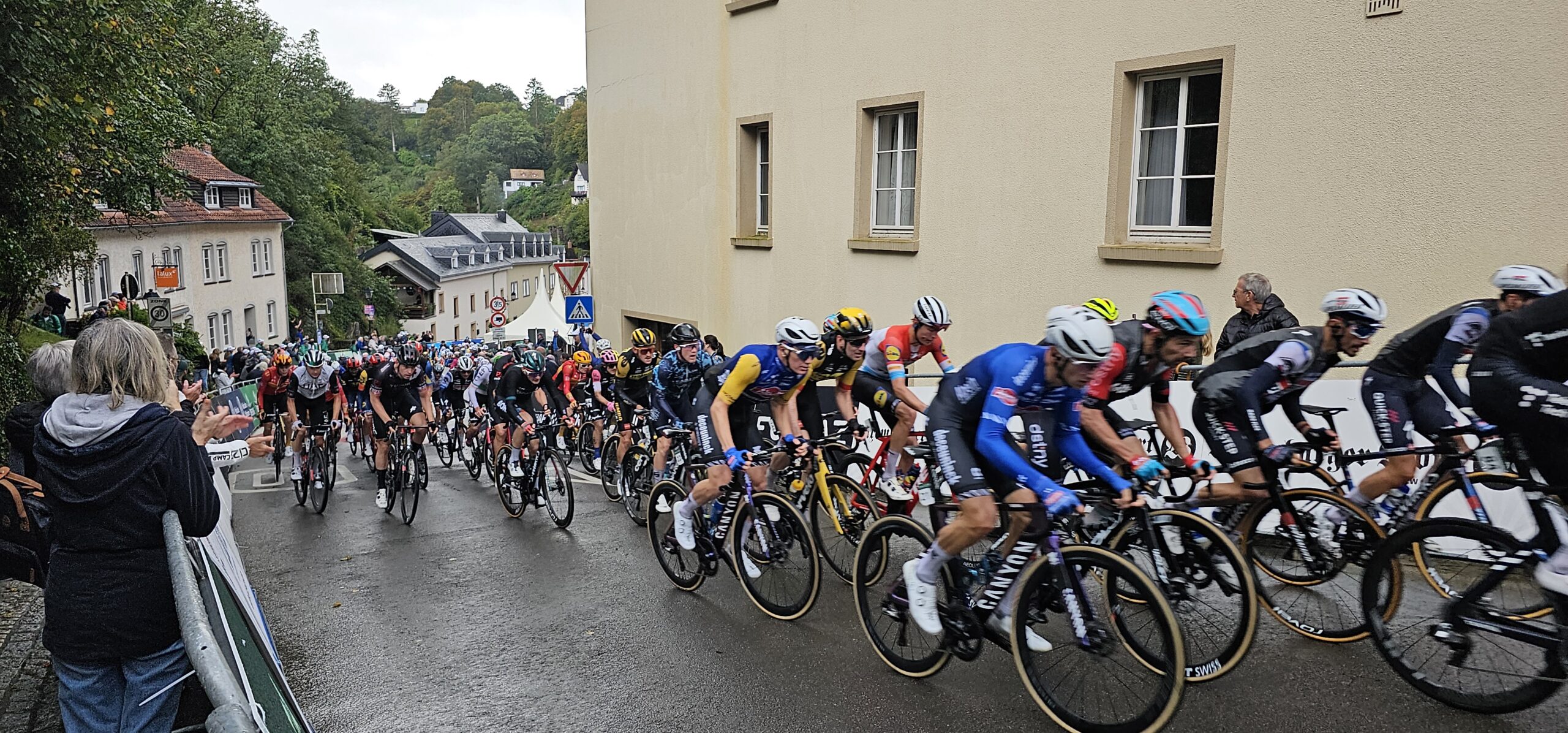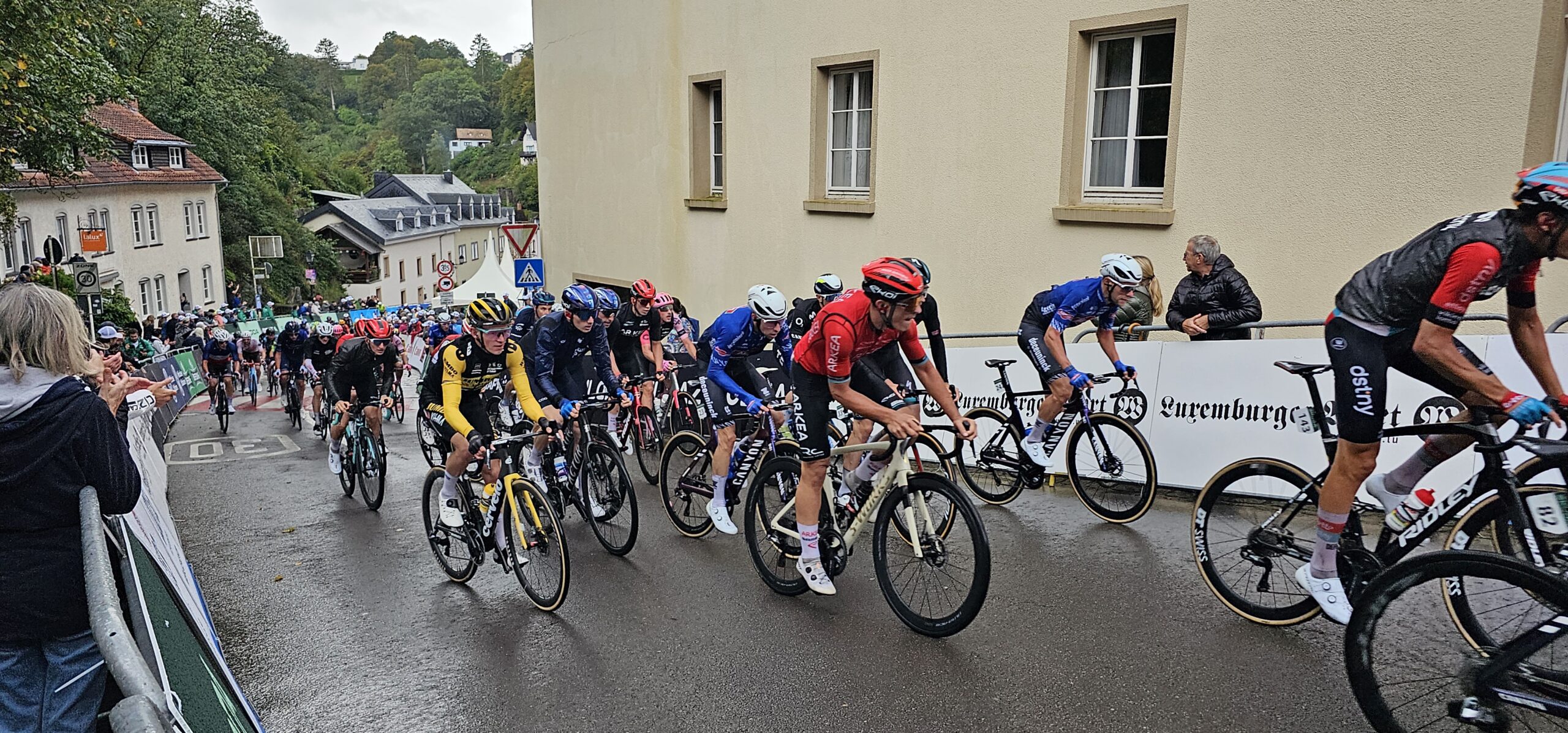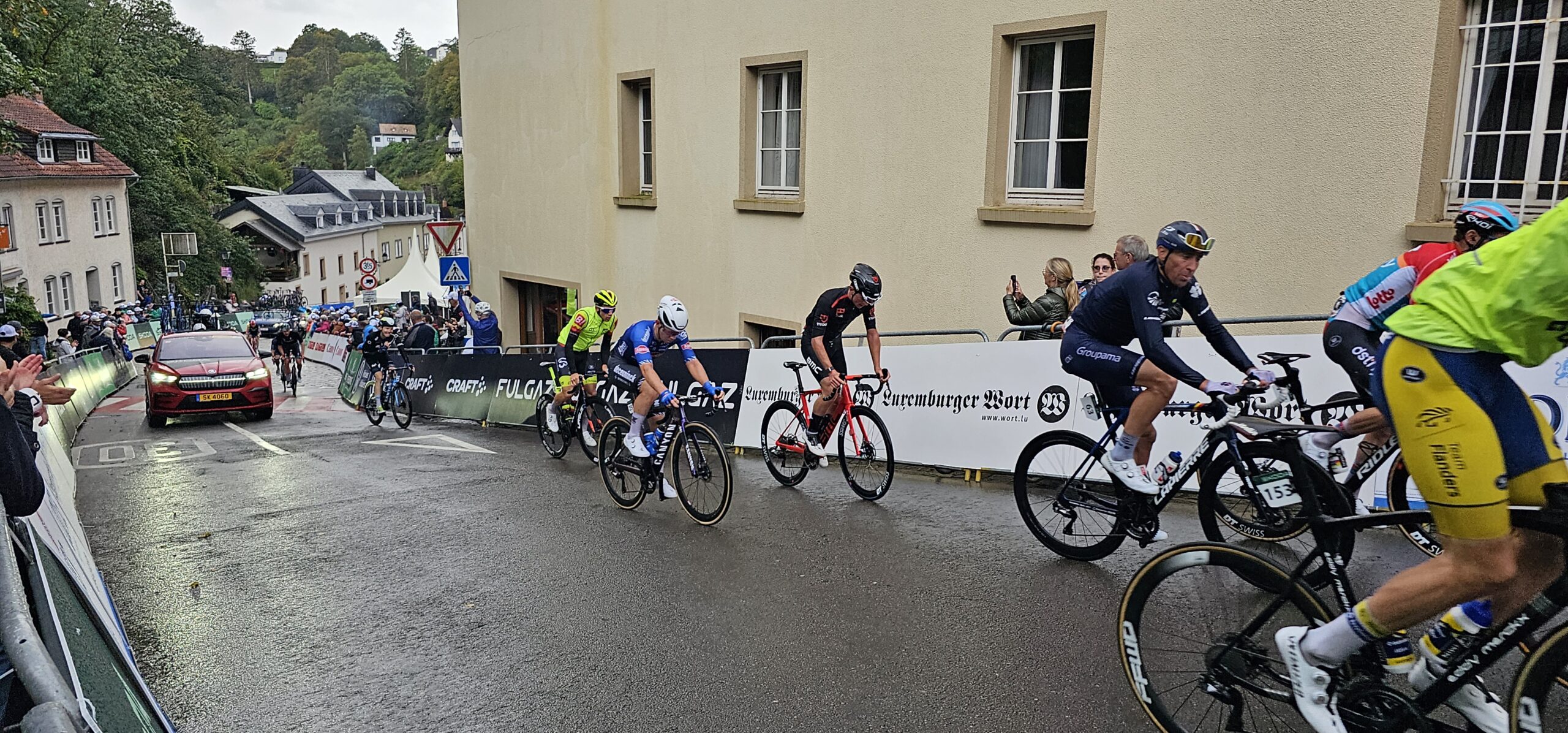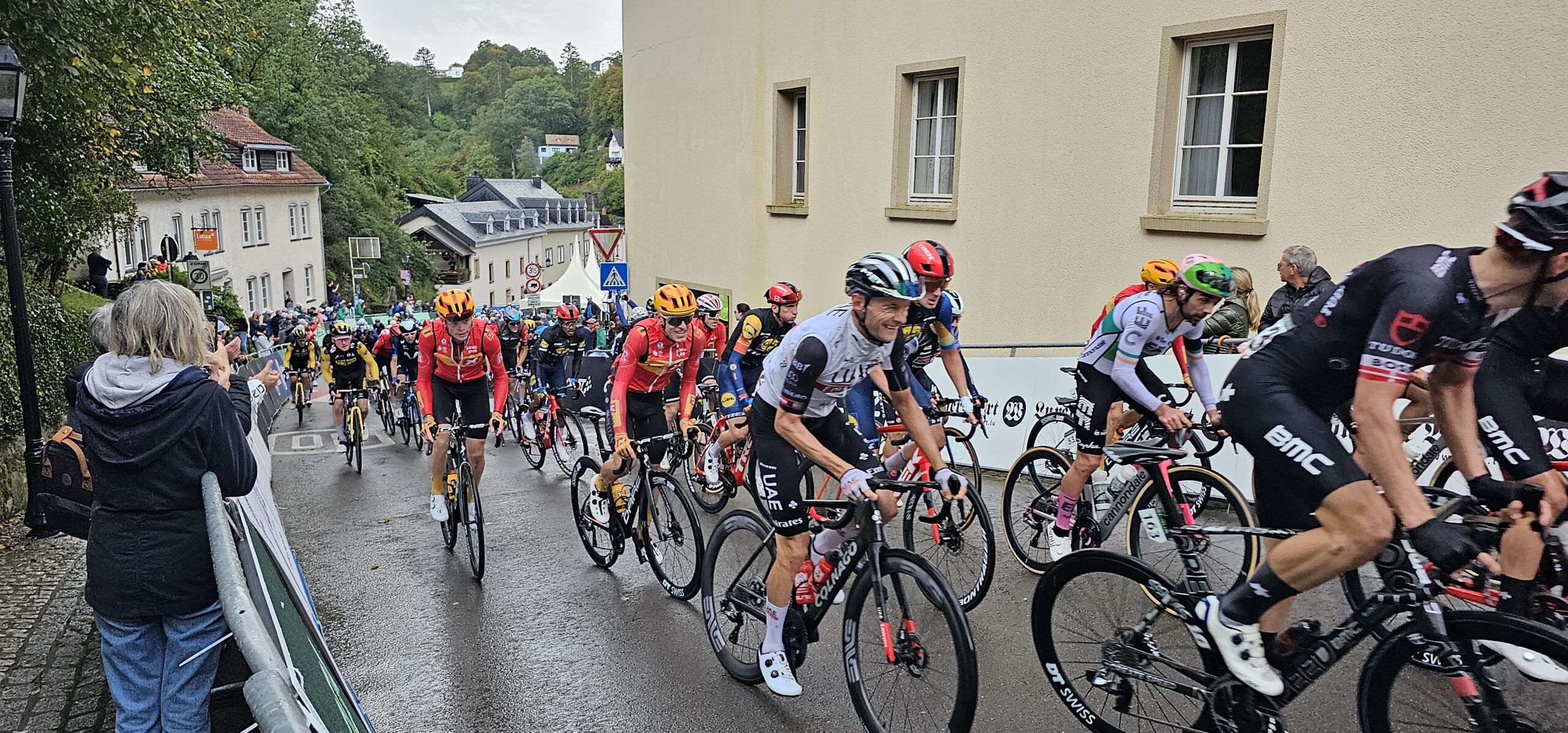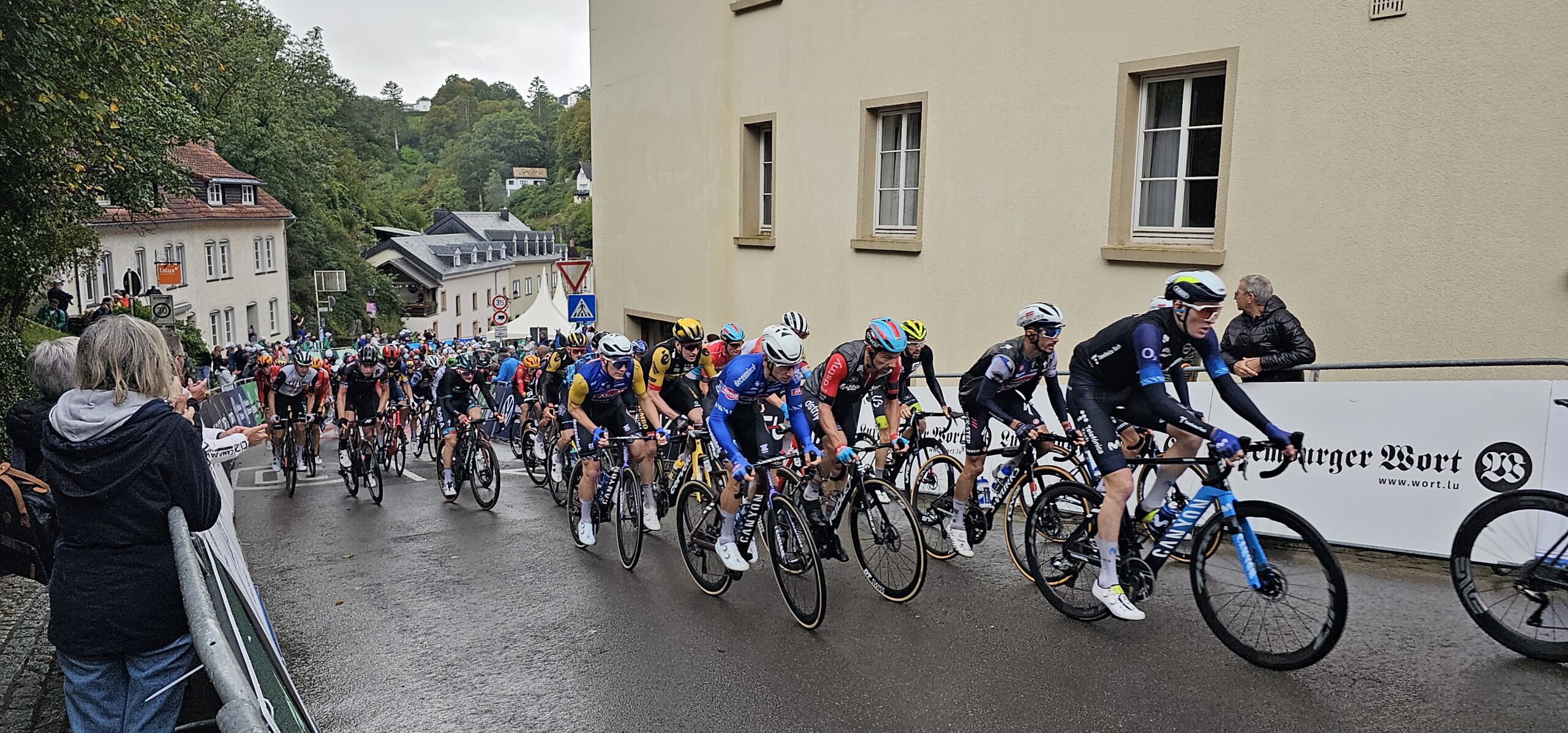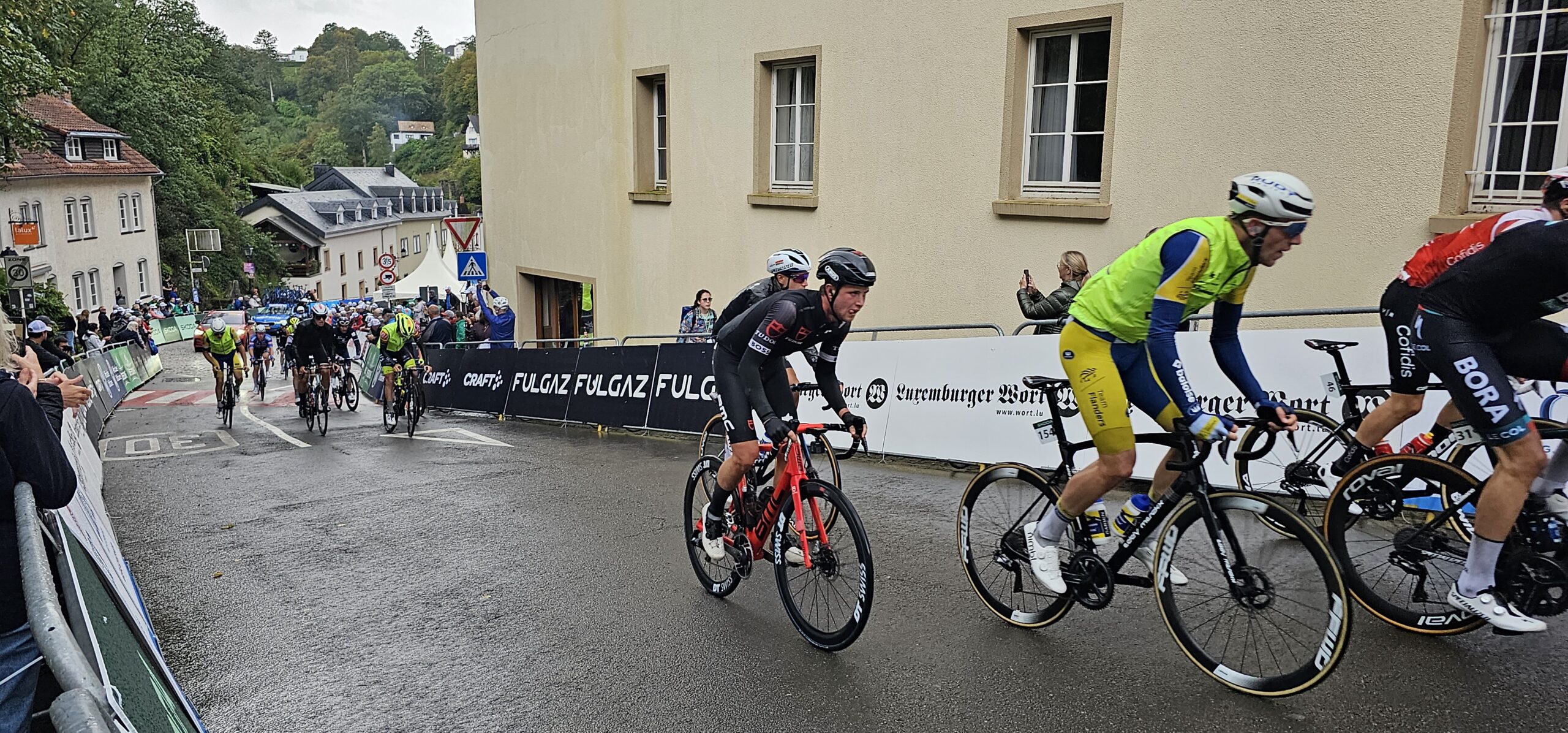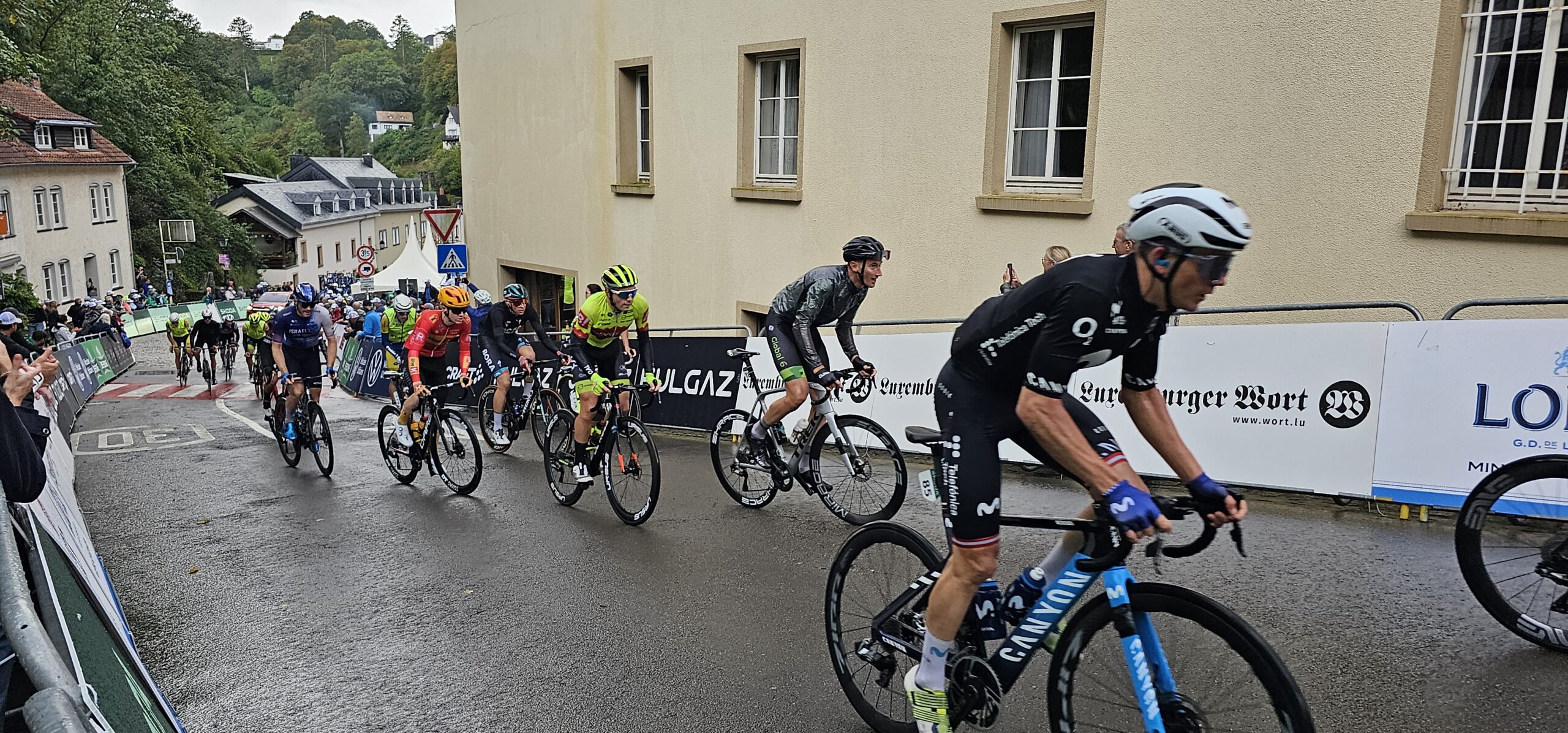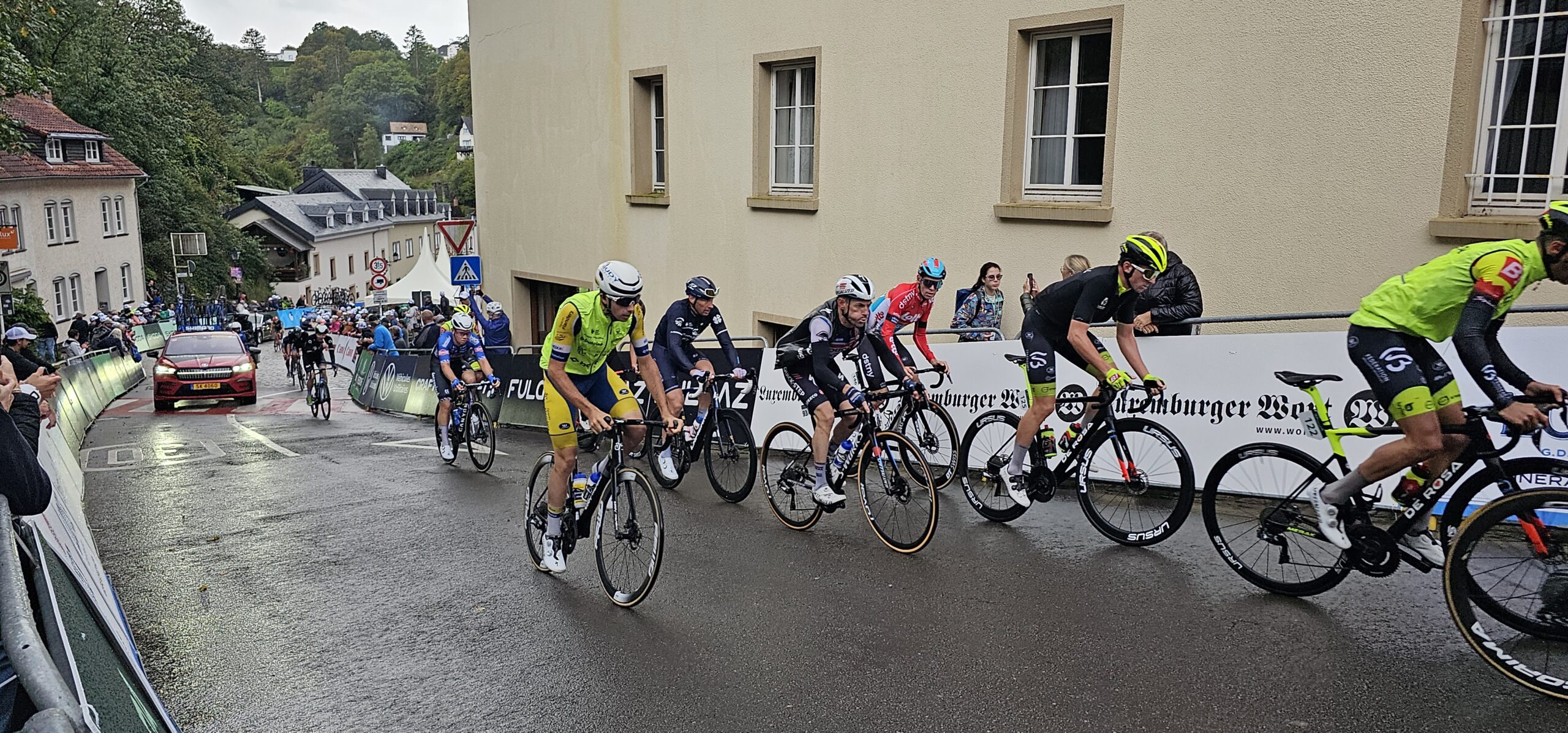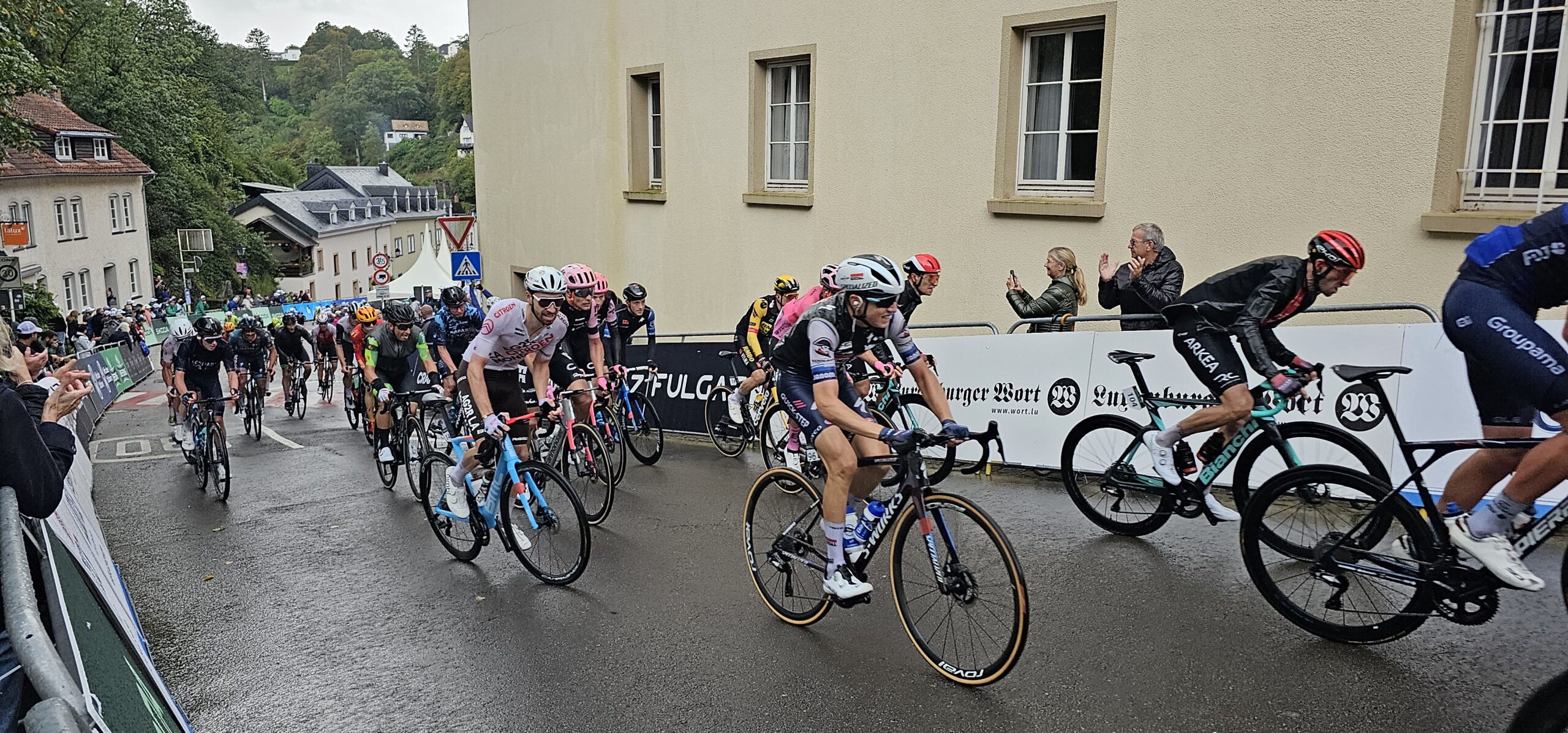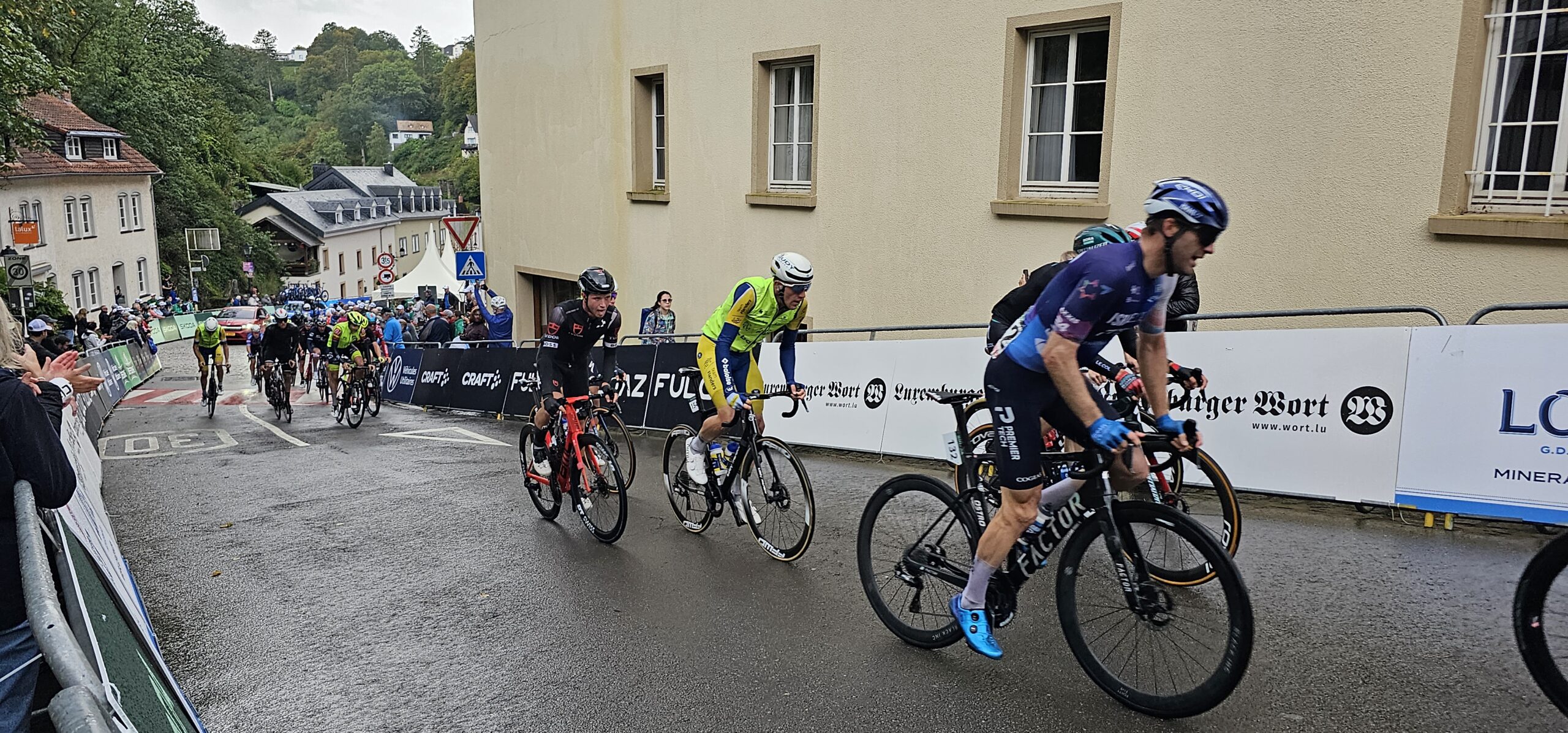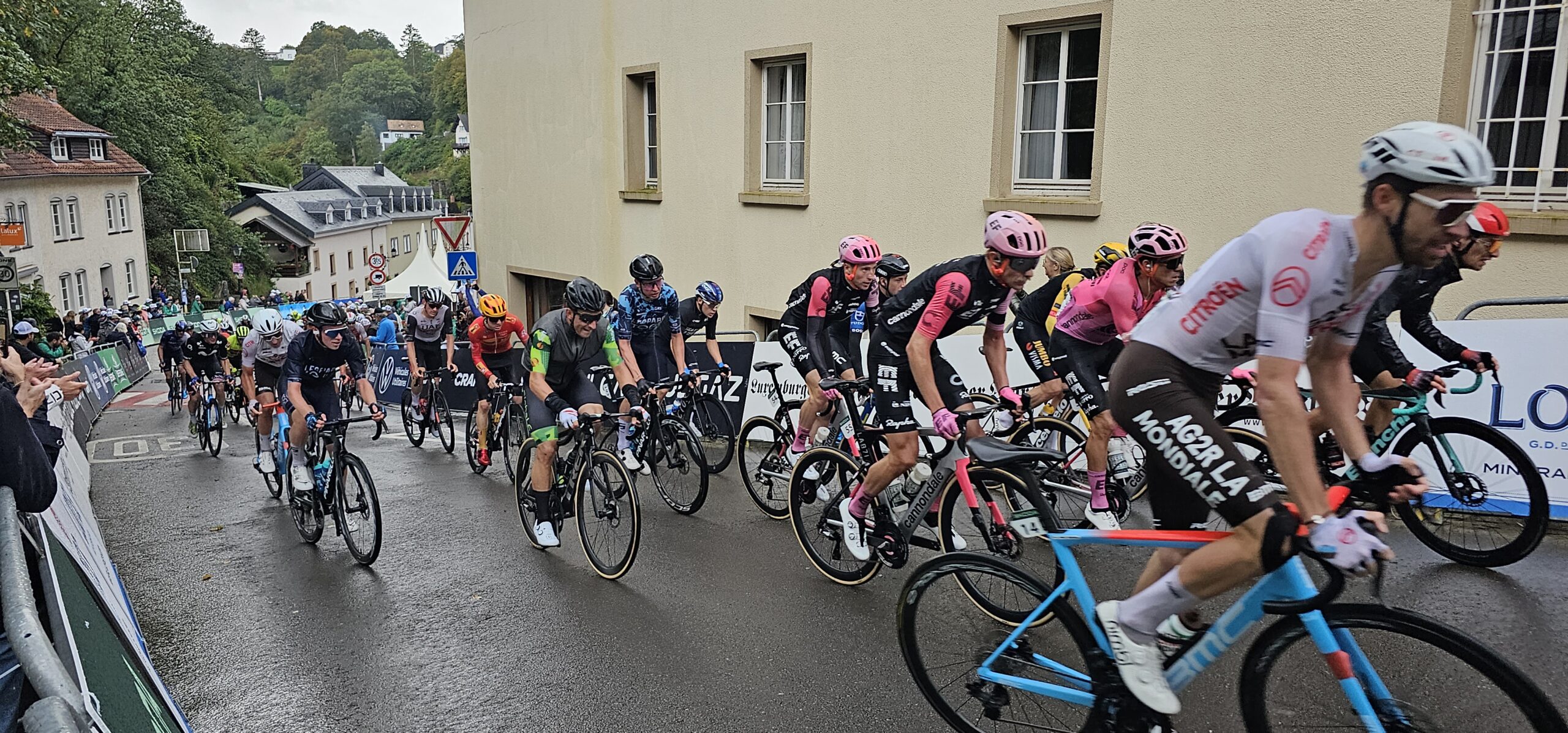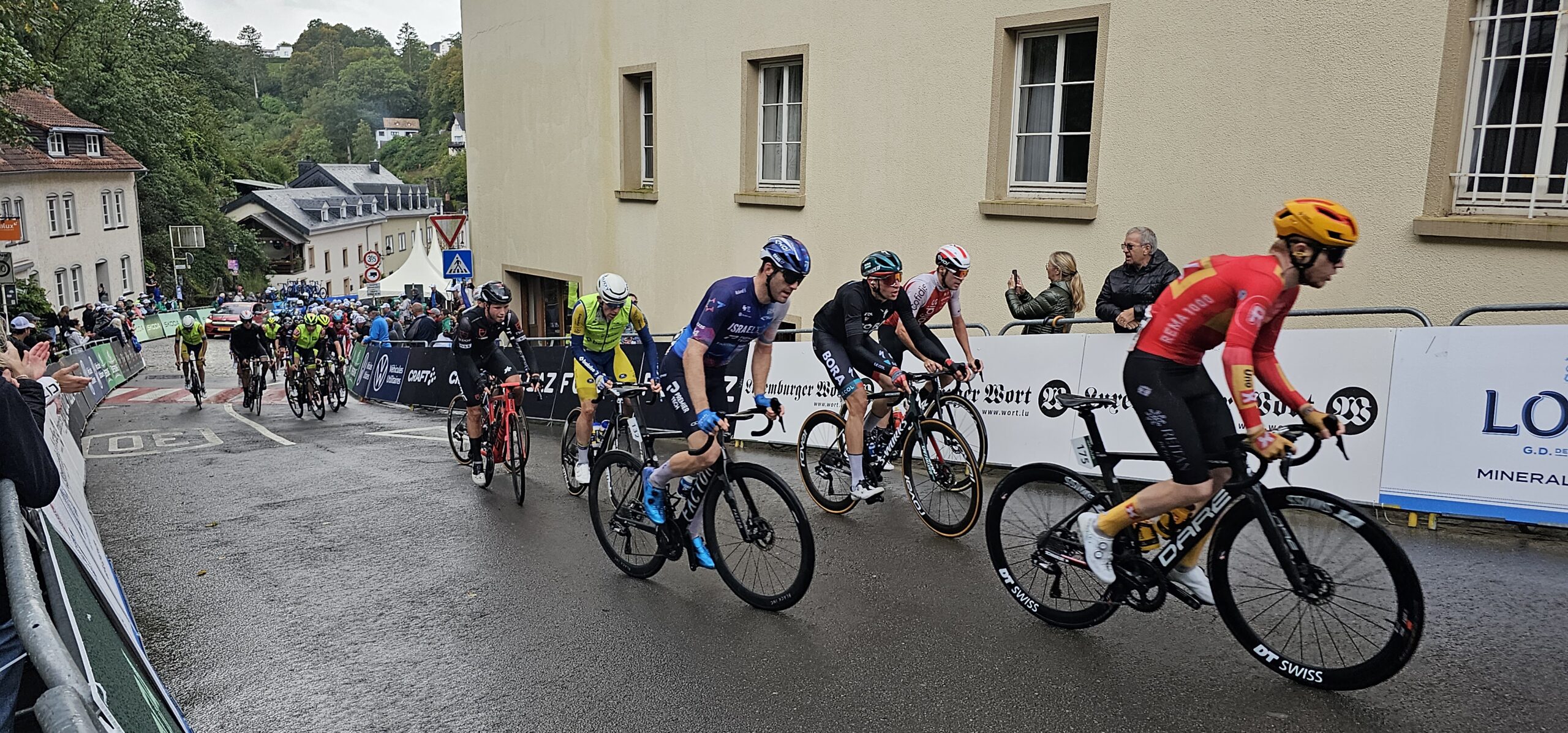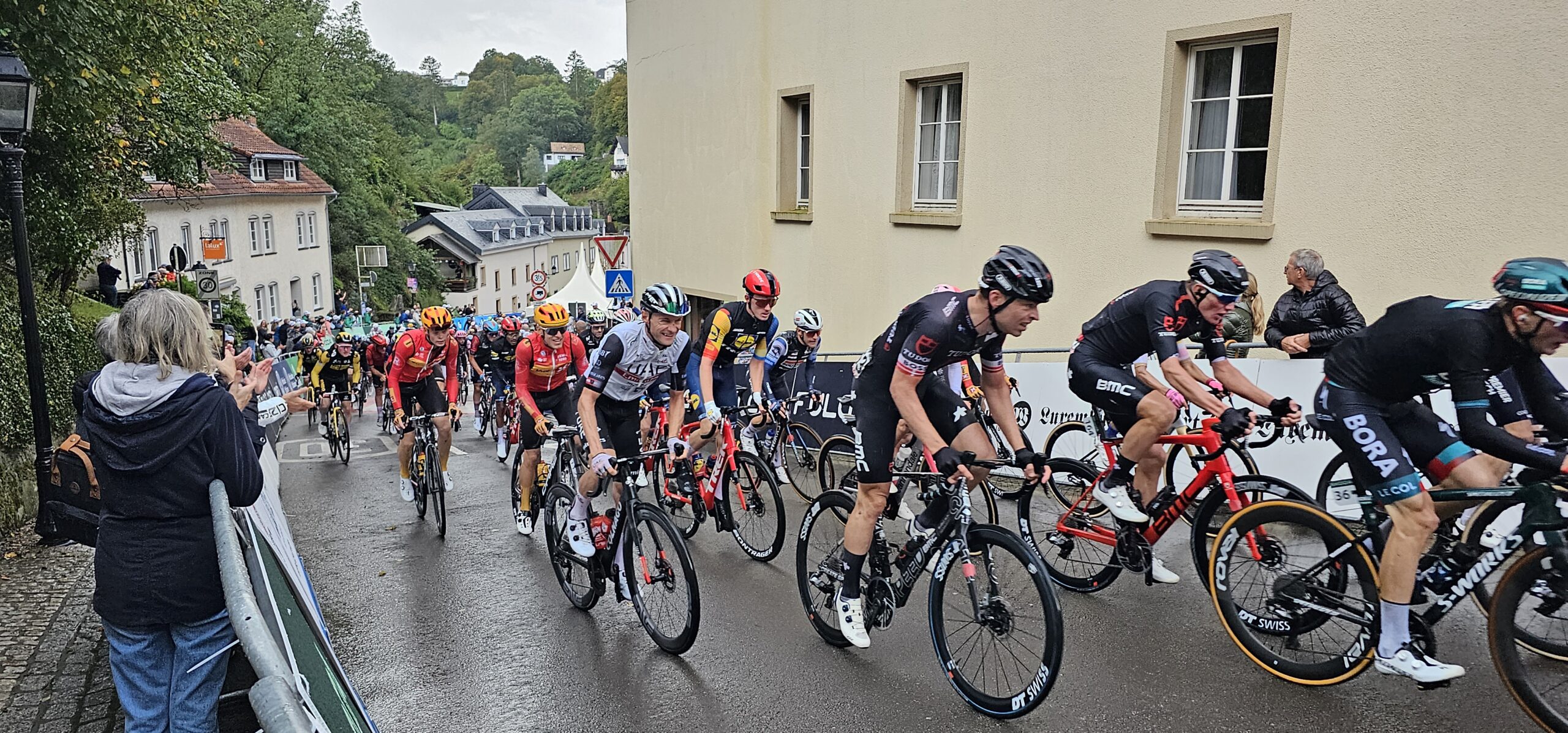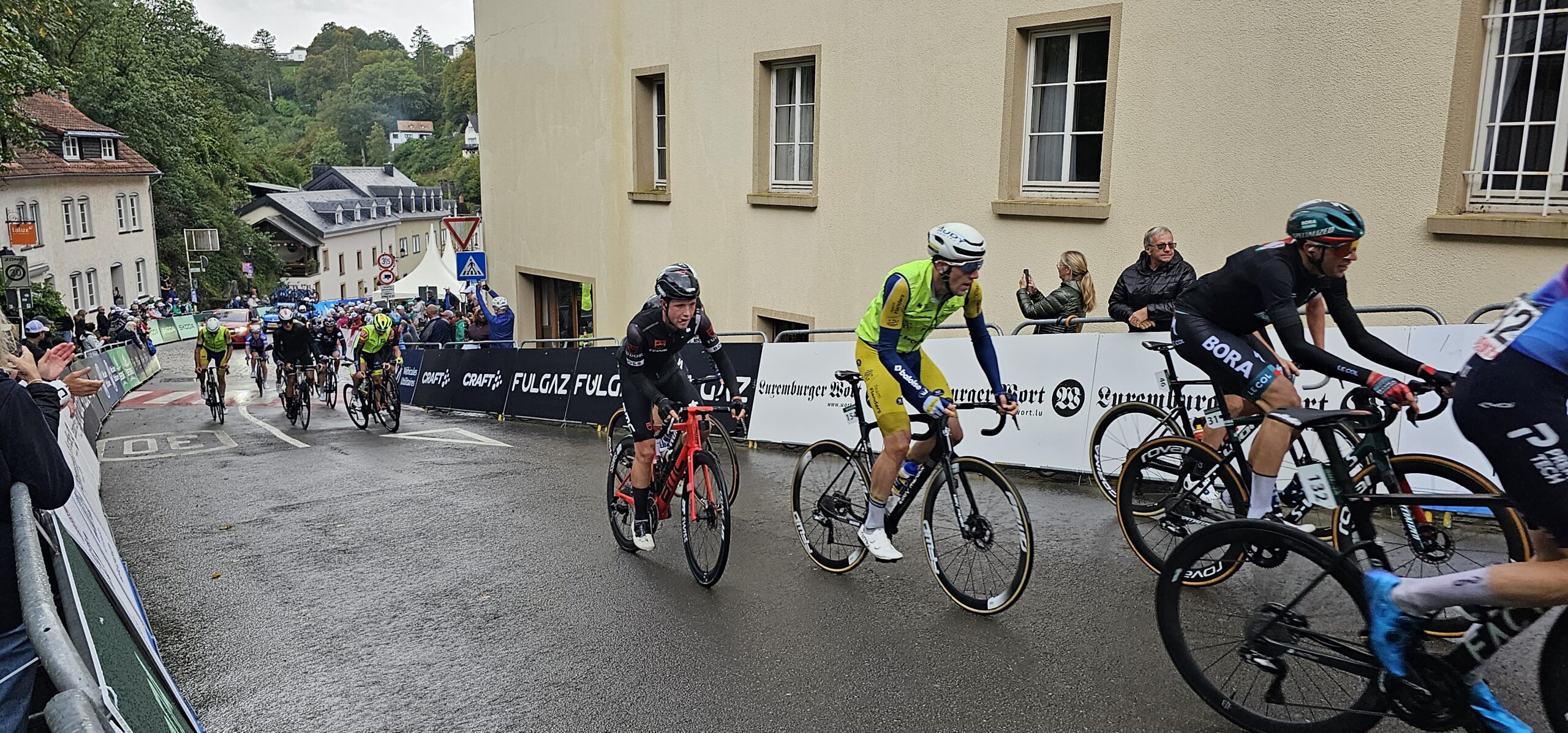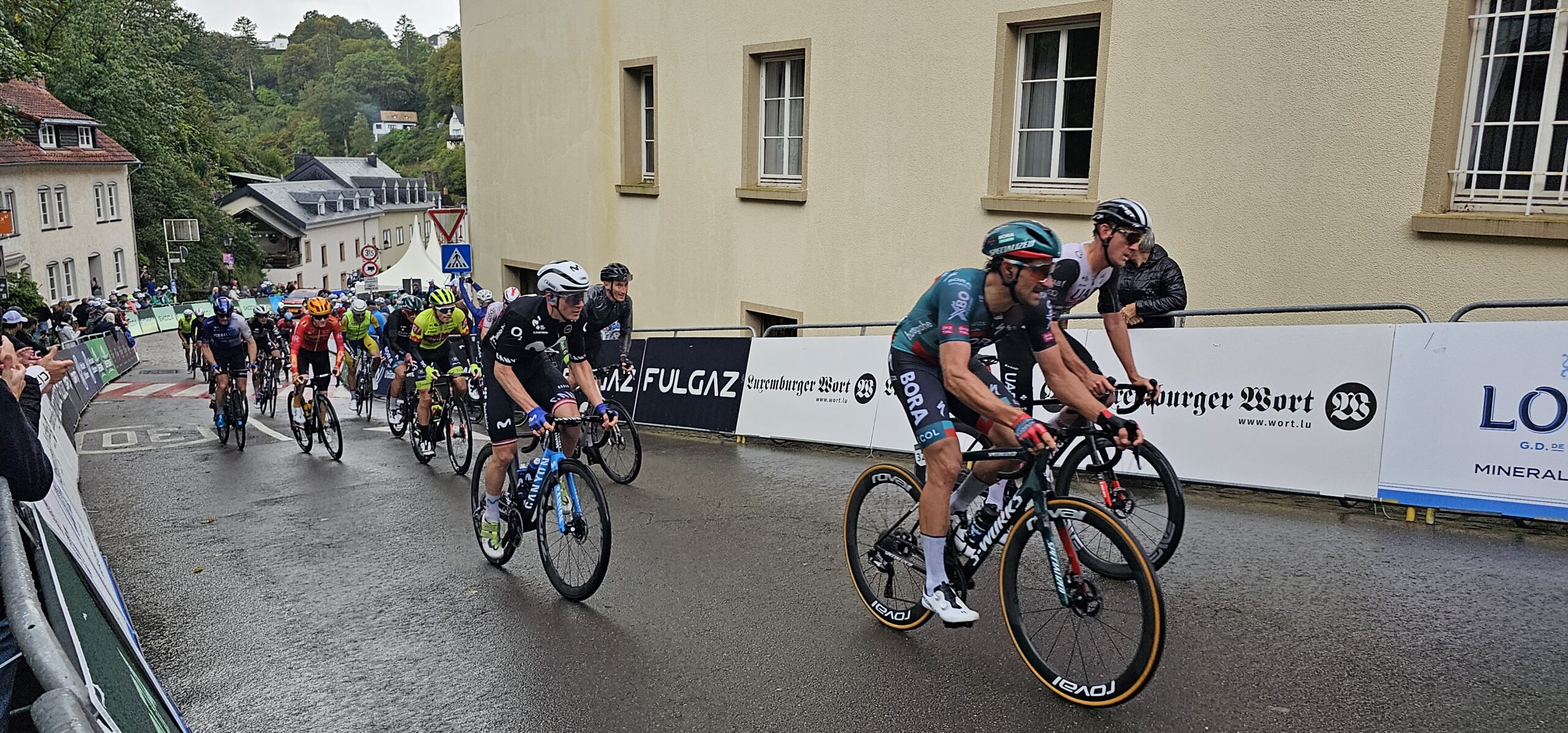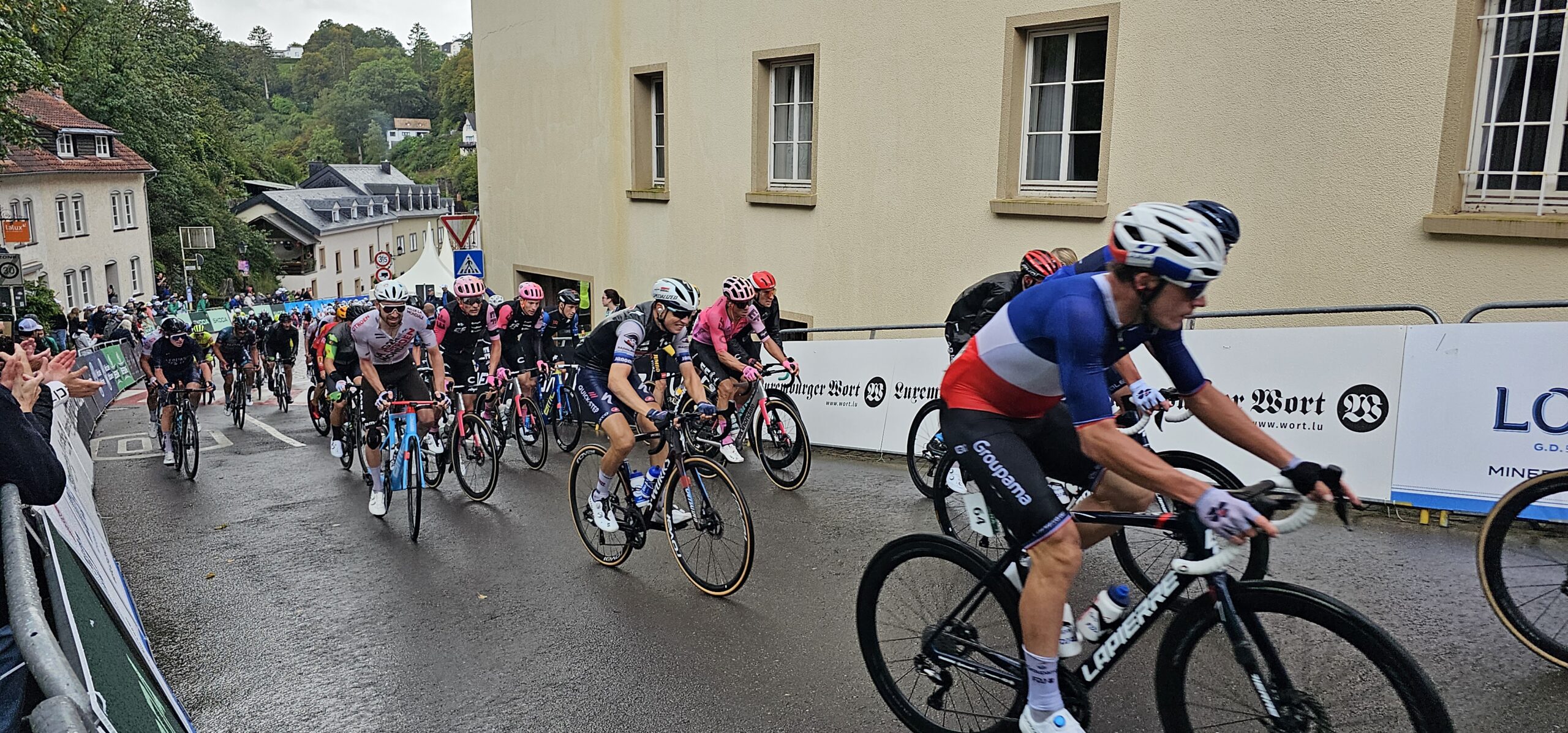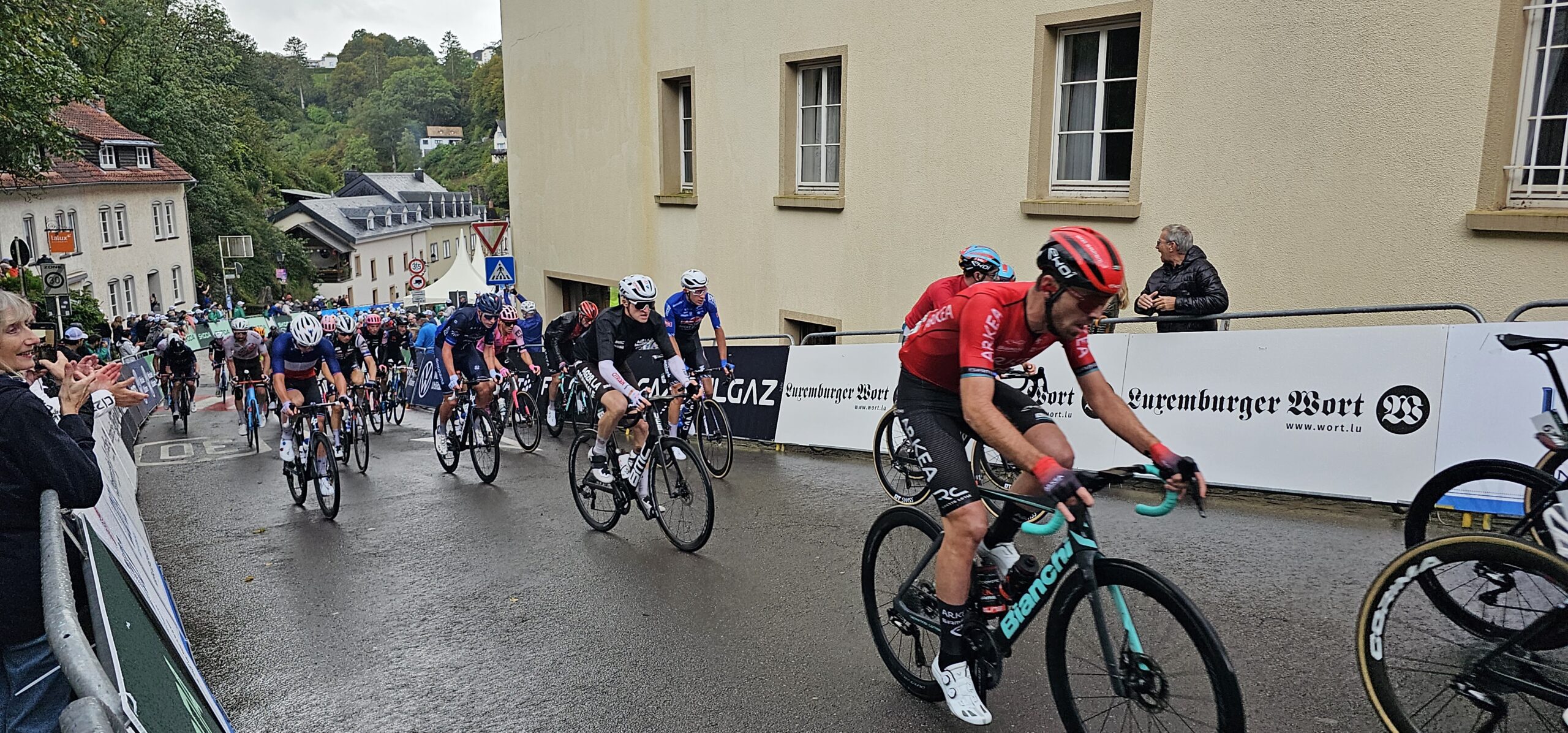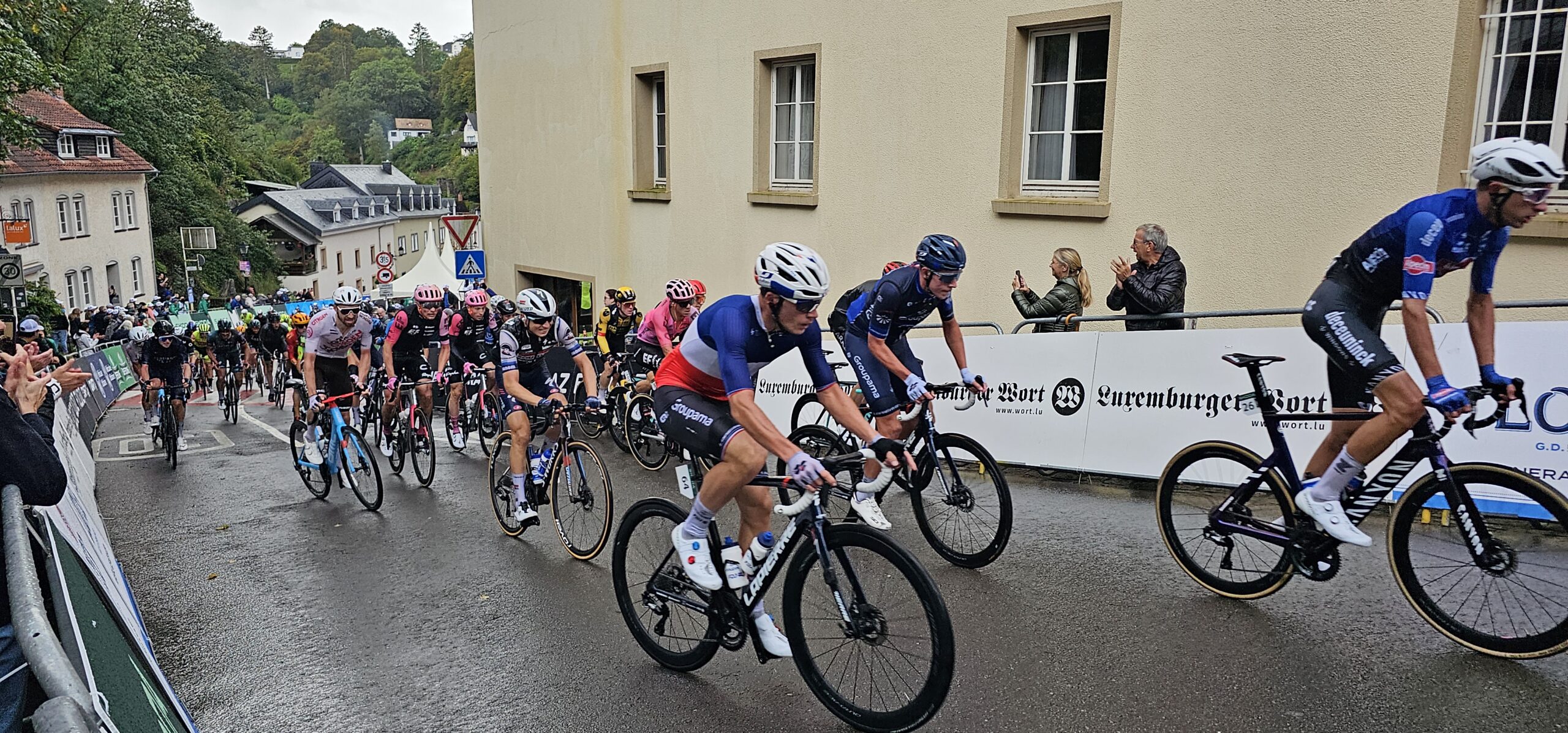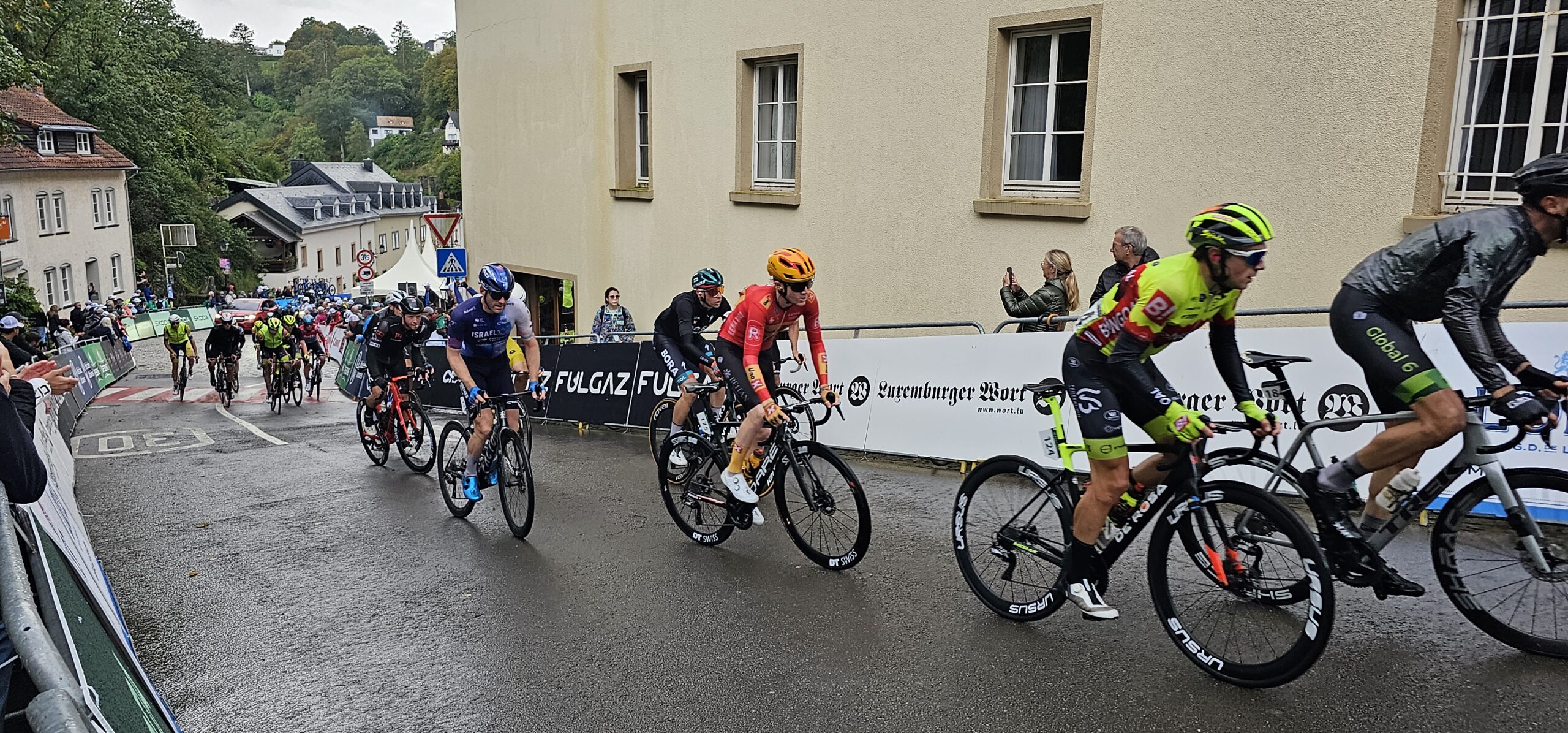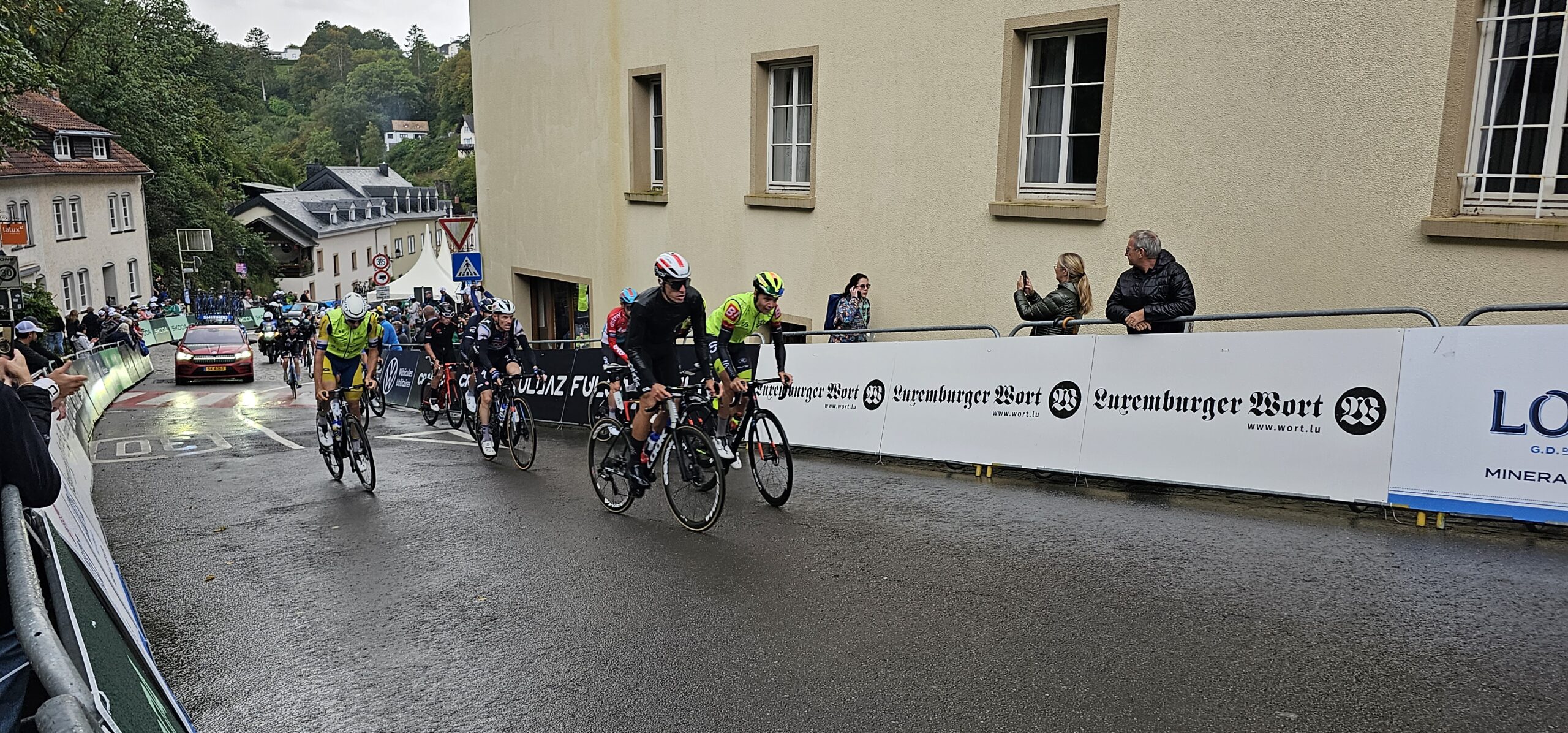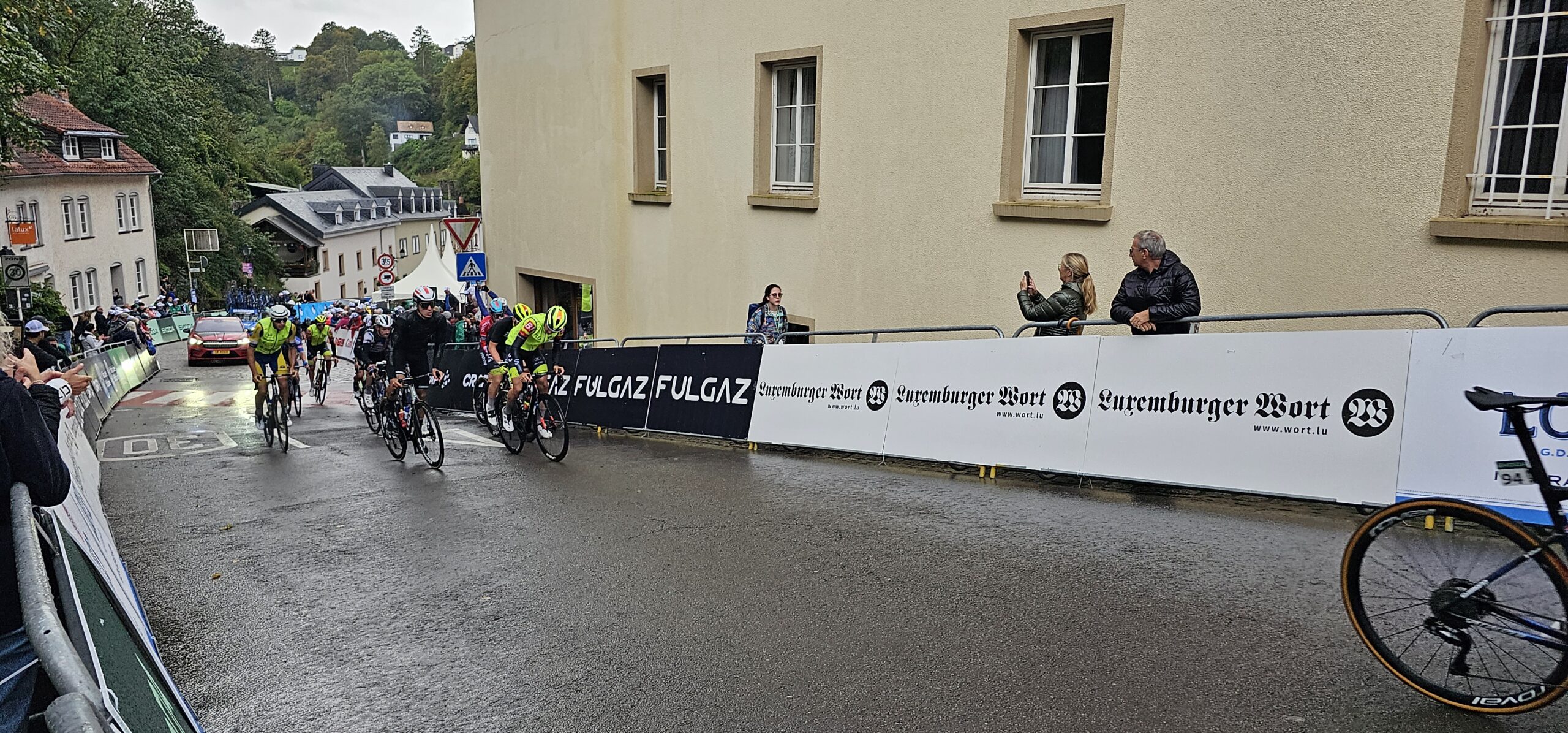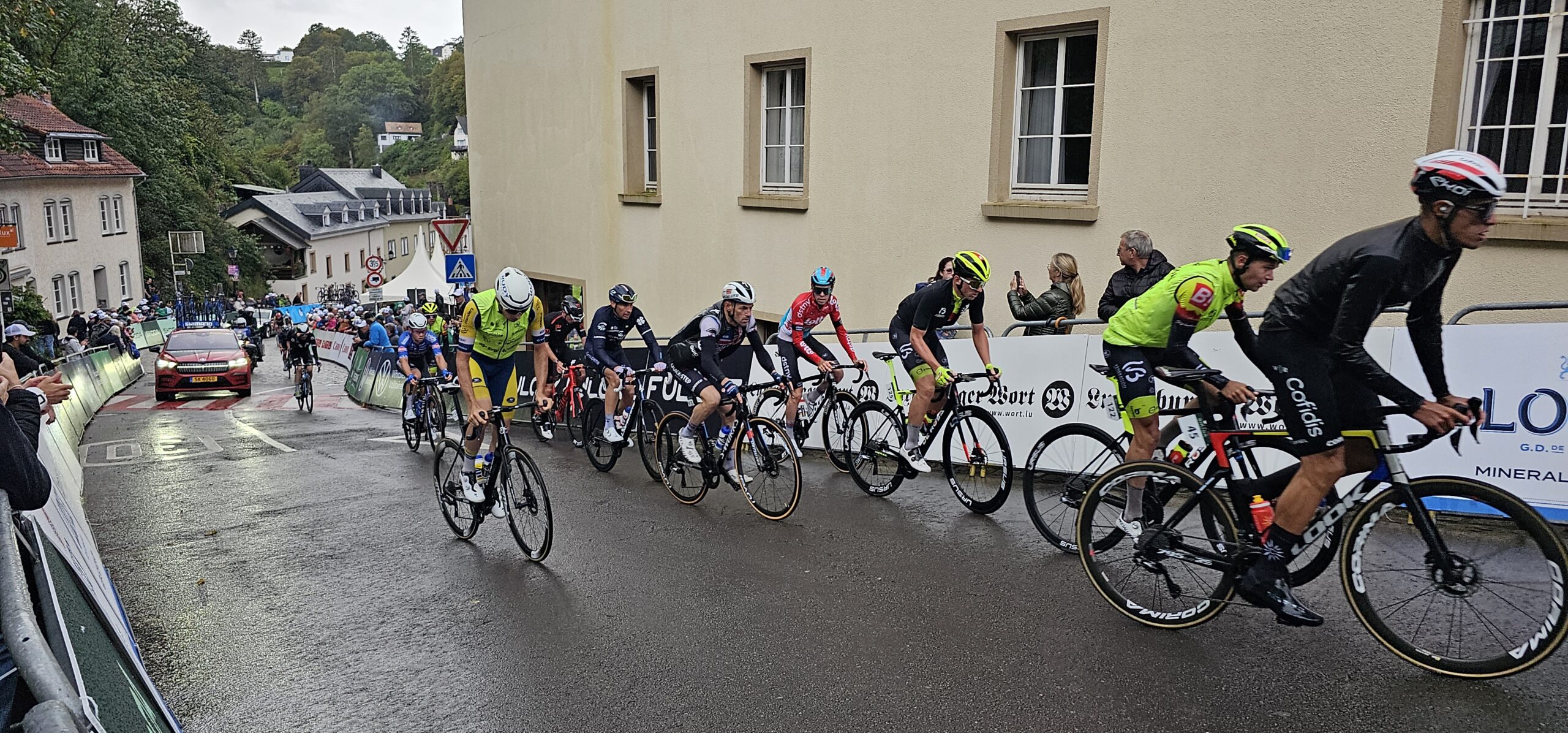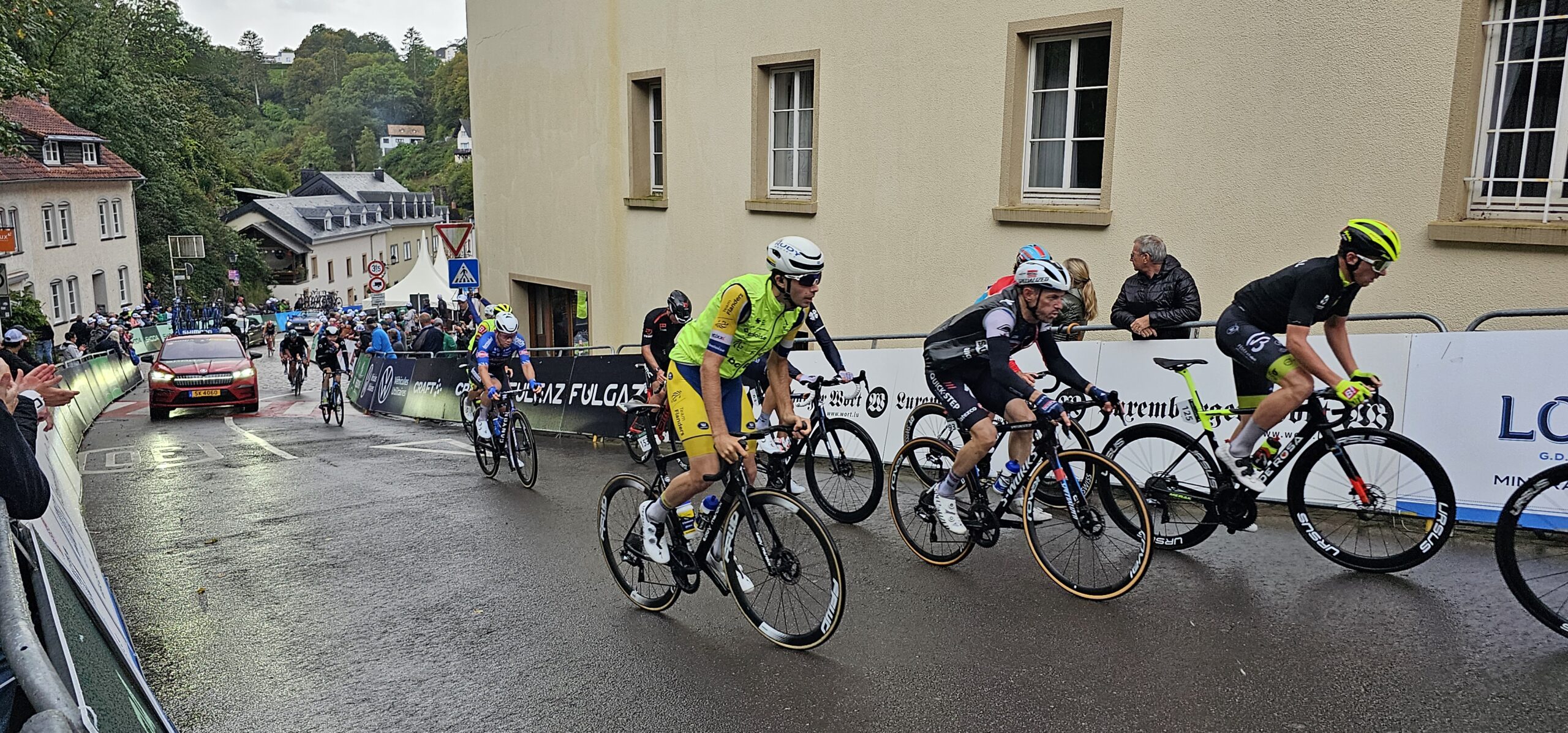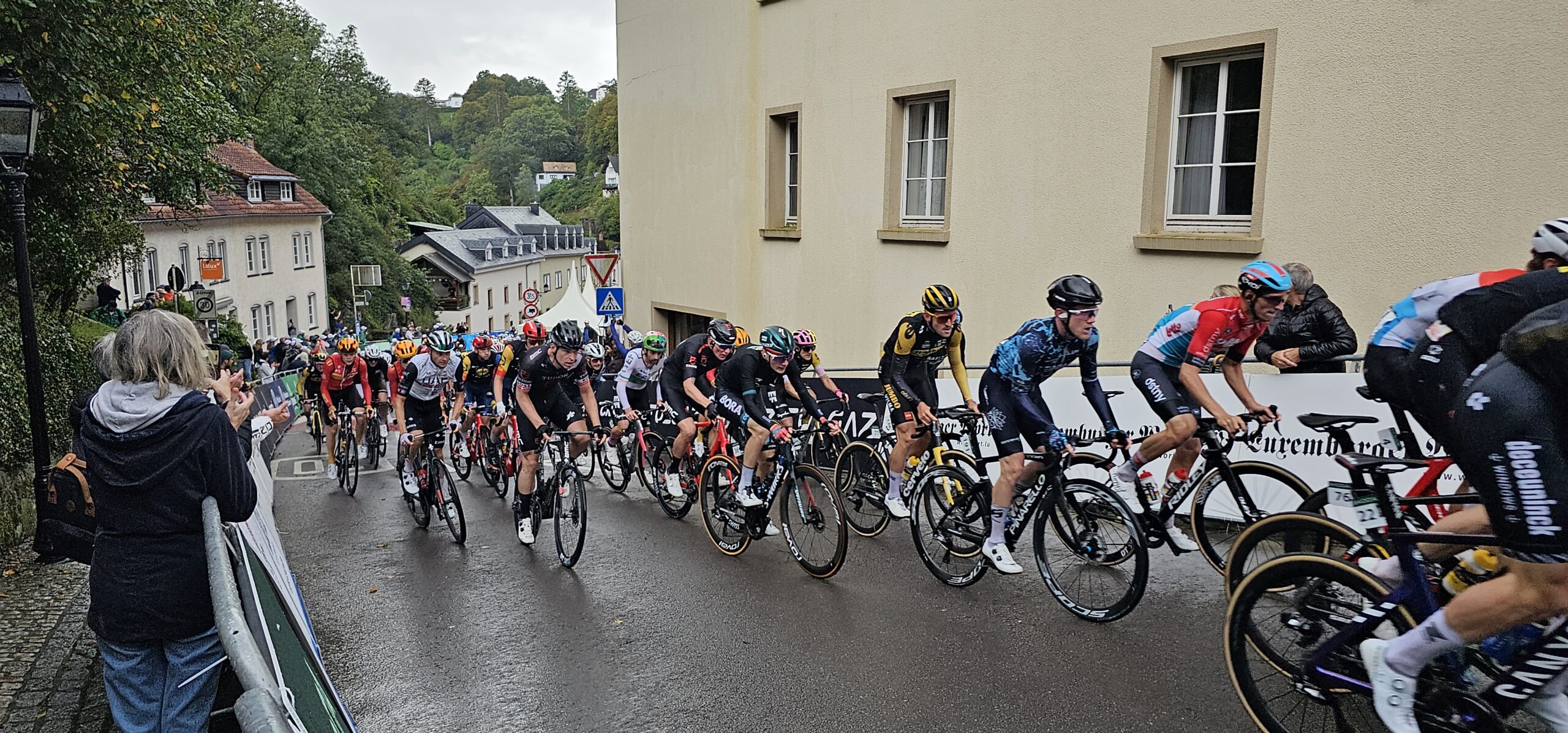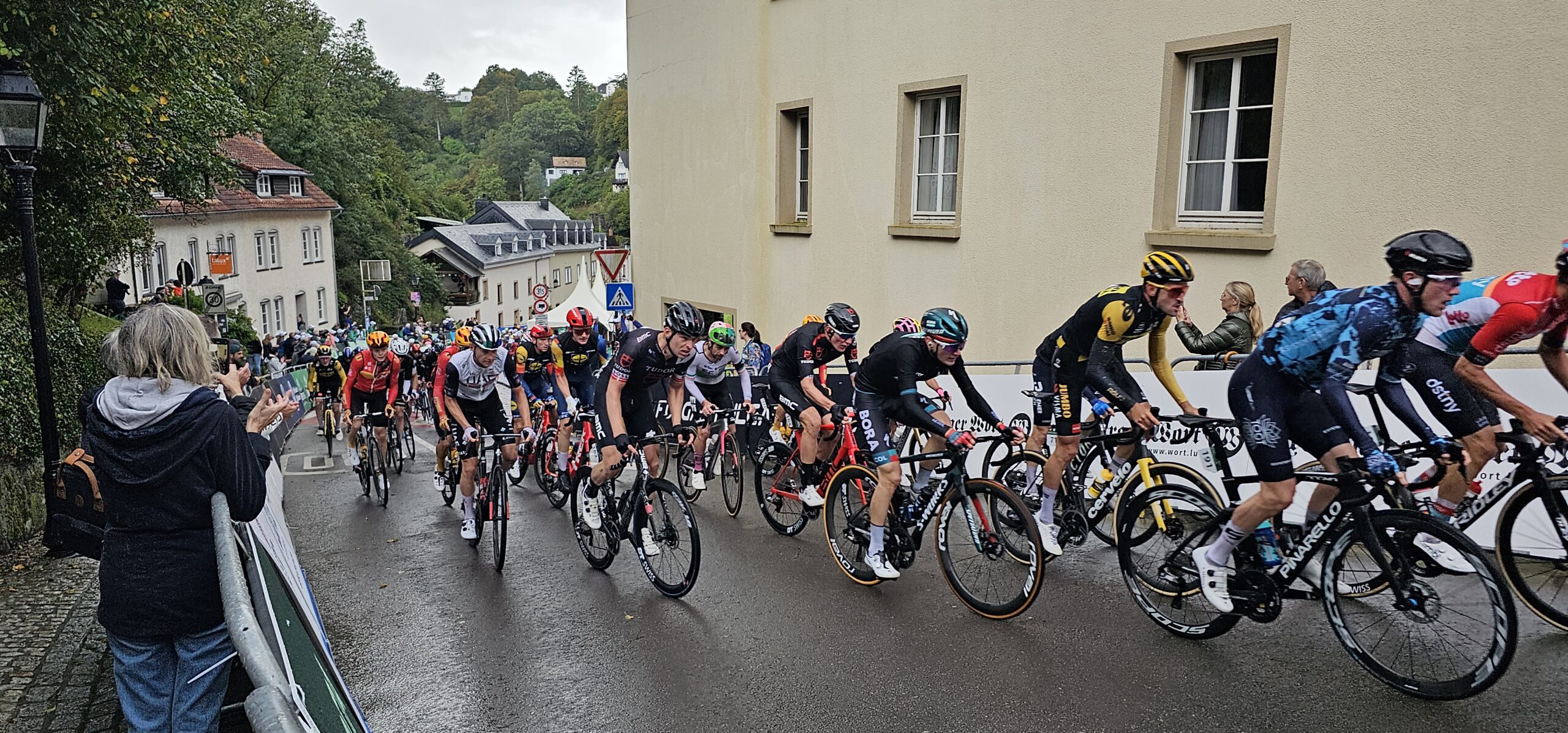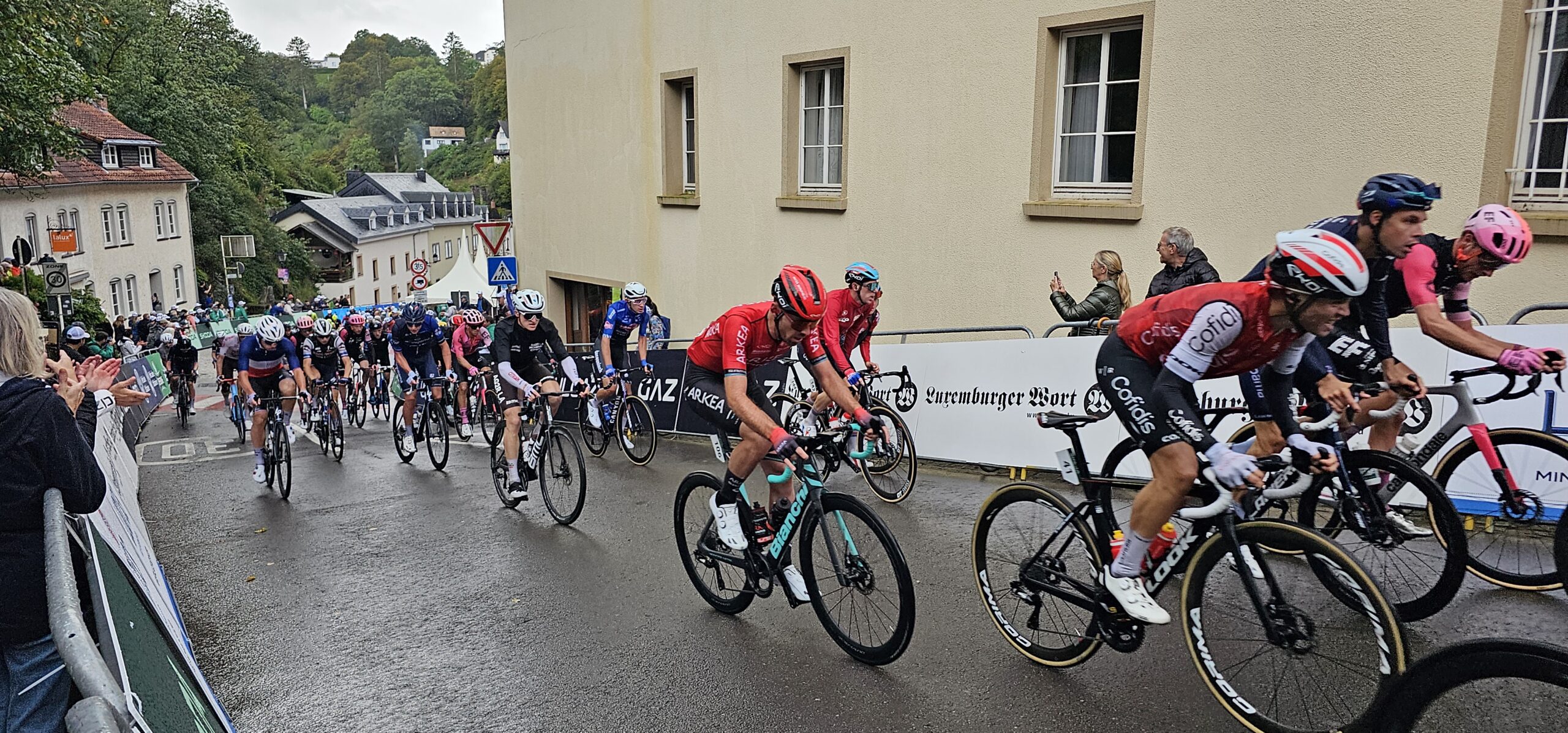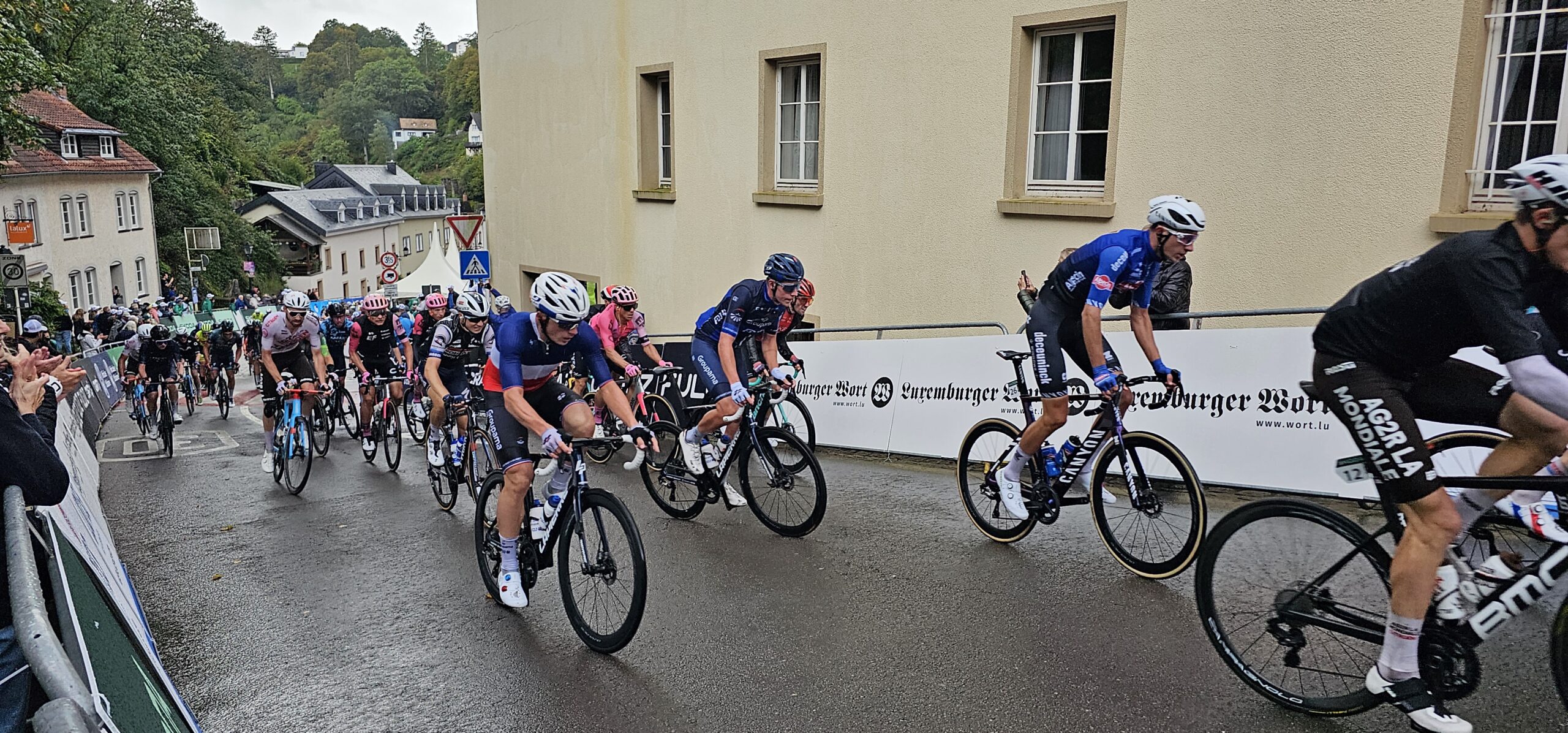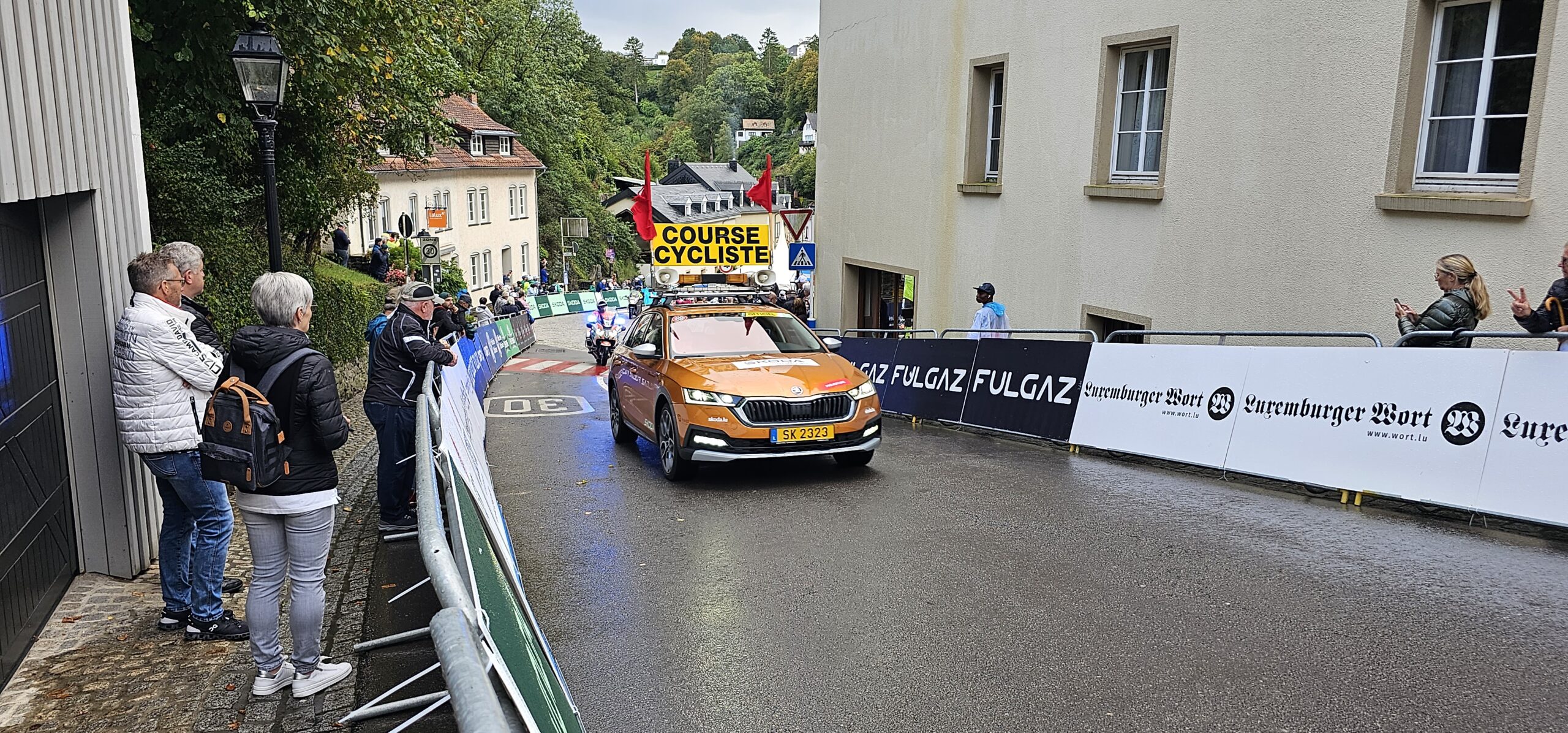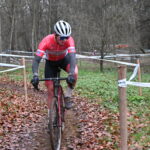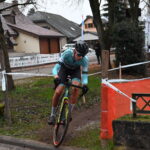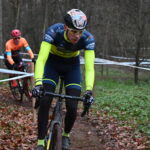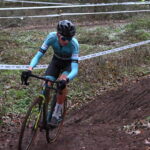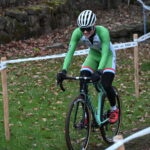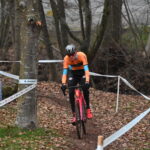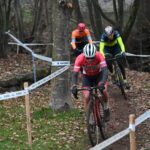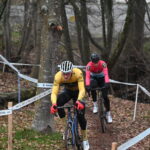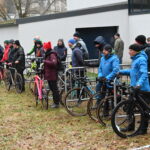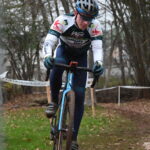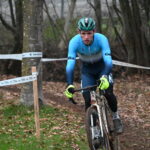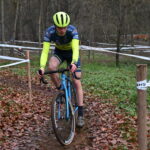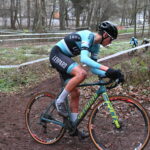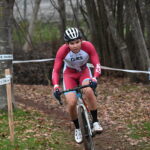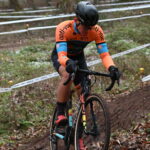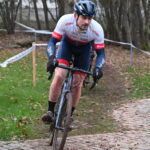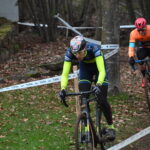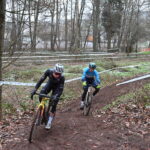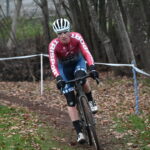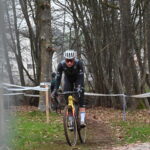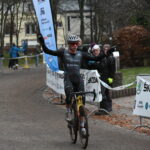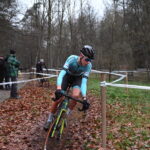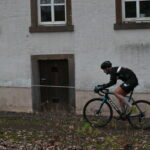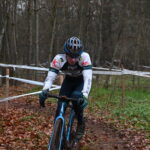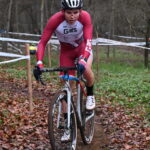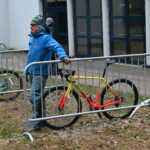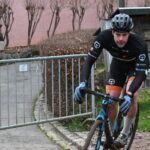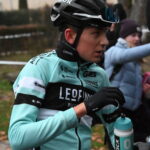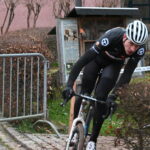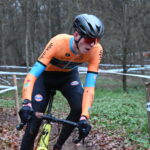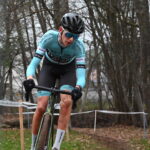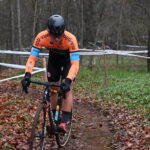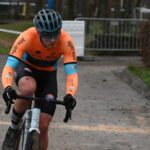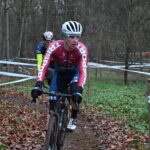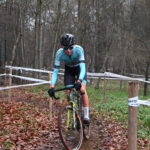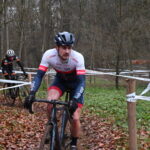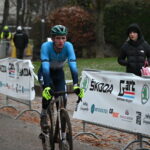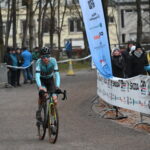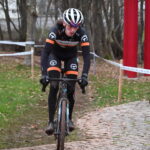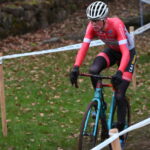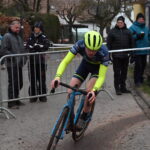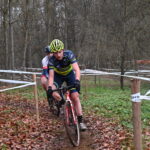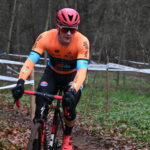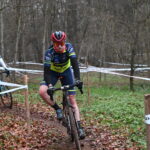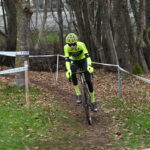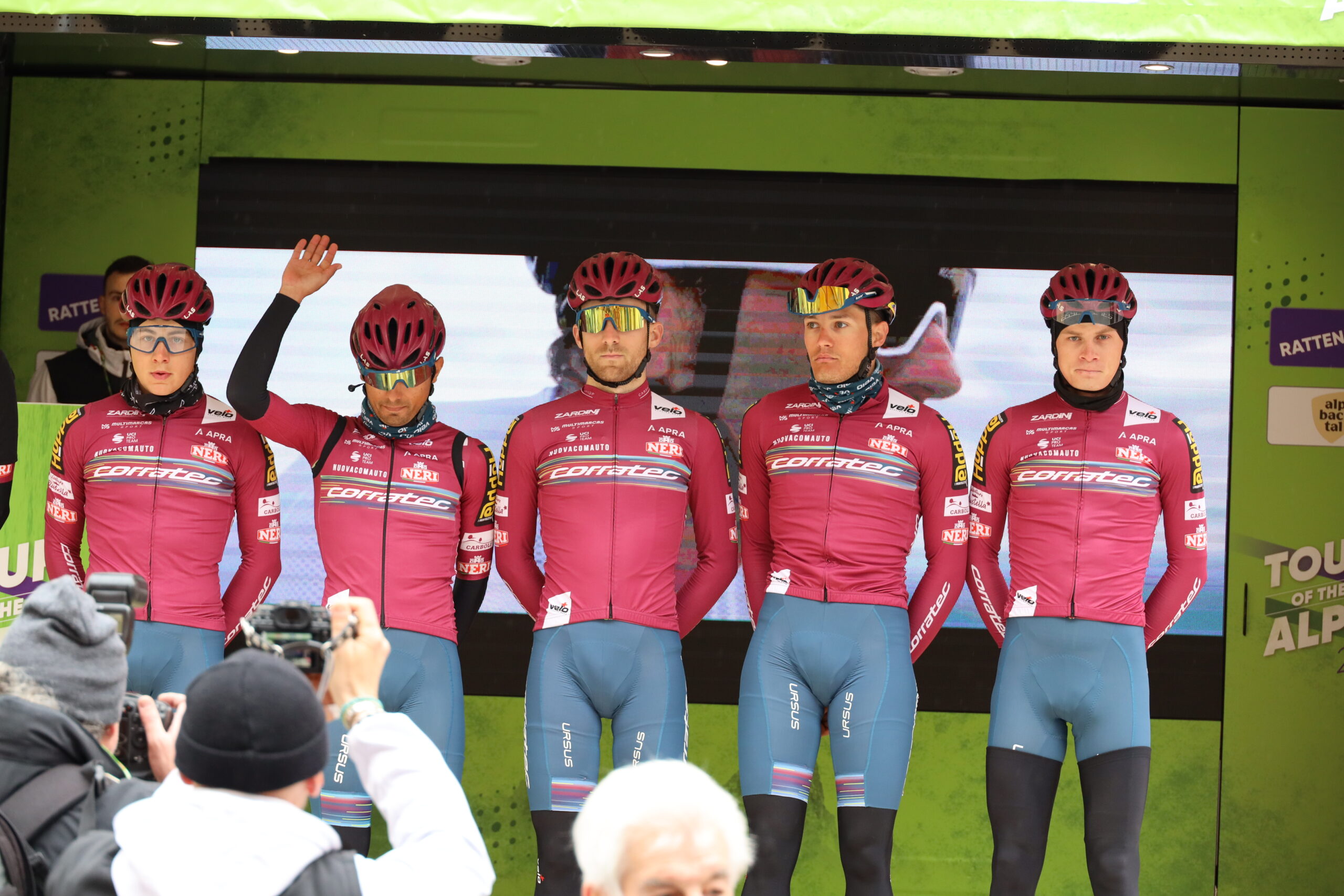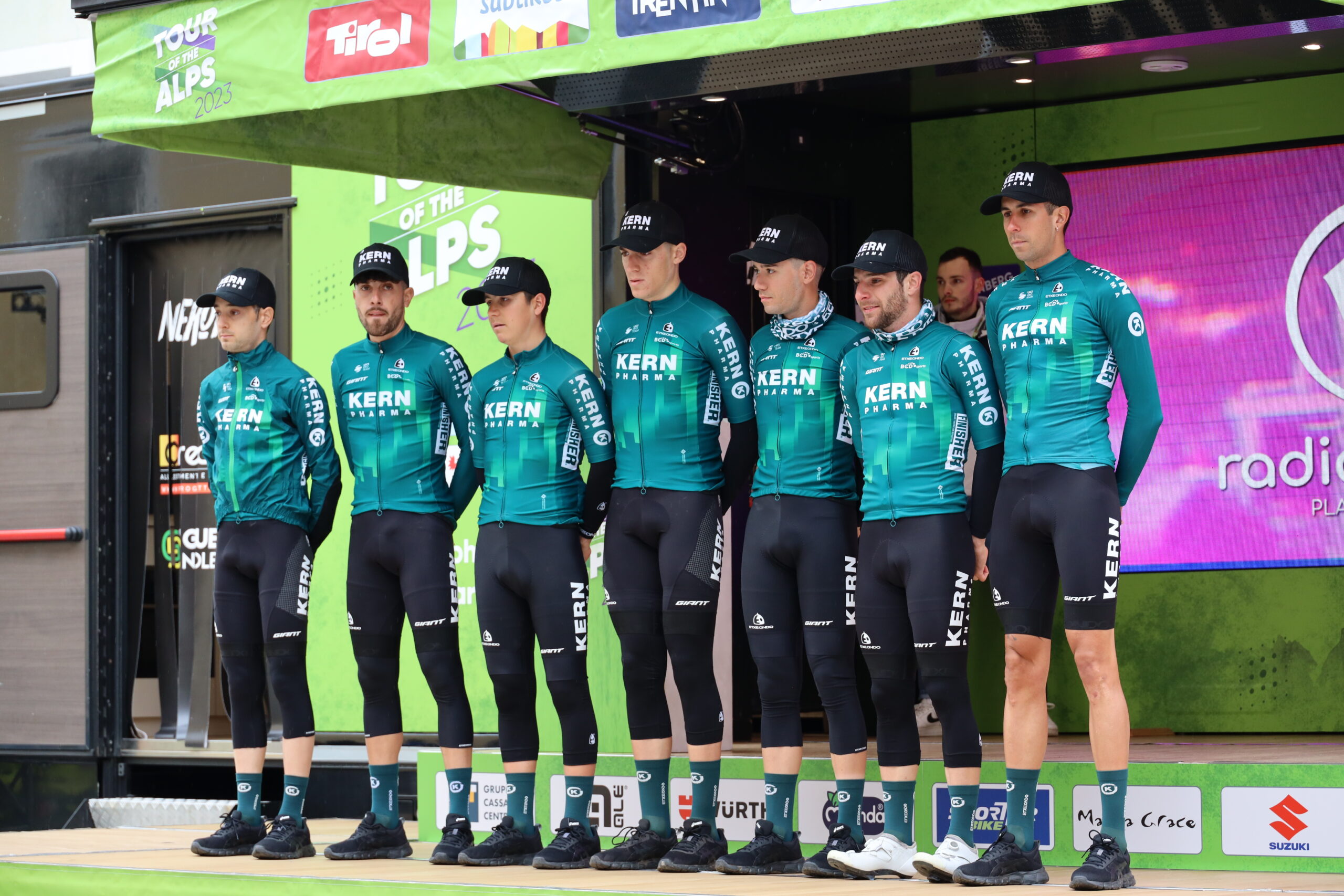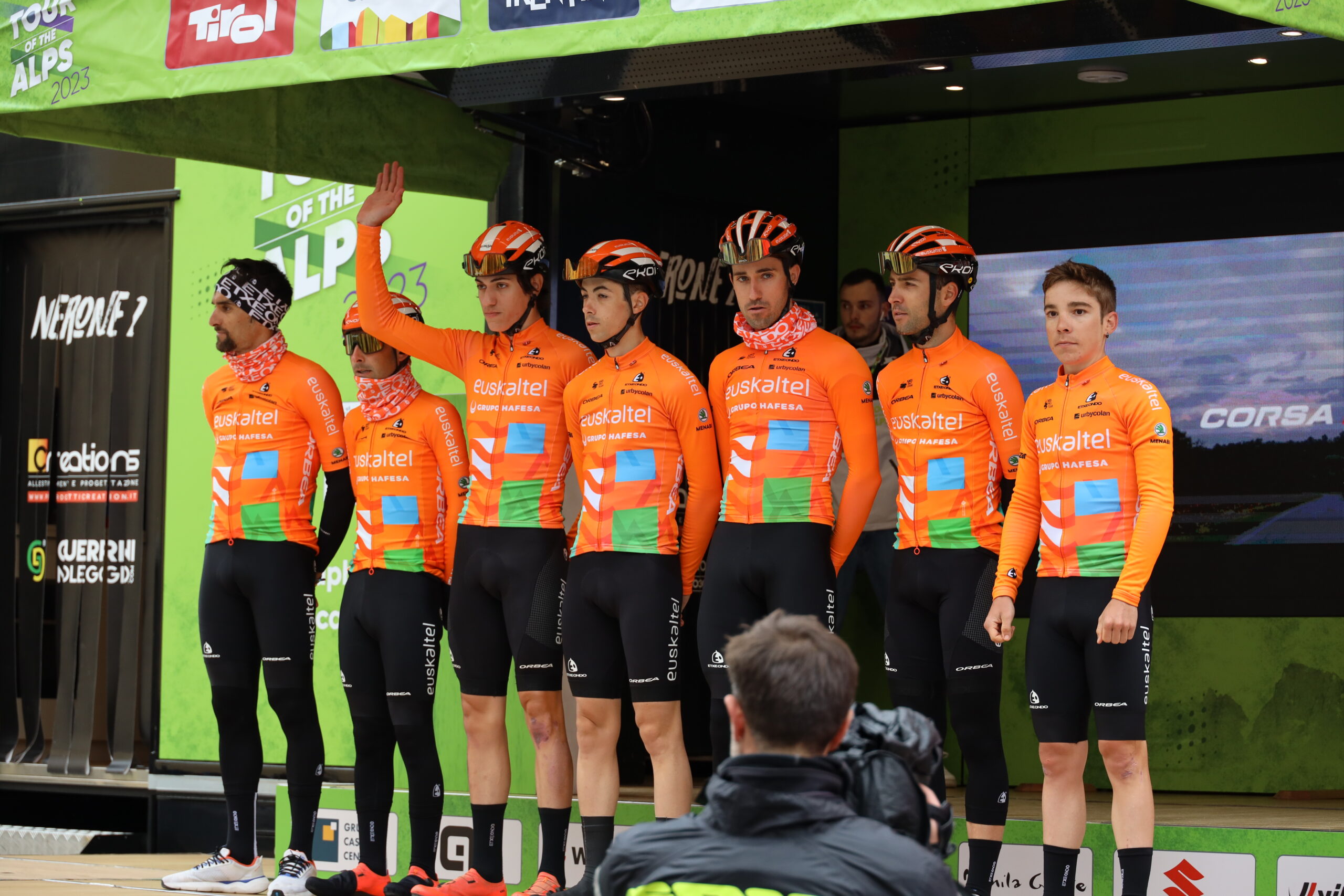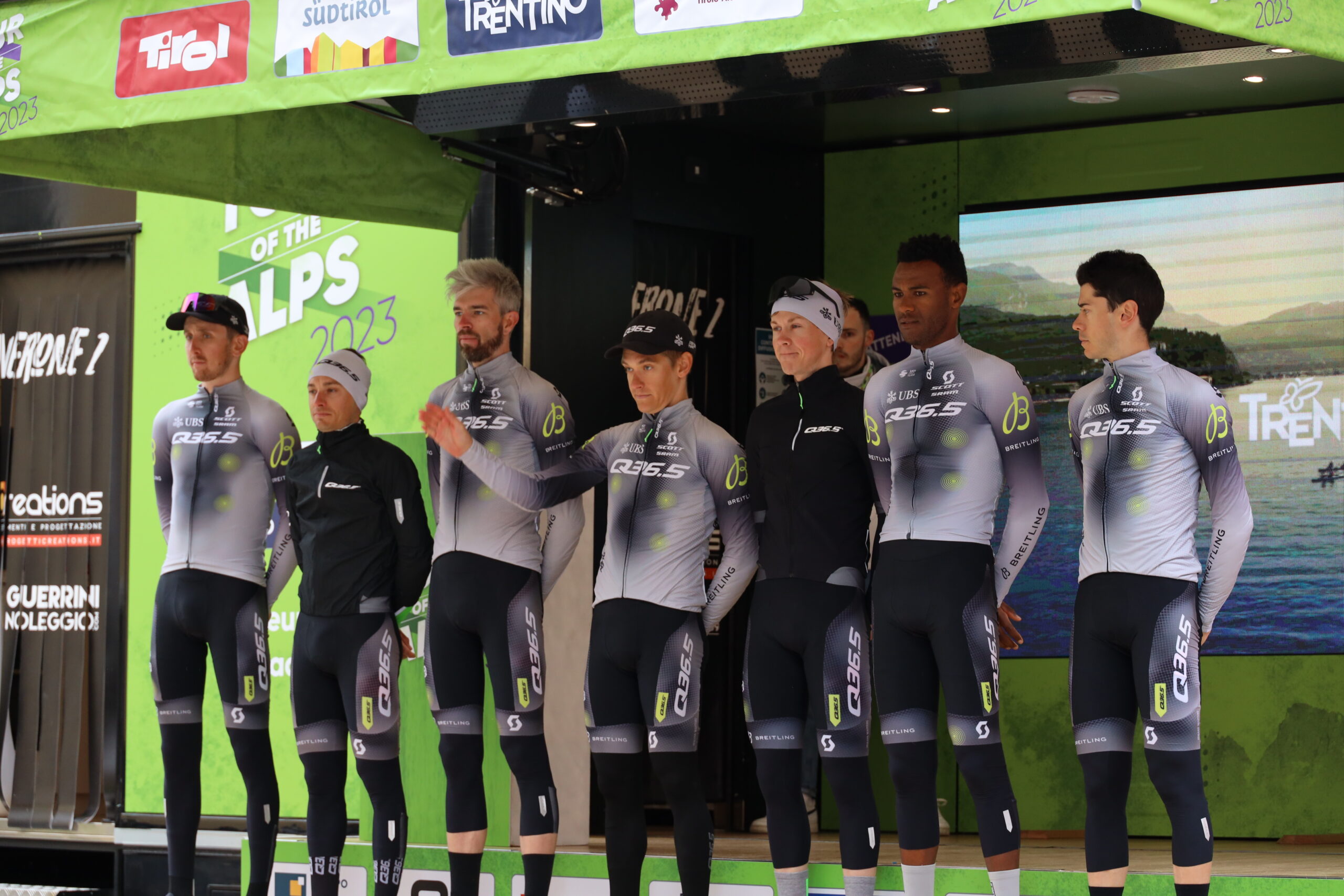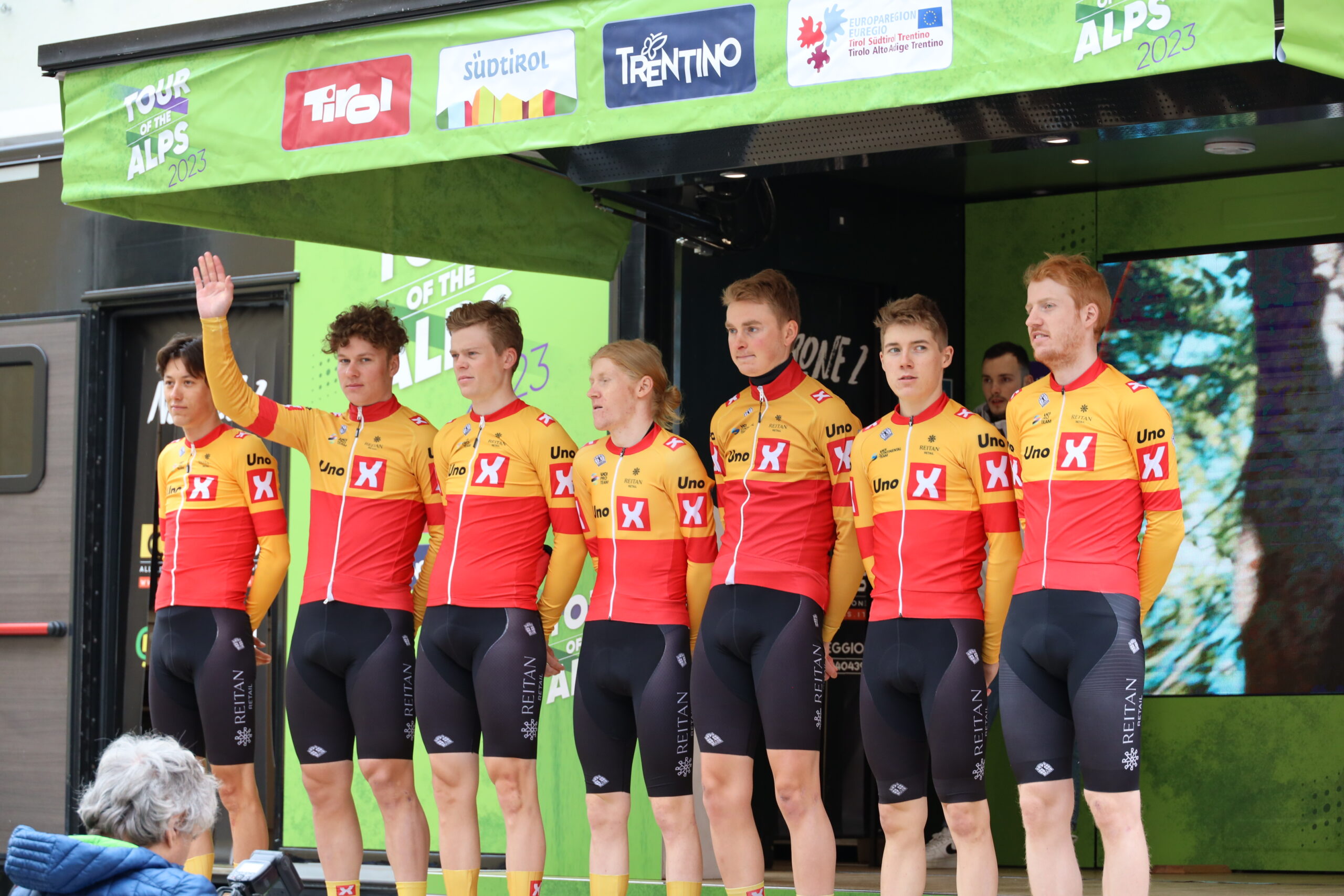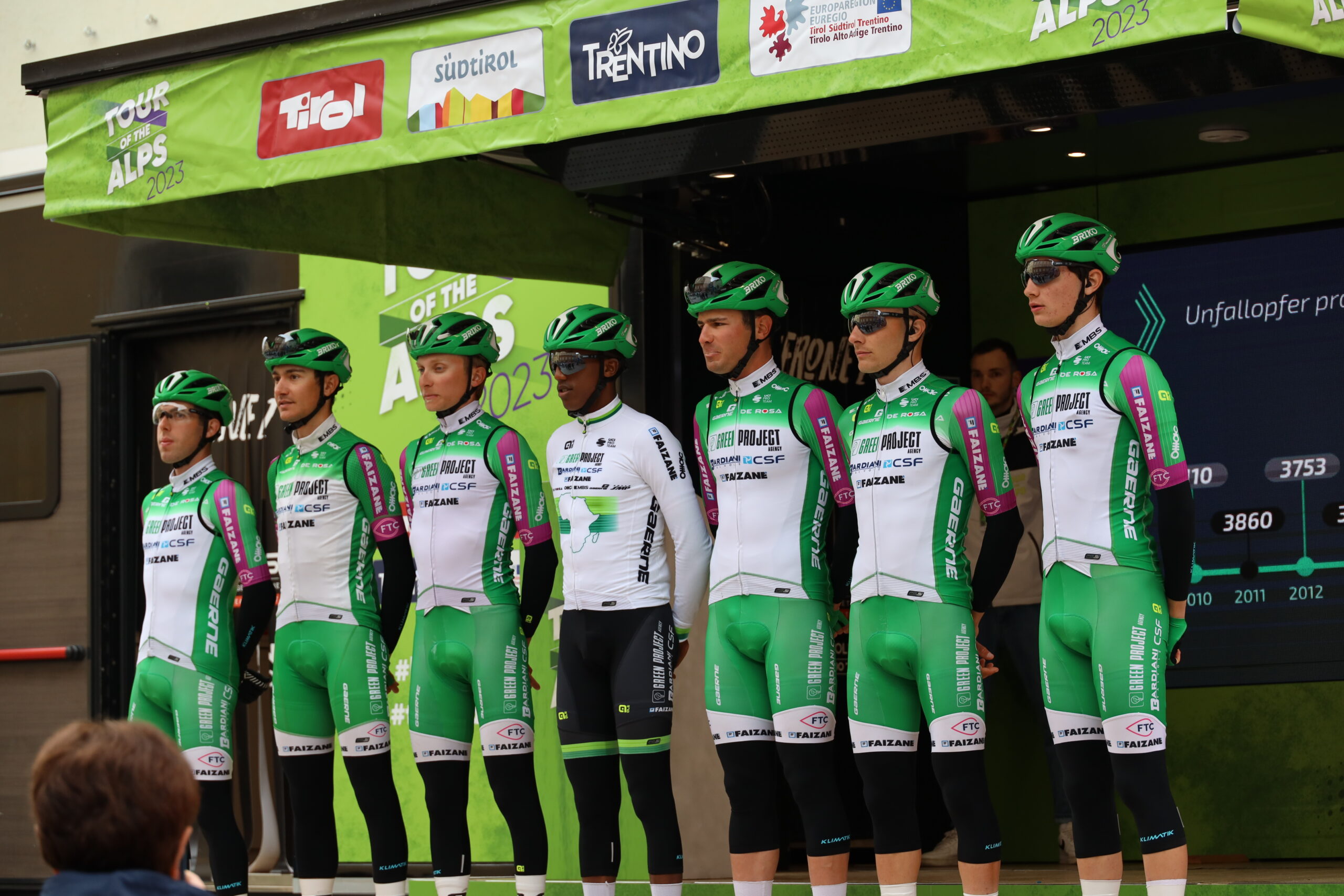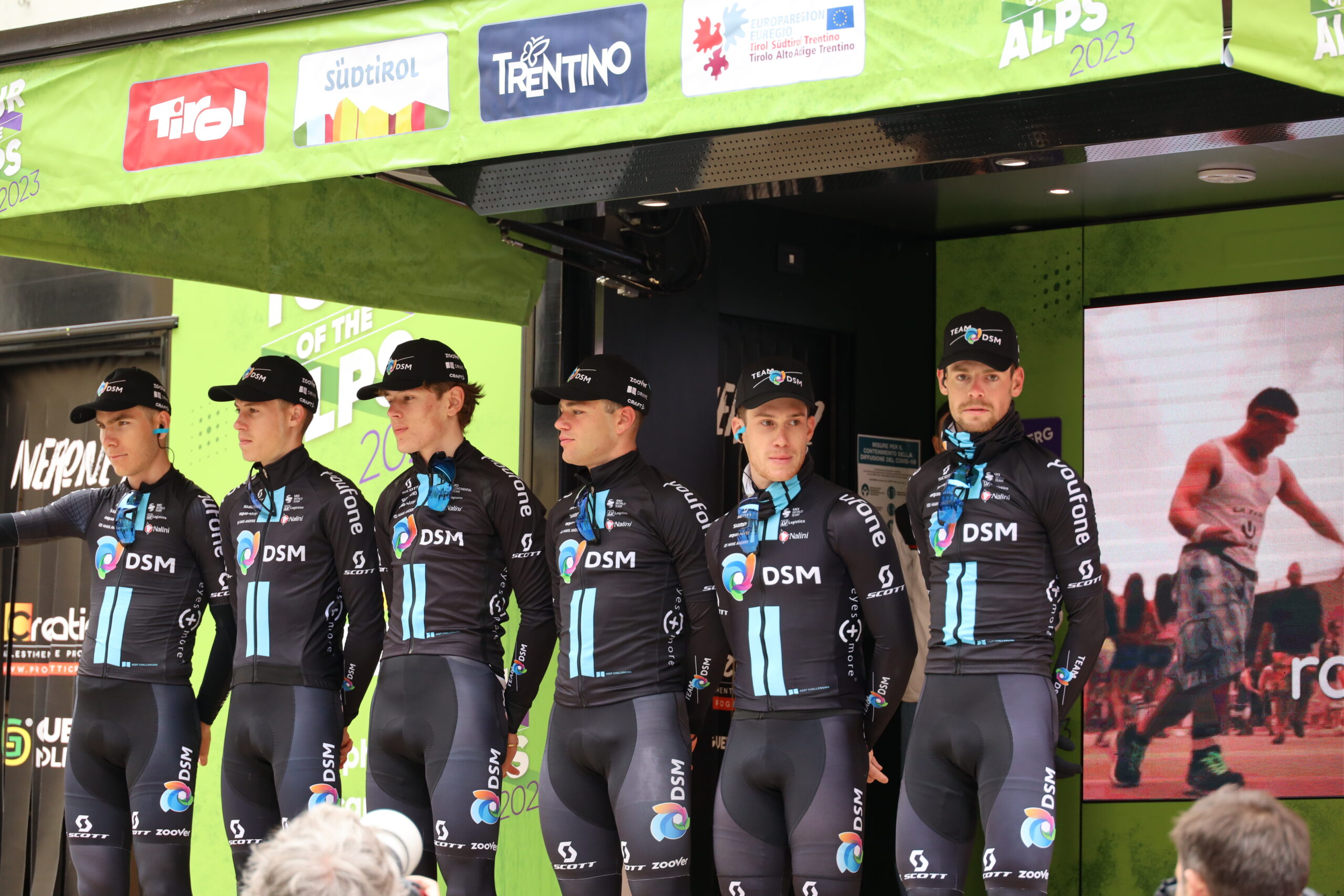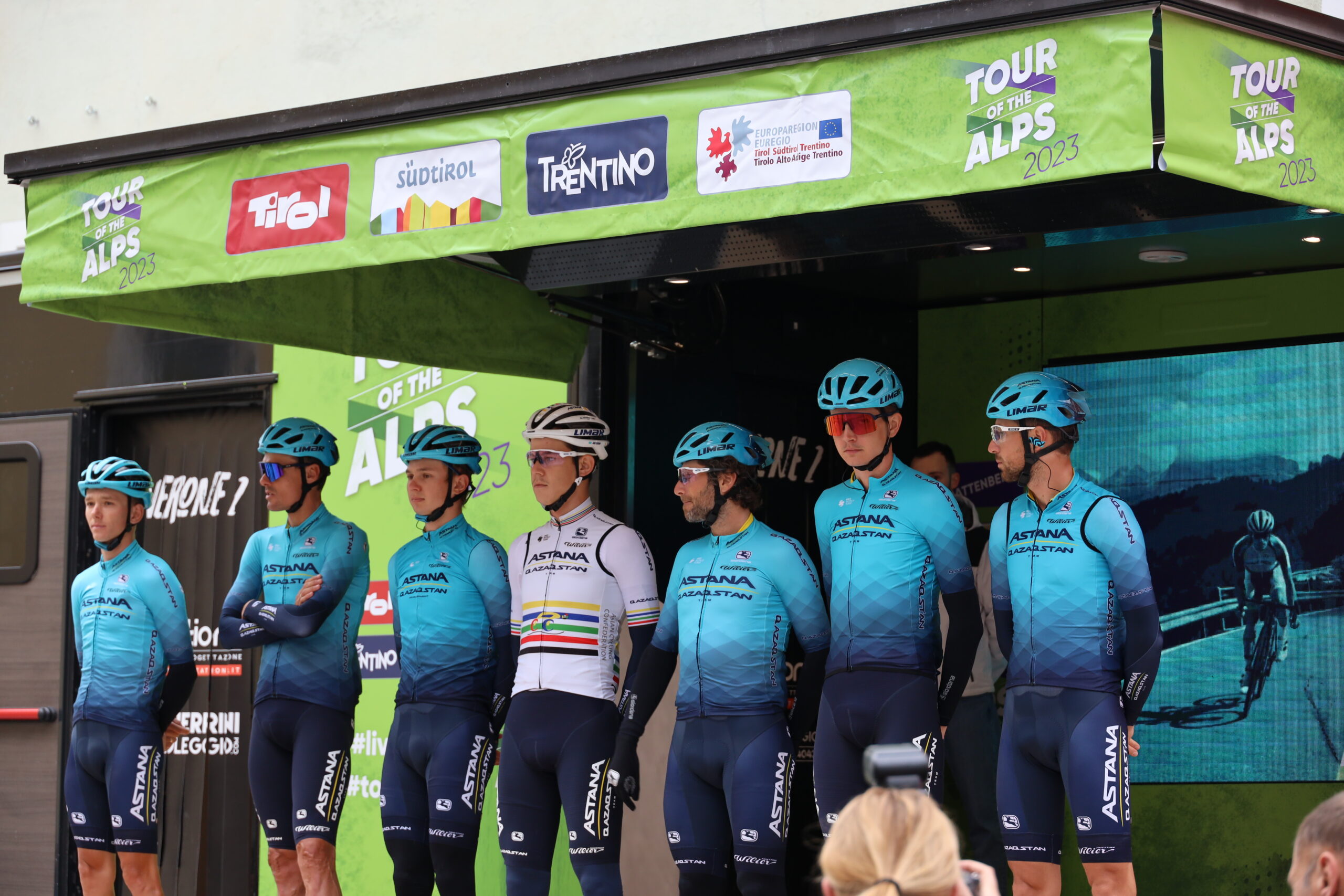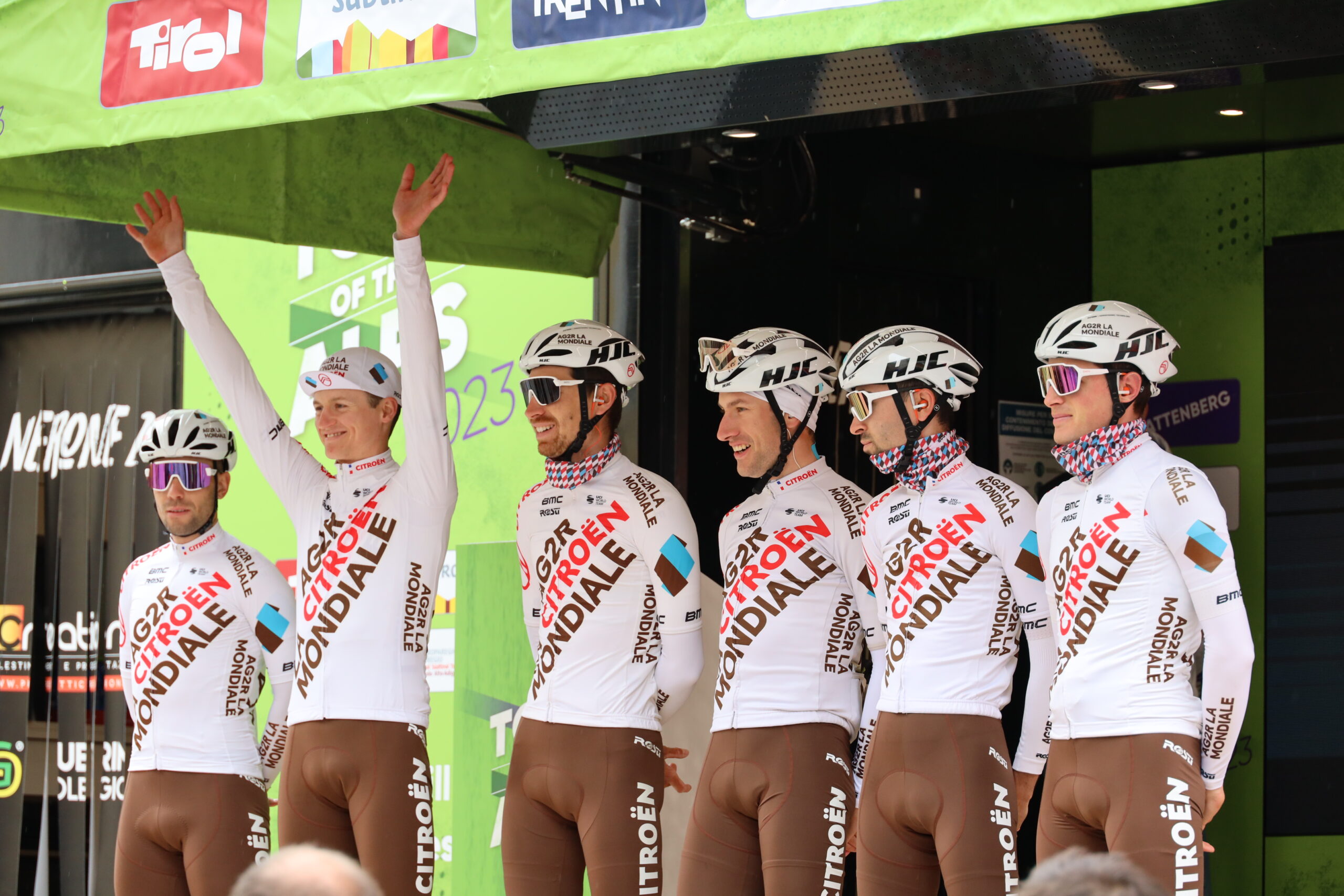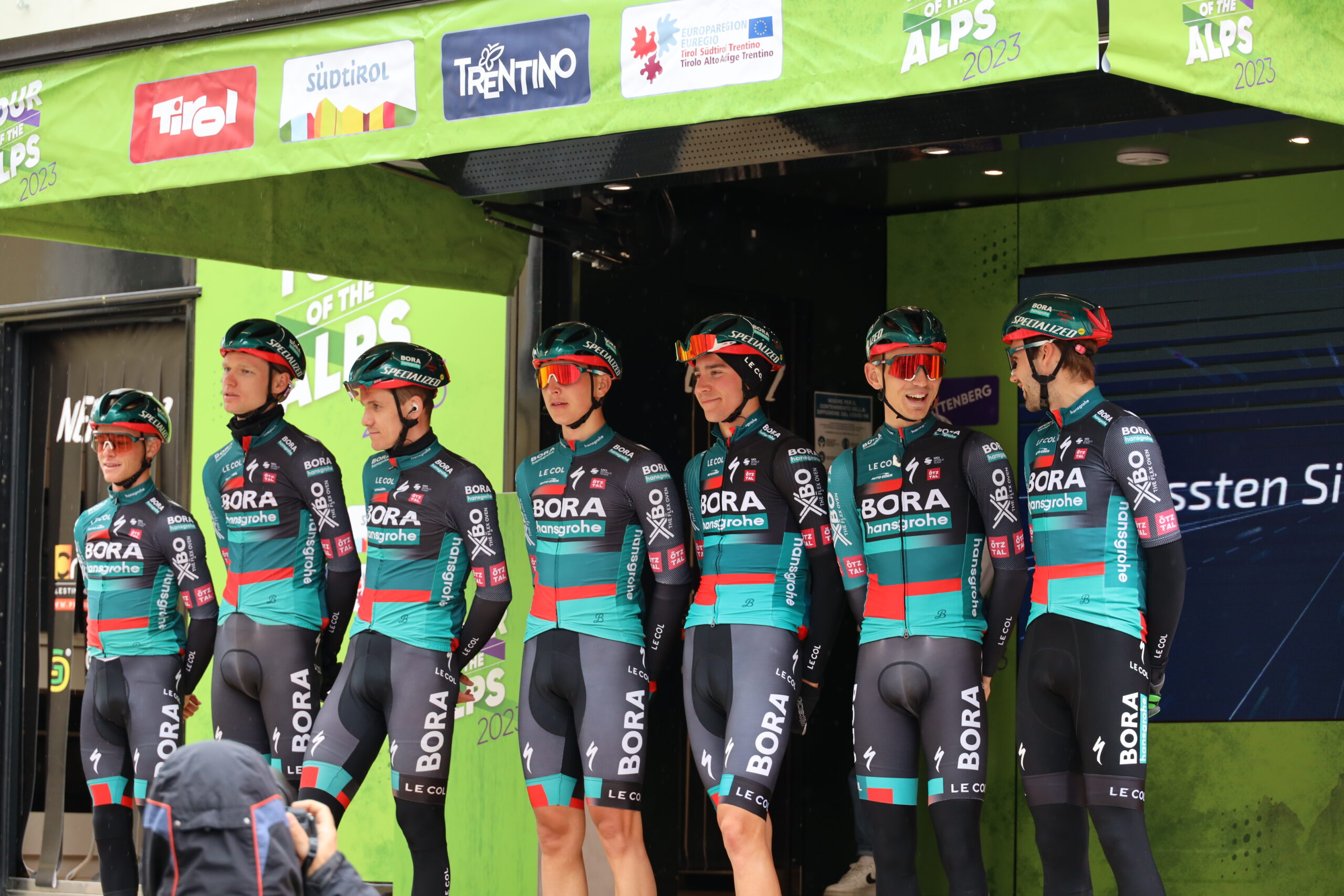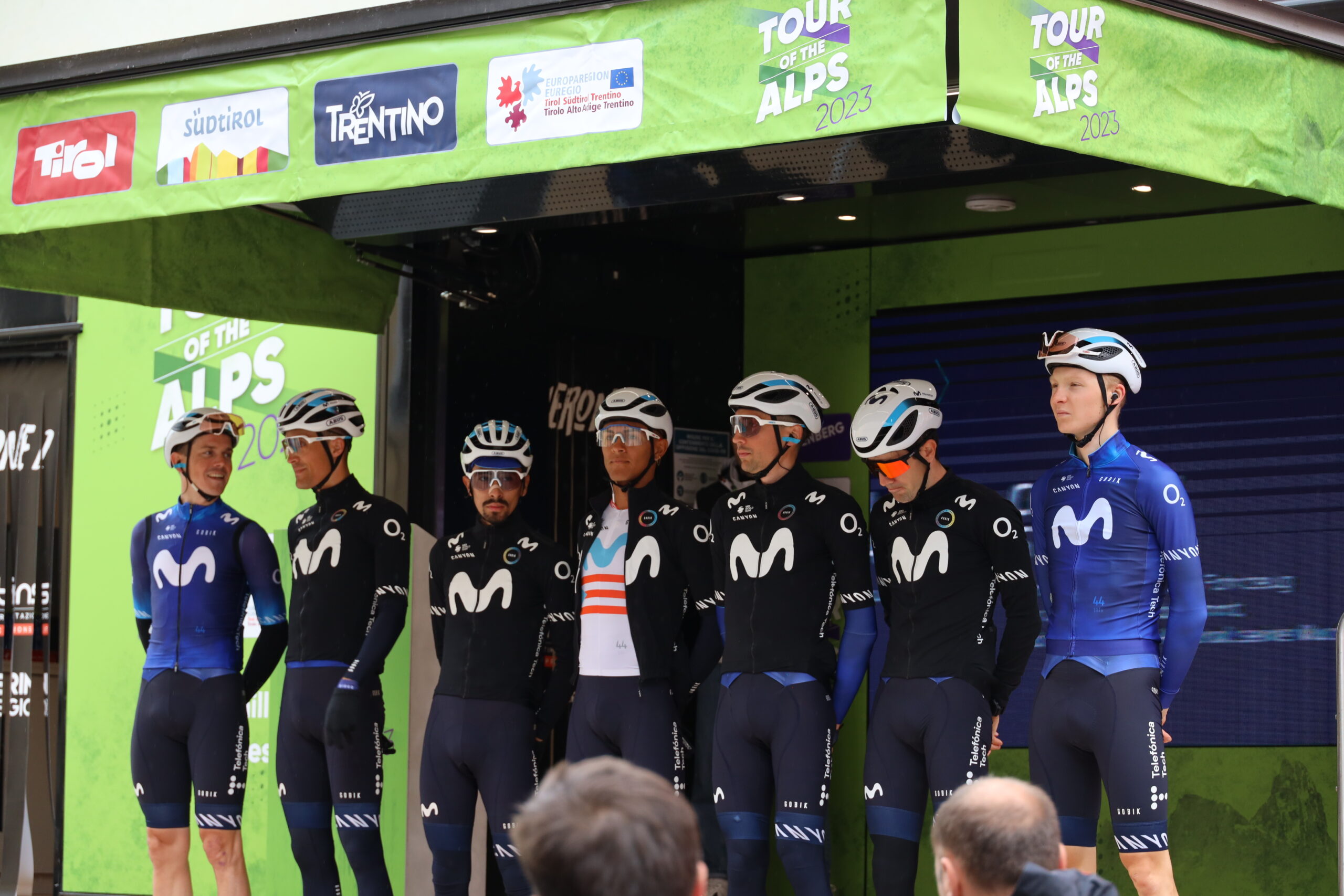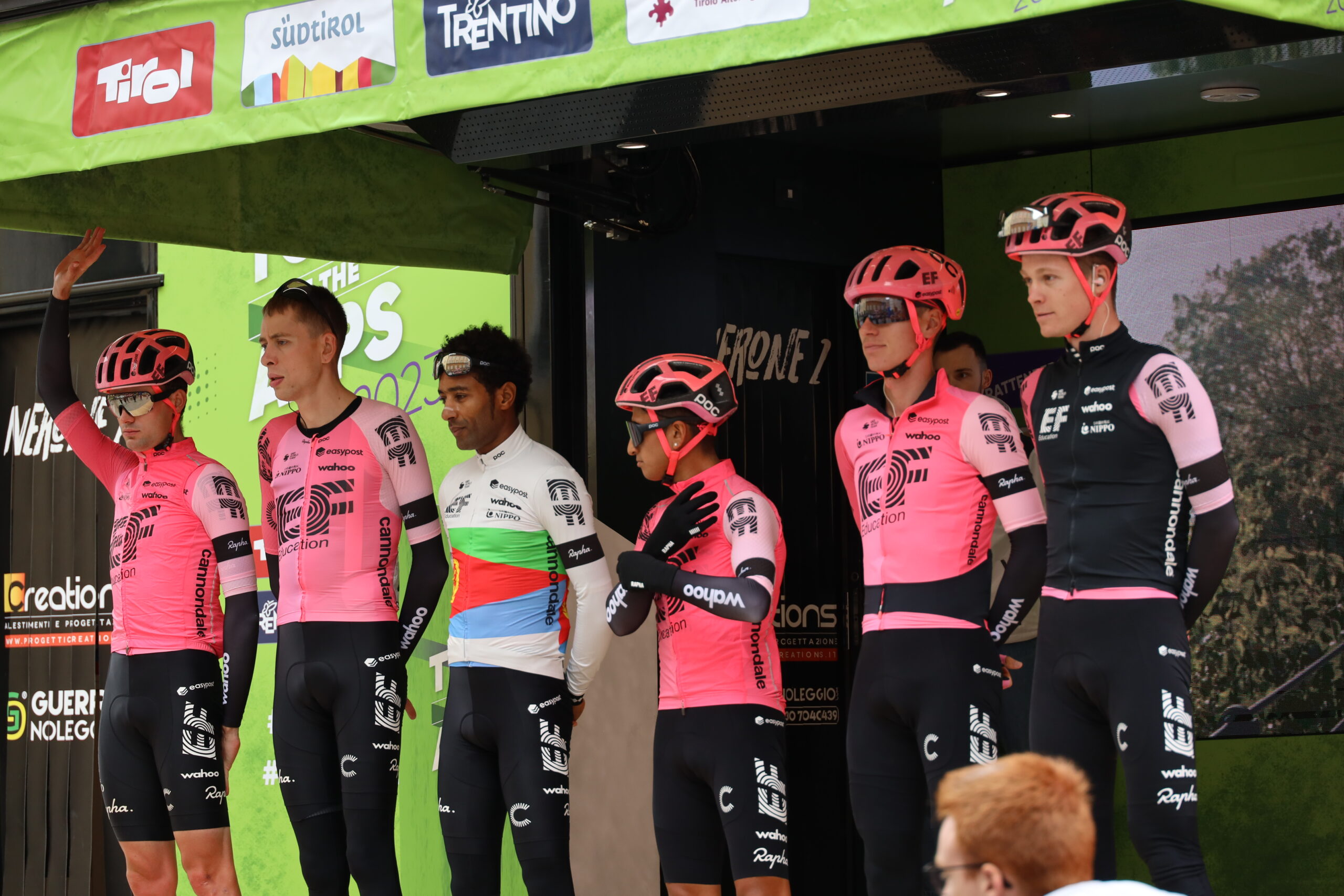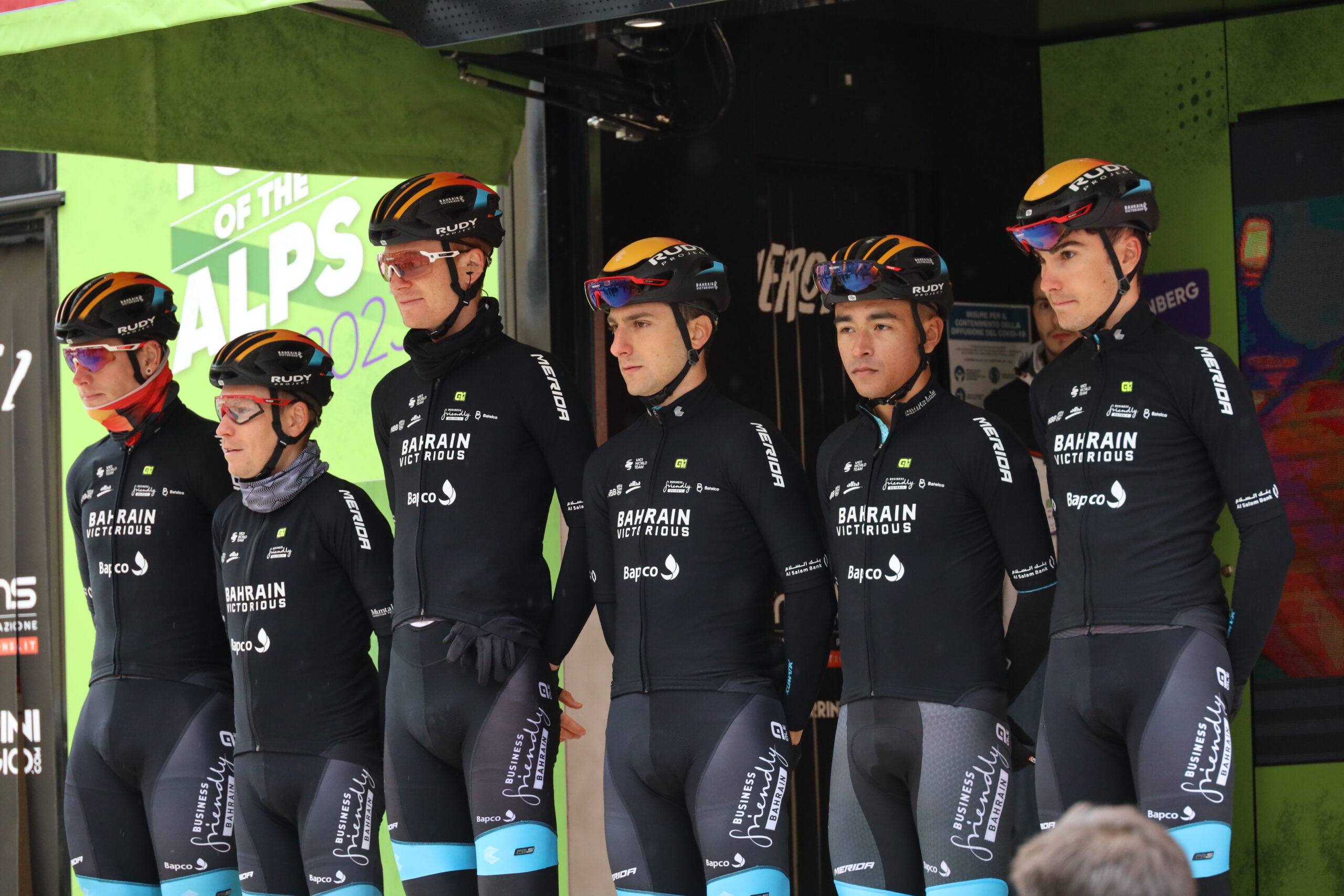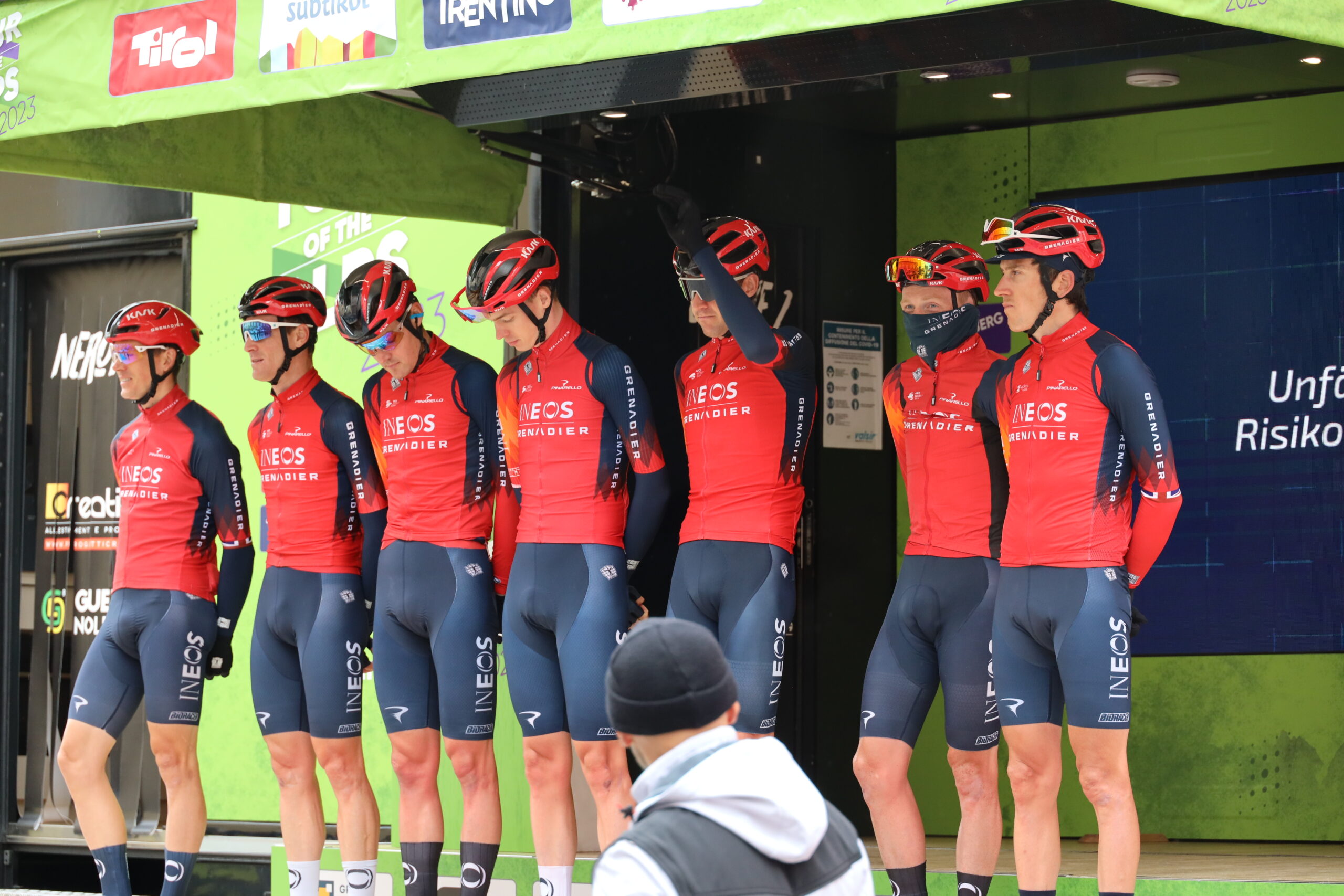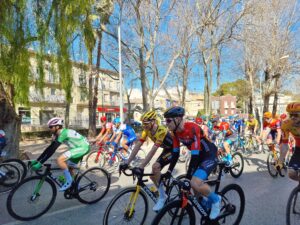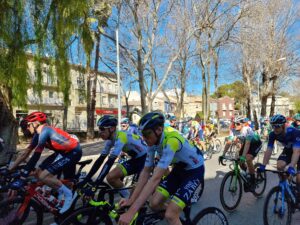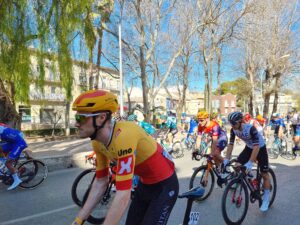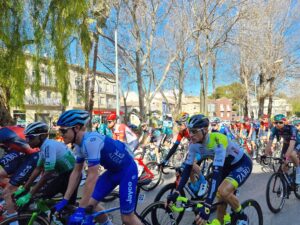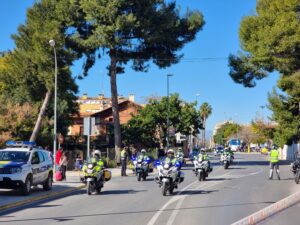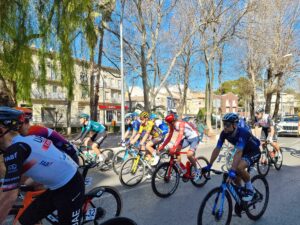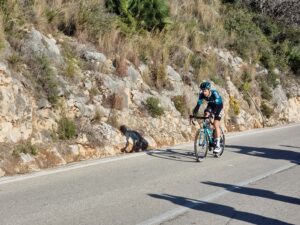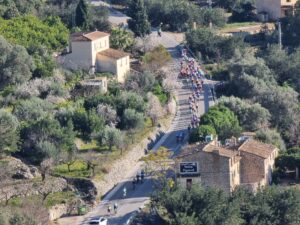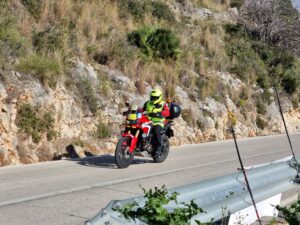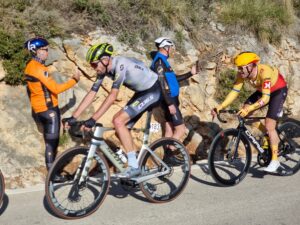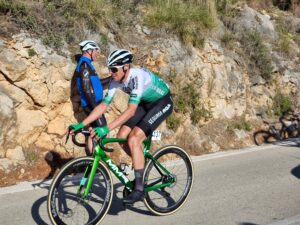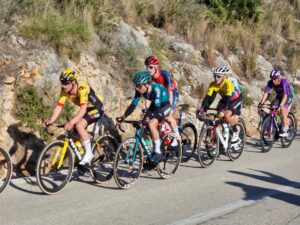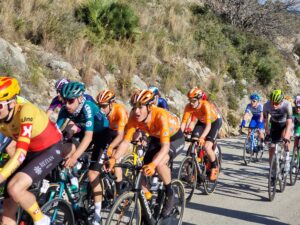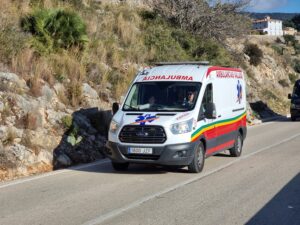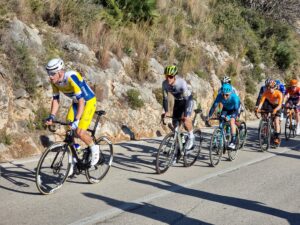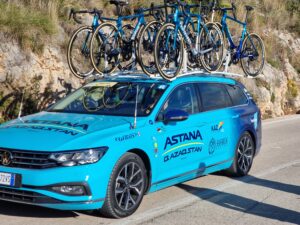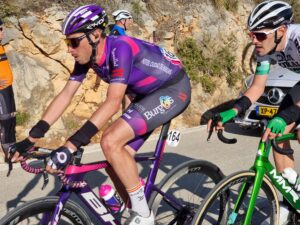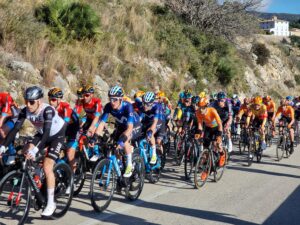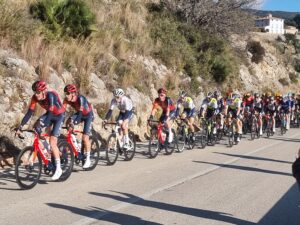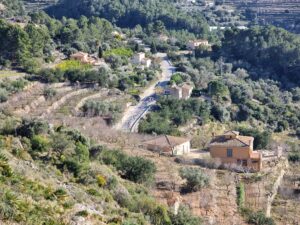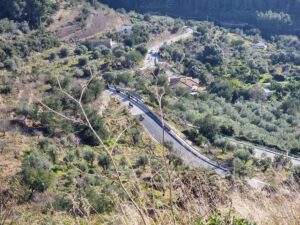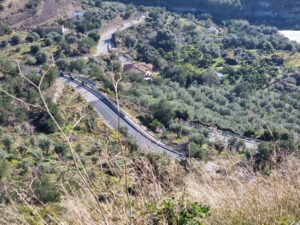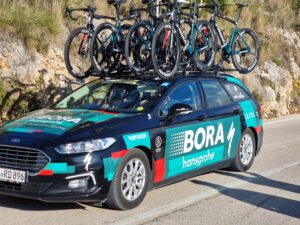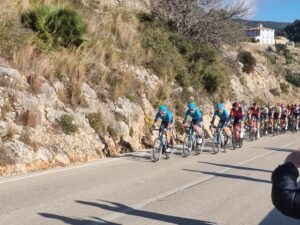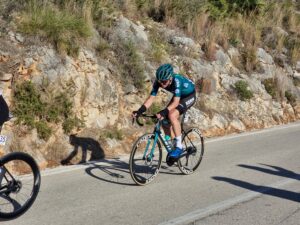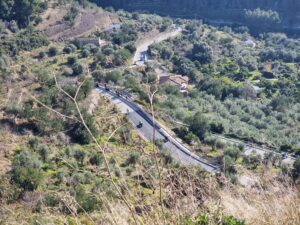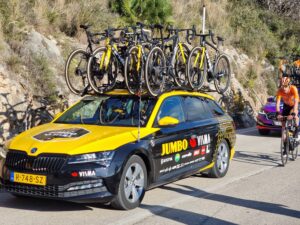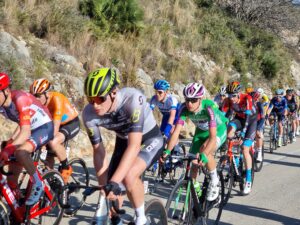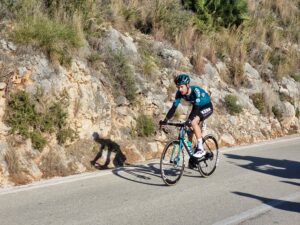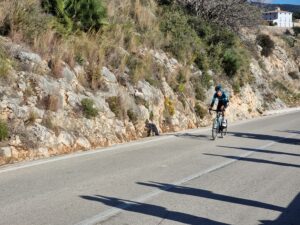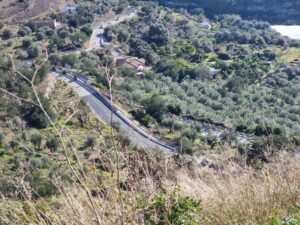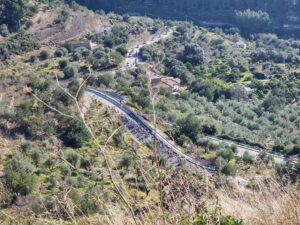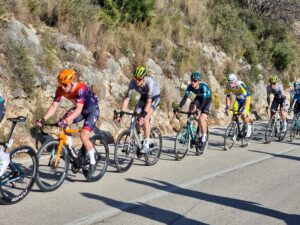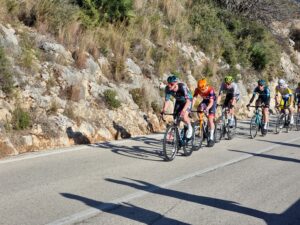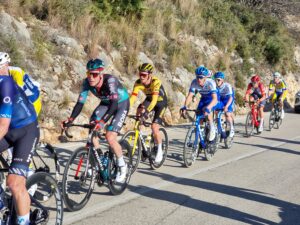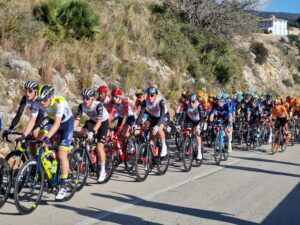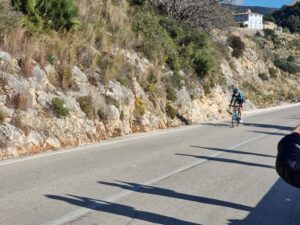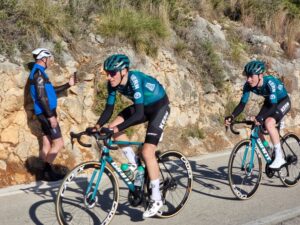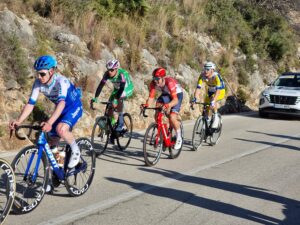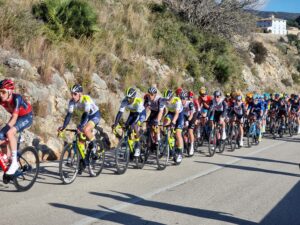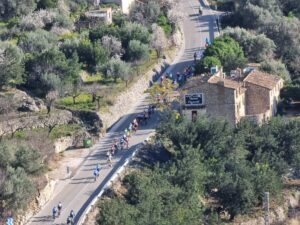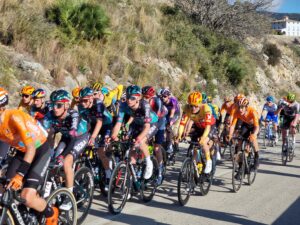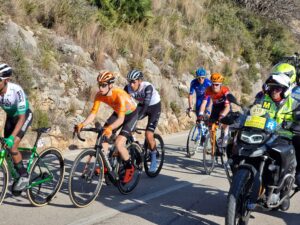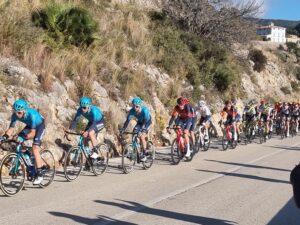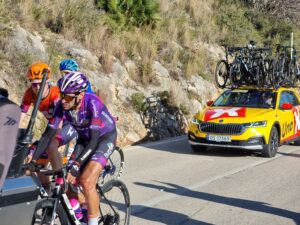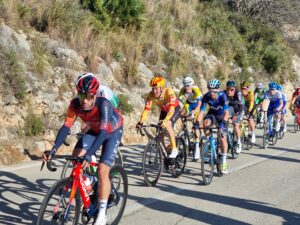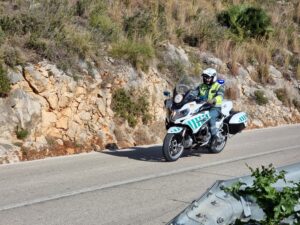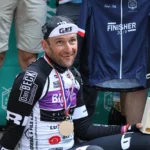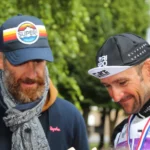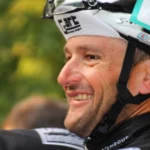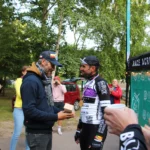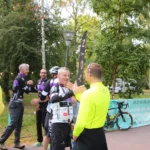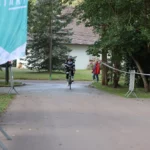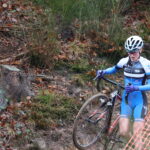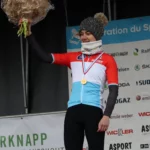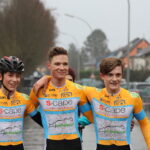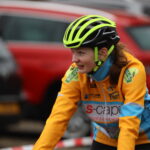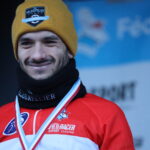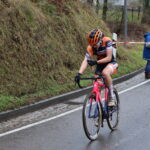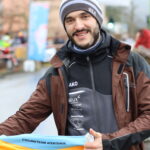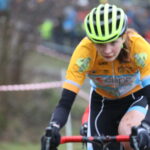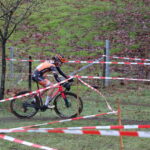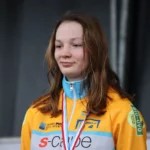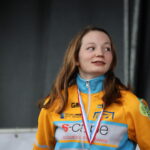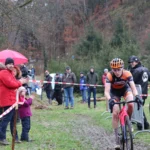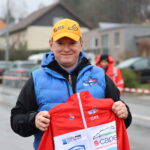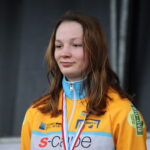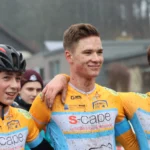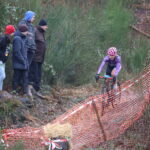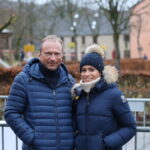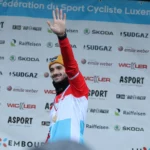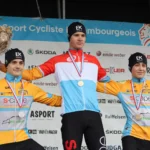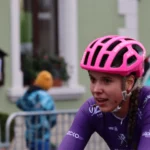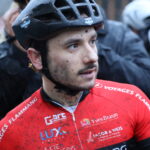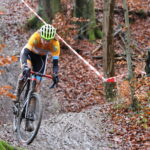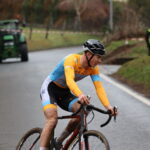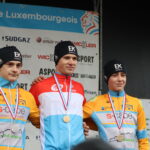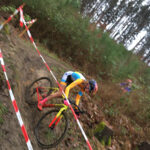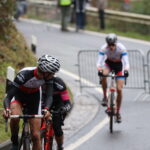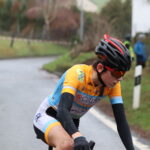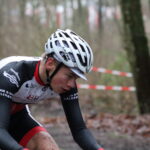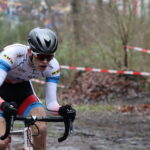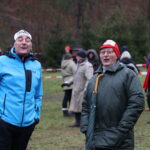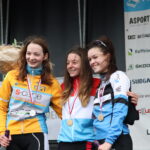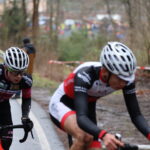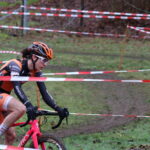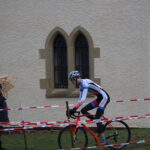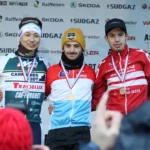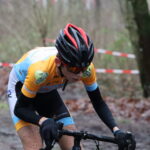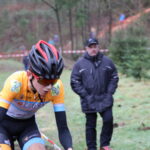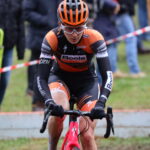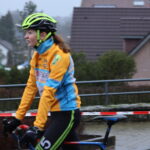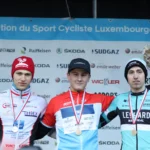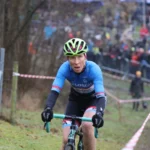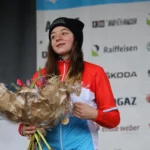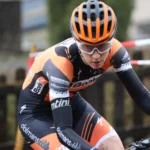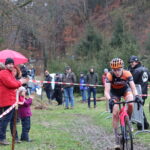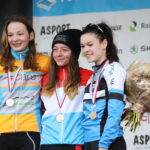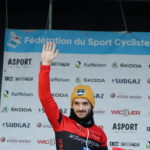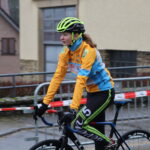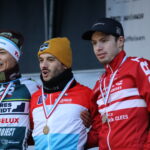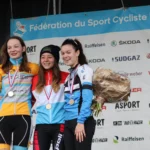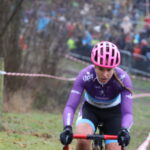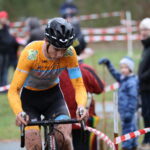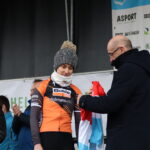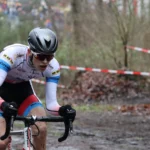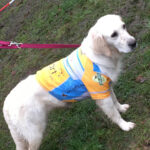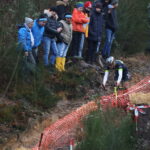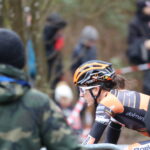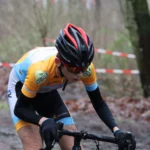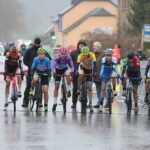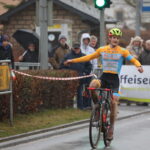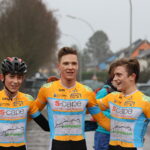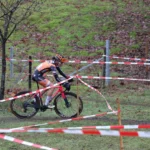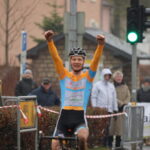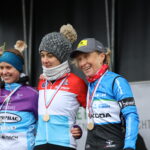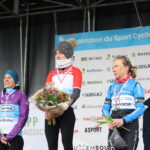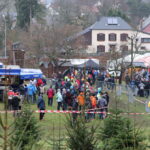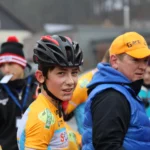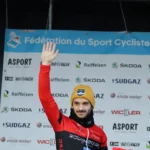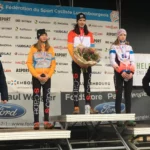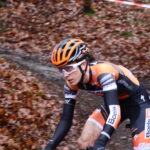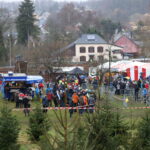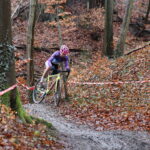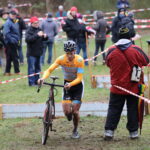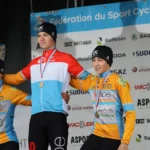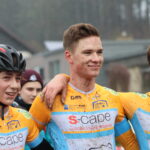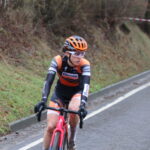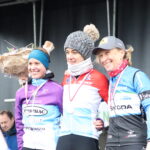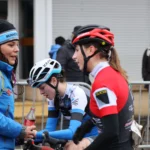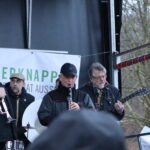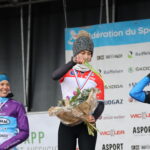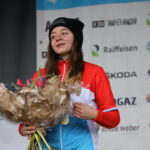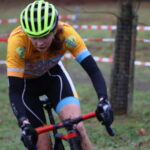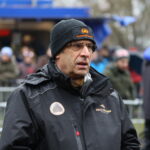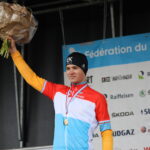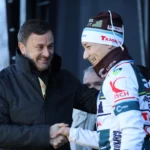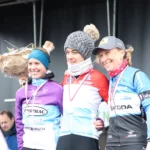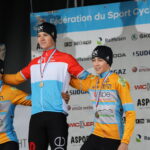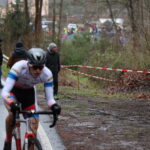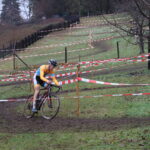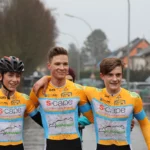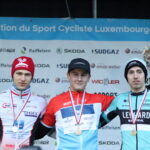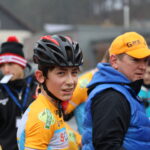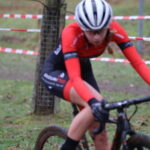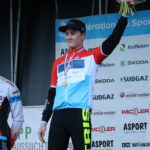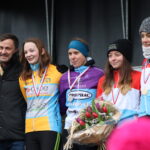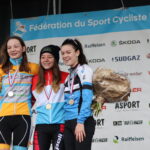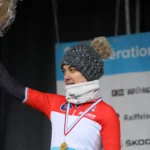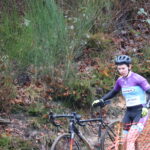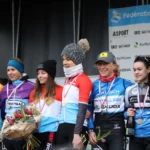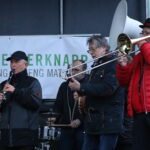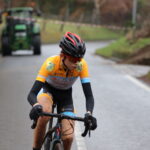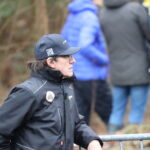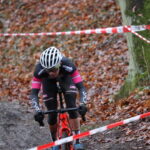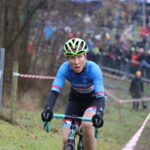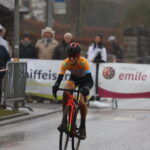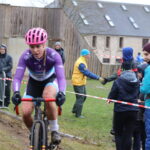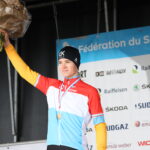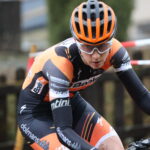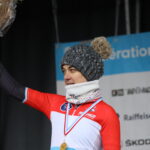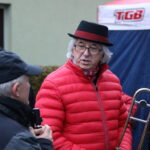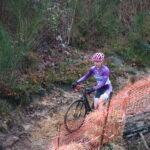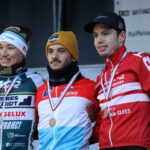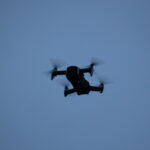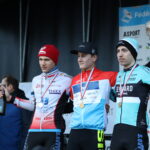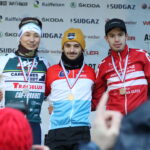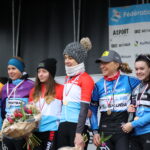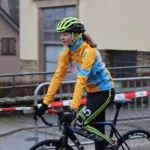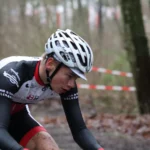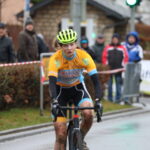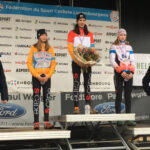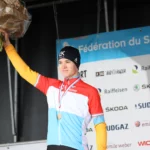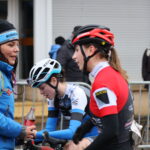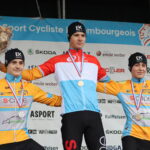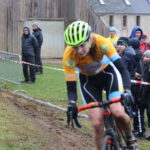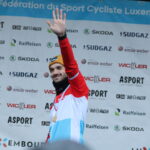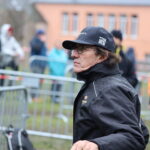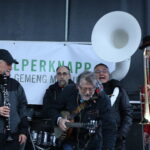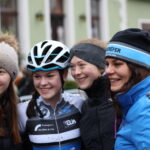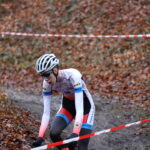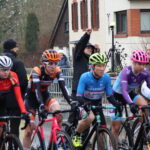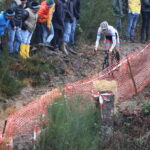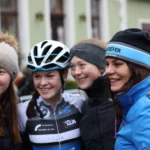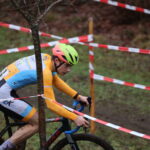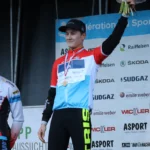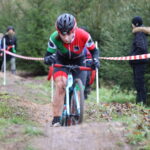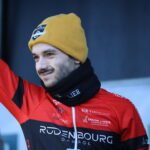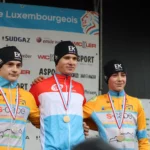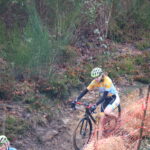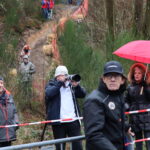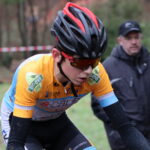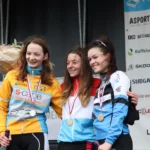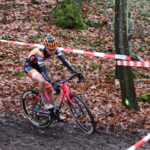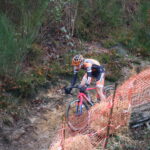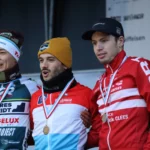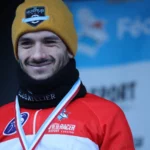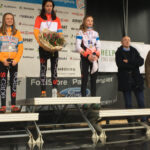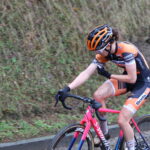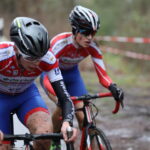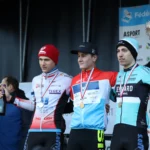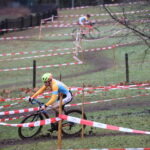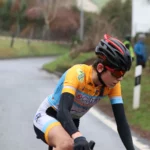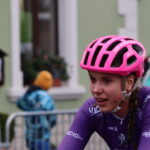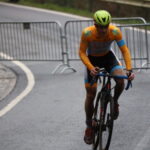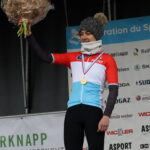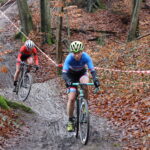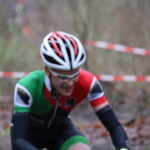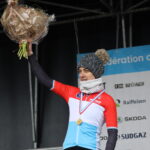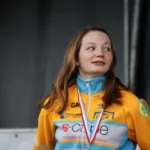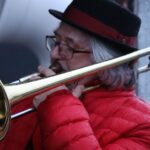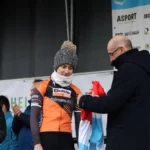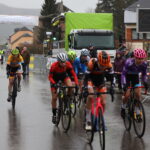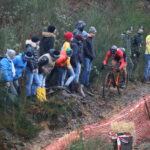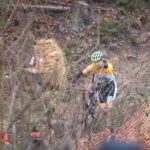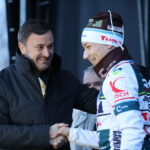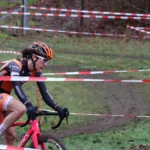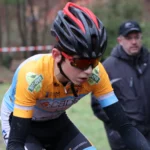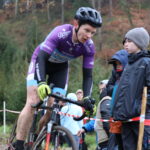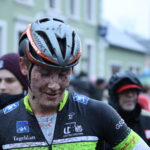Source: https://www.oberstdorf.de/sommer/freizeittipps/skisprung-arena.html and https://www.instagram.com/vierschanzentournee/ and https://www.vierschanzentournee.com
The History of the Four Hills Tournament
The ski jump fans from Innsbruck and Partenkirchen could not have anticipated what would become of the idea they had in the summer 1949 in their cosy parlour in the Maier home in Partenkirchen: to establish a ski jump tournament. In the season 2023/2024 the now legendary Four Hills Tournament celebrates its 72th anniversary.
Looking back: In the years after World War II German ski jumpers of the International Ski-Federation (FIS) were still prohibited from competing internationally. Nevertheless that did not stop the friends from Innsbruck from inviting their mates from the Ski Club Partenkirchen (SCP) to ski jumps at the Seegrube near Innsbruck – the Bergisel ski entrenchment was still in ruins – during the first post-war years. When the German Ski Association (DSV) was again included in the FIS the SCP immediately organised its traditional New Year’s Ski Jump with an international line-up on the 1st of January 1949, just like back in 1921. As an aside, during the post-war years 1946 to 1948 only German athletes took part. After long and heated discussions at the Night Ski Jump on the 17th of May 1952 at the Seegrube, the “birth certificate“ – meaning the organisation chart for the “German-Austrian Ski Jump Tour“, short “the Tour“ – were at long last finalised. The three locations Partenkirchen (with its New Year’s Ski Jump), Innsbruck and Bischofshofen were planned from the beginning, the SCP was commissioned to find a second German partner, due to its parity of the German and Austrian Ski Associations. Berchtesgaden, Füssen and Oberammergau were short-listed as these locations had modern ski entrenchments and experienced organisation teams back then. As the visitor catchment area was similar to that of the founder-clubs a collaboration with the mentioned locations was forgone. Therefore the original plan to connect with the Ski-Club Oberstdorf was preferred.
The Start
The „Tour“ started with the New Year’s Ski Jump in Garmisch-Partenkirchen 1953: in front of 20.000 enthusiastic spectators six nations (besides the best German and Austrian athletes four Swedes, three Norwegians and three Swiss, and five athletes from Slovenia) took part in the Tour-Opening. The Norwegian Asgeir Dölplads won with 78,5 and 81 meter ahead of the Austrian Sepp "Buwi" Bradl. The second stop continued on the 4th of January in Oberstdorf, where Erling Kroken (NOR) won with 66,5 and 69,5 meter, in front of Bradl as well. The Epiphany Jump took place on the 6th of January in Innsbruck. Bradl won with 72 and 73,5 meter ahead of the Partenkirchen winner, Asgeir Dölplads. The first Tour was concluded on the 11th of January 1953 in Bischofshofen, here the was winner Halvor Naes (NOR, 90,5 and 94 meter). Runner-up was again "Buwi" Bradl, who perpetuated himself as the first Tour-champion in its chronicle.
In the following period a number of political and natural obstacles had to be overcome to keep the tour alive, after all to a large extent there still existed visa requirements to enter Germany and Austria or to travel from one country to another. This was not always easy for the organisers but the good cooperation with local border posts helped time and again to overcome those obstacles. On top of those problems there were other uncertainties like the flag dispute with the GDR and similar political difficulties but they were overcome as well.
The weather posed a significantly harder problem as it did not always cooperate and back then the machinery to create artificial snow did not exist yet. Therefore the search for and the transport of snow from the most remote places was an often nerve-racking task of the organisators. Against all odds the tour grew year after year to even greater success.
Good To Know
The dual champions
After already three dual champions in a individual competition in the history of the tour – 1955 Eino Kirjionen and Aulis Kallakorpi (both Finland) in Oberstdorf, 1982 Per Bergerud (Norway) and Manfred Deckert (GDR) in Innsbruck, 1991 Jens Weissflog (Germany) and Andreas Felder (Austria) in Garmisch-Partenkirchen – the ski jumpers Janne Ahonen (Finland) and Jakub Janda (Czech Republic) accomplished an ex aequo-overall-result at the 54th Tour: after eight scoring sessions they each accumulated 1.081,5 points.
The closest victory
At the 5th tour in 1956/57 the Finn Pentti Uotinen reached the closest result ahead of his compatriot Eino Kirjonen, with just 0,7 points difference. Another close result was reached at the 37th tour, when behind the champion Risto Laakonen (Finland) both Matti Nykänen (Finland) and Jens Weissflog shared the second place with 2,5 point less than him.
The clearest victory
The biggest distance between a first place and the runner-up was in 2000/2001 between Adam Malysz and Janne Ahonen with 104,4 points. Adam Malysz was also the very first ski jumper to cross the 1.000 point threshold with 1.045,9 points at this tour.
The first fiver
The first ever athlete to become the tours overall champion five times in a row was Janne Ahonen, who won the 47th, 51th, 52rd, 54th and 56th Four Hills Tournament. Before him Jens Weissflog managed to win the tournament four times. Therefore after 65 tournaments there are only 49 overall champions.
The most individual championships
The ranking of individual winners at the tour is headed by Björn Wirkola (Norway) and Jens Weissflog, with ten victories each. Second in the ranking is Janne Ahonen with nine first places.
The Grand Slam
Sven Hannawald is the first tournament champion to win all four races at a tour. He won four times with the start number 50 Germany (including GDR) at the 50th tour and with 16 victories thereby constitutes the most first places at the tour. Following are Finland with 15, Norway and Austria with ten each. After him Kamil Stoch (Poland, 2017/18) and Ryoyu Kobayashi (Japan, 2018/19) managed to win all four competitions in a single Tournament.
Scraping the Grand Slam
In total 18 athletes reached each three individual victories in a year. Most recently Peter Prevc (SLO) in 2015/16.
Three individual victories but no tournament win
Four athletes (Ingolf Mork, Norway, 1970/71; Yukio Kasaya, Japan, 1971/72; Karl Schnabl, Austria, 1974/75 and Toni Innauer, Austria, 1975/76) managed to not win the tour even though they already won individually three times.
National heroes
Japan (Funaki 1997/98) and Russia (Kamenski 1955/56) are the only nations to only provide one tournament winner so far.
Hattrick
The only one to ever win the tournament three times in a row was Björn Wirkola (1966/67; 1967/68; 1968/69).
Compiled by Klaus Taglauer
Progress
Naturally the tours organisers adapted to progress: already in 1956 the Bayerische Rundfunk broadcast the New Year’s Ski Jump with ARD on TV and contributed significantly to the tournaments popularity, and from 1960 on the tour was broadcast on other TV stations as well (in Germany later changing from ARD to ZDF). Today up to 25 TV stations are broadcasting the tournament to the world. As of the 31st of December 1999 (with the New Year’s Ski Jump 2000) the cooperation with the public broadcasters in Germany ended. The German Ski Association entered a contract with leading broadcaster RTL, which ended in 2007. Since then the tour is once again broadcast by public broadcasters.
Starting already in 1962 results were analysed by computers and as early as 1972 cooperation with a sponsor started, namely the company “Intersport“, which gave the tour its name for over 25 years and contributed significantly to the tournaments success.
Technical and organisational innovations were mostly tested and used at the tour for the first time, for example distance measuring by video. With just a few exceptions the tour was always carried out in the following order: Oberstdorf, Garmisch-Partenkirchen (1.1), Innsbruck and Bischofshofen (6.1.).
Curiosities
Cancellation? We still jump
2nd tour 1953/1954: the tour on the 28.12.1953 was cancelled because of lack of snow. The Austrian team was not aware of this and therefore travelled to Oberstdorf – and lo and behold it started snowing at their arrival. Yes, there was snow in abundance. Ski club officials started preparing the ski jump and informed the ski associations by telegraph that the tour competitions would be carried out fully. The airline SAS postponed their flight for half a day so the athletes from the remaining countries could arrive in time.
Victory after a night of partying
4th tour 1955/56: despite restrictions the Finn Silvenoinen partied through the night of New Year’s Eve before the New Year’s Ski Jump in Partenkirchen. Therefore his team captain wanted to strike him off the list but yielded to the whole team and postponed the necessary penalty. The hangover athlete gave thanks for the amnesty in his own way: by winning the New Year’s Ski Jump.
No snow in Bischofshofen
An acute lack of snow marked the start of the ski season in 1955/56. While Oberstdorf, Garmisch-Partenkirchen and Innsbruck were able to come up with the cost for additional snow supply from alpine high valleys, Bischofshofen was not and therefore the jump had to take place on the Zinkenschanze in Hallein (farthest jump 63,5m).
Wind deception in Oberstdorf
During the first tournament jumps in Oberstdorf Heini Klopfer, the successful ski jumper and ski entrenchment builder, stood on the jump-off platform with a red flag (lights did not exist yet) and signaled the athletes when they could jump. He immersed the flag in water so it would not flutter and to prevent the athletes from seeing how strong the wind was.
Tourist office
6th tour in 1957/58: A repeated significant lack of snow caused concern for the organisators. It was attempted to bring snow from the Radstädter Tauernpass to Bischofshofen but the plan failed because of the local tourism federation. The minimal snowfall was just enough to prepare the newly build Normalschanze, where the competition was then held. Helmut Recknagel (GDR), back then the leading ski jumper, won with distances of 54 and 58,5 m.
Moravetz: Where are the athletes?
27th tour in 1978/79: due to a catastrophic temperature drop during the night of the 31.12.1978 it was impossible to prepare the completely iced up entrenchment in Partenkirchen for the competition. The legendary ZDF sportscaster Bruno Moravetz was on air for four hours without being able to explain a single jump. He span the time with various ski jumping stories. The competition had to be postponed to the 2nd of January.
Crash of the functionary
37th tour in 1988/89: while measuring the jump-off platform in Garmisch-Partenkirchen the technical delegate of the FIS and racing manager Torgeir Nordby (NOR) fell from the platform and broke his leg. He underwent surgery at the local hospital. Alojz Gorjanz, the team captain of the Yugoslavian team, replaced him.
The first Tyrolean victory after Andreas Hofer
48th tour in 1999/2000: for the first time in many years a Tyrolean ski jumper, Andreas Widhölzl, won at the Bergisel. Until then the question was: which Tyrolean won at the Bergisel the last time? The answer: Andreas Hofer.
Thee athletes achieve the Grand Slam
50th tour in 2001/02: for the first time in 49 years the German Sven Hannawald wins all four competitions during a tournament. The same thing happened in 2017/18 and 2018/19 when Kamil Stoch and Ryoyu Kobayashi managed to make the Grand Slam.
One winner is not enough
54th tour in 2005/06: for the first time there are 2 overall winners at a tour: Janne Ahonnen (FIN) and Jakob Janda (TCH) both reach 1.081.5 points.
The first cancellation
56th tour in 2007/08: the competition in Innsbruck had to be cancelled due to a massive windstorm. It was rescheduled on the 5th of January in Bischofshofen. The Finn Janne Ahonen was the first athlete to win the Four Hills Tournament for the 5th time.Next
The exceptional Grand-Slam
In 2001/02 Sven Hannawald won all four competitions – as the first athlete ever in the history of the tournament. After him Kamil Stoch (2017/18) and Ryoyu Kobayashi (2018/19) managed to do the same.
Tied for first place
Another first happened at the 54th Four Hills Tournament 2005/06: Janne Ahonen from Finland and Jakub Jandan from Czech Republic each accumulated 1.081,5 points after eight scoring sessions. After the reconstruction of the entrenchment in Partenkirchen in 2007 all four tournament locations have new entrenchment facilities.
About the people
Among the founders Toni Glos, Emmerich "Putzi" Pepeunig (Innsbruck), Beppi Hartl, Franz Rappenglück (SCP), Andi Mischitz, Fred Triebner (Bischofshofen), Alfons Huber and Xaver Kaiser (Oberstdorf) the legendary Putzi Pepeunig was the last of the founders to be buried at the cemetery in Innsbruck, on the 20th of March 2000 at the age of 79. He was buried beneath his beloved Bergisel entrenchment, where he played an active role as honorary president of the tour until the very end.
The long-standing former chairman of the Ski Club Partenkirchen (SCP), Hans Ostler, became Pepeunigs successor and was president of the tour until 2003. Ostler is one of the few who were part of the tournament as functionaries from the very beginning. After the tournament committee decided that the presidency of the tournament should alternate between Germany and Austria every three years Ostler was replaced by Dietmar Hemerka, the former chairman of the Bergisel Ski Jumping in 2003.
He was followed by the long-standing president of the Ski Club Oberstdorf, Claus-Peter Horle, in 2010 he then was followed by Alfons Schranz, Innsbruck.
Between 2015 and 2018 Michael Maurer, chairman of the Ski Club Partenkirchen as well as the OK New Year’s Ski Jumping, was president of the Four Hills Tournament. He was followed by Johann Pichler from the Ski Club Bischofshofen, who held the post from summer 2018 to summer 2021. Current president of the Four Hills Tournament is Dr. Peter Kruijer (SC Oberstdorf).
Source: https://www.vierschanzentournee.com/en/fans/geschichte
